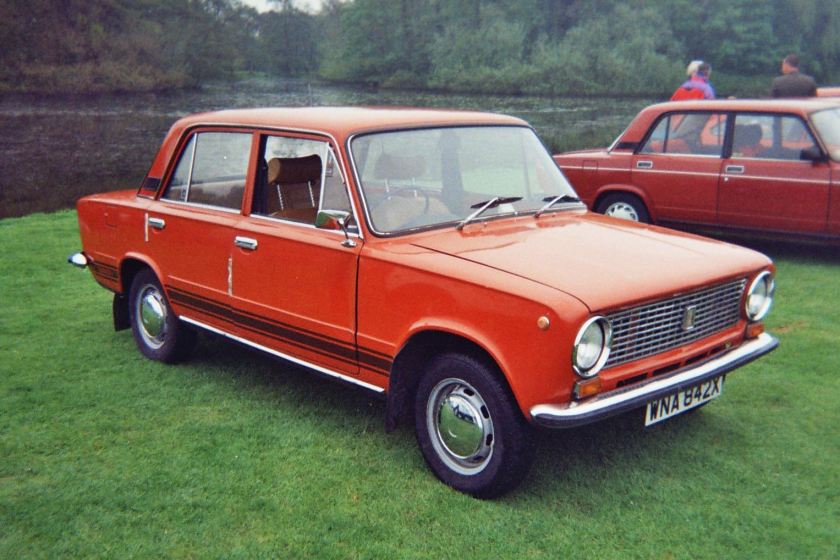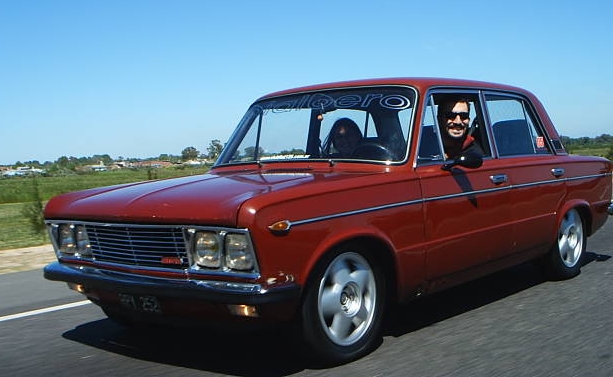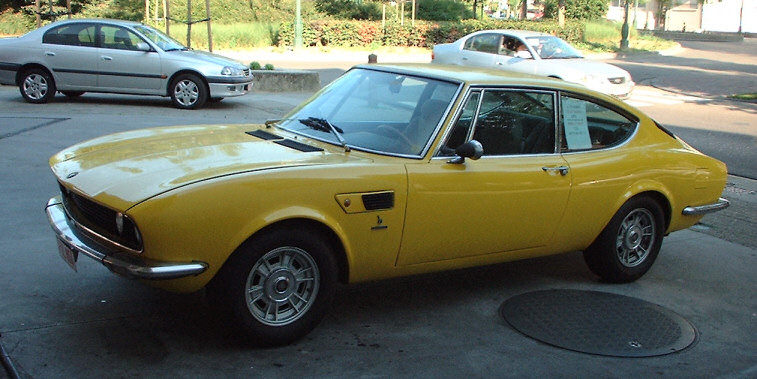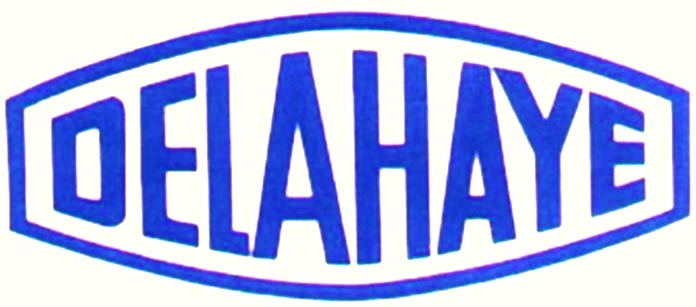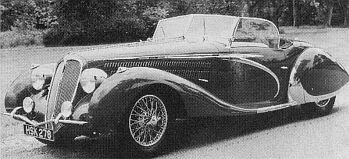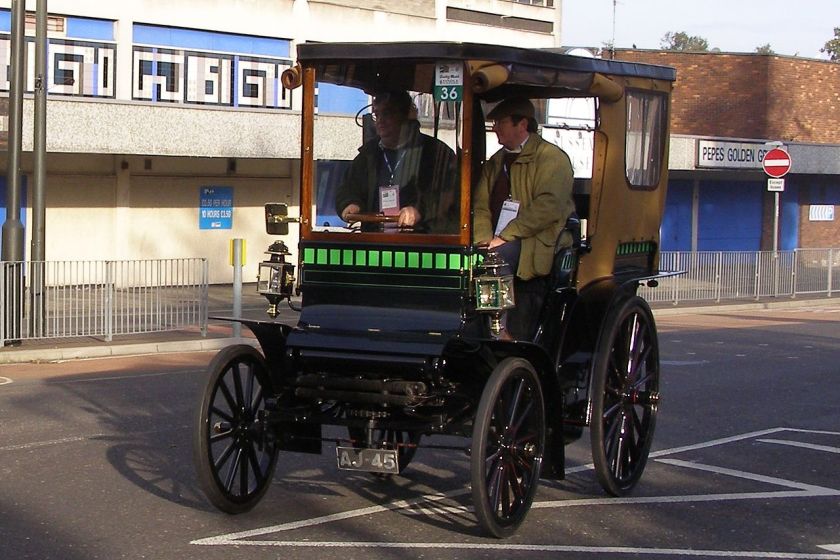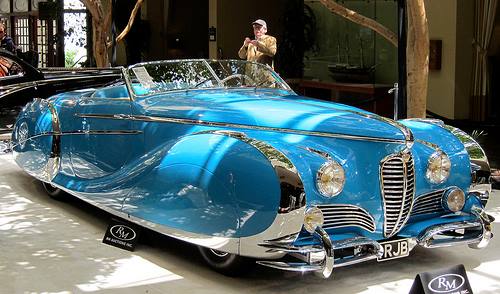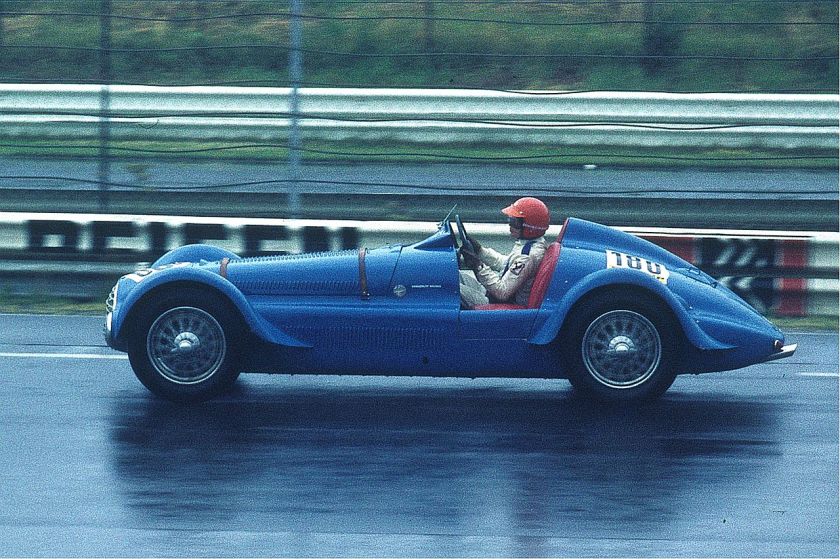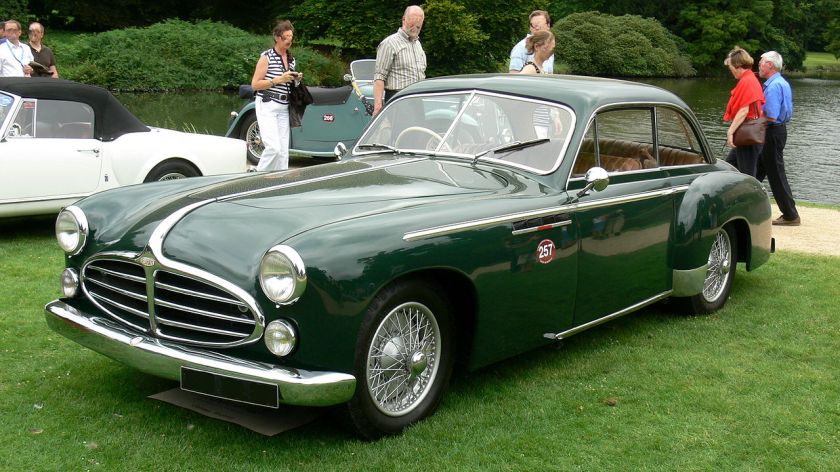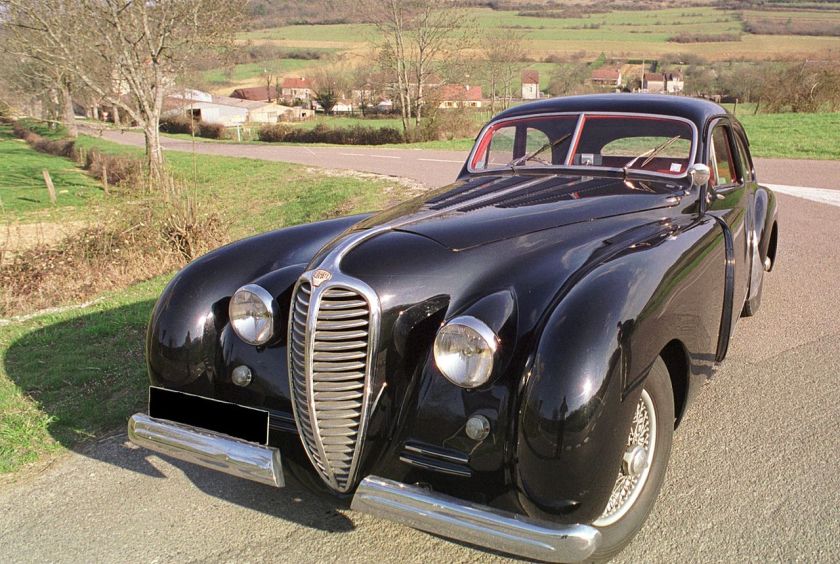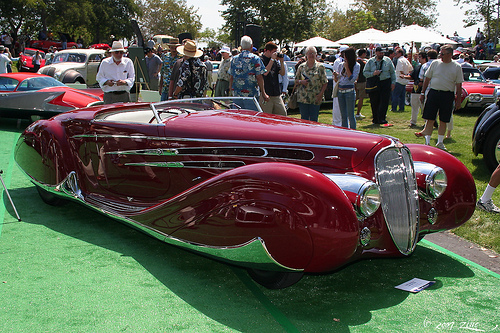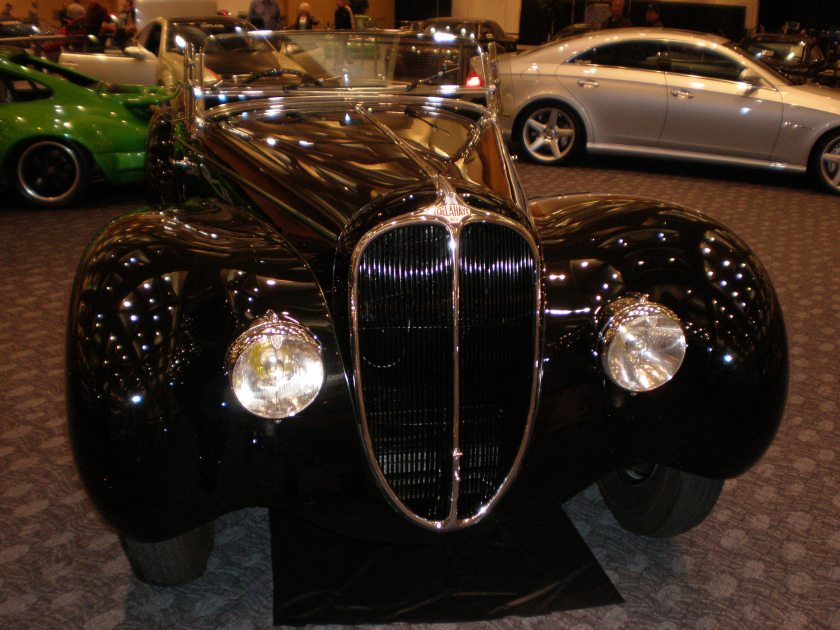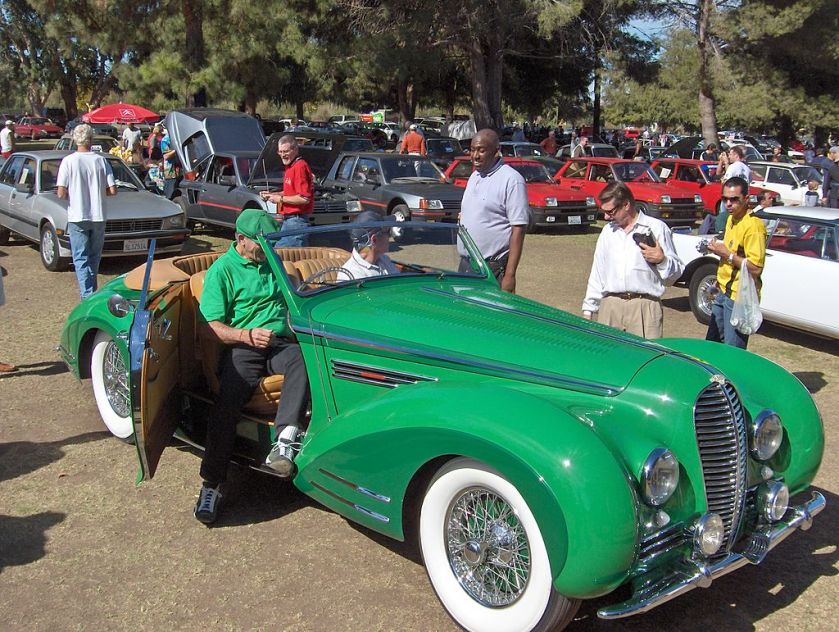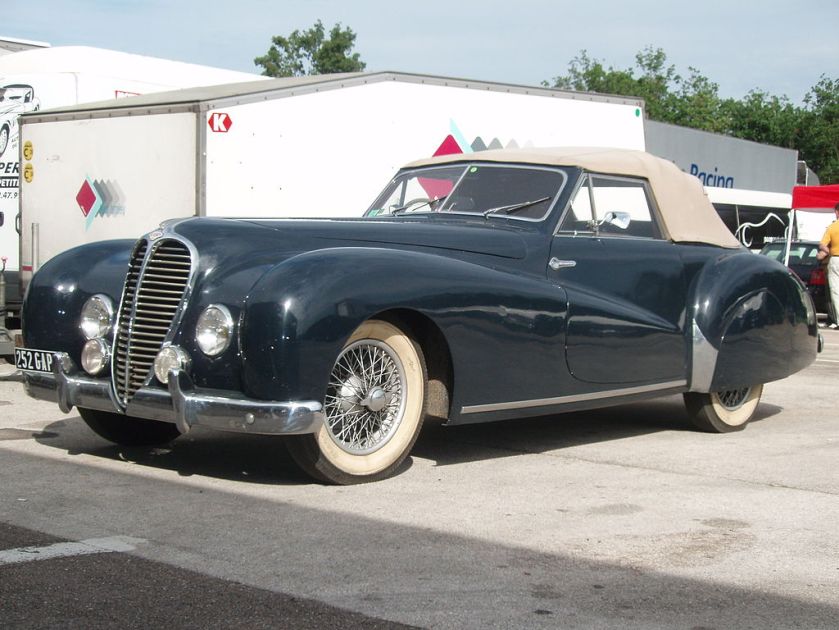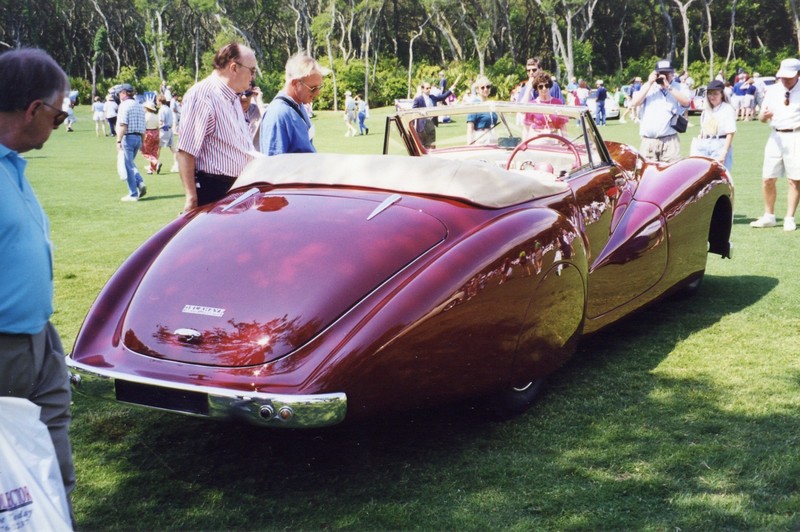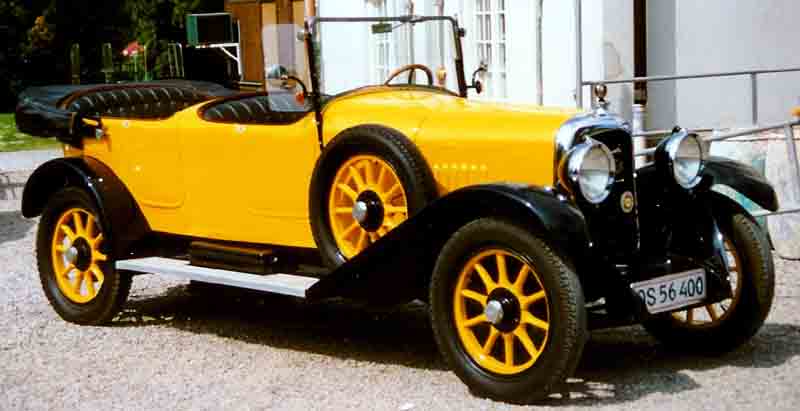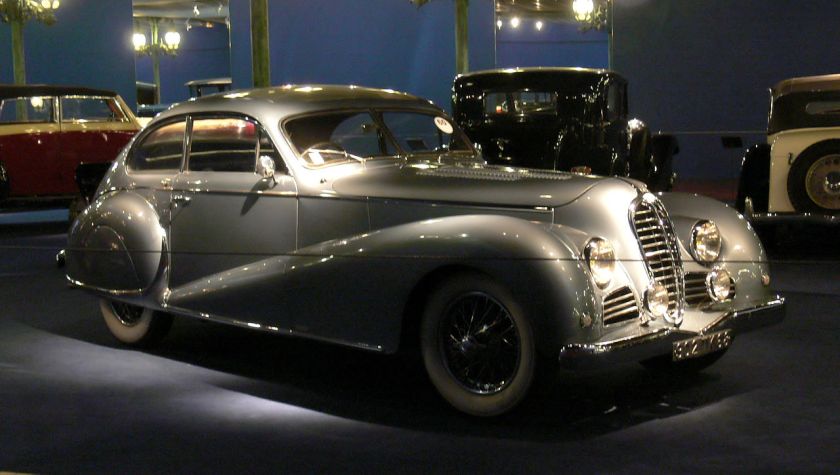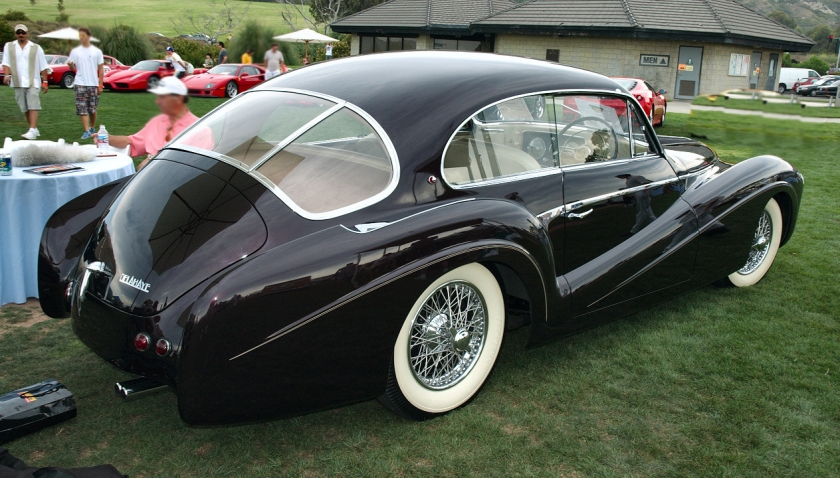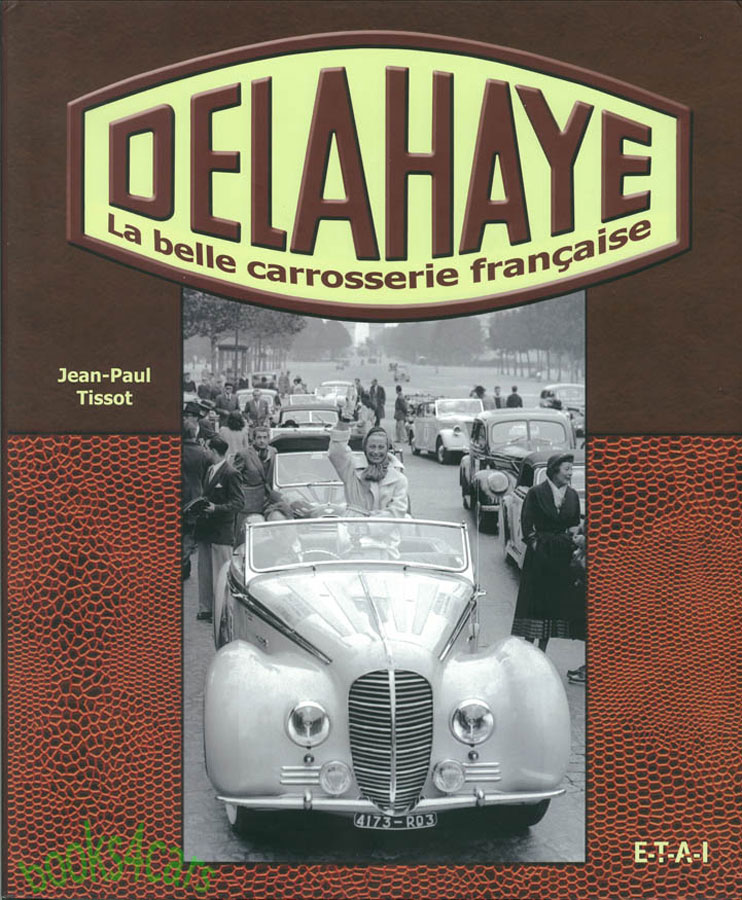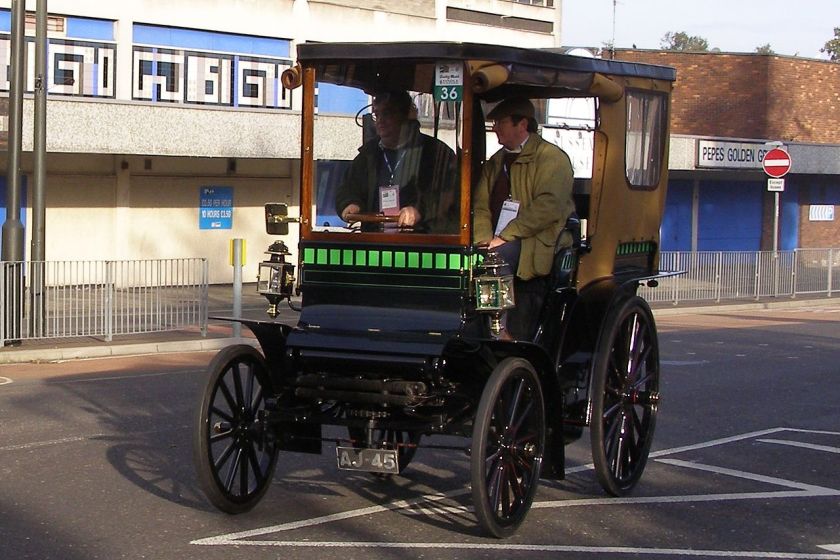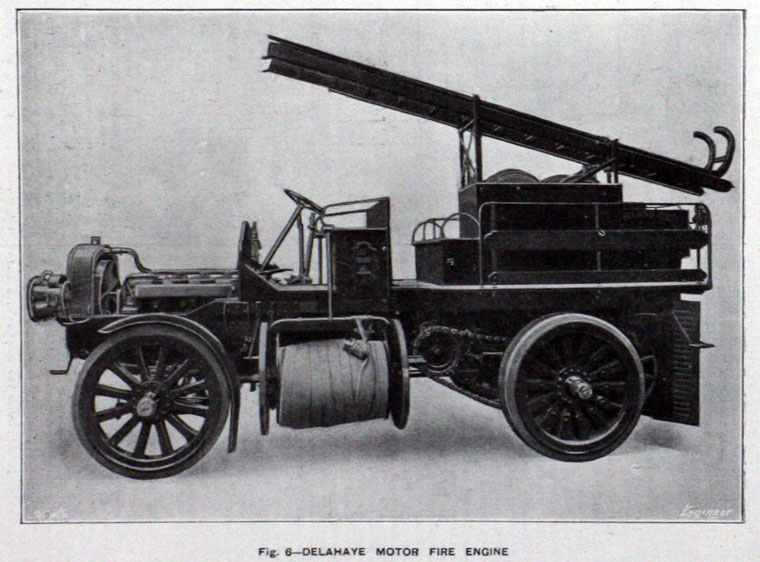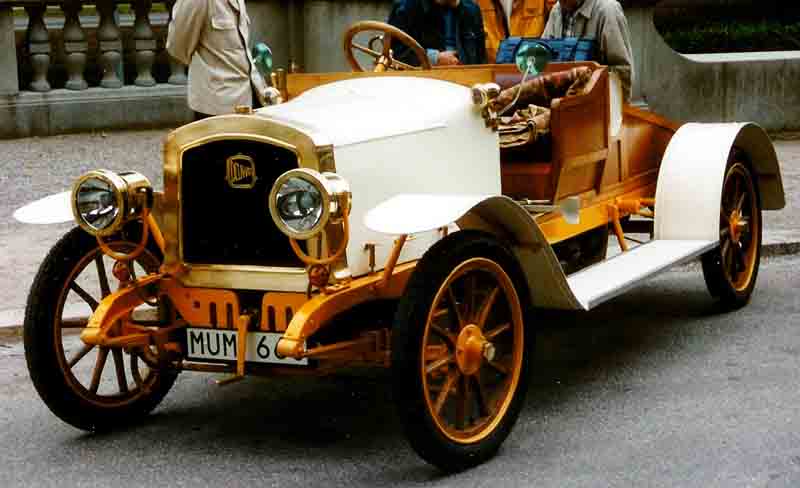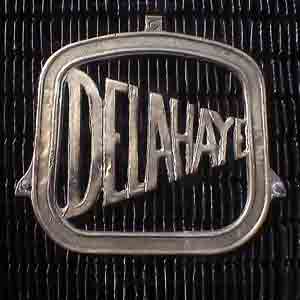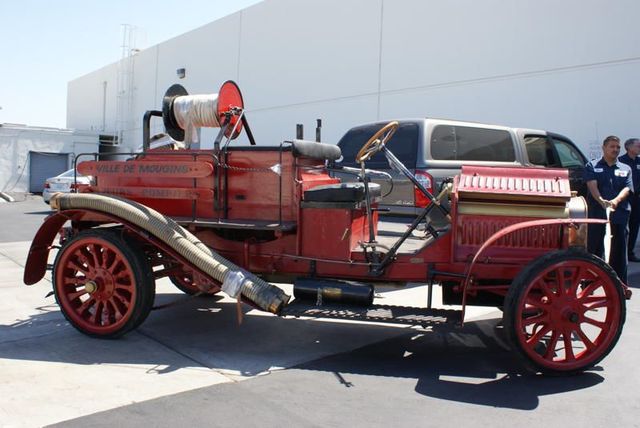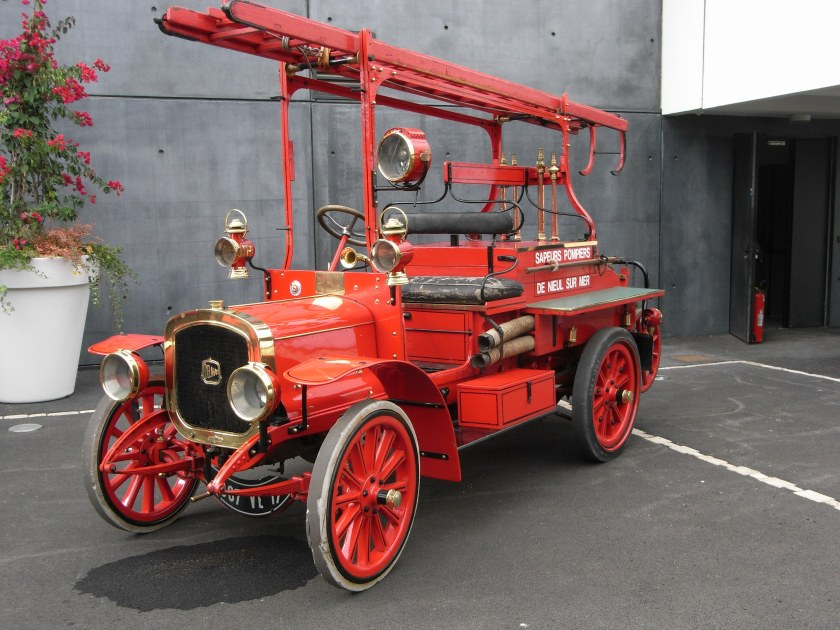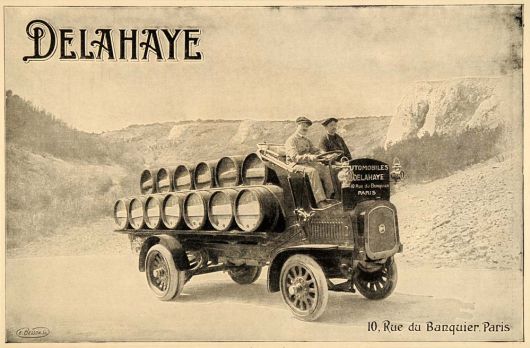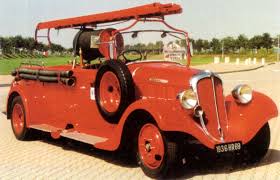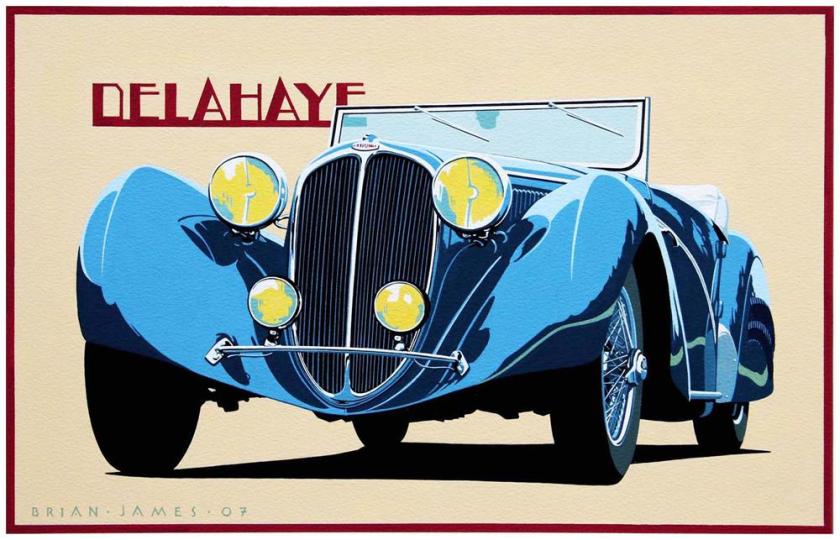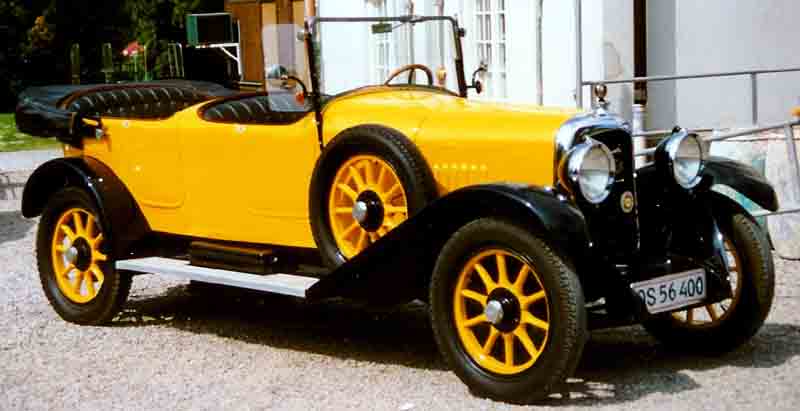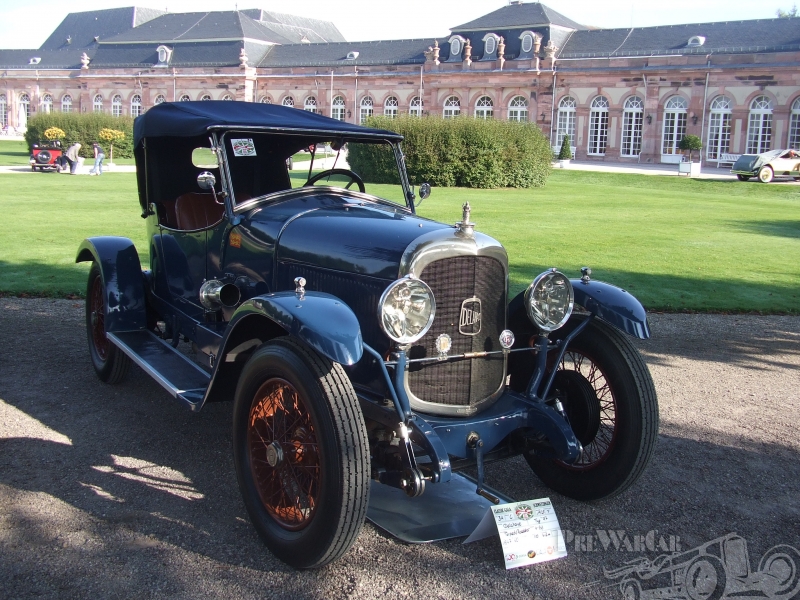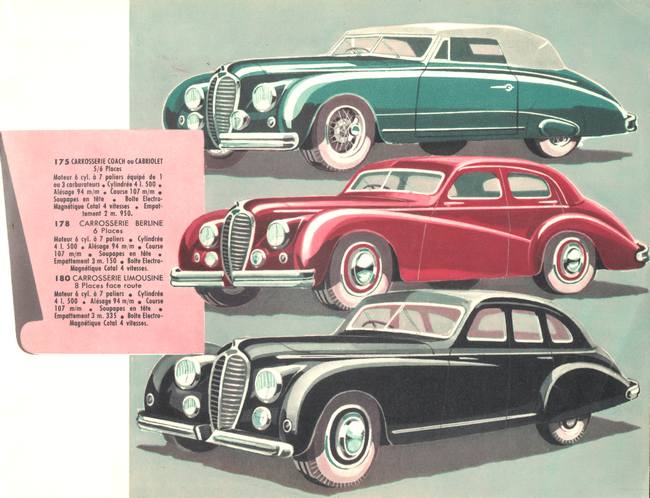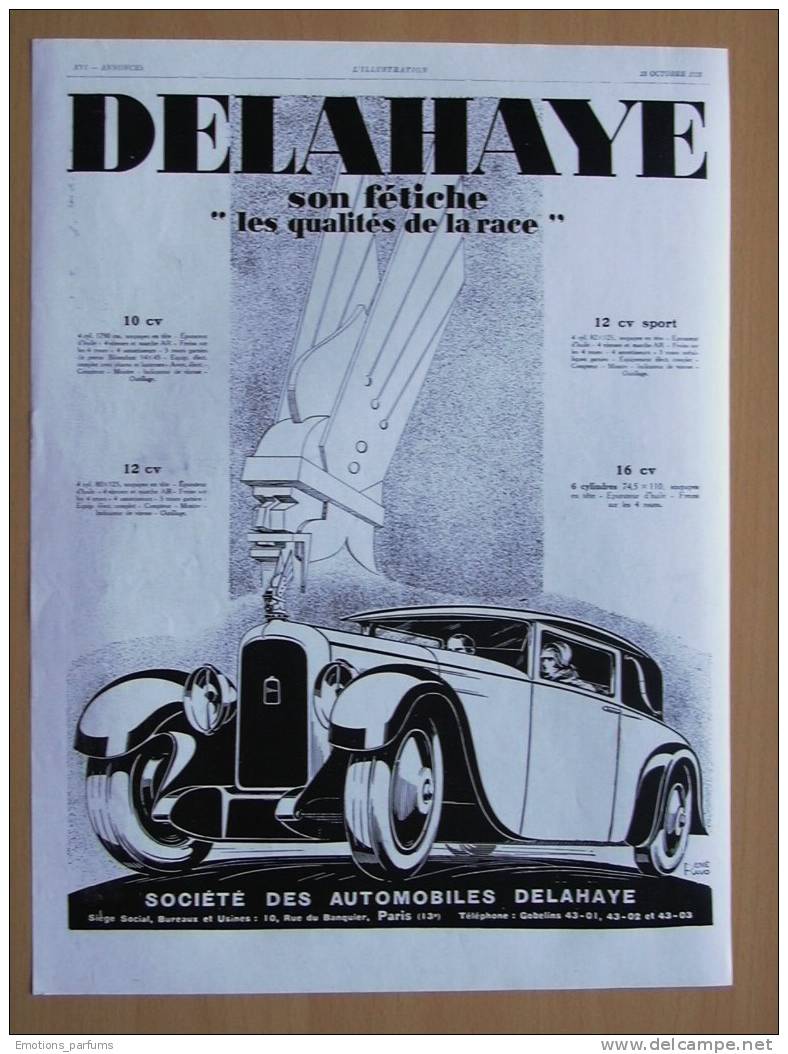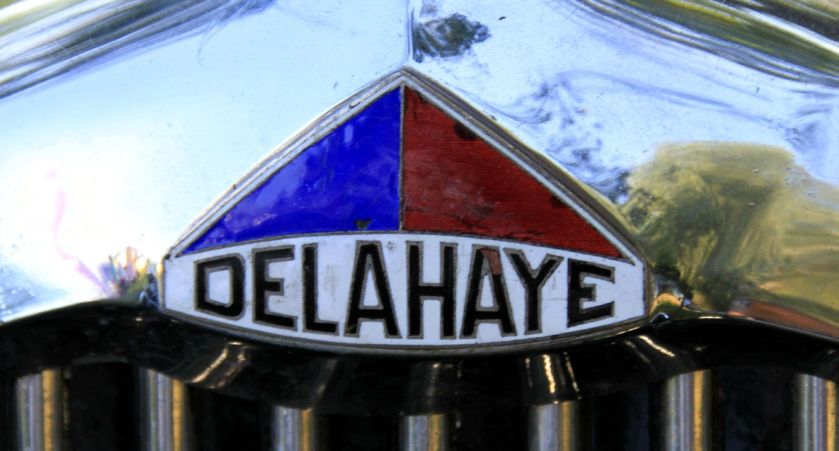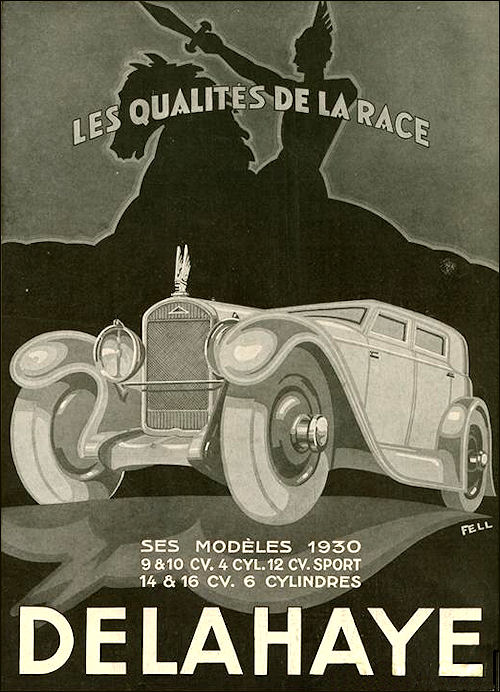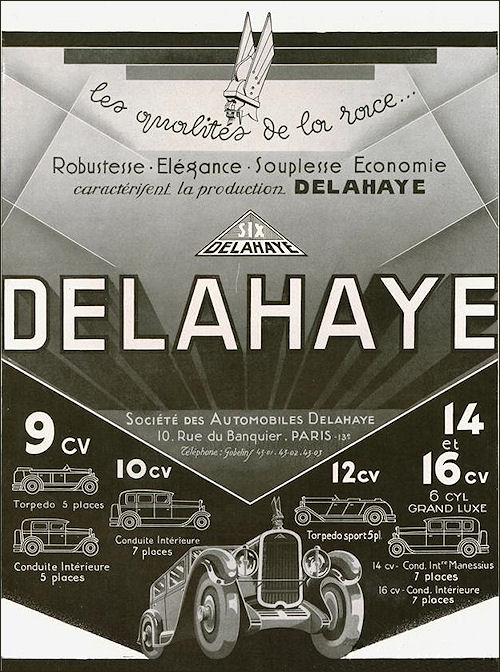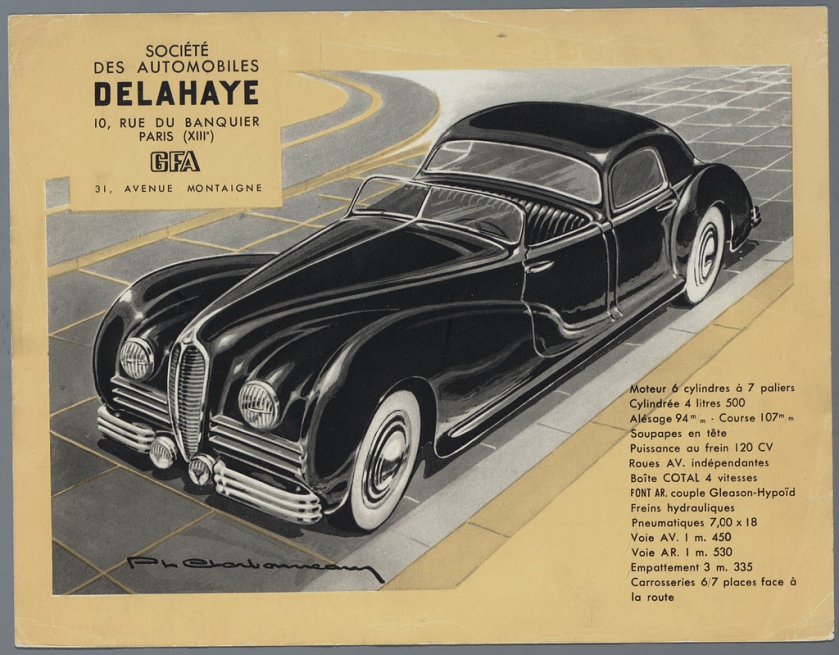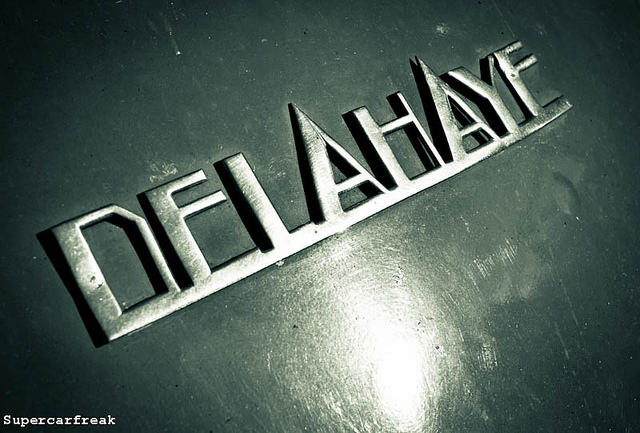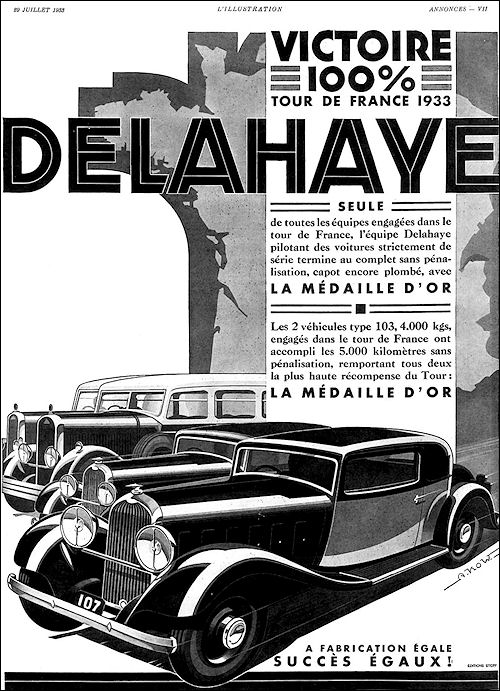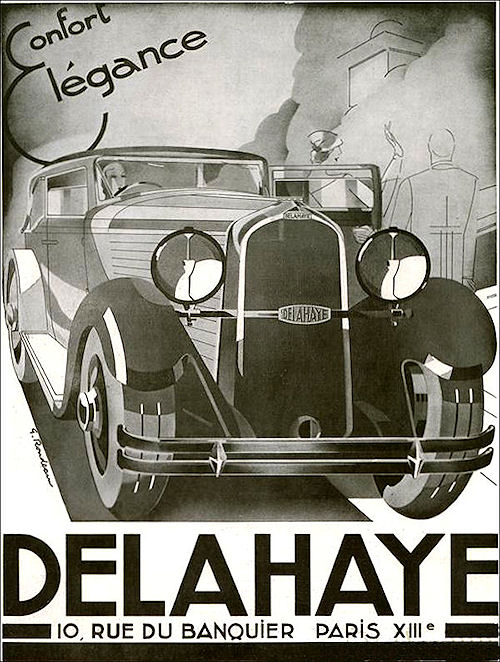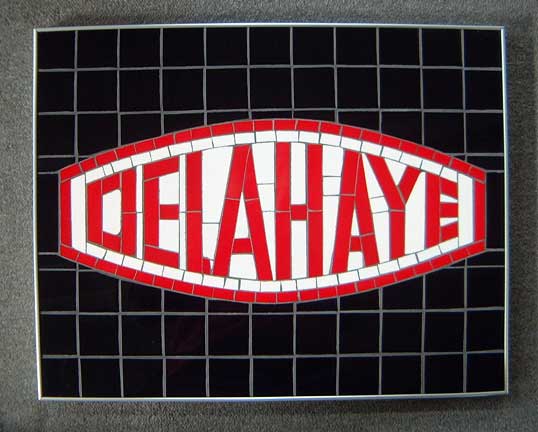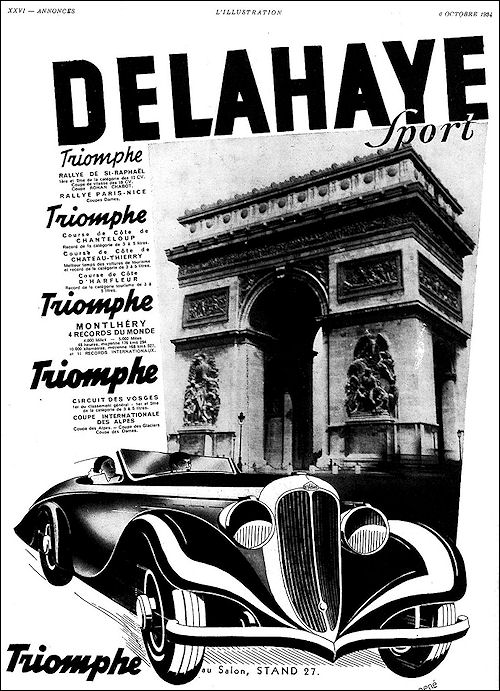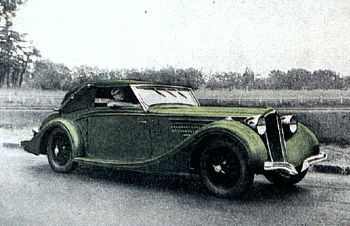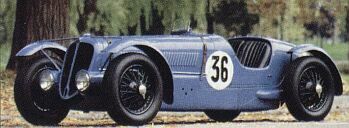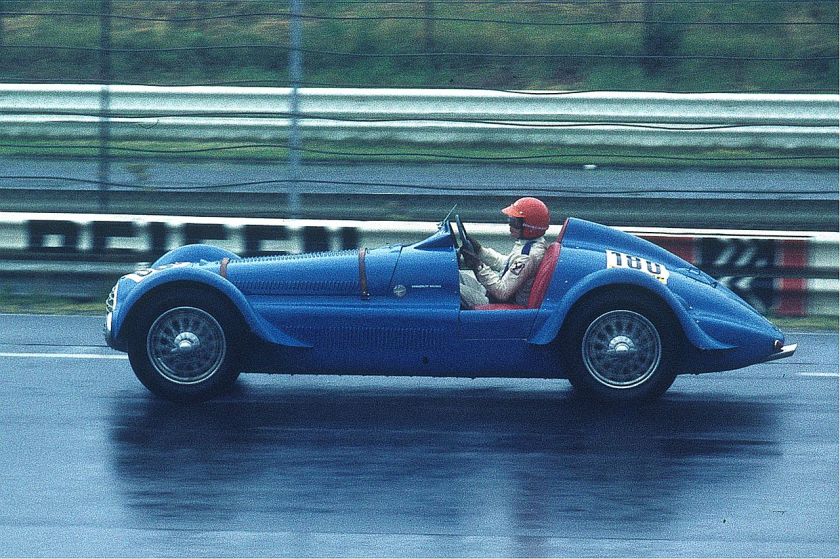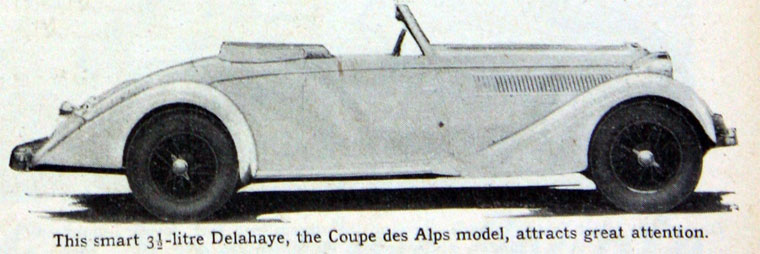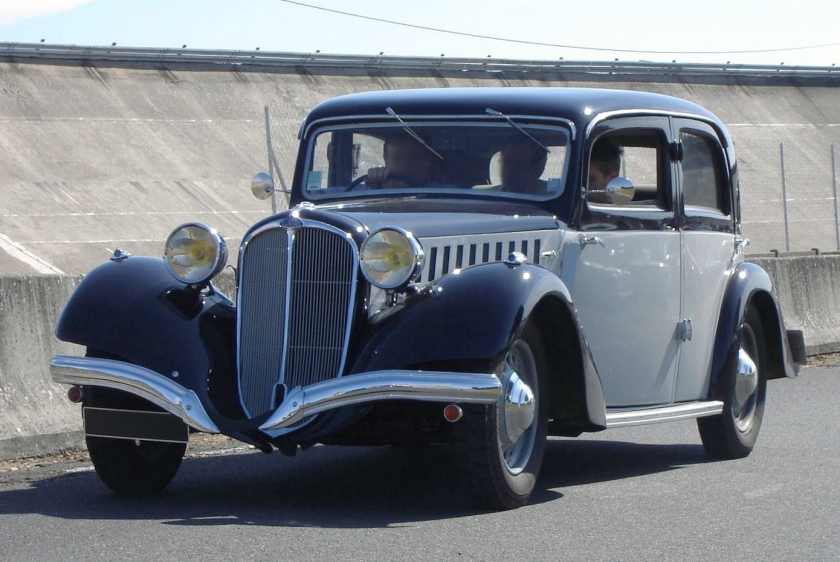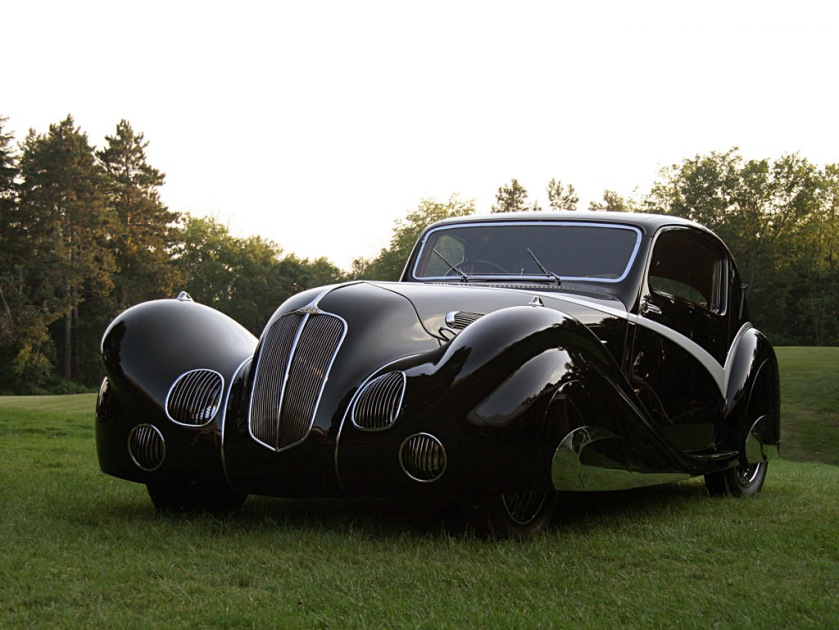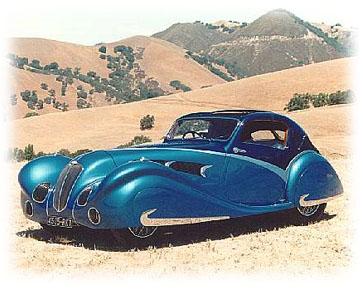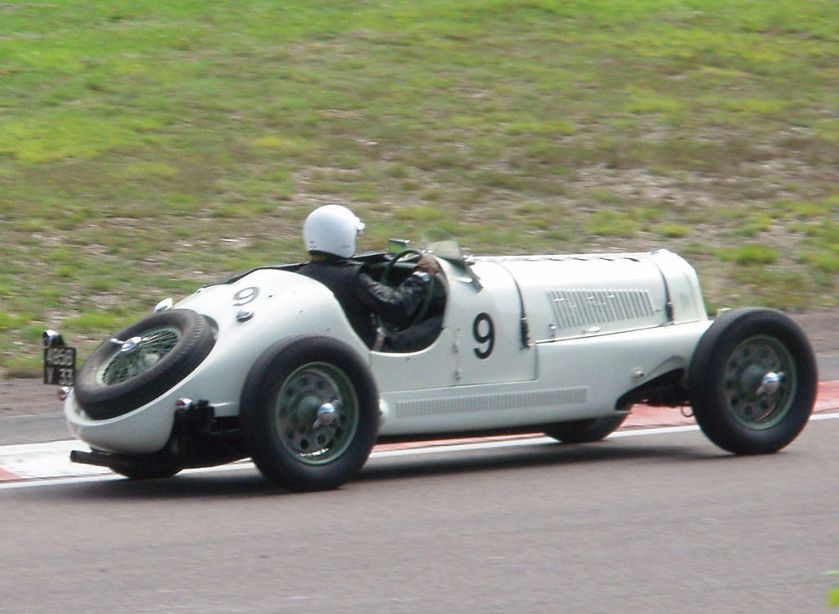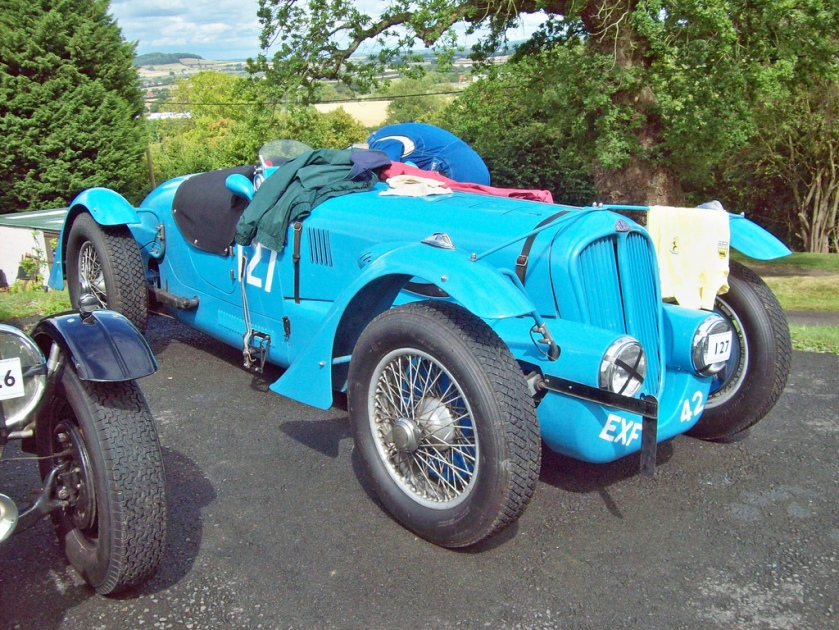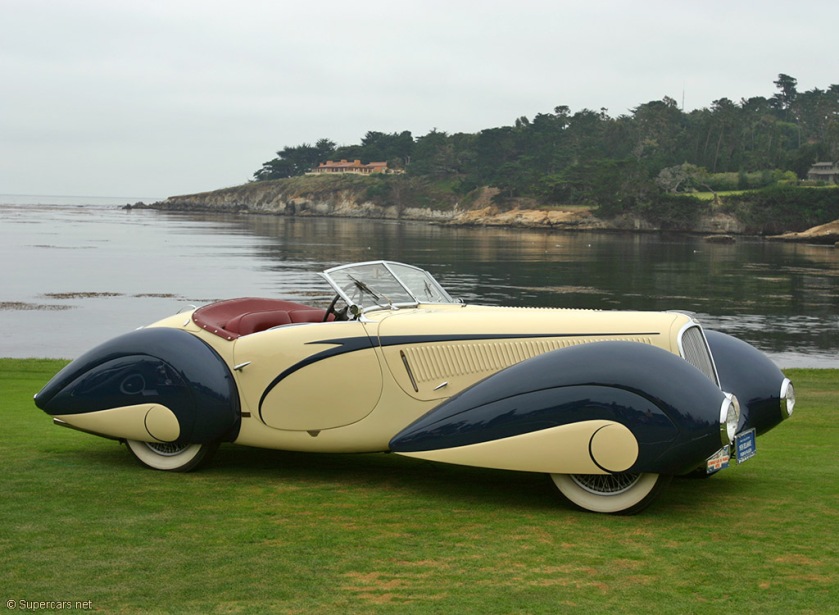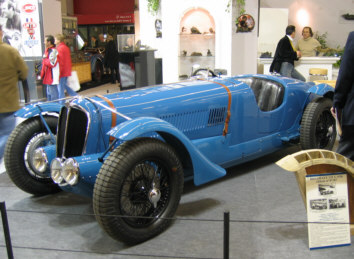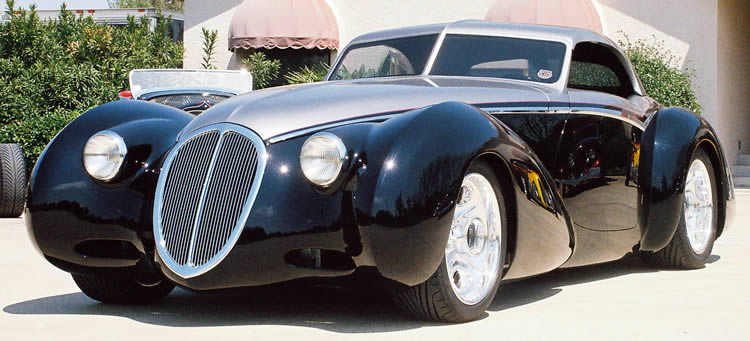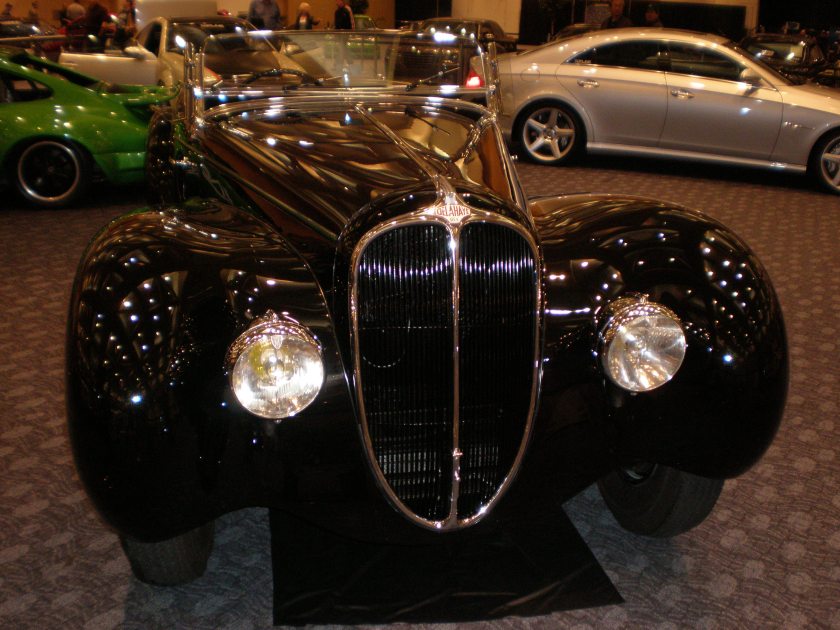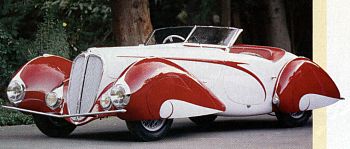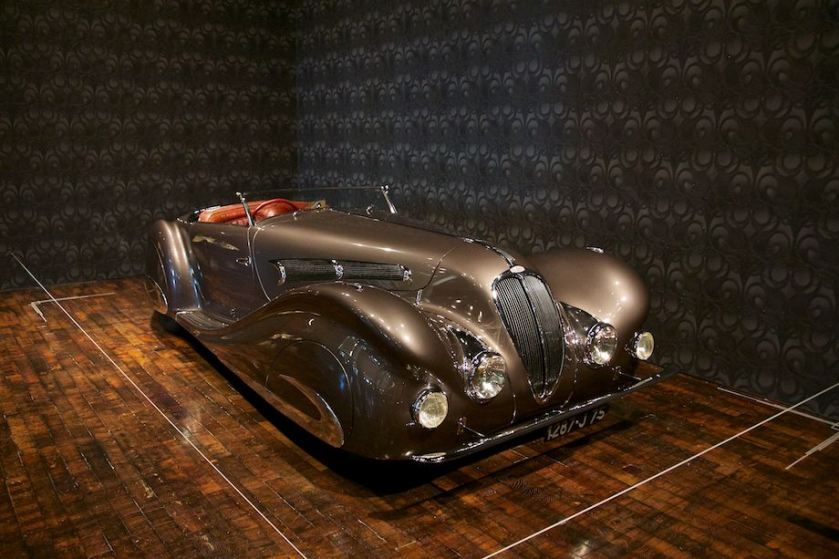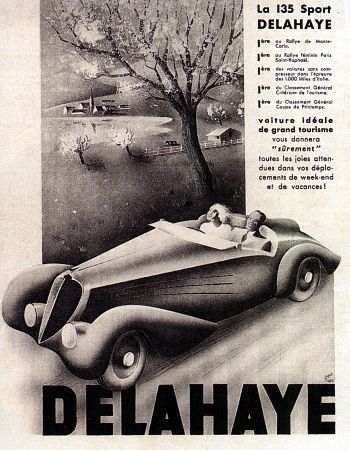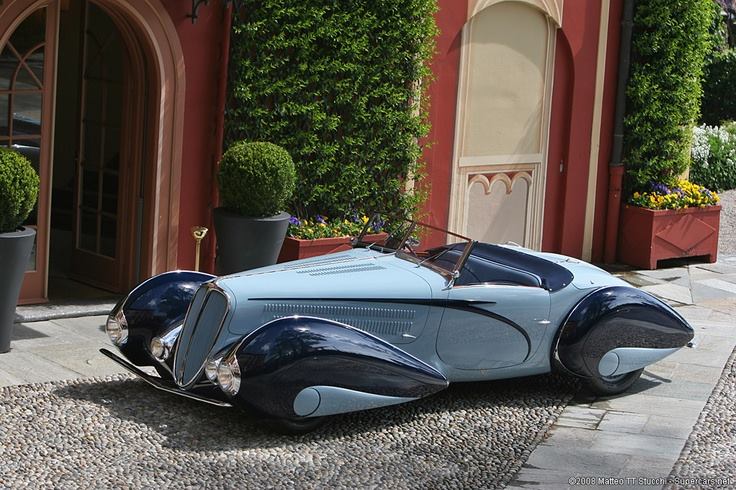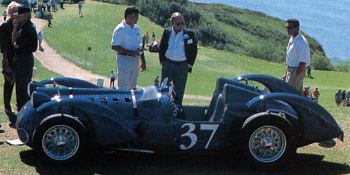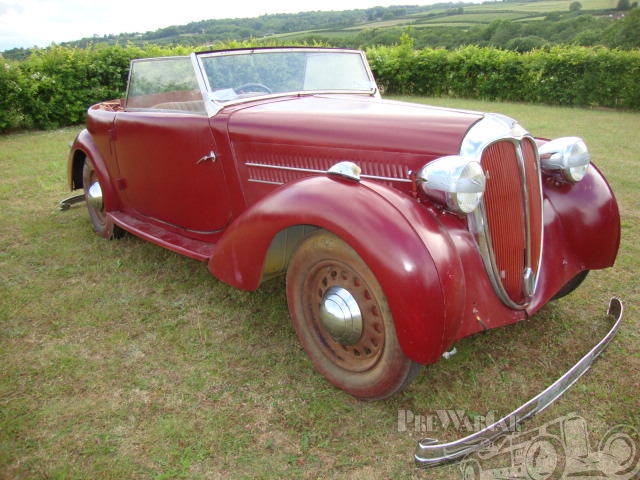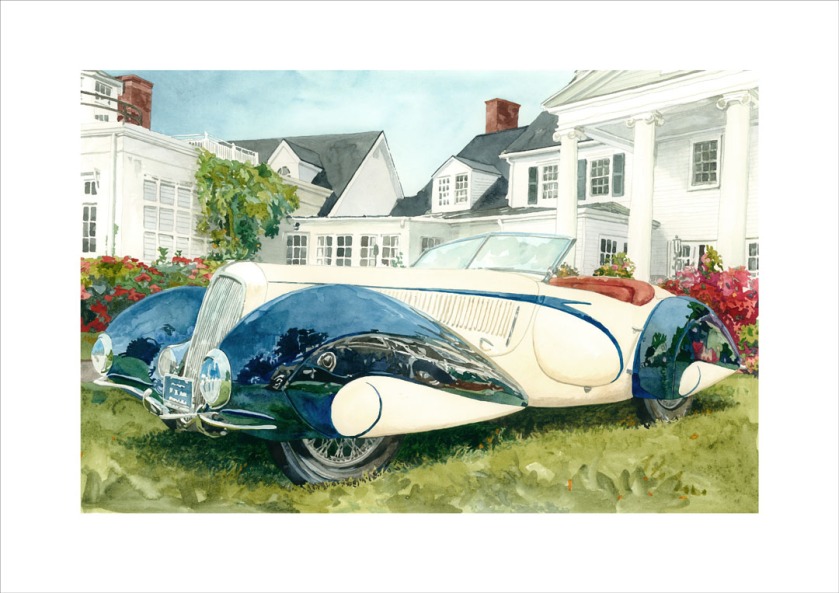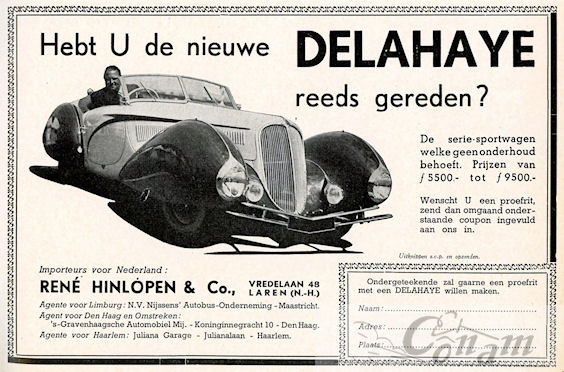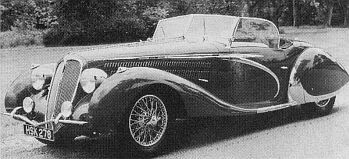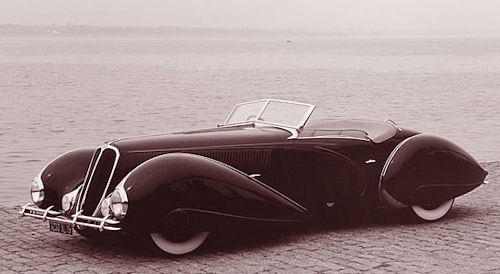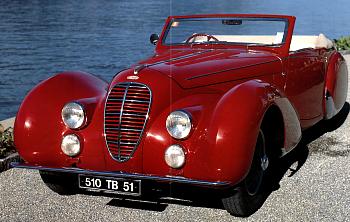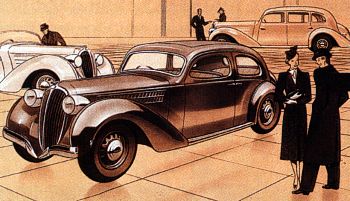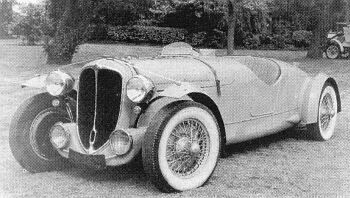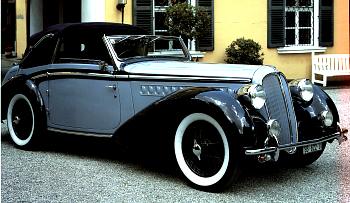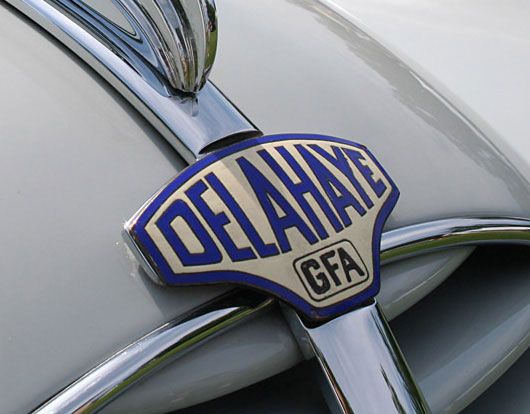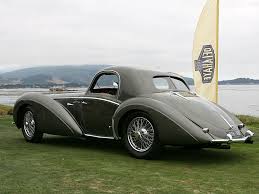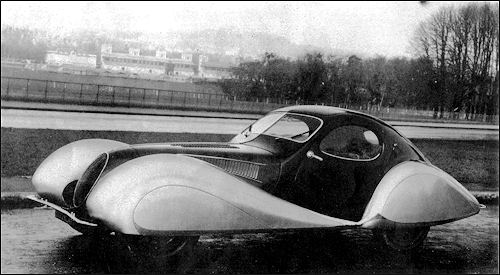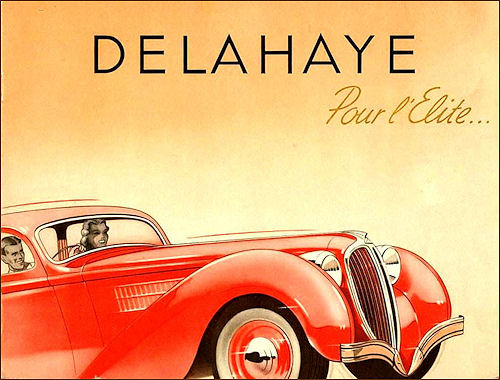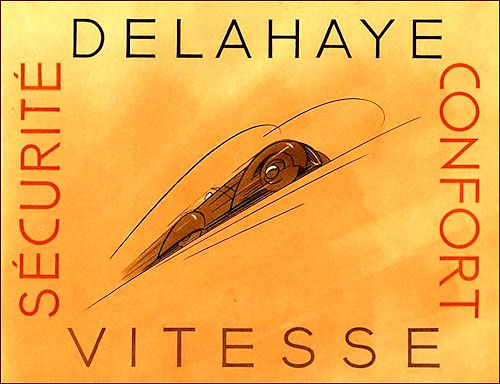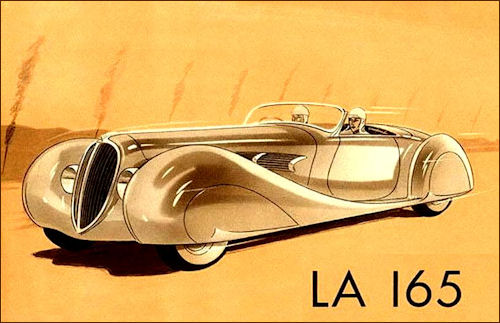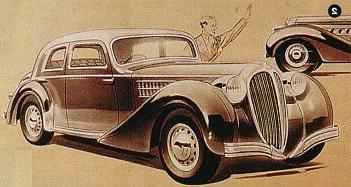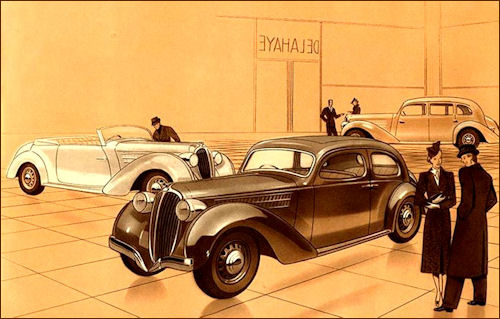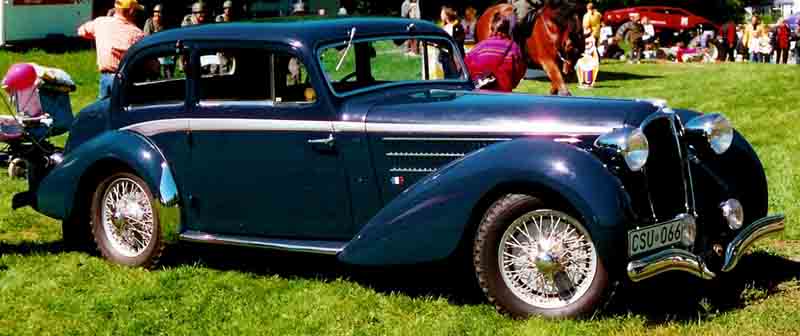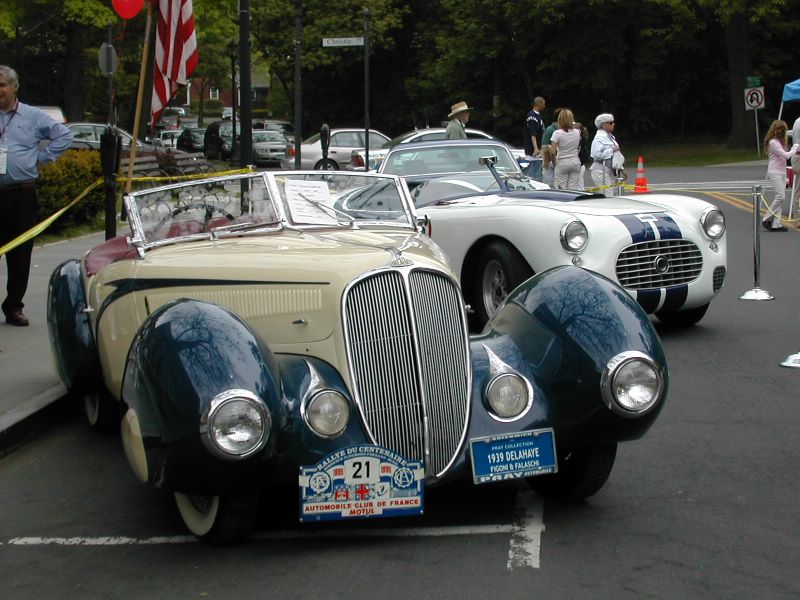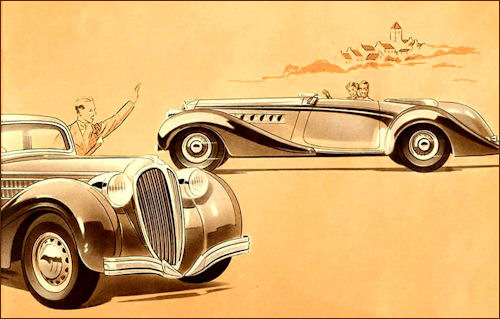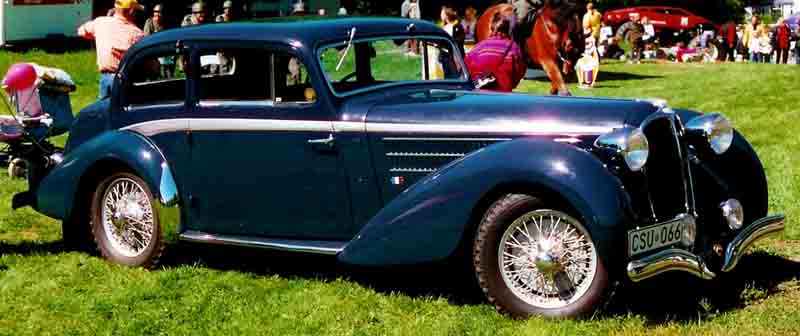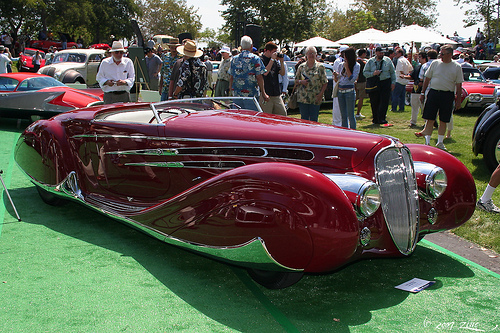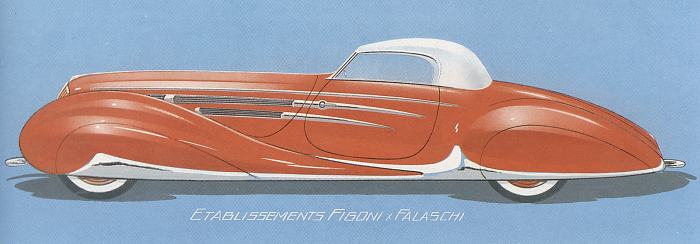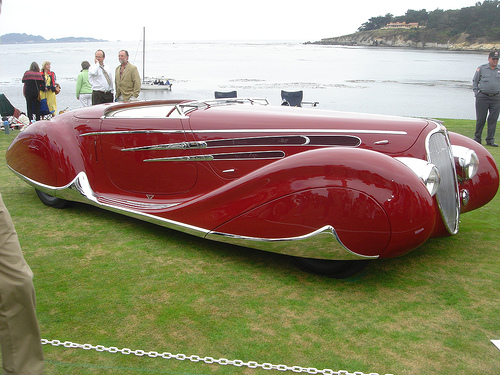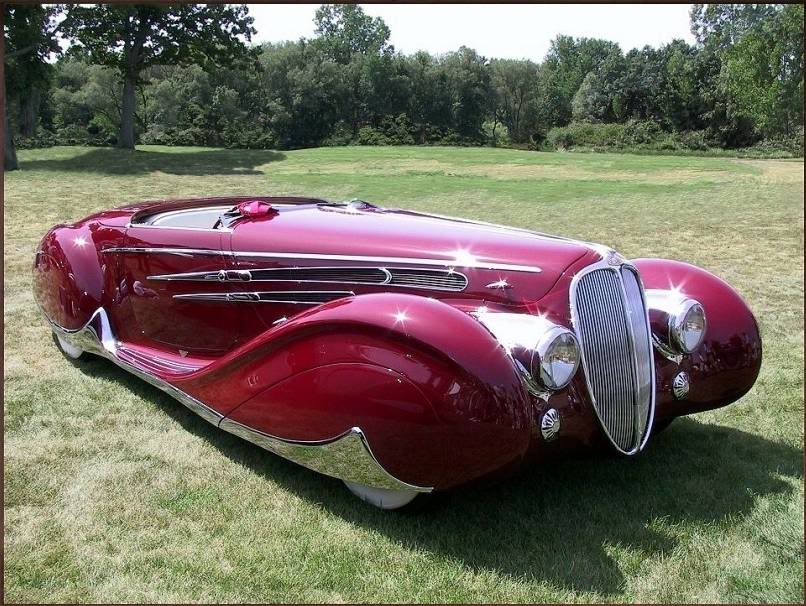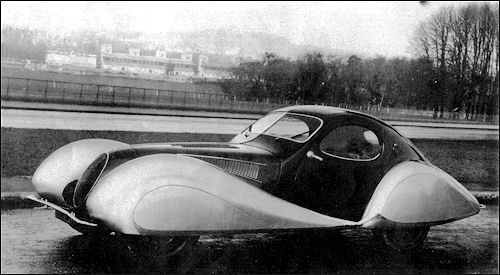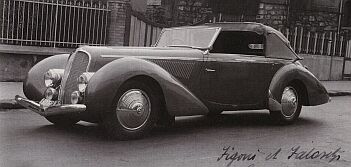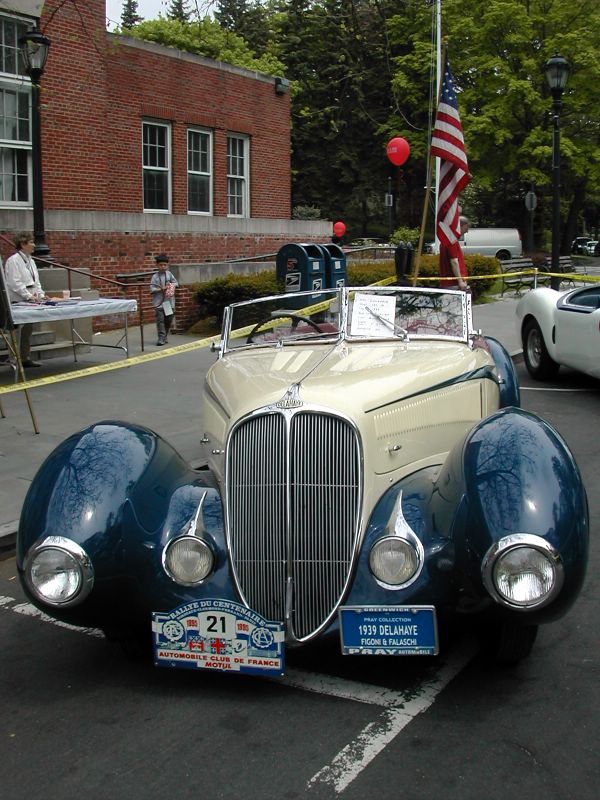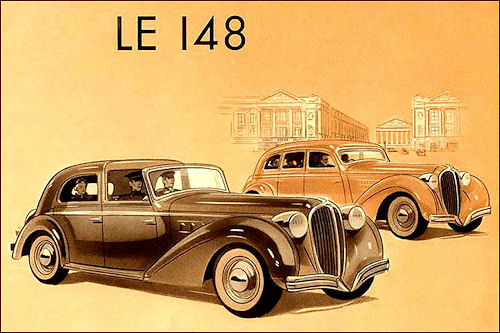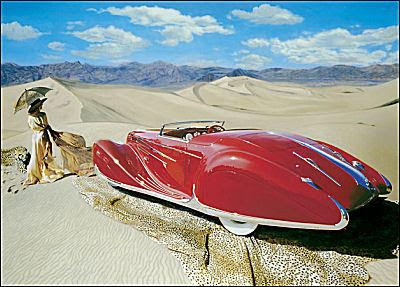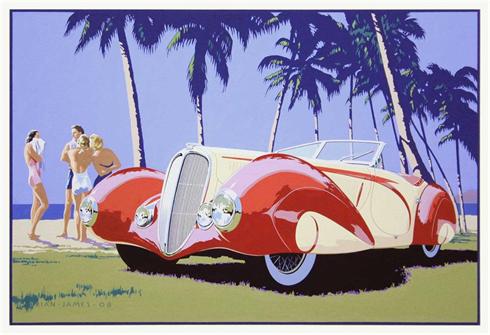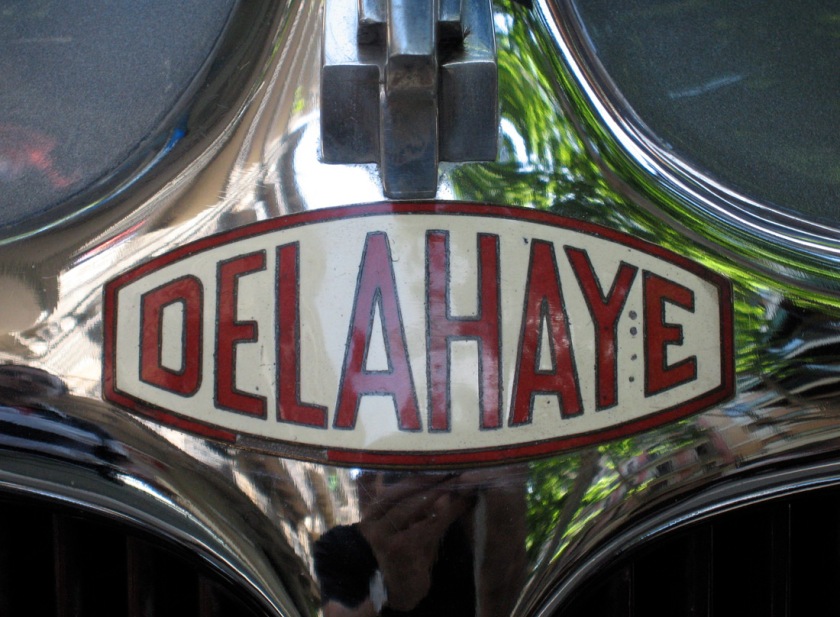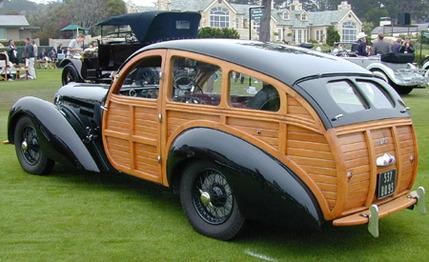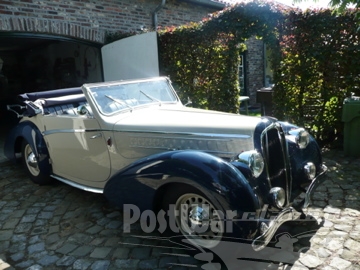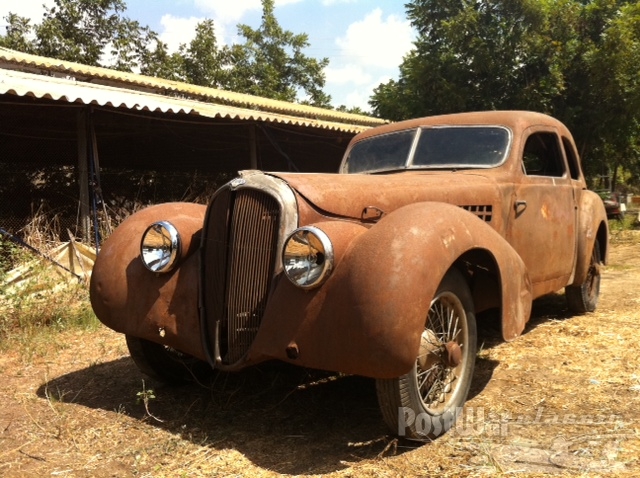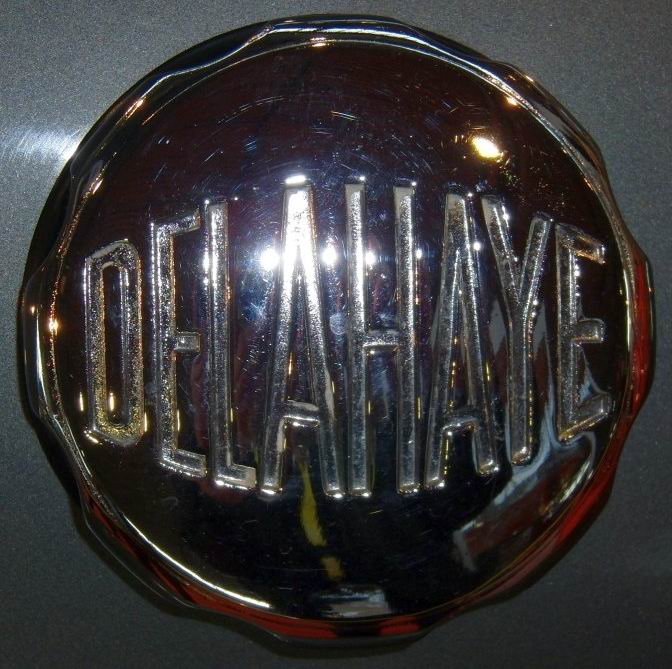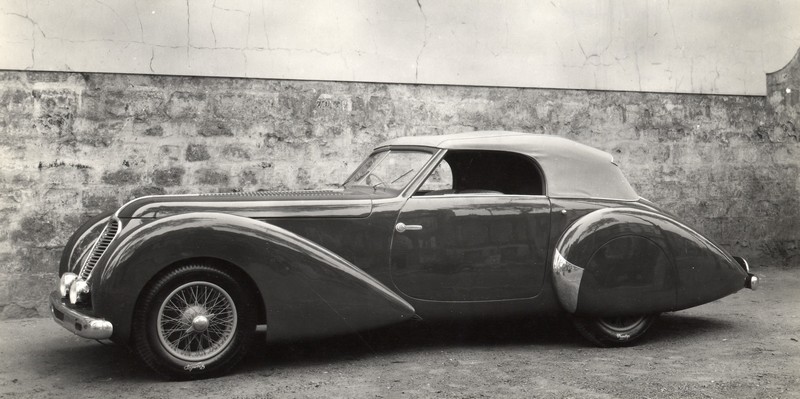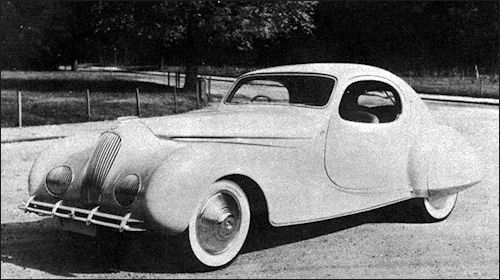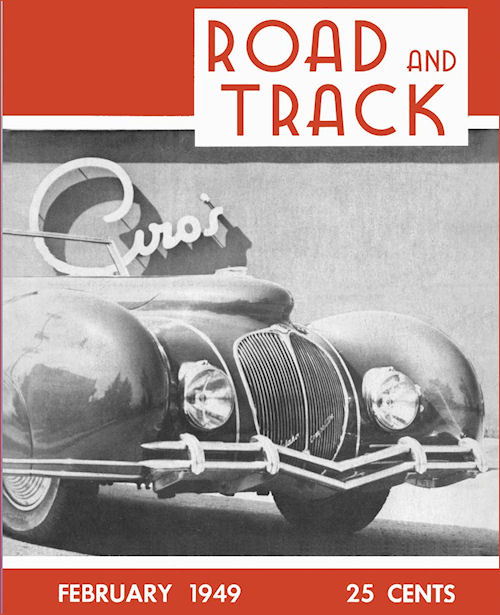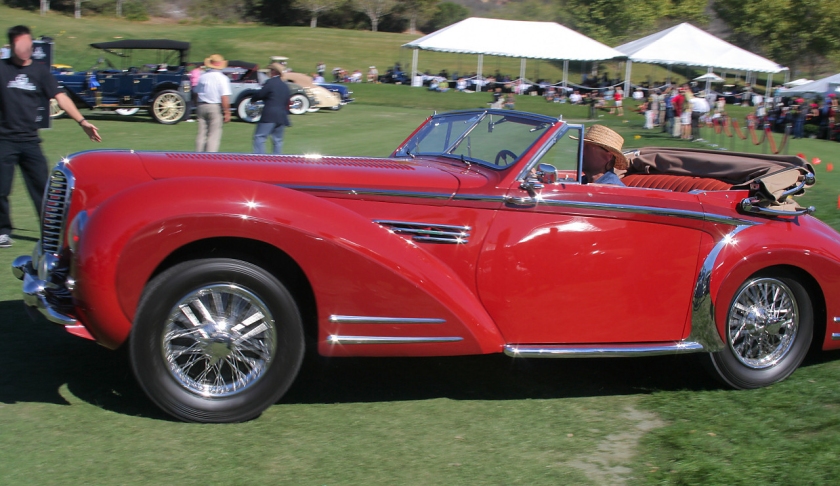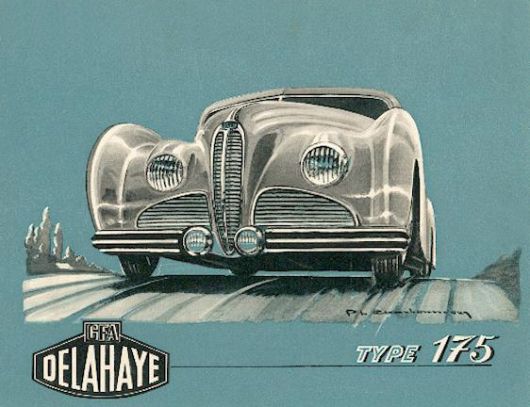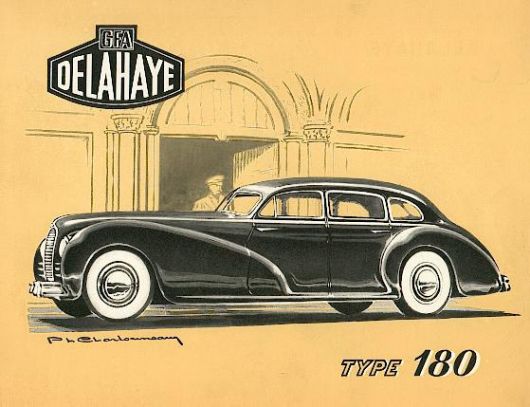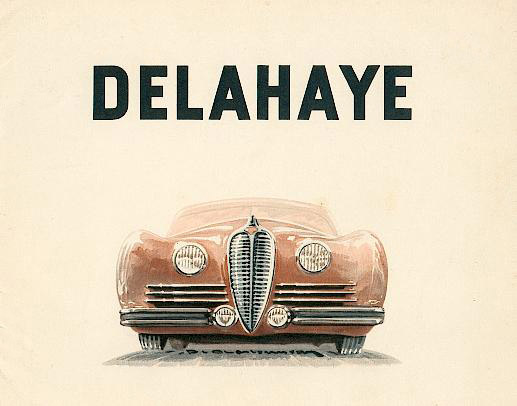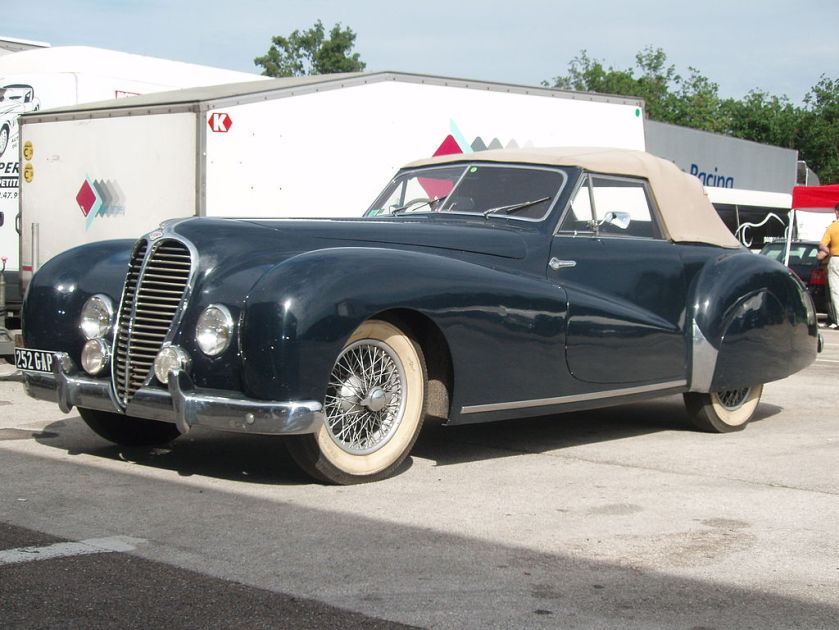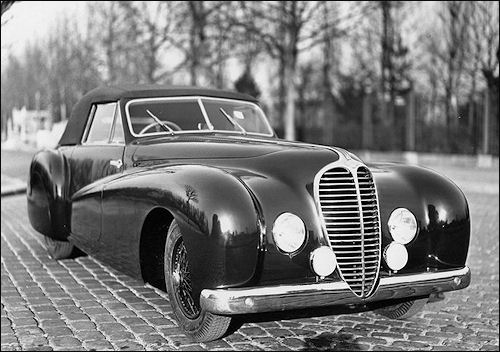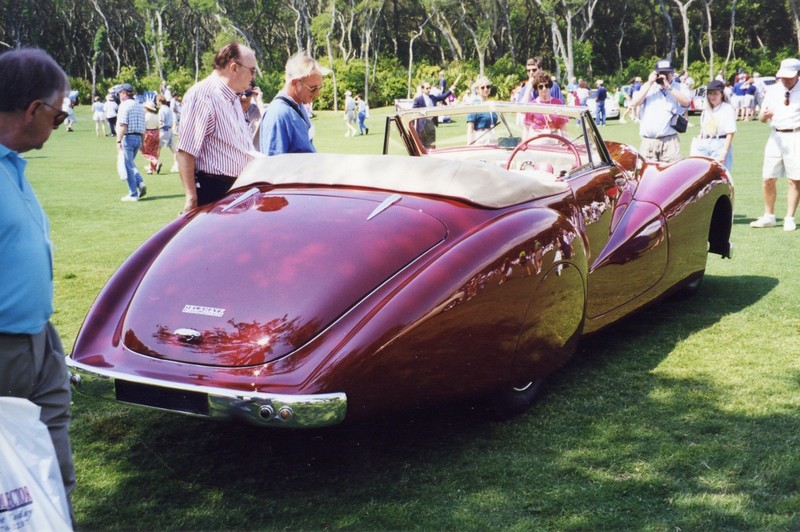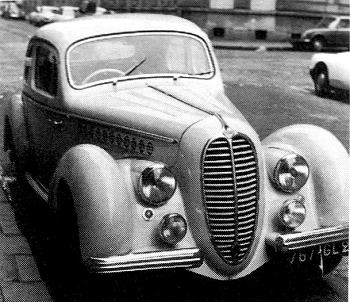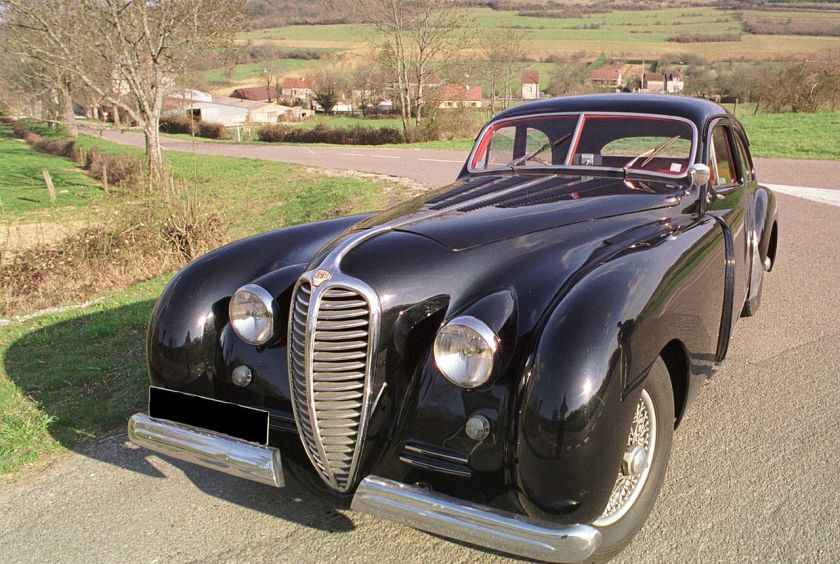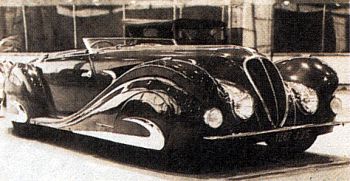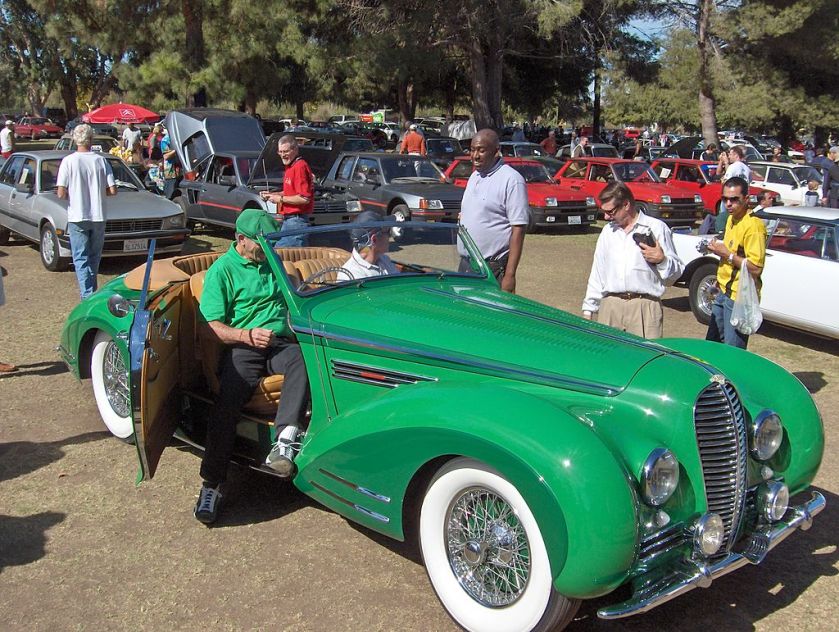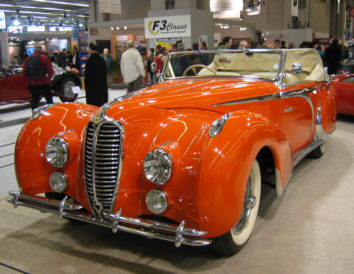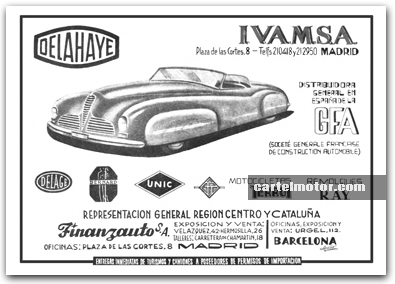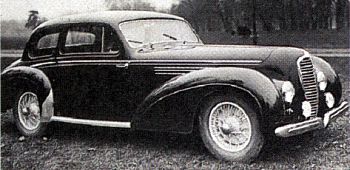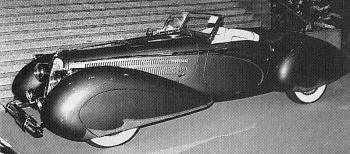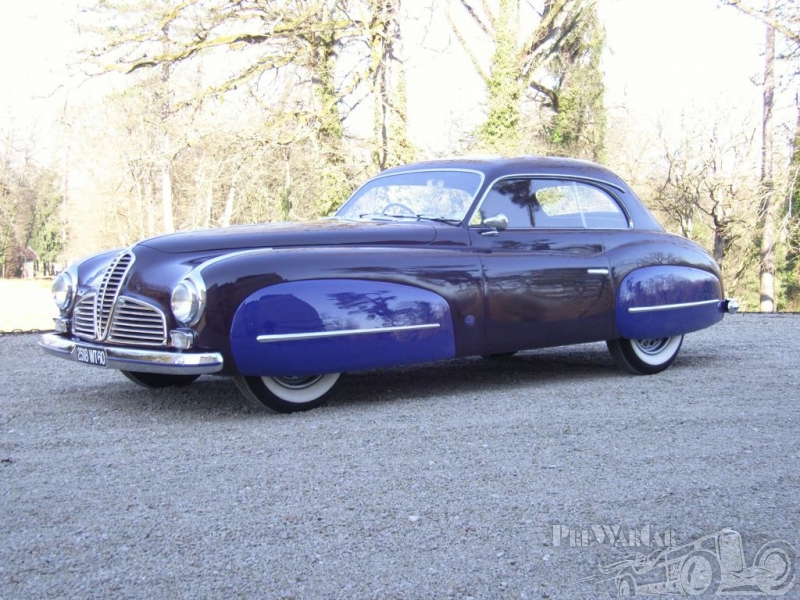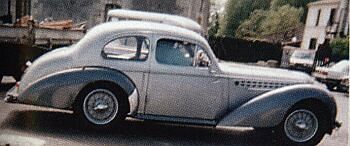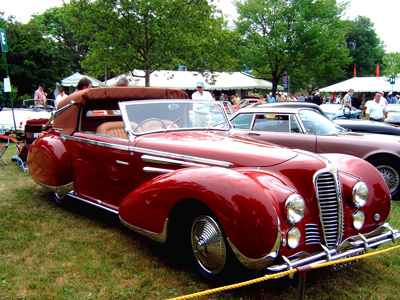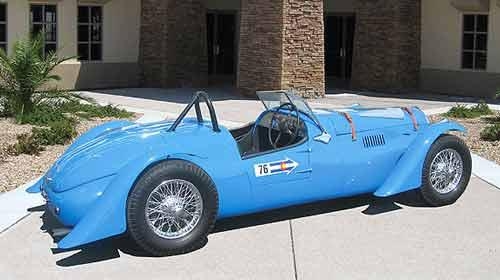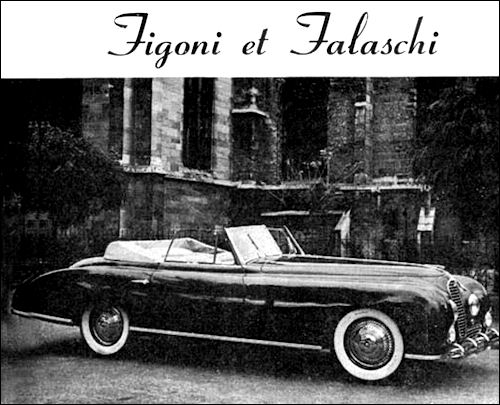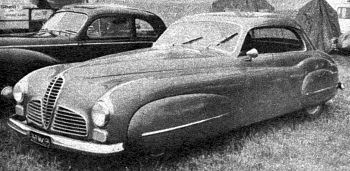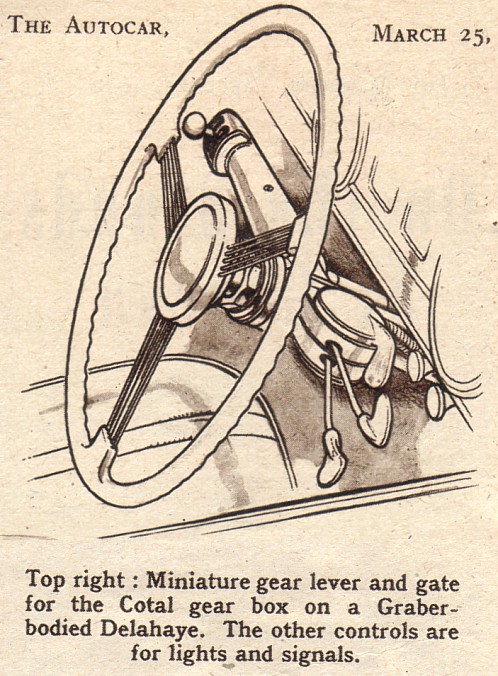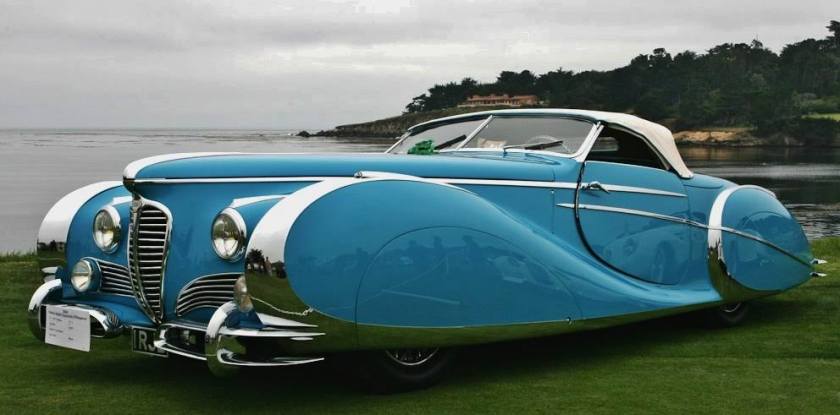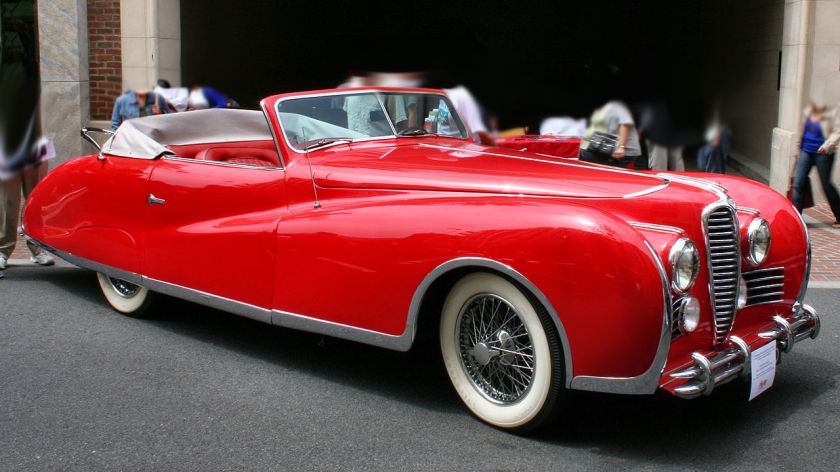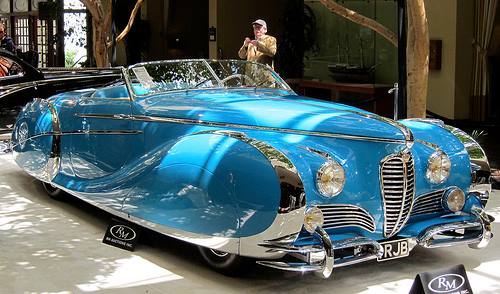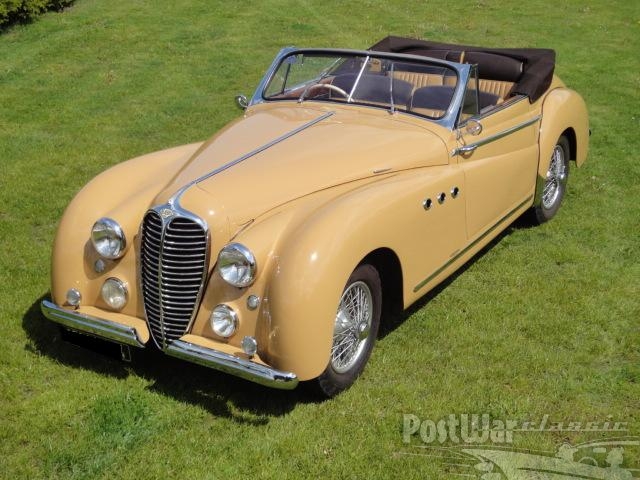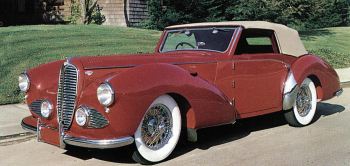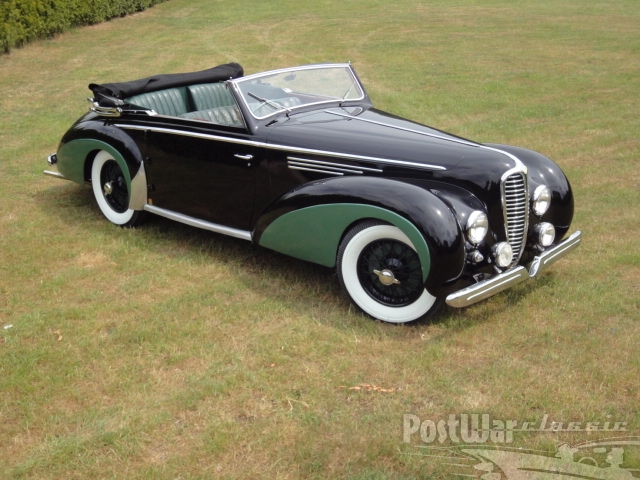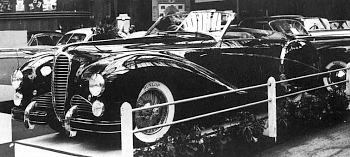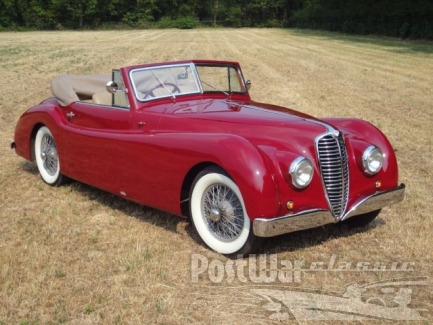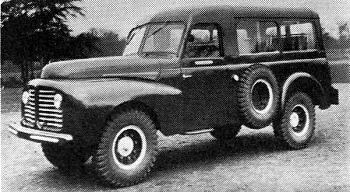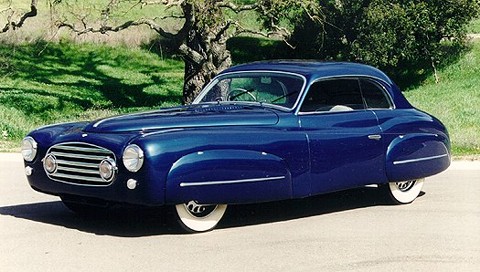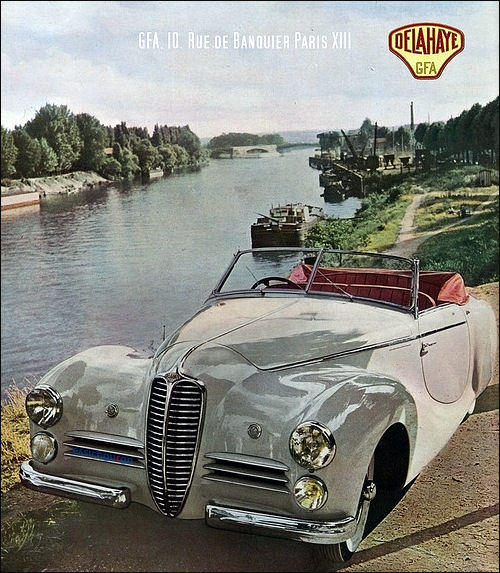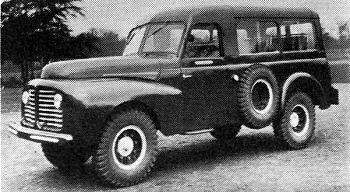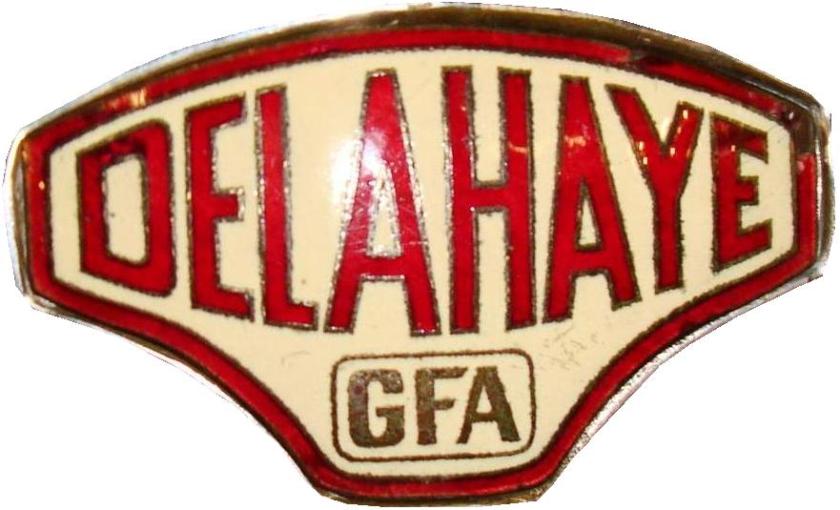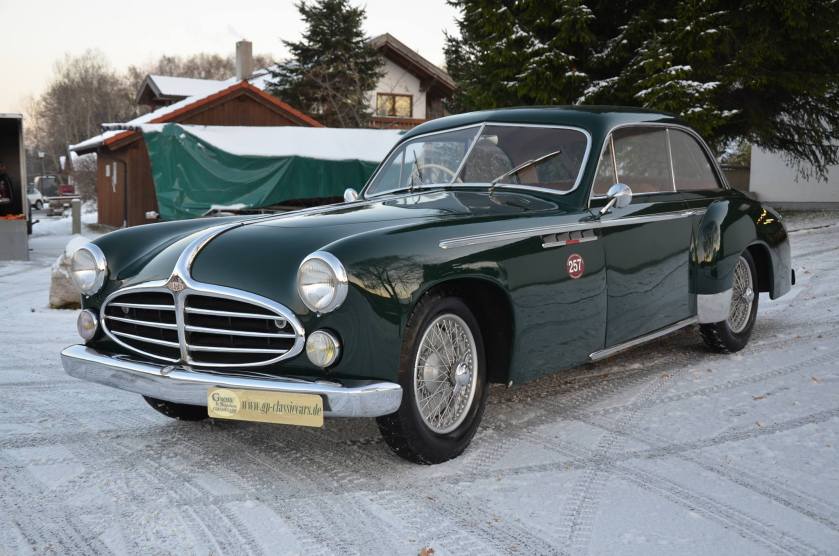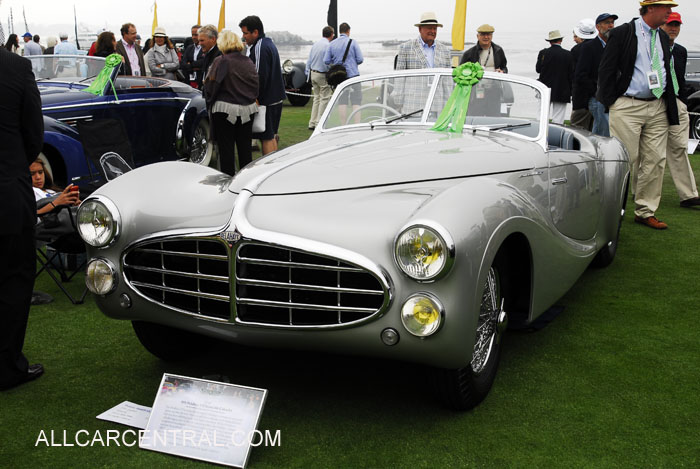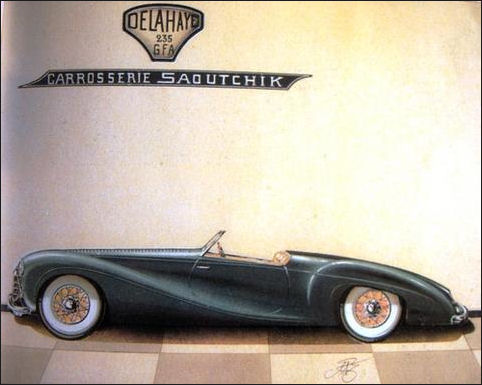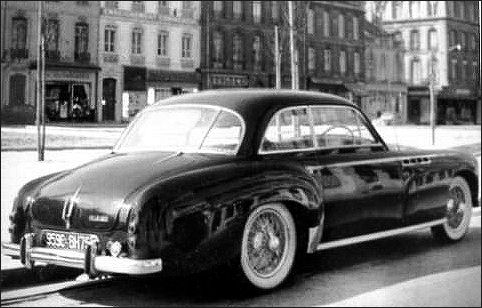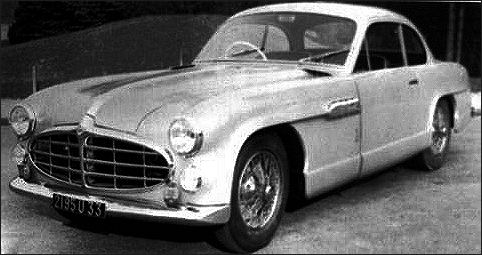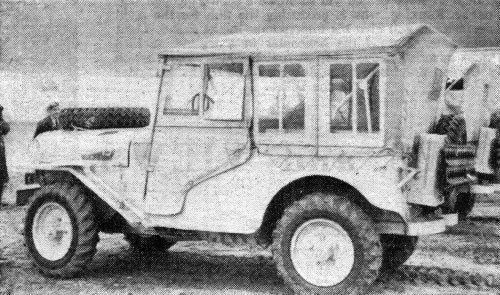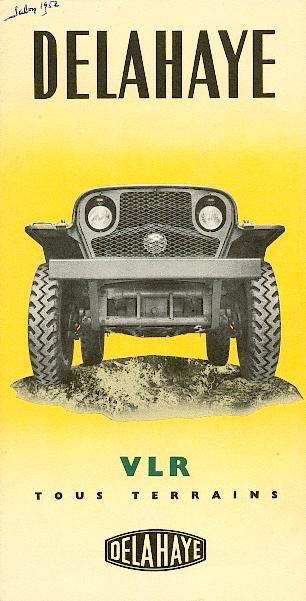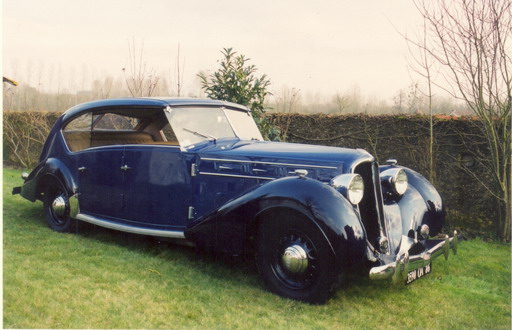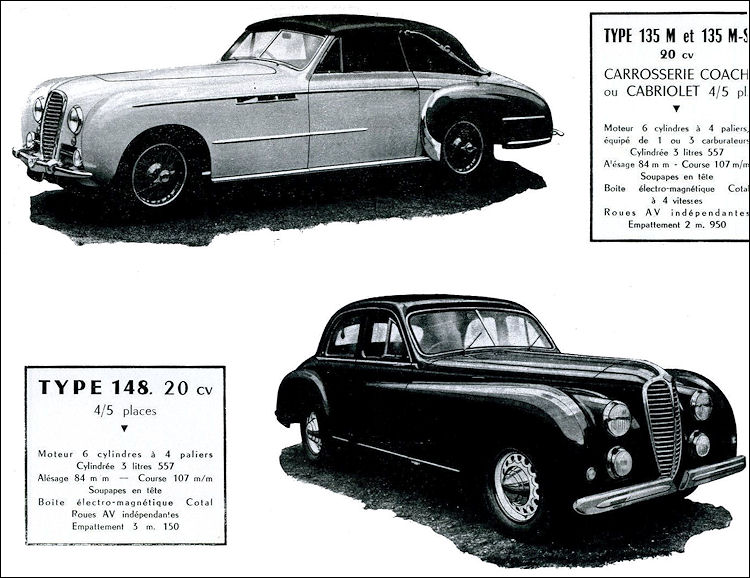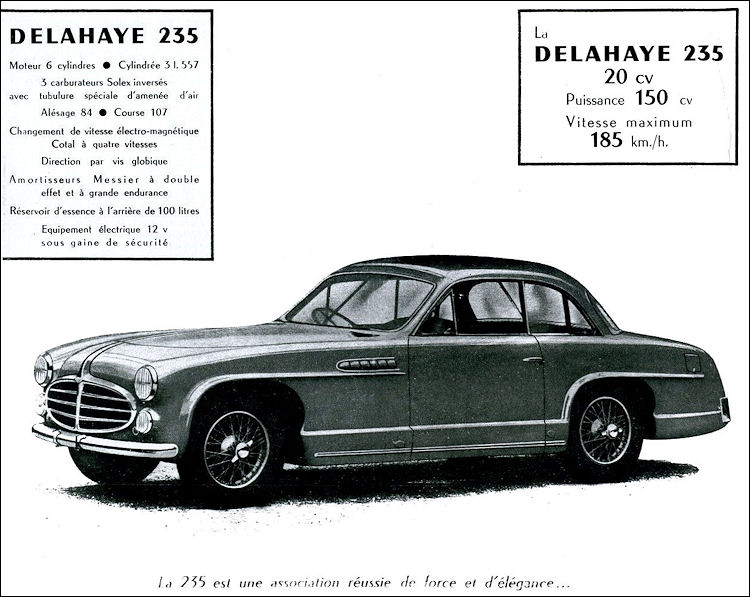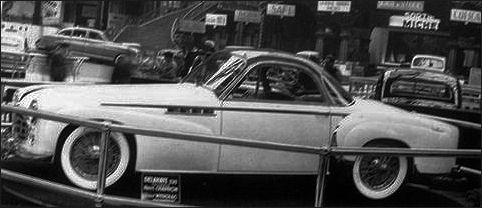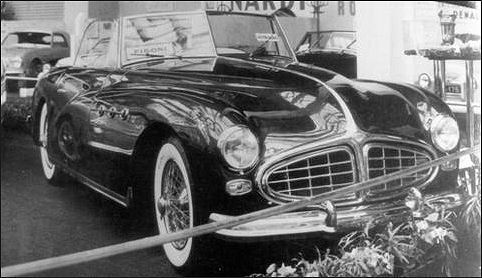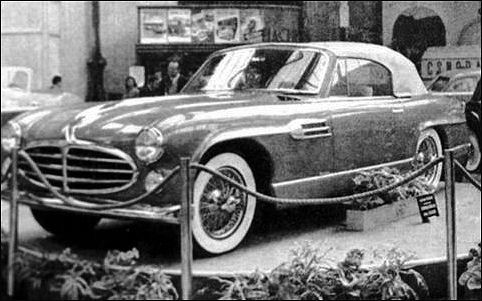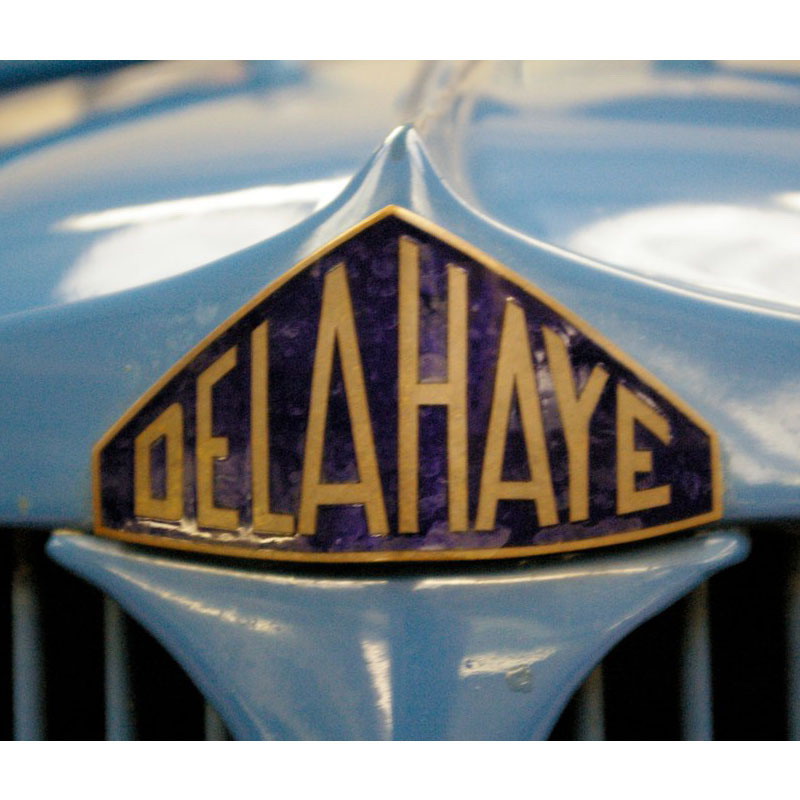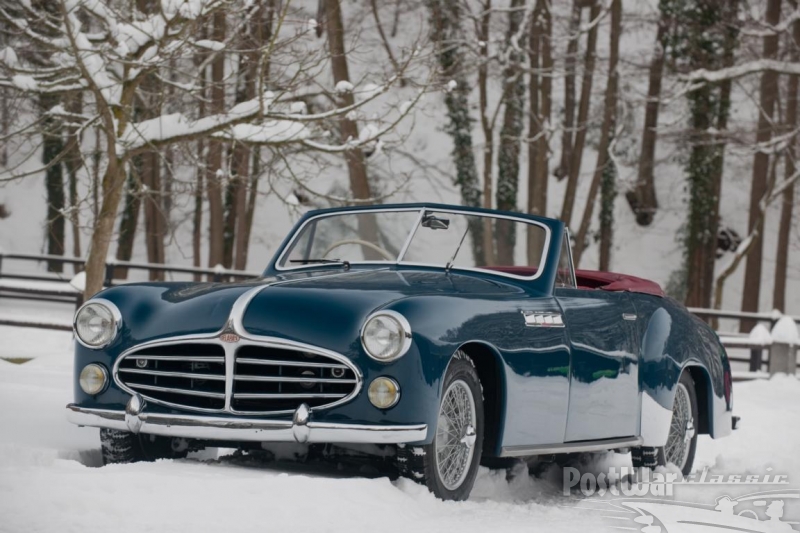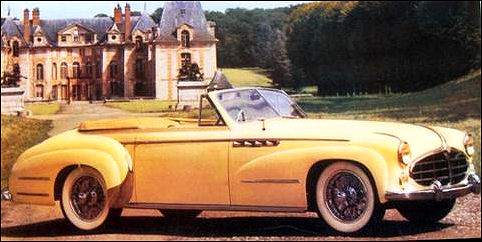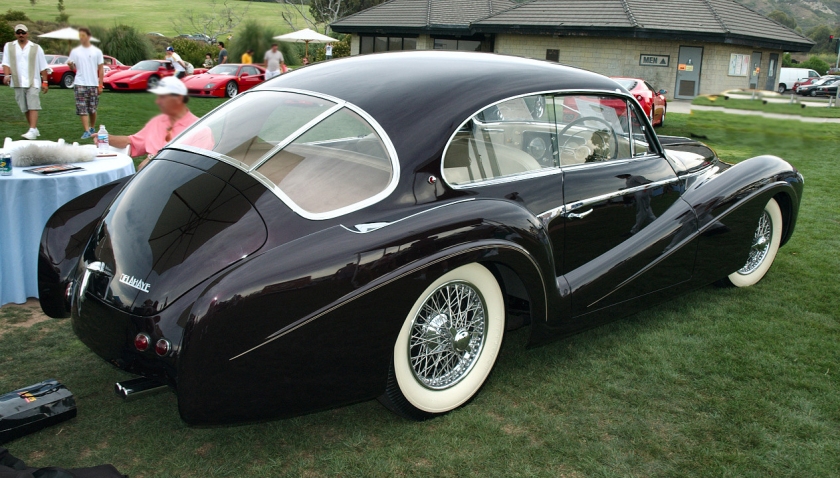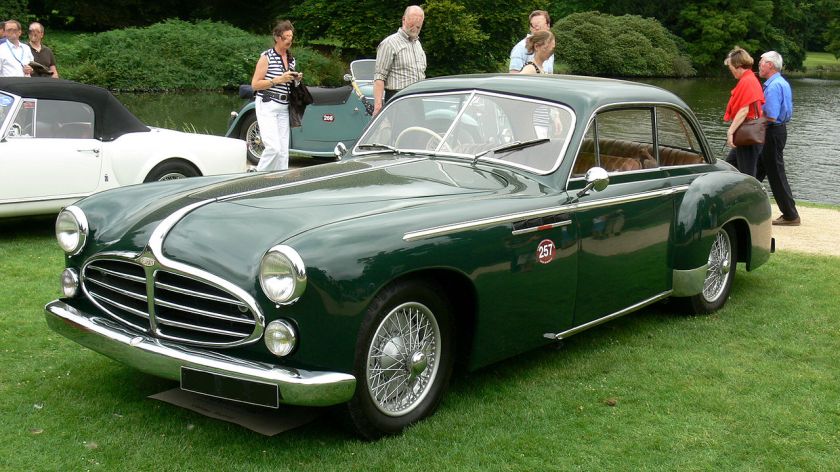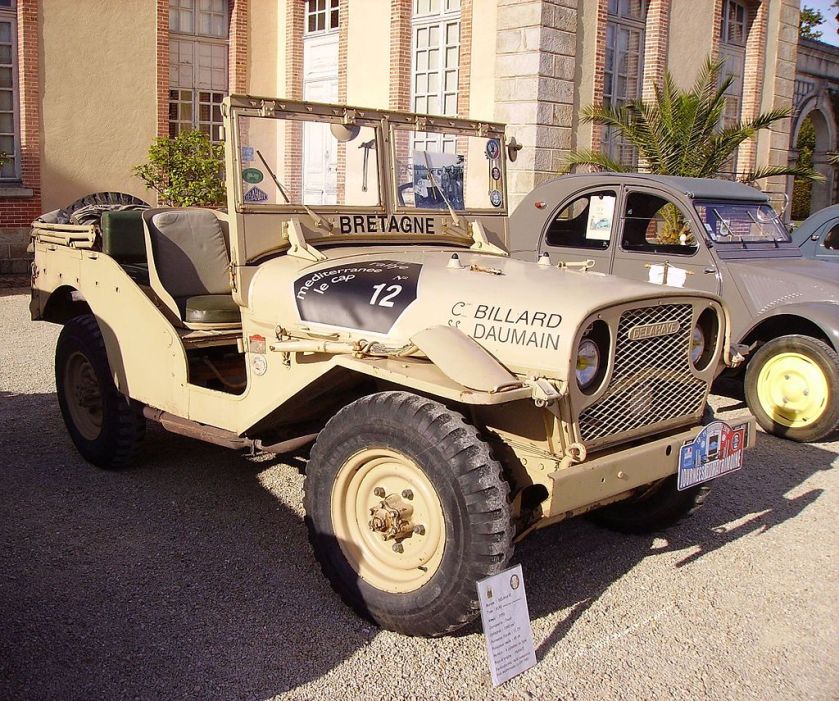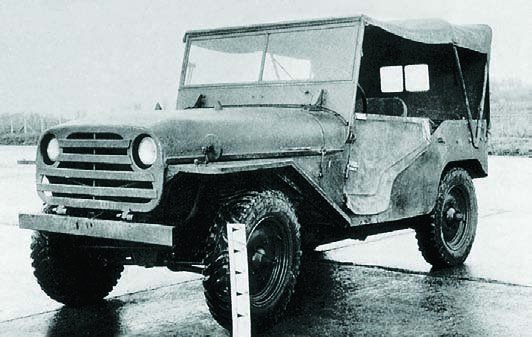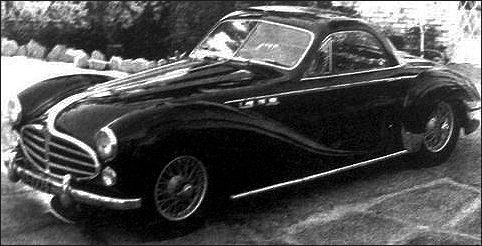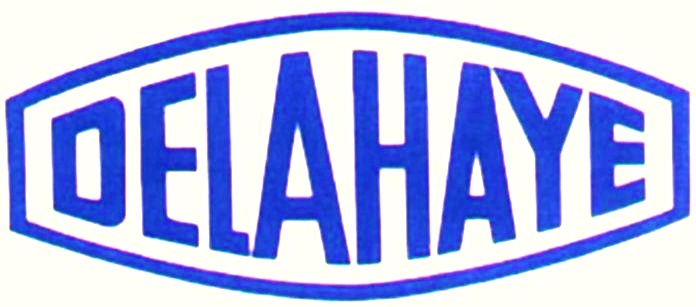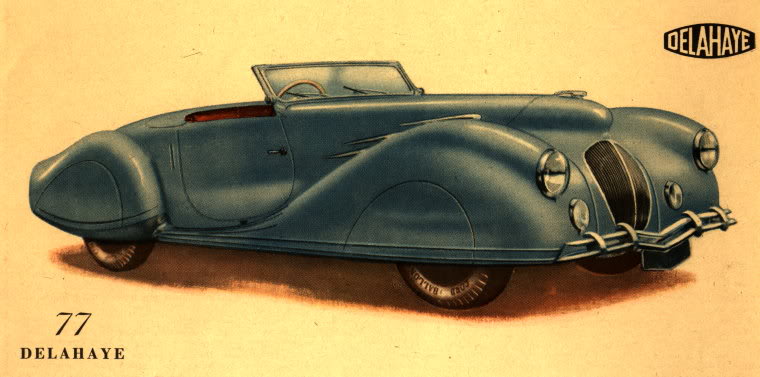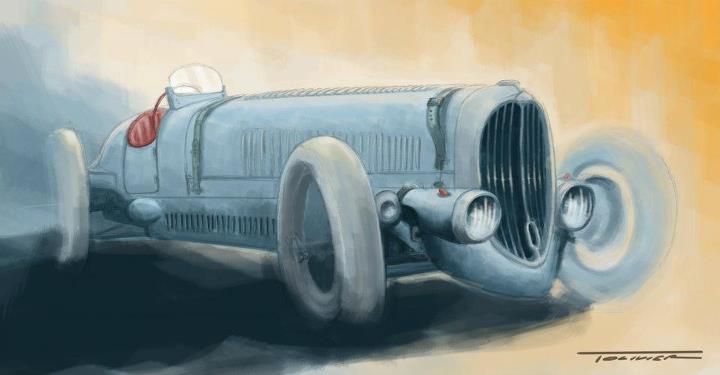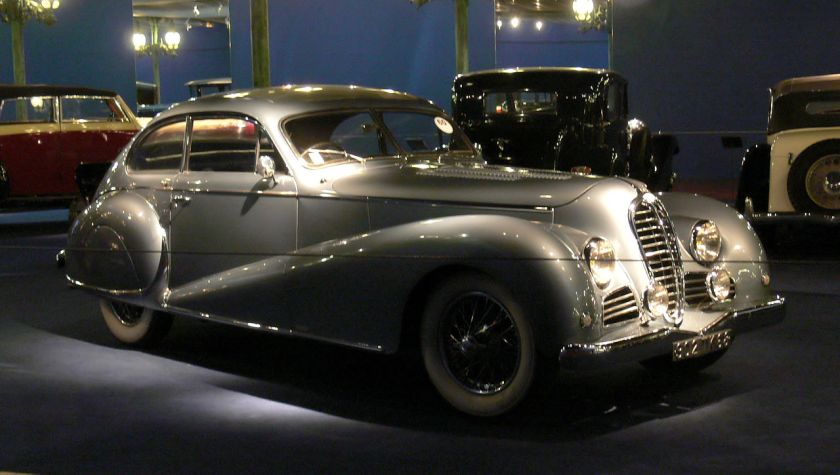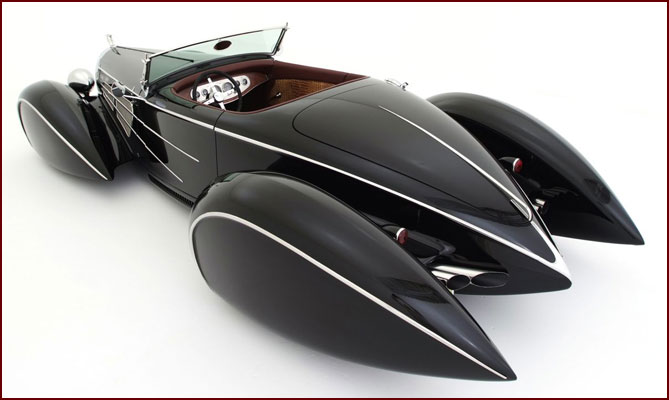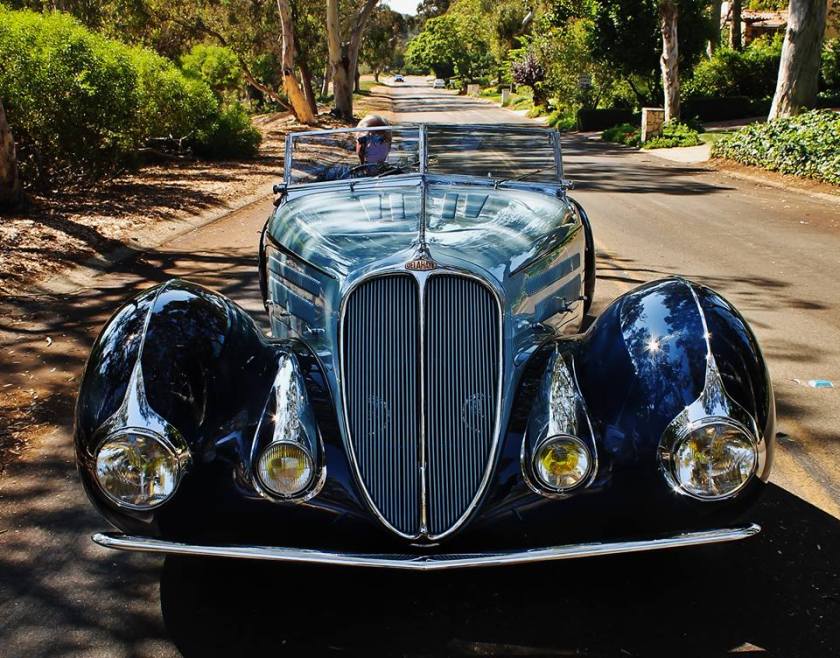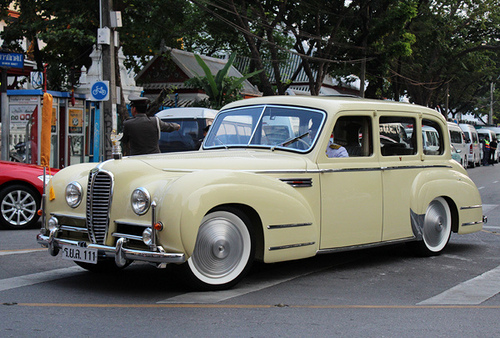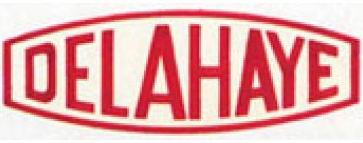FIAT
History
part IV
1966-1979
1966 Fiat 124 1200
1966 Fiat 124
| Fiat 124 | |
|---|---|
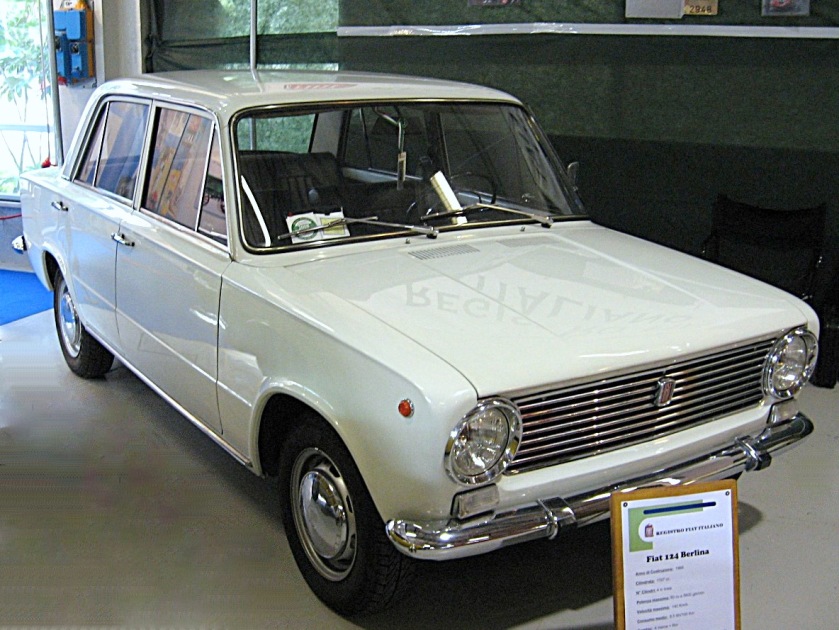 |
|
| Overview | |
| Manufacturer | Fiat |
| Production | 1966–1974 |
| Assembly | Turin, Italy Casablanca, Morocco (Somaca) |
| Body and chassis | |
| Class | Family car |
| Body style | 4-door sedan 5-door station wagon |
| Layout | FR layout |
| Related | SEAT 124 VAZ-2101 (Lada 1200) VAZ-2103 (Lada 1500) VAZ-2105 / VAZ-2107 (Lada Riva) Murat 124/Tofaş Serçe Premier 118NE |
| Powertrain | |
| Engine | 1,197 cc ohv I4 1,438 cc ohv I4 1,438 cc dohc I4 1,592 cc dohc I4 1,756 cc dohc I4 |
| Transmission | 4-speed manual 5-speed manual (Special T) |
| Dimensions | |
| Wheelbase | 2,420 mm (95.3 in) (sedan) 2,420 mm (95.3 in) (station wagon) |
| Length | 4,042 mm (159.1 in) (sedan) 4,045 mm (159.3 in) (station wagon) |
| Width | 1,625 mm (64.0 in) (sedan) 1,625 mm (64.0 in) (station wagon) |
| Height | 1,420 mm (55.9 in) (sedan) 1,440 mm (56.7 in) (station wagon) |
| Curb weight | 855–950 kg (1,885–2,094 lb) |
| Chronology | |
| Predecessor | Fiat 1300/1500 |
| Successor | Fiat 131 |
The Fiat 124 is a mid-sized family car manufactured and marketed by Fiat between 1966 and 1974. The sedan superseded the Fiat 1300 and Fiat 1500 and spawned variants including a station wagon (with stiffened springs and a revised final drive ratio), four-seater coupé, two-seater spider convertible and a slightly lengthened and more luxurious version, the 125, launched in early 1967.
The Russian-produced Lada produced until 1988 was based on the Fiat 124, along with other licensed variants manufactured worldwide. The 124 was superseded in its home market by the slightly larger Fiat 131 Mirafiori.
Launch
Following its introduction in 1966 with a publicity stunt, with Fiat filming the dropping of the car by parachute from a plane, the 124 won the 1967 European Car of the Year. The station wagon variant, as well as the 124 Sport Spider and the 124 Coupé variants debuted at the 1967 Turin Motor show.
As a clean-sheet design by Oscar Montabone, the chief engineer responsible for its development, the 124 used only the all-synchromesh gear box from the Fiat 1500. The 124 featured a spacious interior, advanced coil spring rear suspension, disc brakes on all wheels and lightweight construction.
Engines
Power came from a 1.2 L (1,197 cc) Fiat OHV inline-four engine. Also, there were the 124 Special with a 1,438 cc OHV engine and the 124 Special T with 1,438 cc and 1,592 cc twin cam OHC engines. The twin cams are connected to a five-speed gearbox.
- 1200 (1,197 cc) – 60 PS (44 kW; 59 hp) – 66 PS (49 kW; 65 hp) (1966–1974)
- 1400 (1,438 cc) – 70 PS (51 kW; 69 hp) – 75 PS (55 kW; 74 hp) (1968–1974)
- 1400 Special T (1,438 cc) Twin cam – 80 PS (59 kW; 79 hp) (1968–1972)
- 1600 Special T (1,592 cc) Twin cam – 95 PS (70 kW; 94 hp) (1973–1974)
- Abarth Rally (1,756 cc) Twin cam – 128 PS (94 kW; 126 hp) (1972–1973)
- 2000 (1,920 cc) Twin cam – 115 PS (85 kW; 113 hp) (1979)
Foreign production
Throughout the 1960s and 1970s, Fiat sought to extend its worldwide reach by entering into various collaborative agreements with smaller manufacturers (mostly in developing nations) by licensing the 124 design following its discontinuation in mainstream Western European markets, including the widely known variant manufactured by AvtoVAZ in the former Soviet Union, manufacturer of the Lada.
Soviet Union/Russia
In 1966, Fiat entered into a collaborative agreement with the Soviet government to establish car manufacture in the depressed Samara region of Russia. Fiat was contracted to built the massive VAZ plant in the newly created town of Togliatti, named after the Italian communist leader of the same name. The factory produced an adapted version 124R of the 124, known as the VAZ-2101 “Zhiguli” (sold as the Lada 1200 in export markets), until 1982, and 1200s until 1987. These were based on the 124 but modified at more than 800 points, the major modifications being an entirely different OHC engine developed by Fiat, hydraulic clutch, drum brakes at the rear, modified suspensions, etc. Early modifications include the VAZ-2102 (station wagon), 2103 (Lada 1500), 2106 (Lada 1600) and 21011 (Lada 1300). The updated versions of the 124-based design were produced to September 2012, as the VAZ-2104, 2105 and 2107 – marketed as the Lada Riva (or Lada Classic) in most Western European markets. Production of this line reached 17,332,954 cars, this being the second largest production volume for a car in automotive history
India
The Fiat 124 was also introduced in India by Premier Automobiles Limited. Premier had acquired in 1981 the chassis of the facelifted SEAT 124 after authorisation from Fiat and was released in the autumn of 1985 as the Premier 118NE. The car was very similar to the 1966 version except for a few cosmetic changes to the front and rear. However, Premier incorporated the Nissan A12 (1,171 cc and 52 bhp) powertrain instead of the original Fiat engine along with a Nissan manual gearbox. Added in 1996, there was also a version called the 1.38D which sported a diesel engine, built under license from Fratelli Negri Machine Sud, Italy.
At the end of production an improved model called Viceroy was released in collaboration with Peugeot. Production ended in 2001.
Spain
In the frame of the licence agreement between SEAT and Fiat, it was produced and sold in Spain with the name SEAT 124 from 1968 to 1975. Also a clone from the 124 Special with some elements from Fiat 125 was produced from 1969 to 1975 with the 1438 cc engine along with the twin-cams known as the “FUs” 1,600 cc (1970–72), and 1,800 cc (1972–75) branded as SEAT 1430. In 1975 when Fiat stopped production of the Fiat 124, the SEAT 124 had a minor facelift done by Giorgetto Giugiaro changing the aesthetics of the car by changing the round headlamps to rectangular design and integrating taillights into the body, car was known as the SEAT 124D and remained in production until 1980 with the Sport versions now codenamed the “FLs”, FL-40/45 1600cc 90HP, FL-80/82 1800 114HP and FL-90 1919cc 114HP The car was very successful in Spain, and was sold in both the four-door and station wagon versions.
Bulgaria
The Fiat 124 was also produced under the name Pirin-Fiat in Lovech, Bulgaria, on the basis of complete knockdown (CKD) kits between 1967 and 1971.
Turkey
The Fiat 124 was also produced by Tofaş under the names “Murat 124” between 1971-1977 and “Serçe” (means “sparrow” in Turkish) between 1984-1994, in Bursa, Turkey. 134,867 Murat 124s were produced between 1971 and 1994. Tofaş concurrently produced the Fiat 131 series under the name Murat 131 between 1976 and 2002. Today, the company manufactures bona fide Fiat models.
Korea
The Fiat 124 was also produced under the name Fiat-KIA 124 by Asia Motors in South Korea, between 1970 and 1975.
Egypt
From 2002 to 2007, Lada–Egypt company built at least 9,000 cars (2,200 in 2006) in the shell of VAZ-2107 (Riva), and it continues in 2012.
1966 Fiat 124 Coupé 1400
1966 Fiat 124 Coupé
| FIAT 124 Coupé | |
|---|---|
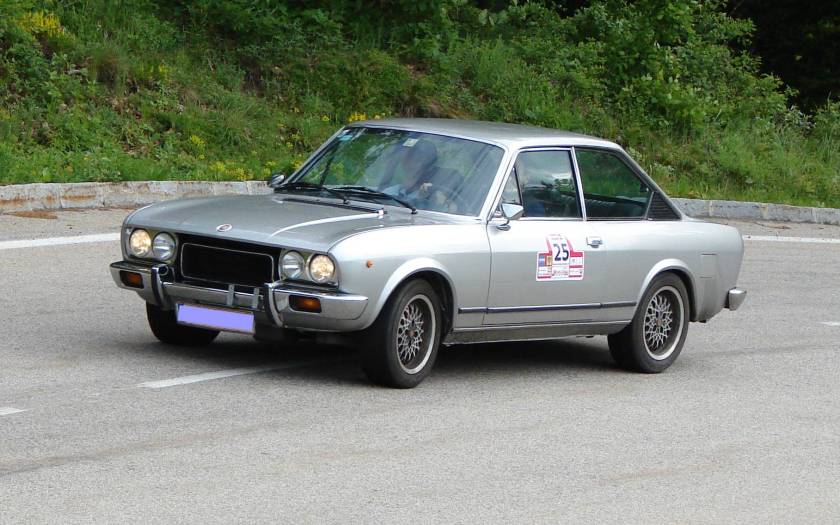
1972 FIAT 124 Coupé 1800
|
|
| Overview | |
| Manufacturer | FIAT |
| Production | 1967-1975 |
| Designer | Mario Boano |
| Body and chassis | |
| Body style | 2-door Coupe |
| Layout | FR layout |
| Related | SEAT 124 Sport |
| Powertrain | |
| Engine | straight-4 1438 cc AC 1608 cc BC 1592 cc CC 1756 cc CC |
| Transmission | 4-speed manual (1967-68) 5-speed manual (1969-) |
| Dimensions | |
| Wheelbase | 95.3 in (2,421 mm) |
| Length | 162 in (4,115 mm) AC 165 in (4,191 mm) BC 167 in (4,242 mm)-171 in (4,343 mm) CC |
| Width | 65.8 in (1,671 mm) |
| Height | 52.8 in (1,341 mm) |
| Curb weight | 2,110 lb (960 kg) AC 2,214 lb (1,004 kg) BC 2,205 lb (1,000 kg)-2,360 lb (1,070 kg) CC |
FIAT 124 Coupé is an Italian car produced between 1967 and 1975 in three generations.
The four cylinder, aluminum, twin overhead cam engine was designed by ex-Ferrari engineer Aurelio Lampredi. Originally, the AC or first generation featured an 1,438 cc engine, which grew to 1,608 in the second or BC generation. The third generation, or CC, was first officially offered with the 1,592 cc and then 1,756 cc (some early CC left the factory with left over 1,608 cc engines).
Other mechanicals include a 5-speed gearbox (although very early AC models featured only a 4-speed), disc brakes at each wheel, power brakes, double wishbone front suspension, one carburetor per cylinder (2 Dual Weber or Solex carburetors on the BC series 1608 engine – except for the USA version which received mild carburation due to emissions constraints), electric fuel pump (on the CC series), and suspension by coil springs.
Design
The 124 Coupé was designed as a three-box, notchback by Mario Boano, known for designing the bodywork on the Ferrari 250 GT “Boano”. As many parts as possible were used from the 1966 FIAT 124 sedan, which was later made in the USSR by Lada only being discontinued in 2012, long after the Coupe’s demise. Mario Boano was hired by FIAT and was made responsible for the in-house Fiat Centro Stile, while the softtop Spider was designed by Pininfarina. The Spider and Coupé shared the same basic platform as the 124 Sedan (or Berlina in Italian), however the Spider had a 14 cm shorter wheelbase .
There were approx 113,000 AC Coupés, 98,000 BC Coupés 1,438 cc/1,608 cc, and about 75,000 CC Coupés manufactured. There were ongoing changes with all models making them almost individual by year (e.g. lack of rear sway bar on 1969 ACs, etc.)
The Fiat 124 Spider Abarth came with dual Weber 44 IDF carburetors unlike the regular 124 coupes and spiders which were equipped with dual Weber 40 IDF carbs. Fiat twincam engines tend to be oversquare in design, that is, big bore and short stroke.The 1608 cc is a perfectly square engine, its bore being 80 mm and its stroke being 80 mm. This gives them the ability, when combined with the camshafts and proper carburetors, to rev to high rpms. The Fiat 2-liter is the final evolution for this engine, and by creating a longer stroke (90 mm), actual capacity came to 1995 cc (the bore had been raised to 84 mm earlier on when the 1592 and 1756 engines first appeared). These were not used in any Coupes, but only on Spiders from 1979 on. This engine can be found, in turbocharged and intercooled form, in the Lancia Delta Integrale rally cars. These cars (in several forms and classes) took the World Rally Championship a total of seven times in the 1980s and 1990s.
Engines
- 1400 (1438 cc) – 90 PS (66 kW; 89 hp)
- 1600 (1608 cc) – 110 PS (81 kW; 108 hp)
- 1600 (1592 cc) – 108 PS (79 kW; 107 hp)
- 1800 (1756 cc) – 118 PS (87 kW; 116 hp)
Chassis numbers
AC
- 1967 AC – starts 000001 – #034513
- 1968 AC – #034514 – #066279
- 1969 AC – #066280 – #113869
The AC model began in 1967 and came with a 1438 cc twin cam, 4-speed gearbox (the option of a 5-speed item appearing in mid-’67), front and rear anti-roll bars and a torque tube rear axle. It featured a 120 mph speedo, three supplementary gauges, a faux wood steering wheel, a woodgrain dash and console top, as well as tail lights shared with the Lamborghini Espada and Iso Rivolta.
124 Sport Coupes were modern in chassis and engine design. Braking was via four 9″ disc brakes with a front/rear weight-sensitive proportioning valve. It also had a sealed cooling system, viscous fan clutch and a toothed timing belt for the twin-cam motor, the first mass-produced engine to feature this instead of the usual chain-drive.
The torque-tube rear axle of the A series was replaced by a four-link rear axle with a Panhard rod in mid-’68, and remained the same throughout B and C models.
BC
- 1970 BC – #113870 – #115876
- 1971 BC 1438 cc – #115877 – #139912
- 1971 BC1 1608 cc – #139913
- 1972 BC1 1608 cc – #181442
The BC featured revised styling with twin headlights and revised taillights shared with the Lamborghini Jarama.
The BC was available with both the 1438 cc and later (although sooner in Europe) the 1608 cc engine. Other details remained similar to the AC except the interior dash now had a 140 mph or 220 km/h speedo, 9000 rpm tacho in 1608 cc models and a clock. The steering wheel now had black painted spokes and the seats had for the first time cloth inserts in the centre. There was no woodgrain inside like before (all the panels were finished in black vinyl and the gauge rims were matt black to match) and “eyeball” vents were fitted in the centre console where the AC had a decorative panel simply filling in the space for an optional radio.
Options included green tinted windows, Cromodora alloy wheels with Chrome centre hub cap (as per AC optional), radio, seat headrests, rear windshield electric defrosting, electronic ignition. At the end of the BC run air conditioning was available as an option as well. The fuel tanks were always around 46 litres (12 US gal; 10 imp gal) and all fasteners used are metric as per European measurement.
CC
- 1973 CC 1608 cc – #206905
- 1973 CC 1592 cc – #213370
- 1974 CC1 1756 cc – #240100
- 1975 CC1 1756 cc – #269934
The CC Coupe arrived in 1973 with new front styling and a revised squarer rear tail with a new deeper trunklid. Taillights also changed to a now vertical arrangement and side rear windows were revised.
The CC started with a small batch fitted with the 1608 cc engine, soon changing to a revised 1592 cc engine (slightly shorter stroke at 79,2 mm to create a “sub-1600” engine to fit the lower tax bracket in Italy) and an enlarged 84 mm bore creating an engine of 1756 cc. The 1592 cc and 1756 cc (sourced from the new Fiat 132, introduced in 1972) both made use of a single carburetor again (the Weber 34 DMS). In spite of this change the 1756 cc was the most powerful engine produced with 118 hp (88 kW) and 115 mph (185 km/h) top speed.
The CC’s revised interior featured a new dashboard incorporating a lower panel on the passenger side, an alloy fascia in front of the driver and seats covered completely in cloth. There was a new vinyl-covered steering wheel rim with anodised silver spokes. The optional but not uncommon Cromodora wheels now had a revised design with no chrome centre hubcap, instead having exposed wheelnuts. These were of an 8 slot design, the earlier wheels used coming in 6 slot configuration (an 8-slot design was also current but not original to the 124 range).
SEAT 124 Sport
The car was also built with 1600 (FC-00) and 1800 (FC-02) engines under license in Spain as the SEAT 124 Sport. The first series produced was equivalent to the BC series of Fiat’s version, and used 1608 cc engines provided by Fiat itself. The second series was a direct copy of the CC model, with both the 1592 and 1756 cc engines. SEAT later developed facilities for producing its own engines of this family, but it appears that the Sport versions were actually built in Italy.
1966 Fiat 124 Spider 1400
Fiat 124 Sport Spider
| Fiat 124 Sport Spider | |
|---|---|
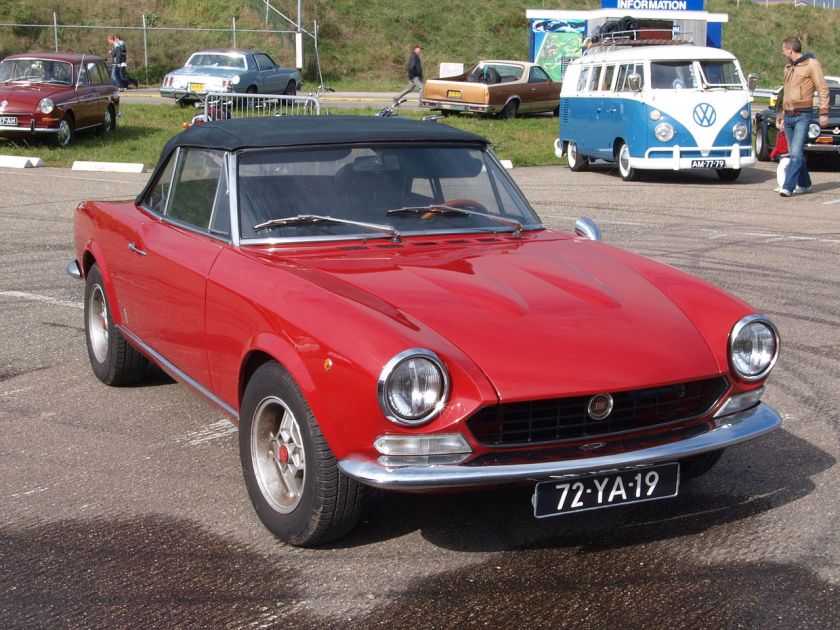
1974 Fiat 124 Sport Spider
|
|
| Overview | |
| Manufacturer | Fiat 1966-1982 Pininfarina 1983-1985 |
| Also called | Pininfarina Spider (1983-1985) |
| Production | 1966-1985 |
| Assembly | Turin, Italy San Giorgio Canavese, Italy(Pininfarina) |
| Designer | Tom Tjaarda Designer, Franco Martinengo Design Director, Battista Pininfarina, Pininfarina |
| Body and chassis | |
| Body style | 2-door cabriolet |
| Layout | FR layout |
| Related | Fiat 124 |
| Powertrain | |
| Engine | 1,438 cc (1.4 L) I4 1,592 cc (1.6 L) I4 1,608 cc (1.6 L) I4 1,756 cc (1.8 L) I4 1,995 cc (2.0 L) I4 1,995 cc (2.0 L) turbo I4 1,995 cc (2.0 L) sc I4 |
| Transmission | 4/5-speed manual 3-speed automatic |
| Dimensions | |
| Wheelbase | 89.75 in (2,280 mm) |
| Length | 156.25 in (3,969 mm) |
| Width | 63.5 in (1,613 mm) |
| Height | 49.25 in (1,251 mm) |
The 124 Sport Spider is a 2+2 convertible sports car marketed by Fiat from 1966 to 1980 – having debuted at the November 1966 Turin Auto Show. Designed and manufactured by Italian carrozzeria Pininfarina, Fiat and Pininfarina continued to market the monocoque-bodied car as the 2000 Spider from 1979 to 1982. Pininfarina itself assumed the car’s marketing from 1983 to the end of its production in 1985 – as the Pininfarina Spider Azzura.
The body of the car was designed and marketed by Pininfarina. The convertible body was designed by Tom Tjaarda, who used his earlier designs of Chevrolet Corvette “Rondine” and Ferrari 275 GTS. Several years later, in 1981, on the 50th anniversary of Pininfarina, this fact was further emphasized by producing a Fiat Spider 2000 Pininfarina 50th (Golden) Anniversary Edition. In 1972, a sports version of the Spider was revealed. This was required for a type-approval of its rally version, which earned some remarkable success. The models sold in showrooms were marked as 124 CSA (C-Spider-Abarth). The vehicle had a capacity of 128 hp. In three years, Fiat manufactured less than 1,000 CSA models, which were intended for sale to individual clients. Apart from the Fiat Spider 2000 Pininfarina 50th (Golden) Anniversary Edition, this is one of the versions most eagerly sought by collectors.
The car was sold in Europe and the U.S. from its introduction until the 1975 model year when it was modified to comply with new U.S. regulations and no European version was produced. Sales in Europe resumed when Pininfarina took over production in 1983 under the name Pininfarina Europa Spider.
The Sports Spider and the Fiat 124 Coupé shared the numeric portions of their name with the 124 sedan along with much of their running gear – and, in the case of the Coupé, a shared platform. The Sports Spider utilized a shorter platform along with a shorter wheelbase, and in contrast to the Pinifarina styled and manufactured Spider, Fiat designed and manufactured the Coupé in-house.
Engines
The four-cylinder engine used in the Spider and Coupé was a double overhead cam, aluminum crossflow head version of the sedan’s pushrod unit. It started in 1966 with a capacity of 1438 cc progressively increasing to 1608 cc in 1970 (although this reduced to 1,592 cc in 1973), 1,756 cc in 1974 and finally 1,995 cc in 1979. The Fiat Twin Cam engine was designed by Aurelio Lampredi.[4] Bosch fuel injection replaced the previously used Weber carburetors midway through 1980. In 1981 and 1982, Fiat USA, Inc. partnered with Legend Industries to create approximately 700 turbo models for US markets. There was also a supercharged model called Volumex offered toward the end of production, which was sold only in Europe, where it cost 35% more than a regular, fuel-injected Spidereuropa. This family of engines was designed by ex-Ferrari chief engineer Aurelio Lampredi and in one form or another remained in production into the 1990s giving it one of the longest production runs in history. The double overhead cam (DOHC) version was the first mass manufactured DOHC to utilize reinforced rubber timing belts, an innovation that would come into nearly universal use in the decades after its introduction. Its family powered race cars such as: FIAT 131 Mirafiori, 124 Special T, Lancia Beta Montecarlo, Delta Integrale and many others.
Suspension
Suspension was conventional by unequal length wishbones and coil over damper at the front and by coil sprung live rear axle at the rear which was located by a transverse link (Panhard rod) and two pairs of forward extending radius rods to react braking and acceleration and to control axle wind-up.
Specification
The Coupe and Spider were first sold in the US market in 1968. In 1969, the Spider featured four-wheel disc-brakes, double overhead cams, hesitation wipers, steering-column mounted lighting-controls, radial ply tires and a five-speed manual transmission. An optional three-speed automatic transmission from General Motors was available from 1979 through 1985 for North America as well as Japan. Its convertible top could be raised and locked in under a minute. When the engine was upgraded to two litres, the model was renamed as the Fiat 2000 Spider.
Fiat subsequently stopped marketing the Spider and the X1/9 — to have their marketing assumed by their respective carozzeria. In Europe, the Ritmo Cabrio was also marketed by Bertone rather than Fiat themselves. In the USA, Fiat turned over marketing and support of the Spider and the X1/9 to International Automobile Importers, Inc., headed by Malcolm Bricklin.
An early special version was the 124 Spider Abarth which featured an independent rear axle, hardtop, different seats, interior etc. and only came in 3 colours.
Rallying
In 1971 the 124 Spider was prepared for the World Rally Championship when Abarth became involved with its production and development. Abarth designer Ing. Colucci was responsible for getting the 124 Spider into Group 4 rally trim. Over this period the Abarth Spider had relative success with wins at the 1972 Hessen Rally, Acropolis Rally, 1973 Polish Rally, 19th on the 1973 RAC rally and 7th to mostly the Alpine Renaults on the 1973 Monte Carlo Rally. The Spider continued to perform with 1st, 2nd and 3rd in the 1974 8th Portuguese TAP Rally, 6th in the 1974 1000 Lakes, 4th in the 1975 Monte Carlo Rally and also with Markku Alén driving the Spider to 3rd place. By 1976 the days of 124 rallying were numbered due to the appearance of the Fiat-Abarth 131.
Production
The model line ceased in 1985 after almost 200,000 Spiders alone had been built, of which 75% were for the US market. There were nine models of the Spider, the AS, BS, BS1, CS, CSA (Abarth), CS1, CS2, CS0, and DS.
- 1966 Fiat 2300 B Familiare
- 1966 Fiat 850 Vanessa
- 1966 Fiat OT 1300/124 Coupé Abarth
- 1966 Fiat 1100 R
- 1967 Fiat 125
1967 Fiat 125
| Fiat 125 | |
|---|---|
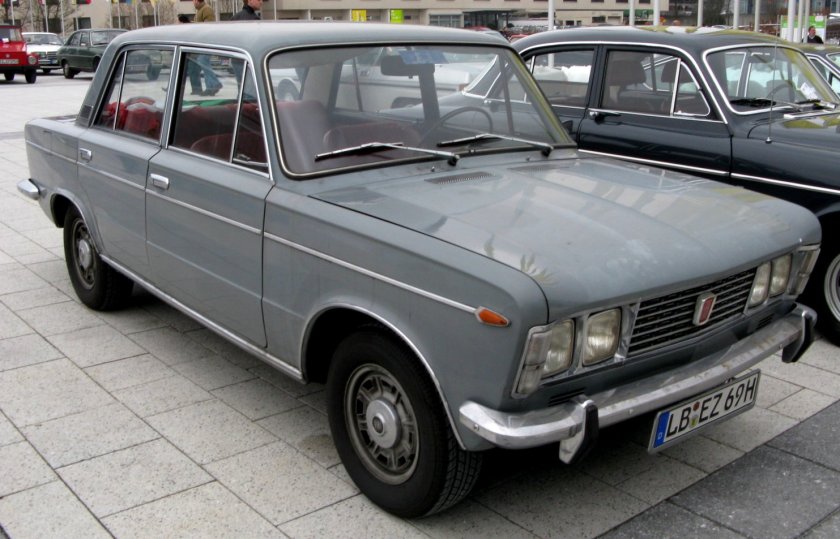 |
|
| Overview | |
| Manufacturer | Fiat |
| Production | 1967-1972 |
| Assembly | Turin, Italy Casablanca, Morocco (SOMACA) Córdoba, Argentina (till 1982), Rancagua, Chile |
| Body and chassis | |
| Class | Large family car |
| Body style | 4-door Sedan 5-door Estate car |
| Related | Fiat 1300/1500 Fiat 124 Zastava 125pz Polski Fiat 125p FSO Polonez |
| Powertrain | |
| Engine | 1608 cc DOHC |
| Transmission | 4-speed manual (125: 1967–1973) 5-speed manual (125S: 1968–1970, 125 Special1970–1973) 3-speed automatic (125S: 1968–1970, 125 Special1970–1973) |
| Dimensions | |
| Wheelbase | 2,505 mm (98.6 in) |
| Length | 4,232 mm (166.6 in) |
| Width | 1,625 mm (64.0 in) |
| Height | 1,440 mm (56.7 in) |
| Curb weight | 1,150 kg (2,535.3 lb) |
| Chronology | |
| Predecessor | Fiat 1500 |
| Successor | Fiat 132 |
The Fiat 125 is a large family car introduced by Fiat in 1967 and produced by them until 1972. Derivatives were built under license outside Italy until the 1990s. As launched the car was unusual in blending saloon car passenger accommodation with sports car performance, a combination which would be more widely adopted by the European volume auto-makers in the decade ahead.
The body
The floor pan was virtually unchanged from that of the longer variant of the outgoing model, the Fiat 1300/1500, and the chassis used was the same as the Fiat 1300/1500. The body was a slightly lengthened development of the Fiat 124: both models shared the same passenger compartment and doors, but the 125’s rear seat was set slightly further back, reflecting the 2505 mm wheel-base, inherited from the Fiat 1500 and over 8 cm (3 inches) longer than that of the 124.
Engine and running gear
The new car’s engine was based on the one fitted in the Fiat 124 Sport: a 1608 cc DOHC unit with 90 bhp driving the rear wheels. The 125 was equipped with a Solex carburettor. The car was fitted with an alternator, reflecting the twin headlights and the increasing number of energy intensive electrical components appearing on cars at this time. Other noteworthy features included the electromagnetic cooling fan clutch.
Developments
In 1968 the 125S (“Special”) was added to the range, with 100 bhp (from a modified cylinder head, camshafts, inlet/outlet manifold and Weber/Solex carburettor) and, unusually at this time, a five-speed gearbox. It also had one of the worlds first intermittent wipers, halogen lights, servo-assisted twin circuit brakes and optional superlight magnesium wheels. A variety of other improvements were made including improved cabin ventilation, trim and styling.
The 125 was praised when new for its handling and dynamics. British Autocar found the slight understeer tendencies were easily cured by adjusting the front camber.
The Special was facelifted in 1971 using pretty much the same trim as the 125S, but both front and rear lights were new and wider, enhancing the visual width of the car. The interior gained upgraded upholstery of the seats and a wood facia. A three-speed automatic transmission as well as air condition became available as an option.
Variations
A variant, the 125 T, was made by the Fiat importers in New Zealand, Torino Motors, for the annual 6 hour production car race, the Benson and Hedges 500. The 125T has larger valves, two twin Weber DCOH or Dell’Orto 40DHLA carburettors (depending on availability), modified camshafts and a higher compression ratio to produce around 125 bhp (93 kW), lowered and stiffer suspension. All featured Ward alloy wheels and were painted bright yellow. Sources for production figures quote that between 84 and 89 were modified. Reasons for stopping production are sometimes given that Fiat headquarters found out and stopped this venture. However a more likely scenario is that selling the required 200 cars in a market that only sold 1000 Fiats in total each year was a tall order.
Other versions were built by Moretti, who made the 125GS 1.6 with styling similar to the Fiat Dino Spider. Zagato made the 125Z; Savio, a 125 Coupé and 125 Station Wagon; Pininfarina, a 125 Executive; and Vignale produced the Samantha, a two-door coupé with pop-up headlights, designed by Virginio Vairo.
Production
Production by Fiat in Italy ceased in 1972 when the Fiat 132 was introduced, a total of 603,877 cars having been built.
Foreign production
Poland
A licence copy was also produced in Poland by the Fabryka Samochodów Osobowych (FSO) from 1967 until 1991, under the brand Polski Fiat as the Polski Fiat 125p, and later as the FSO 1500, FSO 1300, or FSO 125p.
It was a somewhat simplified variation of the Fiat car, with outdated 1300 cc or 1500 cc engines and mechanicals from the Fiat 1300/1500. Polish cars differed in details from Italian ones, most visible were four round headlights instead of square ones, simpler bumpers and front grill, orange front turn signal lenses, different shape details in tail and front lamps design, simpler body sheet metal stampings, old Fiat 1300/1500 chassis and interior. This model was also available as an estate (the Polski Fiat 125p Kombi) and a pickup developed in Poland after Italian Fiat 125 production ended in 1972.
Yugoslavia
The Zastava 125 Zastava produced model identical to the Polish 125p. Available versions were called 125 PZ with 1295 or 1481 cc engines.
Egypt
In Egypt production of the Polish 125p version went on under the name Nasr 125 until 1983, remaining one of the most sought-after cars due to its strength and reliability.
Argentina
In Argentina the 125 was built from 1972 to 1982, initially by Fiat-Concord and later Sevel. In addition to the 4-door sedan version, a station wagon (called “Familiar”), a pickup (called “Multicarga”, a unique Argentine design) were built. There was also a coupe called 125 Sport with the same mechanics than the sedan, but based on the Fiat Coupé 1500 Vignale.
Colombia
A few copies were made of Italian 125 and was quickly replaced by Polish 125p better suited to the local market.
Chile
A car that was manufactured almost equal to the Fiat 125 Special “restyling in 1970.
Morocco
SOMACA (Société Marocaine de Construction Automobile) assembled 125 in Casablanca.
- 1967 Fiat 125 Special Berlina
- 1967 Fiat 1500 Cabriolet
- 1967 Fiat Dino Coupé 2.0
- 1967 Fiat Dino Spider 2.0
- 1968 Fiat 1500 L Berlina
- 1968 Fiat 850 Sport Coupé
- 1968 Fiat 850 Sport Spider
- 1968 Fiat 850 Super Berlina
- 1969 Fiat 124 Coupé 1600
- 1969 Fiat 124 Spider 1600
- 1969 Fiat 128 Estate
1969 Fiat 128
| Fiat 128 | |
|---|---|
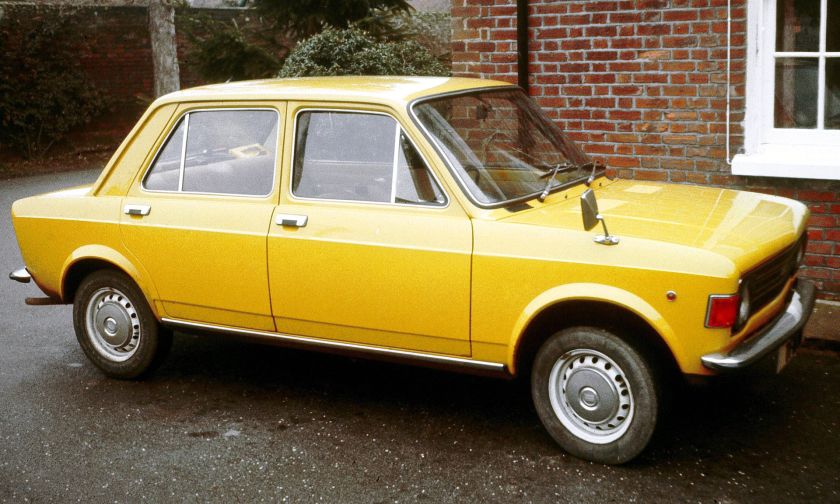 |
|
| Overview | |
| Manufacturer | Fiat |
| Also called | Nasr 128 GLS 1300 Moretti 128 Roadster Zastava 128/301 SEAT 128 |
| Production | 1969–1985 |
| Assembly | Rivalta, Torino, Italy Buenos Aires, Argentina Casablanca, Morocco (Somaca) Bogota, Colombia (CCA) Homagama, Sri Lanka (Upali) Helwan, Egypt (Nasr) |
| Body and chassis | |
| Class | Small family car |
| Body style | 2-door saloon 4-door saloon 3-door estate 5-door estate (Argentina) 2-door coupe 3-door coupe |
| Layout | FF layout |
| Related | Fiat X1/9, Autobianchi A111 |
| Powertrain | |
| Engine |
|
| Transmission | 4-speed manual |
| Dimensions | |
| Wheelbase | 2,445 mm (96.3 in) |
| Length | 3,850 mm (151.6 in) |
| Width | 1,590 mm (62.6 in) |
| Height | 1,340 mm (52.8 in) |
| Curb weight | 750–770 kg (1,650–1,700 lb) |
| Chronology | |
| Predecessor | Fiat 1100 |
| Successor | Fiat Ritmo |
The Fiat 128 is a front-engine, front wheel drive four-passenger compact manufactured and marketed by Fiat for model years 1969–1985 in two- and four-door sedan, three- and five-door wagon as well as two-door and three-door coupes (128SL/128 3P) variants. Rather than a sport or convertible model carrying the 128 nameplate, the 128 running gear and engine were reconfigured for a mid-engined layout and marketed as the Fiat X1/9.
With engineering by Dante Giacosa and engine design by Aurelio Lampredi, the 128 was noted for its relatively roomy passenger and cargo volume — enabled by a breakthrough innovation to the front-engine, front-drive layout which became the layout “adopted by virtually every other manufacturer in the world” for front-wheel drive. Fiat promoted in its advertising that mechanical features consumed only 20% of the vehicle’s volume and that Enzo Ferrari drove a 128 as his personal vehicle. The 128 was voted European Car of the Year for 1970.
3,107,000 examples were manufactured by Fiat from 1969 to 1985.[6] Until 2001, versions of the 128 were also manufactured elsewhere in the world under license, for example by Zastava.
Development
With engineering by Dante Giacosa and engine design by Aurelio Lampredi, the 128 was noted for its relatively roomy passenger and cargo volume — enabled by a breakthrough innovation to the front-engine, front-drive layout which became the layout “adopted by virtually every other manufacturer in the world” for front-wheel drive. Fiat promoted in its advertising that mechanical features consumed only 20% of the vehicle’s volume and that Enzo Ferrari drove a 128 as his personal vehicle.”
Fiat built an entire new plant in Rivalta, northwest of Turin, specifically to manufacture the new 128.
Front drive innovation
Front-wheel drive had previously been introduced to small, inexpensive cars with the British Mini. As engineered by Alec Issigonis, the compact arrangement located the transmission and engine sharing a single oil sump — despite disparate lubricating requirements — and had the engine’s radiator mounted to the side of the engine, away from the flow of fresh air and drawing heated rather than cool air over the engine. The layout often required the engine be removed to service the clutch.
As engineered by Dante Giacosa, the 128 featured a transverse-mounted engine with unequal length drive shafts and an innovative clutch release mechanism — an arrangement which Fiat had strategically tested on a previous production model for a full five years, the Primula from its less market-critical subsidiary, Autobianchi. The layout enabled the engine and gearbox to be located side by side without sharing lubricating fluid while orienting an electrically controlled cooling fan toward fresh air flow. By using the Primula as a test-bed, Fiat was able to sufficiently resolve the layout’s disadvantages, including uneven side-to-side power transmission, uneven tire wear and potential torque steer, the tendency for the power of the engine alone to steer the car under heavy acceleration.
The compact and efficient layout — a transversely-mounted engine with transmission mounted beside the engine driving the front wheels through an offset final-drive and unequal-length driveshafts — subsequently became common with competitors and arguably an industry standard.[
The layout was sufficiently flexible that Fiat reconfigured the 128 drive-train as a mid-engined layout for the Fiat X1/9.
Design
The all new 1.1 liter Fiat SOHC engine, engineered by noted engine designer Aurelio Lampredi, featured an iron block mated to an aluminum head along with a belt-driven single overhead camshaft producing 49 hp.
The 128 was styled similarly to the 124 and 125 and featured rack-and-pinion steering, front disc brakes, independent rear suspension with a transverse leaf spring, and a strut-type front suspension with integral antiroll bar.
Initially, the 128 was available as a two-door or four-door sedan. At the 1970 Turin Motor Show a three-door station wagon model called “Familiare” was added to the lineup.[7] The car was only available with a 1116 cc engine on launch, though the two-door-only 128 Rally edition launched in 1971 used a 1290 cc unit. Also in 1971, the Sport Coupé, an all-new coupé body on a shortened 128 platform, was unveiled at the Turin Show. On launch it was available with both existing 128 engines. The 128 range underwent a facelift in 1972, featuring a revised grille. 1974 saw the launch of the 128 Special, which used the Rally engine in a four-door sedan body. In 1975 the 128 3P (3-door) Berlinetta replaced the Sport Coupe. In 1976, the range received new bumpers, rectangular headlights, taillights and dashboard as well as modifications to the engines. At this time, the wagon was also renamed the “Panorama”.
Production of all 128s except that of the base 1100 cc powered model ended in 1979 after the introduction of the Fiat Ritmo/Strada in 1978. In 1980 production of the small three-door station wagon Panorama was dropped from the range and 128 production finally ended in 1985.
Road test
The British “Motor” magazine tested a Fiat 128 in April 1970, shortly after its UK launch. The car had a top speed of 85.4 mph (137.4 km/h) and accelerated from 0-60 mph (97 km/h) in 15.5 seconds. An “overall” fuel consumption of 27.5 miles per imperial gallon (10.3 L/100 km; 22.9 mpg-US) was recorded. This put it fractionally behind the contemporary Morris 1300 on maximum speed but usefully ahead on acceleration. The two were closely matched on fuel economy, where both were outrun by the Ford Escort 1300 Super also included in the comparison, here in its four-door version. The Fiat’s £876 manufacturer’s recommended price was not too far above the Morris 1300’s £830 and the Escort’s £838. The testers commended the Fiat’s interior space and excellent performance. Wind and road noise were low, but engine noise was not.
Models gallery
Fiat 128 Familiare (station wagon) 3-door
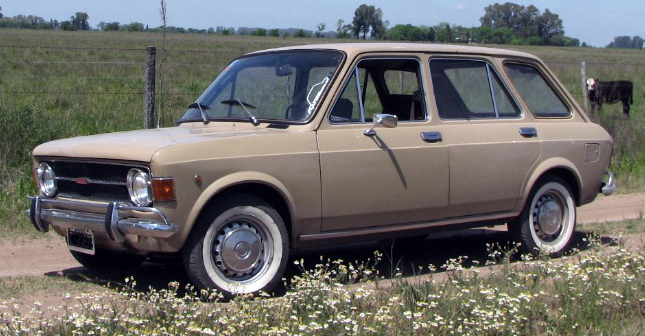 Fiat 128 Rural 5-door, Argentinian production
Fiat 128 Rural 5-door, Argentinian production
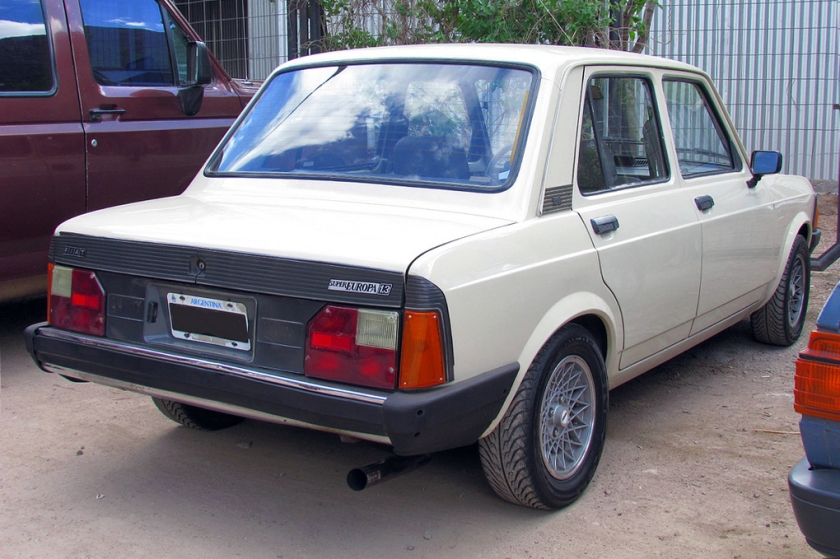 Rear view of 1988 Fiat Super Europa 1.3 (Argentina)
Rear view of 1988 Fiat Super Europa 1.3 (Argentina)
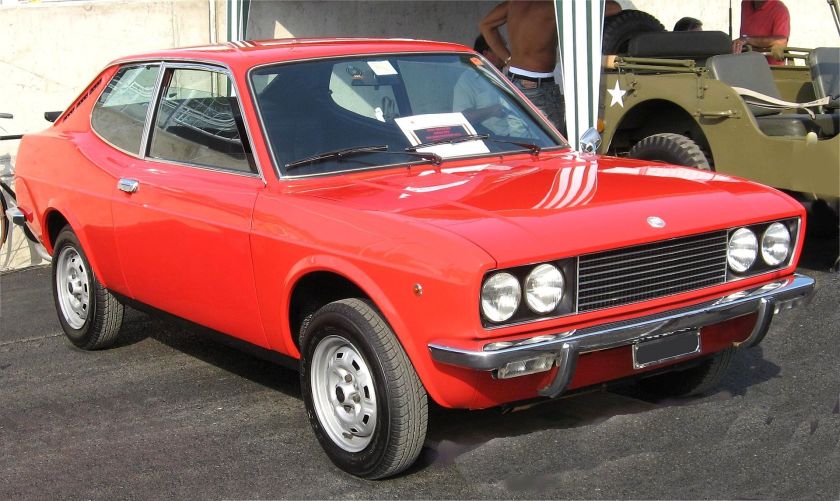 Fiat 128 Sport Coupé SL 1100 (1972)
Fiat 128 Sport Coupé SL 1100 (1972)
Licensed production
Fiat 128 Super Europa, manufactured between 1983–1990 by Sevel Argentina
The 128 formed the basis of the Zastava 128 (four-door sedan) and Zastava 101 (three-door and five-door hatchbacks) ranges of cars manufactured by the “Zastava Automobili” company in Serbia. The 128-based Zastavas were available throughout Europe in the ’70s. In Britain, three variants were offered: a three-door hatchback (Zastava Yugo 311/313), four-door saloon (Zastava Yugo 411/413) and a five-door hatchback (Zastava Yugo 511/513). As one of the Serbian automaker’s most affordable models, production ended in November 2008.
Zastava also produced the 128 in its original, four-door sedan form. Until 2009, CKD kits were manufactured by Egypt’s Nasr car company as the Nasr 128.[2]
In Argentina, the 128 was produced from 1971 to 1990 as a four-door sedan or five-door wagon, the Fiat 128 Rural, the latter unique to Argentina. Several trims and versions were available, including the IAVA sport series. In 1983 the car received a facelift with new headlamps, tail lamps and front grille, which was marketed as the Super Europa.
In Colombia, the 128 was produced by “Compañía Colombiana Automotriz” in Bogota.
In Spain, SEAT manufactured its own version of 128 3P Berlinetta model (31,893 copies).
In Sri Lanka, the Fiat 128 was manufactured by the Upali Motor Company until 1978.
- 1969 Fiat 128 Saloon
- 1969 Fiat 130 Saloon
1969 Fiat 130
| Fiat 130 | |
|---|---|
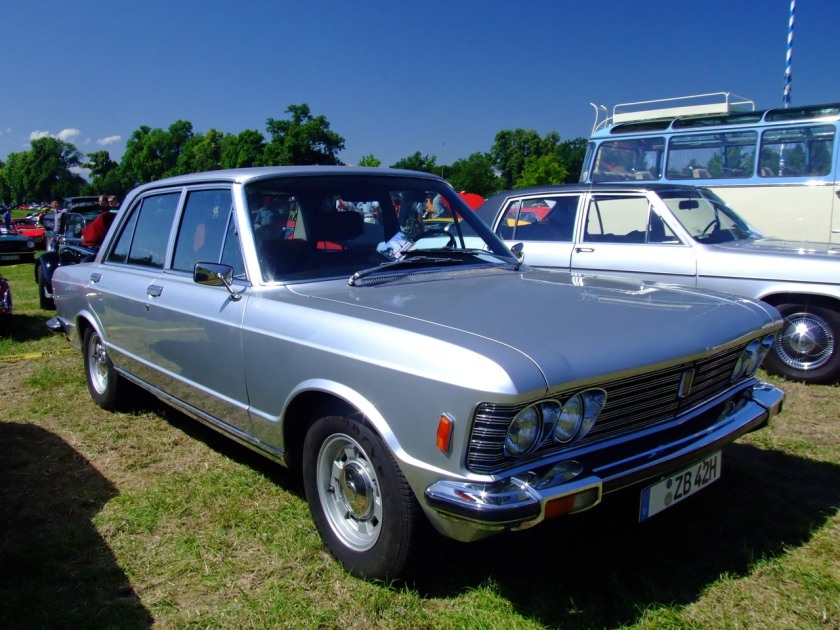
1976 Fiat 130 Saloon
|
|
| Overview | |
| Manufacturer | Fiat |
| Production | 1969-1977 |
| Designer | Paolo Martin for Pininfarina (coupé) |
| Body and chassis | |
| Class | Executive car |
| Body style | 4-door saloon 2-door coupé 5-door station wagon |
| Layout | FR layout |
| Powertrain | |
| Engine | 2866 cc OHC V6 3235 cc OHC V6 |
| Transmission | 3-speed automatic 5-speed manual |
| Dimensions | |
| Wheelbase | 2,720 mm (107.1 in) |
| Length | 4,750 mm (187.0 in) |
| Width | 1,803 mm (71.0 in) |
| Height | 1,473 mm (58.0 in) |
| Curb weight | 1,550 kg (3,417 lb) |
| Chronology | |
| Predecessor | Fiat 2300 |
The Fiat 130 is a large executive car which was manufactured by the Italian automaker Fiat from 1969 to 1977. It was available as a 4-door saloon and as a 2-door coupé.
The saloon was launched at the 39th Geneva Motor Show in March 1969, replacing the previous largest and most exclusive Fiat saloon, the Fiat 2300. It was a thoroughly modern car, with four-wheel independent suspension (torsion bars in the front and coil springs in the rear), standard power steering and four-wheel disc brakes, and was the first Fiat to adopt an alternator instead of a direct-current generator.
The Coupé, based on the same platform, was introduced in March 1971 having been designed by Paolo Martin of Pininfarina, who also manufactured the car. With a unique interior design (adopted in the saloon when it was upgraded to the 130B version which also featured the Coupé’s enlarged 3235 cc V6), it featured a button-operated mechanism allowing the driver to open the passenger-side door. In addition to this model, there were two one-off variations built, a 2-door estate named Maremma and a 4-door saloon named Opera.
Production of the saloon finished in 1976, with 15,093 produced. The Coupé continued until the following year, and production ended with 4,294 built in total.
Engine
Using the “128 type A” motor as a basis, a new crossflow V6 engine, with a 60° vee angle and rubber-toothed-belt driven twin overhead camshafts was developed for the model by Aurelio Lampredi. It became known as the “130 type A” engine with a capacity of 2866 cc and a power output of 140 bhp (104 kW; 142 PS) at 5600 rpm.
The engine was uprated to 160 bhp (119 kW) for 1970, which involved raising the compression ratio from 8.3:1 to 9.0:1, increasing the size of the carburettor choke from 42 to 45 mm and reducing back pressure by extending the portion of the exhaust manifold that used individual pipes on each side of the V format engine. This provided useful performance improvements in a market-segment where relatively new models from Mercedes-Benz and Jaguar north of the Alps were setting an increasingly competitive pace.
In 1971, the “130 type B” engine was introduced, featuring a slightly increased bore (102 mm instead of 96 mm), displacing 3235 cc and producing 165 bhp (123 kW) at 5600 rpm.
Powertrain
Power was delivered to the rear axle via standard Borg-Warner three-speed automatic transmission, and a five-speed ZF S5-18/3 ZF manual was an option.
Suspension
Front suspension was MacPherson-like with torsion bars instead of springs, to allow room for the wide V6 and the optional air conditioning. The height of the front suspension is adjustable, using eccentric cams in the ends of the torsion bars, where they are attached to the body.
The rear suspension is independent using conventional springs, with good wheel geometry control and a limited-slip differential. It is noteworthy that the rear suspension geometry can be finely tuned.
Steering
The 130 has ZF power steering. The steering column is adjustable for rake and reach.
Fiat 130 Saloon type “A”
Launched in 1969, with the 2866 cc 140 bhp (104 kW; 142 PS) engine. The press soon concluded that the 140 bhp (104 kW; 142 PS) was insufficient in view of the weight of about 1,600 kg (3,527 lb), hence the Fiat 130 berlina type “A” did not compete with the big BMW and Mercedes sedans. Interior design was not ambitious, with rectangular dials in the dashboard, a black plastic centre console and black plastic everywhere.
Fiat 130 Coupé
Identified as type “BC” on their chassis, the 130 Coupe appeared in 1971 at Geneva motor show exhibiting a completely new 2-door body and a completely new interior. Both exterior and interior styling were the work of Paolo Martin at Pininfarina. The car won a design prize, attributed to Pininfarina, and this helped Pininfarina begin a new life after all those years relying on the “Fiat 1800/Peugeot 404/Austin A60” concepts. Pininfarina extended the Fiat 130 Coupé line with two proposals that were rejected by Fiat : the Maremma in 1974 (2-door shooting brake) and the Opera in 1975 (4-door saloon). Paolo Martin never got involved in these Fiat 130 Coupé variations, as he left the company soon after the design prize in 1971.
The seats were shaped and designed by Paolo Martin with the collaboration of Giovanni Gottin, a specialist established in Turin. The dashboard was redesigned with sporty round dials, using white needles.
The central console was redesigned by Paolo Martin, featuring wooden veneer, a row of switches and soft illumination throughout using state of the art fibre optics. The steering column is adjustable for rake and reach. The driver’s seat has a degree of height adjustment.
| Fiat 130 Coupé production figures* | ||||||||||||||
|---|---|---|---|---|---|---|---|---|---|---|---|---|---|---|
| 1971 | 1972 | 1973 | 1974 | 1975 | 1976 | 1977 | Totals | |||||||
| 347 | 1,746 | 1,344 | 617 | 197 | 221 | 19 | 4,491 | |||||||
*stated by Pininfarina production records
Fiat 130 Berlina type “B”
These cars were improved in 1971, taking on board some Paolo Martin innovations conceived for the Coupé. The steering column, the dashboard, the central console and the ventilation are identical to the Coupé. The seats, the steering wheel and the door panels were improved, but differently from the Coupé. One can say the 1971 “B” version from 1971 is significantly more refined than the “A” version dating from 1969. Retrospectively, if one compares the 130 with big BMW and Mercedes sedans, the Fiat 130 Berlina type “B” may be the winner in terms of interior design and some comfort elements. But if one is considering the dynamic elements like power and ride comfort, the Fiat 130 type “B” is still lagging as the engine is not blessed with fuel injection (somewhat difficult to start—depending on the conditions), the engine does not have hydraulic self-adjusting valves, and the engine is simply not powerful enough. All this combines with a worryingly high fuel consumption. And this lack of dash and lack of efficiency are not compensated for with an extra smooth ride.
Critical Appraisal
The UK´s Motor magazine reviewed the 130 and decided that the car´s strong points were excellent handling and road-holding, smooth ride, very high standard of interior and comfort plus an enormous boot. Against the car were its noisy engine, heavy fuel consumption and price. Motor described ultimate cornering power as very high. The UK´s Autocar tested the car and described it as a dignified Italian. Its determination was similar to that of Motor but added that the brakes were spongy, road noise was obtrusive though to its credit the car was very well appointed and finished and had first-class visibility. Concerning the handling, Autocar went on to say that “seldom have we encountered such excellent handling in a car of this size. Its superbly balanced feel inspires tremendous confidence, allowing high averages to be achieved without conscious driver effort”. Under a review of the coupe version of the 130, Car described the engine as providing a comfortable level of overall performance with good intermediate range torque. According to Car the saloon had a less-controlled ride than the coupe and less positive handling, the hard-driven saloon getting “more wallowy at times”
- 1969 Fiat Dino 2.4 Coupé
- 1969 Fiat Dino 2.4 Spider
- 1970 Fiat 124 Special T
- 1970 Fiat 418 urban bus
- 1971 Fiat 127
1971 Fiat 127
| Fiat 127 | |
|---|---|
| Overview | |
| Manufacturer | Fiat |
| Production | 1971—1983 |
| Body and chassis | |
| Body style | 2-door sedan 3-door hatchback 3-door station wagon (Brazil) 4/5-door sedan (SEAT Spain) 2-door open-roof utility |
| Layout | FF layout |
| Related | Zastava Koral |
| Chronology | |
| Predecessor | Fiat 850 |
| Successor | Fiat Uno |
The Fiat 127 was a supermini produced by the Italian automaker Fiat from 1971 to 1983. It was introduced in 1971 as the replacement for the Fiat 850. Production of the 127 in Italy ended in 1983 following the introduction of its replacement, the Fiat Uno.
Overview
| Series I | |
|---|---|
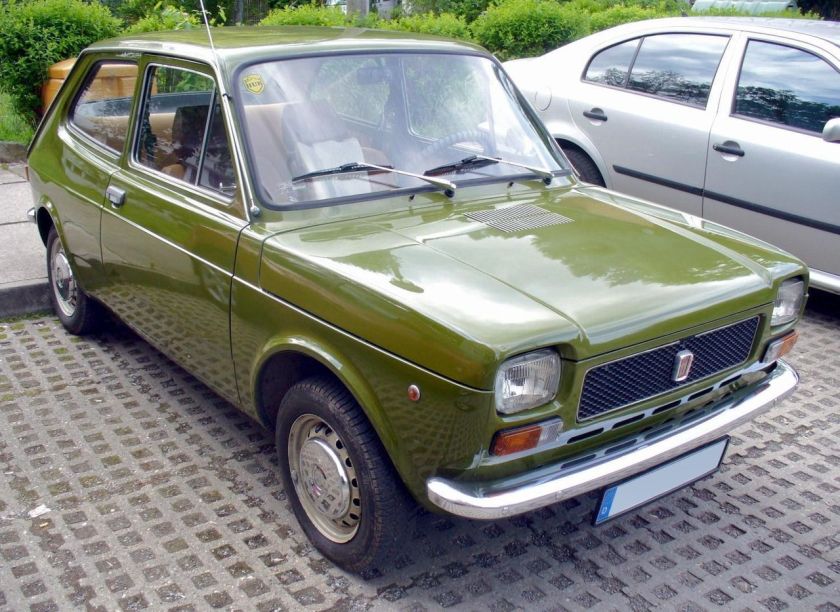 |
|
| Overview | |
| Production | 1971—1977 |
| Powertrain | |
| Engine | 903 cc OHV straight-4 |
| Dimensions | |
| Wheelbase | 2,225 mm (87.6 in) |
| Length | 3,595 mm (141.5 in) |
| Width | 1,525 mm (60.0 in) |
| Height | 1,360 mm (54 in) |
Initially only available as a two-door saloon when launched in April 1971, a three-door hatchback, using an identical body profile but with a full-depth rear door and folding rear seat, was launched the following year. This was Fiat’s first supermini-sized hatchback, along with a state-of-the-art transverse-engine/front-wheel-drive layout, with the transmission mounted on the end of the engine, both design ideas had been fully trialled since 1964, by Fiat’s Autobianchi subsidiary with the Autobianchi Primula and 1969 Autobianchi A112. The 1969 Fiat 128 was the first Fiat badged car to use the same transverse powertrain layout. The 127 used the rugged 903 cc overhead valve engine, that had powered the Autobianchi and, with various cylinder capacities, earlier generations of Fiat cars. The 127 also featured a unique transverse leaf spring suspension at the rear.
The car was one of the first of the modern superminis, and won praise for its utilisation of space (80 percent of the floor space was available for passengers and luggage) as well as its road-holding. It was launched a year before the comparable Renault 5, and before the end of the 1970s most mass market European manufacturers were producing similar cars, notable examples being the Ford Fiesta and Volkswagen Polo, while General Motors added a three-door hatchback to the Opel Kadett range, which was reworked for British production and sold as the Vauxhall Chevette.
It was also the first car fitted with an all-polypropylene bumper on steel support.[2] The 127 was an instant success, winning the European Car of the Year award for 1972, and quickly became one of the best-selling cars in Europe for several years. It was the third Fiat in six years to receive this accolade.
In June 1974, slightly over three years after the model’s introduction, Fiat reported that the one millionth 127 had been completed at the Mirafiori plant in Turin. The (in its time) hugely successful Fiat 600 had taken seven years to reach that same milestone.
Series 1
The Series 1 car changed little during its lifetime. However, in May 1973 saloons became available in both standard and deluxe versions. In 1975 the 127 Special variant was released which featured a restyled front grille and detail changes to the interior. The deluxe version was differentiated by its reclining front seats and opening hinged rear side windows as standard equipment. During the next couple of years the Fiat 850, which had initially been marketed alongside the 127, was withdrawn from most markets.
Series 2
| Series II | |
|---|---|
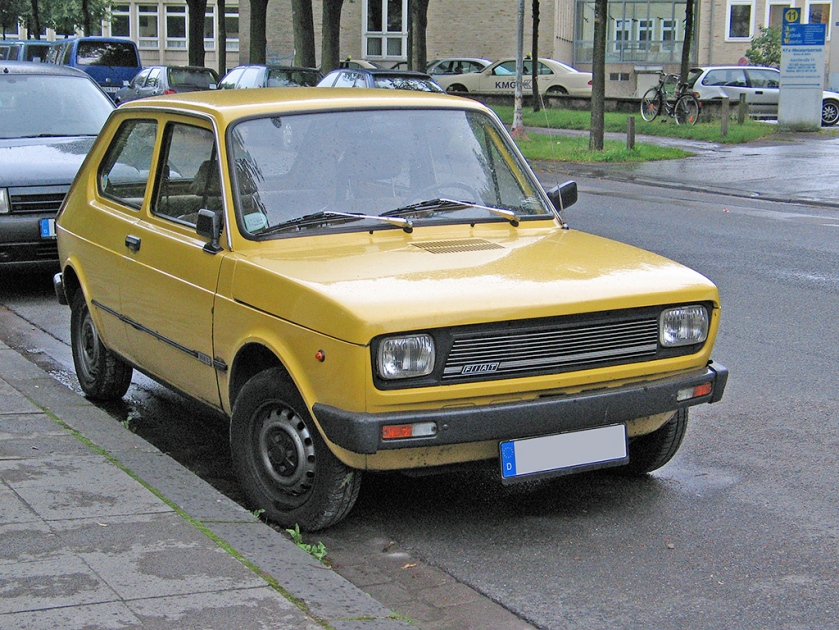 |
|
| Overview | |
| Production | 1977—1981 |
| Powertrain | |
| Engine | 903 cc 100 GL.000 OHV I4 1,049 cc 127 A.000 OHC I4 1,301 cc diesel I4 |
| Dimensions | |
| Wheelbase | 2,225 mm (87.6 in) |
| Length | 3,645 mm (143.5 in) |
| Width | 1,527 mm (60.1 in) |
| Height | 1,358 mm (53.5 in) |
| Curb weight | 688 kg (1,517 lb) |
The Series 2 version of the 127 debuted in May 1977. It featured a restyled front and rear, a new dashboard (although almost identical in layout to that of the Series 1), larger rear side windows (using rear quarter pressings derived from those used on the Brazil market Fiat 147) and the option of the 1,049 cc engine – uniquely for the 127 this was the five-bearing “Brazil” engine from the 147 rather than the Fiat OHC unit from the 128. The tailgate was extended and now reached nearly to the rear bumper, addressing complaints about the high lip over which luggage had to be lifted for loading into the earlier 127 hatchbacks.
There was also a “high-cube” panel van version, known as the Fiorino which was based on the Series 2 bodyshell, and this remained in production until 1984, when a new Uno-based Fiorino debuted.
In Scandinavia and the Baltic nations it was particularly successful, and there are still many in circulation today.
Series 3
| Series III | |
|---|---|
 |
|
| Overview | |
| Also called | Fiat Stella (Finland) |
| Production | 1982—1983 |
| Powertrain | |
| Engine | 903 cc OHV straight-4 1049 cc OHC straight-4 1301 cc SOHC straight-4 1301 cc straight-4 diesel |
The Series 3 was launched in Italy in January 1982 and soon reached other European markets. It is distinguishable from the Series 2 by a more assertively plastic grille. The addition of a corresponding panel at the rear of the vehicle implied a new ‘house style’ inspired by the recently introduced Ritmo/Strada range. The car received a completely new dashboard design and interior, again following the design language first seen in the Ritmo. The 1,301 cc Fiat SOHC engine was also introduced as an option for the Series 3.
In nations like Norway, Denmark and Finland it was particularly successful, and there are still many in circulation today.
The 127 was replaced as Fiat’s high volume product in this sector by the Fiat Uno in January 1983, though versions manufactured in South America continued in production till 1995: Fiat imported the South American 127 Unificata to Europe, until 1987.
Engines (from 1977)
| Engine | Cyl. | Power | Torque |
|---|---|---|---|
| 0.9 8V | S4 | 45 PS (33.1 kW; 44.4 hp) | 63 N·m (46 lb·ft) |
| 0.9 8V | S4 | 45 PS (33.1 kW; 44.4 hp) | 64 N·m (47 lb·ft) |
| 1.05 8V | S4 | 50 PS (36.8 kW; 49.3 hp) | 77 N·m (57 lb·ft) |
| 1.05 8V | S4 | 70 PS (51.5 kW; 69.0 hp) | 83 N·m (61 lb·ft) |
| 1.3 8V | S4 | 75 PS (55.2 kW; 74.0 hp) | 103 N·m (76 lb·ft) |
International variants
SEAT 127
As happened with other Fiat models of that era, SEAT made a Spanish version of this car called the SEAT 127. Due to SEAT design policy, a 4-door variant of the car was also produced, as well as a later five-door version. SEAT also produced a unique variant of the 127 OHV engine. This had 1,010 cc instead of 903 cc and produced 50 bhp (37 kW; 51 PS). The four-door SEAT 127 was exported to certain markets with Fiat badging.
When their licence from Fiat expired, SEAT redesigned some parts of the car and created the SEAT Fura Dos. Some design parts of this model were also used in the Ibiza mark 1. SEAT produced 1,238,166 units of the 127 between 1972 and 1984.
Polski Fiat 127p
Fiat 127 was also produced under Fiat license by Polish automobile manufacturers FSO (between 1973 and 1975) and FSM (between 1974 and 1975) under the name Polski Fiat 127p. These were assembled using both Italian and Polish parts. Originally the Polski Fiat 127p was to be produced in large numbers as a people’s car, but when it became apparent that it would be about 30% more expensive than the 126p it was decided to concentrate on the latter while the larger 127p was only produced in very small numbers.
Fiat 147
In Brazil the car was known as the Fiat 147 (later Spazio), a 3-door station wagon version called “Panorama”. There was also a conventional two-door three-box saloon available ” Fiat Oggi“, a pick-up called “City” and a van called “Fiorino” was also produced there. The Brazilian built versions utilized a 1050 Cm3 engine and a 1300 Cm3 engine called “Fiasa ” and also utilized a 1.3 L Diesel engine (for export markets only). From 1981 this variant (called a 127) was actually exported to Europe, to be sold alongside the 127 sedans and hatchbacks. A total of 1,169,312 units were built from 9 July 1976 to the end of 1986 in Brazil and 232,807 units were also built in Argentina between 1982 and 1996, as the Fiat 147, Spazio, and Vivace. It was also assembled in the CCA in Colombia.
Although the car achieved reasonable selling figures, the model was titled as “low-level” and “not so reliable” by early buyers, because of the fact that Fiat was just starting selling cars in Brazil in the late 1970s and early 1980s. It was the first model produced by FIAT in Brazil, in 1976.
Specials
1980 Moretti Midimaxi (2nd series)
Italian coachbuilder Moretti made a canvas-topped version in the style of the Renault Rodeo and Citroën Méhari called the “Midimaxi” (to set it apart from the smaller, 126-based Minimaxi). In spite of its rugged appearance, the front-wheel drive underpinnings remained the same. The Midimaxi was first shown at the 1971 Turin Motor Show, which was also when the very similar Fissore 127 Scout first appeared.
Movie roles
In the 1986 film Gung Ho, centered on a (fictional) Japanese auto manufacturer reopening a shutdown automobile factory in a fictional western Pennsylvania town, some of the movie’s “Assan Motors” cars were Fiat 127s (and Fiat Regatas) in various stages of completion.
- 1971 Fiat 128 1100SL Coupé
- 1971 Fiat 128 1300SL Coupé
- 1971 Fiat 128 Rally
- 1973 Fiat 314/3 urban/intercity bus
- 1971 Fiat 130 Coupé
- 1971 Fiat 130 Coupé Automatic
- 1972 Fiat 124 Abarth Rallye
- 1972 Fiat 124 Coupé 1800
- 1972 Fiat 124 Spider 1800
- 1972 Fiat 127 L
- 1972 Fiat 421 city/urban bus
- 1972 Fiat 500L
- 1972 Fiat 500L Berlina
- 1972 Fiat 850 Familiare
- 1972 Fiat X1/9
1972 Fiat X1/9
|
||||||||||||||||||||||||||||||||||||||||||||||
The Fiat X1/9 is a two-seater mid-engined sports car designed by Bertone and manufactured by Fiat from 1972-1982 and subsequently by Bertone from 1982-1989.
With a transverse engine and gearbox in a mid-mounted, rear-wheel drive configuration, the X1/9 was noted for its excellent handling, lightweight-removable hardtop, front and rear-storage compartments — and for being designed from its conception to meet the late 60s U.S. safety regulations.
Pre-production
History and packaging
The X1/9 succeeded a 1969 show concept car called the Autobianchi Runabout, with styling by Bertone under chief designer Marcello Gandini. The Runabout was powered by the engine of the Autobianchi A112.
Designed around the all-new 128 SOHC engine and gearbox (transmission) from the front wheel drive Fiat 128, the X1/9 relocated the transverse drive train and suspension assembly from the front of the 128 to the rear of the passenger cabin, directly in front of the rear axle, giving a mid-engined layout. The layout also located the fuel tank and spare wheel side by side ahead of the engine, directly behind the seats — optimizing the proportion of the car’s weight falling within its wheelbase for more effective handling and also enabling cargo areas front and rear.
Fiat began marketing a right-hand drive variant in 1976.
Unlike Fiat’s marketing nomenclature at the time which used a numerical system (e.g., 127, 128, 124, 131) denoting relative position in the model range, the X1/9 retained its prototype code as its marketing name. Fiat’s prototype coding used X0 for engines, X1 for passenger vehicles and X2 for commercial vehicles. The X1/9 was thus the ninth passenger car developed using the nomenclature.
Concept car
The prototype car featured a distinctive wedge shape and took many styling cues from contemporary power-boat design. Though the more extreme features of the Runabout such as the C pillar mounted headlights and the small wind-deflector windscreen were lost for the production car, many aesthetic features of the Autobianchi Runabout are readily identifiable on the X1/9. The long flat bonnet (hood) with central indentation, the large front overhang, the wedge shape with prominent C pillar roll-over hoop and the car-length indented plimsoll-line all made the successful transition to the X1/9, giving it a highly distinctive appearance.
Once developed for production, the two-seater featured sharp-edged styling with a wedge shape, pop-up headlights and a removable hard top roof panel (targa top). The removable hardtop stores in the front luggage compartment, below the front hood, only slightly reducing the space available for cargo. An aftermarket company offered a top made of lightweight clear-smoked polycarbonate.
Production
Essential X1/9 Sales in European and UK markets
The car was developed for release for European sales in 1972 to replace the 850 Spider by Bertone. It was not intended as a replacement for the 124 Sport Spider and production of the 124 Spider and X1/9 continued in parallel for much of the X1/9’s life. The car’s monocoque body was produced at the Bertone factory in Torino (Turin) and then transported to the Fiat’s Lingotto factory for final assembly. In 1982, shortly after the introduction of the 1500 model, complete production was assumed by Bertone with models subsequently badged as the Bertone X1/9. Bertone models featured revised footwells redesigned to enhance legroom and sitting comfort for persons taller than the original design target.
The first models featured a 75 bhp (56 kW) 1290 cc single overhead cam engine with an aluminium head.
The last production models were named the Gran Finale and sold over the 1989/1990 period. They were a dealer modification of the Special Edition (commonly abbreviated to SE) of 1988/1989, with the addition of a rear spoiler and Gran Finale badges.
US Sales of X1/9s
The X1/9 underwent three generations in the USA: 1974 cars, 1975-78 cars, and 1979-87 cars.
1974 USA examples aligned closely with worldwide models, including small bumpers, 1290cc engine, and 4-speed transmission.
1975-78 USA cars were unique to the US market with “ladder-style” impact absorbing bumpers front and rear. To meet USA evaporative and exhaust emission standards, X1/9’s were fitted with exhaust gas recirculation valves, air pumps and an activated charcoal system. These cars were rated at 63HP.
In 1979 USA cars received an increase in displacement to 1498cc and a 5-speed transmission. 1979 USA cars retained the previous emission controls. Model years 1980 and 1981 saw a transition from carburetion to Bosch L-Jetronic fuel injection, with the changeover coming in 1980 for cars sold in California and a gradual changeover for “federal” cars from late 1980 to 1981 model years. The combination of Fuel Injection (FI), a catalytic converter and unleaded gasoline allowed these cars to meet California and later federal emission standards. FI cars were rated at 75HP.
1988 – FIAT X1,9 1500 cc
In 1979 USA X1/9s also received both exterior and interior revisions including integrated bumpers front and rear, as well as a new front grille and airdam. The instrument panel and dash redesign moved the heating and ventilation controls from the center console up to the main dash, relocated the radio into the center dash area, moved the fuse panel from the area above the driver’s left knee to the area above the passenger’s footwell where the glovebox was, and moved the glovebox atop the dash.
Fiat X19 Engine Bay
During 1982, Fiat ended its presence in the USA. Fiat turned over marketing and support of the X1/9 to International Automobile Importers, Inc., headed up by Malcolm Bricklin, and turned over full production duties to Bertone. 1983 was a transition year for the orphaned X1/9, which thereafter was sold as the “Bertone X1/9.” IAI and Bertone continued to update the X1/9, such as providing rust protection, revised seating to accommodate taller drivers, and a modernized electrical system for 1984 models.
Fiat X1,9 Interior
US sales of the X1/9 took a nose dive in the final few years, and 1987 was the last year that IAI imported X1/9s to the USA.
Fiat X1,9 Dallara ant
From mid 1987 to end of the production in 1989 the BERTONE X1/9’s were imported to USA by M.I.K. Automotive, Inc. in North Hollywood California, owned by Miro Kefurt, who at that time was number one Bertone dealer in USA and one of the very few that sold exclusively X1/9s. Last four X1/9s were imported to USA in April 1990 (1989 Model Year produced 12/1989).
- 1973 Fiat 126
1973 Fiat 126
| Fiat 126 Polski Fiat 126p |
|
|---|---|
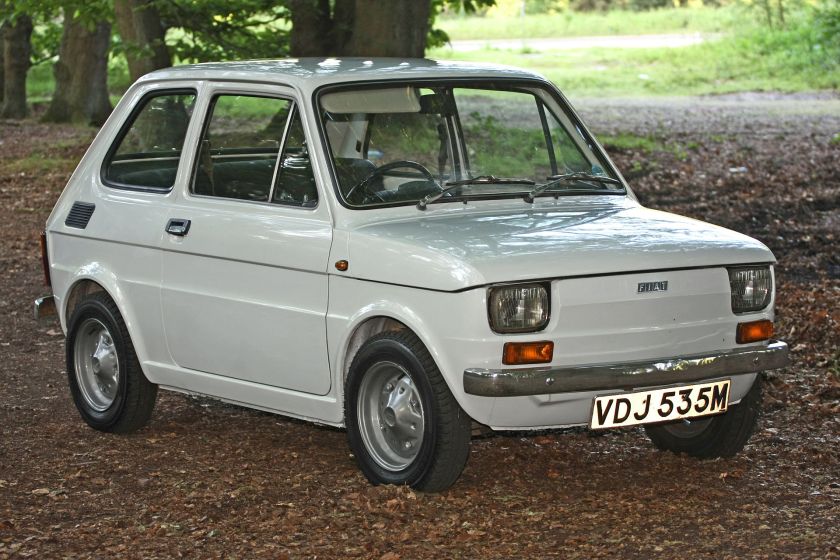 |
|
| Overview | |
| Manufacturer | Fiat (1972-1980) FSM (Polski Fiat 126p, 1973-1992) Fiat Auto Poland (1992-2000) |
| Also called | Zastava 126 |
| Production | 1972–2000 4,673,655 units |
| Designer | Sergio Sartorelli |
| Body and chassis | |
| Class | City car |
| Body style | 2-door saloon/sedan 3-door hatchback (PF 126p Bis) |
| Layout | RR layout |
| Related | Fiat 133 SEAT 133 |
| Powertrain | |
| Engine | 594 cc Straight-2 652 cc Straight-2 704 cc Straight-2 |
| Dimensions | |
| Wheelbase | 1,840 mm (72.4 in) |
| Length | 3,054 mm (120.2 in) |
| Width | 1,378 mm (54.3 in) |
| Height | 1,302 mm (51.3 in) |
| Curb weight | 580–619 kilograms (1,279–1,365 lb) |
| Chronology | |
| Predecessor | Fiat 500 |
| Successor | Fiat Cinquecento |
The Fiat 126 (Type 126) is a city car introduced in October 1972 at the Turin Auto Show as a replacement for the Fiat 500. Some were produced in Bielsko-Biała, Poland, as the Polski Fiat 126p until 2000. It was replaced by the front-engined Fiat Cinquecento in 1993.
History
The 126 used much of the same mechanical underpinnings and layout as its Fiat 500 rear-engined predecessor with which it shared its wheelbase, but featured an all new bodyshell closely resembling a scaled-down Fiat 127.
Engine capacity was increased from 594 cc to 652 cc at the end of 1977 when the cylinder bore was increased from 73.5 to 77 mm. Claimed power output was unchanged at 23 PS (17 kW), but torque was increased from 39 N·m (29 lb·ft) to 43 newton metres (32 lb·ft). The 594 cc engines were still available in early 1983 production.
A subsequent increase took the engine size to 704 cc in new “restyling” model Fiat 126 Bis (1987–1991), with 26 PS (19 kW) of motive power.
In Italy, the car was produced in the plants of Cassino and Termini Imerese until 1979. By this time 1,352,912 of the cars had been produced in Italy.
The car continued however to be manufactured by FSM in Poland, where it was produced from 1973 to 2000 as the Polski Fiat 126p. Even after the introduction of the 126 Bis (a 126p with water-cooled 704 cc engine of indigenous Polish construction), the original model continued to be produced for the Polish market. The car was also produced under licence by Zastava in Yugoslavia. In 1984, the 126 received a facelift, giving it plastic bumpers (for all versions) and a new dashboard. This model named Fiat 126p FL. In 1994, the 126p received another facelift, and some parts from the Fiat Cinquecento, this version was named 126 EL. The 126 ELX introduced a catalytic converter.
Despite clever marketing, the 126 never achieved the frenzied popularity of the 500. The total number of 126 produced is: 1,352,912 in Italy, 3,318,674 in Poland, 2,069 in Austria, and an unknown number in Yugoslavia. For a brief period in the early 1990s, a German company called POP also offered convertible versions of the 126 BIS. Two models were offered: a lesser equipped one called the “POP 650” and a more luxurious model called the “POP 2000”.
Polski Fiat 126p
The car was produced in Poland under the brand Polski Fiat 126p (literally in English: Polish Fiat 126p) between 1973 and 2000. At first it was almost identical with the basic model: differences included a higher chassis, a modified grille on the back, and the front blinkers that were white in Italy but orange for other markets. To distinguish it from the original Italian car, the letter “p” was added to its name. It was produced by Fabryka Samochodów Małolitrażowych (FSM) in Bielsko-Biała and Tychy under Italian Fiat licence. Throughout the 1980s the 126p was continuously modified. First it received upgraded brakes and new wheels from Italian Fiat, hazard blinkers were added to meet new law requirements, in 1985 tail fog light and factory back-up light were added to then standard plastic bumpers, an electronic ignition system and alternator replaced undersized generator around 1987. The factory battery in 126p had only 35 Amp-hour capacity which combined with undersized generator resulted in never fully charged battery unless someone drove the car without stopping for extended time period. Some owners upgraded to a 45 Amp-hour battery from Fiat 125p (1.5 Liter engine) to improve the cold start reliability. Due to a relatively low price it was very popular in Poland and was arguably the most popular car there in the 1980s. Its very small size gave it the nickname maluch (“the small one”,”small child”, pronounced [ˈmalux]). The nickname became so popular that in 1997 it was accepted by the producer as the official name of the car.
It was exported to many Eastern Bloc countries and for several years it was one of the most popular cars in Poland and in Hungary as well. It also found a minor market in Australia between 1989 and 1992, under the name FSM Niki. During that period it was Australia’s cheapest car. There was a convertible version developed for Australian market.
Throughout the 1980s there were several experimental prototypes developed in Poland. A cargo version called “Bombel” (literally can mean “a bubble” but referred to a familial and alternative term for “small child”) for its fiberglass bubble shaped cargo enclosure, an off road version propelled by caterpillar tracks and a front wheel drive, front engine, with longer front end and flat cargo area in the rear where the original 126 had engine. The rear of this prototype was similar to the 126 Bis which also had a rear hatch for accessing the cargo space above the flat water cooled engine hidden in the floor. There was also an attempt at installing a small diesel engine (due to gasoline rationing) in the classic 126p body.
History of PF 126p
- 1972 – the FSM car factory was built in Bielsko-Biała.
- 6 June 1973 – the first Polski Fiat 126p constructed from Italian parts. The official price was 69,000 Polish złotys with PKO Bank Polski accepting pre-payments on savings books starting 5 February 1973.
- 22 July 1973 – the official opening of the factory’s production line (by the end of that year over 1500 Fiats were manufactured).
- September 1975 – production started in a factory in Tychy.
- 1977 – engine capacity increased from 594 cc to 652 cc. Engine power increased to about 24 horsepower (18 kW).
- 1978 – production of types with engine capacity 594 cc ended.
- 1979 – production of Polski Fiat 126p continued only in Bielsko-Biała.
- 1981 – 1,000,000th Polski Fiat 126p produced.
- December 1984 – technical changes in the construction and body. Type FL introduced.
- 1987 – beginning of the production of the water-cooled Polski Fiat 126p Bis version (704 cc capacity).
- May 1993 – 3,000,000th Polish Fiat 126p produced.
- September 1994 – body improvement, creating type “el” with parts similar to those used in Fiat Cinquecento.
- January 1997 – introduction of a catalytic converter.
- 22 September 2000 – production ended after a production run of 3,318,674 units. All Fiats of the last limited Happy End series were yellow or red (500 cars in red and 500 cars in yellow).
The global production of this amiable car was 4,673,655 units: 1,352,912 in Italy, 2,069 in Austria by Fiat-Steyr and 3,318,674 in Poland.
Political connotations
The PF 126p has special meaning for Poles and its story had a connection with Polish politics during the communist period (Polish People’s Republic, up to 1989). In a communist system, a private car was considered a luxury good, due to limited availability and low salaries. In 1971 there were only 556,000 passenger cars in Poland. In a socialist planned economy, decisions on whether a state-owned factory could produce a car were taken on political and not just economic grounds. The authorities themselves initially did not find the idea of private cars attractive. The first relatively cheap Polish car was the Syrena, but it was outmoded and its production was limited. Limited numbers of cars were also imported from other Eastern Bloc countries. It was difficult to buy a western car because the Polish złoty, like other currencies in communist states, was not convertible to western funds and there was no free market in the country.
Thus, the PF 126p was intended to be the first real, popular and affordable car, to motorize ordinary families. The licence was bought after the rise to power of a new communist party leader, Edward Gierek, who wanted to gain popular favour by increasing consumption after the Spartan period under Władysław Gomułka. Despite the fact that it was a very small city car, it was the only choice for most families, playing the role of a family car. During holidays, it was common to see four-person families driving PF-126s abroad with huge suitcases on a roof rack; sightings of PF-126s towing a small Niewiadów N126 caravan specially designed for the PF 126 were also occasionally reported. PF 126p production, however, was not sufficient and the PF 126p was distributed through a waiting list. Usually families had to wait a couple of years to buy a car. A coupon for a car could also be given by the authorities based on merit.
Nicknames
In Poland it is called Maluch, which literally means “small one” or toddler, as well as mały Fiat (“small Fiat”), in contrast to Fiat 125p, called duży Fiat (“big Fiat”). In some regions, it is also called Kaszlak literally “cougher” (derived from kaszel meaning “cough“, as its engine’s sound resembles a cough when it is started).
Fiat 126p in Havana, Cuba, March 2014
In Albania and Kosovo it is known as Kikirez.
In Serbian and Croatian it is known as Peglica (meaning “little iron“).
In Slovene the 126 is also called Bolha (“flea“), Piči-poki (loosely translated as “fast-and-loud”) or Kalimero on Slovenian coast after a cartoon character Calimero.
In Hungarian, it is known as kispolszki (“little Polish”, while the 125p is the nagypolszki, meaning “big Polish”), kispolák (“little Pole“) or törpe-polyák (“dwarf Pole”); also, the car was nicknamed egérkamion, meaning “a mouse’s truck” or aszfaltpattanás, meaning “asphalt pimple”.
In Germany the Fiat 126 was known as the Bambino, the Italian word for child.
In Cuba it is known as “Polaquito” and in Chile as “Bototo”.
- 1973 Fiat 132
1973 Fiat 132
| Fiat 132 | |
|---|---|
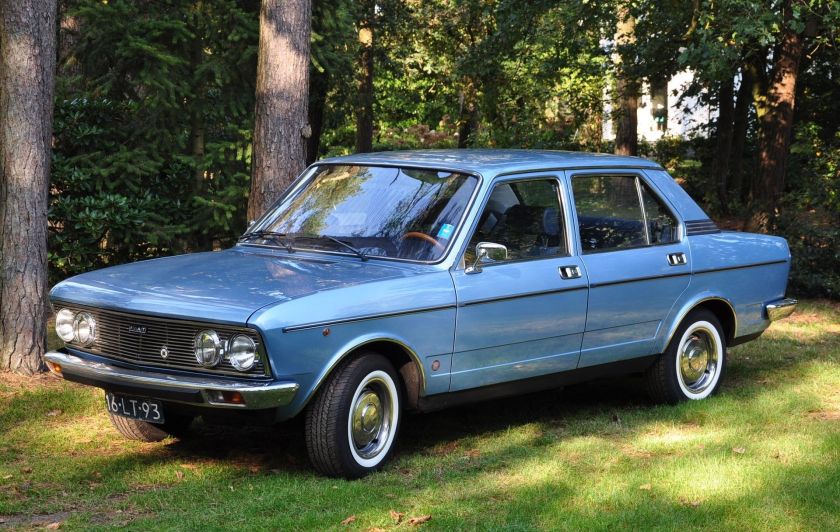
Fiat 132 after the 1974 redesign
|
|
| Overview | |
| Manufacturer | Fiat |
| Production | 1972–81 |
| Body and chassis | |
| Class | Large family car |
| Body style | 4-door saloon |
| Layout | FR layout |
| Related | SEAT 132 |
| Powertrain | |
| Engine | Petrol: 1.6 L straight-4 1.8 L straight-4 1.8 L straight-4 2.0 L straight-4 2.0 L straight-4 supercharged Diesel: 2.0 L straight-4 2.5 L straight-4 |
| Transmission | 4 and 5-speed manual 3-speed automatic |
| Dimensions | |
| Wheelbase | 2,557 mm (100.7 in) |
| Length | 4,405 mm (173.4 in) |
| Width | 1,640 mm (64.6 in) |
| Height | 1,422 mm (56.0 in) |
| Curb weight | 1120-1170 kg (2469-2579 lb) |
| Chronology | |
| Predecessor | Fiat 125 |
| Successor | Fiat Argenta |
The Fiat 132 is a large family car produced by the Italian automobile company Fiat from 1972 to 1981. An updated version of the 132, called the Argenta was produced from 1981 to 1985.
Fiat 132 (1972–73)
The 132 was introduced as a replacement for the Fiat 125 and like it, came with twin overhead cam (TC) engines as standard. However, the Fiat 132 looked more like the larger top-of-the-range Fiat 130.
Like the 125, the 132 came with a five speed gear box, optional in some markets and standard in others: this was still a relatively unusual feature in this class of car in 1977. GM “Strasbourg” automatic transmission was listed as an option.
Fiat 132 (1974–76)
A major update to the front suspension was implemented for January 1974 in response to criticism of the handling and very low geared steering. Press reports of the time commend the improved handling which was also supported by the fitting of wider tires, although poor fuel consumption at high speed continued to draw adverse comment, even where the (unusual for the time) five speed transmission option was specified. In the same year an external redesign gave the impression of a lowered waistline resulting from larger side windows and included a reshaped C-pillar which appeared to owe something to the recently introduced BMW E12. For the driver, new shock absorbers accompanied the suspension improvements. The 1600 cc engine remained unchanged but the 1800 cc engine benefitted from a modified cylinder head and carburettor resulting in a small increase in claimed output to 107 hp (80 kW), along with a usefully flattened torque curve. Interior improvements included a redesigned steering wheel along with improved heating and ventilation controls.
Fiat 132 (1977–81)
In April 1977, the 132 received a further facelift. New plastic “safety” bumpers were introduced to the model, and the gearing of the steering was raised, supported by the addition of servo-assistance. Inside were a new dashboard and seat trims. At this point, with the 130 having been discontinued, the 132 became the “flagship” of the Fiat range.
It was available with seven different engines:
- 1.6 litre petrol producing 98 hp (73 kW) 1592 cc (later 1585 cc after 1977)
- 1.8 litre petrol with 107 hp (80 kW) 1756 cc
- 1.8 litre petrol with 111 hp (83 kW) 1756 cc
- 2.0 litre petrol 112 hp (84 kW) 1995 cc (from 1977)
- 2.0 litre petrol with fuel injection producing 122 hp (91 kW) 1995 cc (from 1977)
- 2.5 litre diesel with 60 hp (45 kW) 2435 cc
- 2.5 litre diesel with 72 hp (54 kW) 2435 cc
Overseas assembly
The 132 had limited manufacture outside Italy compared to the smaller 124. The car was built in Spain by SEAT with a version that was sold between 1973 and 1982.
In Poland the 132 was offered from 1973 as the Polski Fiat 132p. The car was described as “assembled by FSO“, though actually the cars were shipped from Italy almost complete. FSO only did the final assembly, fitting minor parts like wipers, batteries, wheels and logos. The Polski Fiat 132p was a favourite with high state officials and security services. 270 Argentas were also assembled in this way in 1985 by FSO.
Kia built 4,759 units of the 132 from CKD kits in 1979 in South Korea.
1974 Fiat 133
1974 FIAT SEAT 133
| SEAT 133 | |
|---|---|
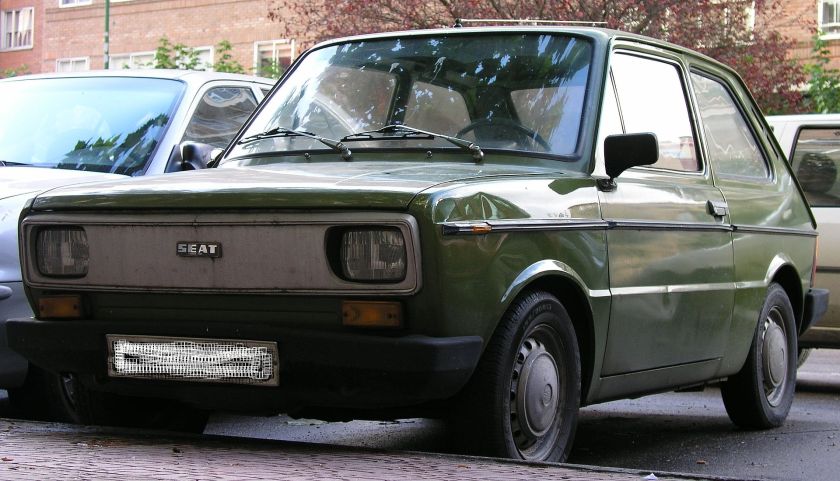 |
|
| Overview | |
| Also called | Fiat 133 |
| Production | 1974–1982 |
| Assembly | Spain, SEAT Argentina, Fiat |
| Body and chassis | |
| Class | City car |
| Body style | Two-door saloon |
| Layout | RR layout |
| Related | Fiat 850 Fiat 126 Fiat 127 |
| Powertrain | |
| Engine | 843 cc straight-4 34-37 PS 903 cc straight-4 |
| Dimensions | |
| Wheelbase | 79.125 in (2,009.8 mm) |
| Length | 135.875 in (3,451.2 mm) |
| Width | 56 in (1,400 mm) |
| Height | 52.25 in (1,327 mm) |
| Curb weight | 690 kg (1521 lb) |
| Chronology | |
| Predecessor | SEAT 600 |
The SEAT 133 was a small rear-engine car designed and sold by SEAT in Spain from 1974 to 1979. The car used the chassis and engine of the by then defunct Fiat/SEAT 850 and featured a new body in the style of the contemporary, somewhat smaller and only indirectly related Fiat 126.
The car was first exhibited at the Barcelona Motor Show in May 1974. Noteworthy at that time was the compression ratio of only 8:1, which permitted the car to run on 85 octane petrol/gasoline. This was still appropriate in Spain, but elsewhere in western Europe even “regular” fuel grades by now generally guaranteed a higher minimum octane rating.
The 133’s design premise was that it had to be a cheap car both to develop and build. Thus, the final product inherited most of its components from the SEAT 850 (or very closely related Fiat 850). As with the 850, it was a rear-wheel drive, rear-engined car, a layout a that was being replaced by a trend for front-engined, front-wheel drive hatchbacks like the Renault 5 and Fiat’s own Fiat 127.
The 133 effectively replaced the SEAT 850 and the SEAT 600 both of which had been produced in considerable numbers with around 800,000 of the more venerable 600 built – almost exclusively for the domestic market – by 1974.
It was developed in Spain by SEAT, with which Italian company Fiat had signed an agreement of collaboration in the 1950s. Initially the 133 was only sold in Spain and did not enjoy great success, since it suffered from frequent overheating problems. It was intended to replace the old 600 and 850 models, and was also meant to provide a means for SEAT to open new markets and make up for the loss of sales in Spain that would come with the disappearance of the restrictions in car imports during the 1970s: it later enjoyed success in other parts of the world, such as Egypt for example, where the car is still in service.
Reflecting the rear engine lay-out, there was just a small well for parcels behind the back seats, with more room for luggage under the ‘bonnet/hood’ at the front of the car.
Up to 200,000 SEAT 133s had been produced by 1979 in Spain. A further 15,821 were made in the Fiat/Sevel Plant at Córdoba in Argentina between 1977 and 1982.
In April 1977, it was announced that Egypt was about to become the world’s 32nd car-producing country. This followed the signing of an agreement for the shipment of ckd kits from Seat’s Barcelona plant to the Helwan premises of the Nasr Automotive Manufacturing Company for assembly, in order to supply the Egyptian market and for export to Iraq.
The SEAT 133 was exported to Germany from the autumn/Fall of 1974: there it found some success among rear-wheel-drive loyalists in the mid-seventies. It was also sold in Britain from June 1975. These countries had no SEAT dealership network at the time, and the cars were branded as Fiat 133s, to be marketed alongside the Fiats 126 and 127.
Fiat 133
Fiat 133 was the name used for the car in certain export markets where the SEAT brand was unknown. Around 127,000 units were exported, mostly under the Fiat name.
From 1977 to 1980 the Fiat Argentine subsidiary built them, also under the Fiat name.
Motorsport
The 133 is also popular in the low-budget Finnish motorsport called Jokkis, where over 50 per cent of the drivers drive Fiat 133s.
- 1975 Fiat 130 Opera
- 1975 Fiat Mirafiori 1600 CL
- 1976 Fiat 131 Abarth
1976 Fiat 131
| Fiat 131 | |
|---|---|
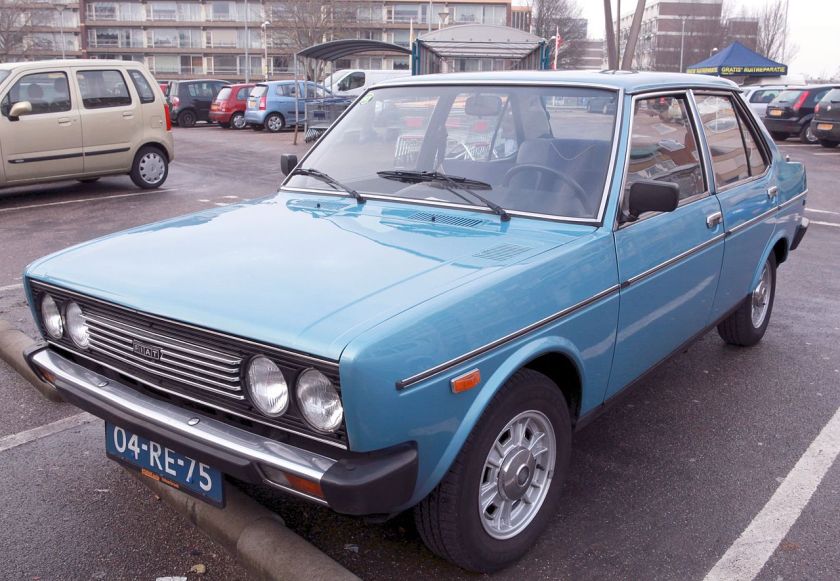
Fiat 131 (series 1)
|
|
| Overview | |
| Manufacturer | Fiat |
| Also called | Fiat Mirafiori Fiat Supermirafiori Fiat Brava (US) Fiat SuperBrava Polski Fiat 131p |
| Production | 1974–1984 |
| Assembly | Comprensorio di Mirafiori, Turin, Italy Bogotá, Colombia La Victoria, Aragua, Venezuela, Jakarta, Indonesia Casablanca, Morocco (SOMACA) Warsaw, Poland (FSO) Barcelona, Spain (SEAT 131) |
| Body and chassis | |
| Class | Small family car/Mid-size car |
| Body style | 4-door saloon 2-door saloon 5-door estate 3-door panel van |
| Layout | FR layout |
| Related | SEAT 131 Tofaş Şahin Tofaş Murat 131 Tofaş Dogan Tofaş Kartal (estate) |
| Powertrain | |
| Engine | I4 |
| Transmission | 4 and 5-speed manual 3-speed automatic |
| Dimensions | |
| Wheelbase | 2,490 mm (98.0 in) |
| Length | 4,230 to 4,264 mm (166.5 to 167.9 in) |
| Width | 1,644 to 1,651 mm (64.7 to 65.0 in) |
| Height | 1,381 to 1,411 mm (54.4 to 55.6 in) |
| Curb weight | 950 to 1,145 kg (2,094 to 2,524 lb) |
| Chronology | |
| Predecessor | Fiat 124 |
| Successor | Fiat Regata |
The Fiat 131, additionally called “Mirafiori”, is a small/medium family car produced by the Italian car manufacturer Fiat from 1974 to 1984. It was exhibited at 1974 Turin Motor Show.
The 131 was the replacement for the successful Fiat 124, and available as a two-door and four-door saloon and 5-door estate. The 131 was given the Mirafiori name after the Turin suburb where the cars were produced. Naming the car in this way marked a break with the former Fiat convention, established in the 1960s, of naming their mainstream models only with a three digit number, and it set the pattern for Fiat to adopt a new naming practice, with carefully chosen names for subsequent new models. Initially, the 131 was offered with 1.3 L and 1.6 L overhead valve engines. Revisions were made in 1978 and 1981, and all models were produced until production ceased in 1984.
In total, 1,513,800 units were produced in Italy.
Specifications
The Fiat 131 employed construction techniques and technologies typical of its day. The body was a steel monocoque. Designed and styled on the typical three-box design, with distinct boxes for the engine compartment, passenger compartment, and boot.
The major mechanical components were also conventional and contemporary, but with some notable advances. The 131 employed a front engine, rear-wheel drive layout, whereby the engine is longitudinally mounted in the front of the car. The gearbox is directly behind the engine, and a tubular propeller shaft, under the transmission “tunnel”, transmits the drive to a solid live rear axle.
The engines were all inline-four types, derived from those used in the outgoing 124 range, with a cast iron cylinder block and aluminium alloy cylinder head. Initially the 131 was offered only with pushrod valve gear, which offered the innovation of being the world wide first engine with OHV valve gear and a belt driven camshaft. Only later in the model’s life came the well known double overhead camshaft (DOHC) engines which used a toothed timing belt. Fuel supply was via a single Weber ADF twin-choke carburettor, fed from a trunk mounted steel fuel tank. Traditional contact breaker ignition systems were used, usually with Marellidistributors.
The suspension system utilised fully independent front suspension, with MacPherson struts, track control arms and anti-roll bar. The rear suspension was quite advanced (when using a solid live rear axle), in that the rear axle was controlled by double unequal length trailing arms and a panhard rod, with coil springs and direct acting dampers. This design proved far superior to many of its contemporaries, especially with vehicle stability and handling.
The braking system was also typical; the front brakes were disc brakes, using a solid iron disc and a single-piston sliding caliper. The rears were drum brakes, utilising leading and trailing shoe design operated by a dual piston fixed slave cylinder. They were operated hydraulically, with a tandem master cylinder assisted by a vacuum servo using two separate circuits. A rear-mounted load sensing valve varied the bias of effort applied to the rear brakes, dependent on the load being carried (and also the pitch dynamics caused by braking effort and road levels). A centrally located floor mounted handbrake operated on the rear axle usingbowden cables.
The cars’ interior offerend another world wide first in having the secondary switches in the dashboard illuminated by a central bulb somewhere in the dashboard and fibre optics from there to the switches.
Series 1
Initially the 131 came with 1,297 cc or 1,585 cc OHV inline-four engines, of the engine family first introduced in the Fiat 124. The first series was available with two body styles; saloon and estate Familiare. Station wagons were built by SEAT in Spain, but were labelled Fiats for all non-Spanish markets. There were two trim levels – the basic “131” and the better appointed “131 S” or “131 Special”, which could be distinguished from the base model by its quadruple circular headlamps, chrome window surrounds and different instrumentation. US market versions had an SOHC 1.8-litre four and were available with a GM three-speed automatic.
In 1976, 400 examples of the Fiat Abarth 131 Rally were built for homologation purposes. These cars were built in a cooperation between Fiat, Bertone and Abarth. Bertone took part-completed two door standard bodyshells from the production line in Mirafiori, fitted plastic mudguards front and rear, a plastic bonnet and bootlid and modified the metal structure to accept the independent rear suspension. The cars were fully painted an trimmed and then delivered back to the Fiat special Rivalta plant where they received the Abarth mechanicals.
The street version of the car used a 16-valve DOHC derivative of the standard DOHC engine, which equipped with a double Weber downdraught carburettor produced 140 PS (103 kW; 138 hp). The street cars used the standard gearbox with no synchromesh (Rally type regulations required the use of the same type of synchromesh on the competition cars as on the street versions) and the hopelessly underdimensioned brake system of the small Fiat 127. Competition cars used dry sump lubrication and eventually Kugelfischer mechanical fuel injection. In race specifications, the engine produced up to 240 PS (180 kW) in 1980, being driven to World Champiship status by Walter Röhrl.
Another special version was the nearly 5-metre long “131 Diplomatic” limousine version made in Salvatore Diomante‘s carrozzeria near Turin.
| Model | Displacement | Engine type | Power |
| Mirafiori | 1,297 cc | straight-4 ohv | 65 PS (48 kW; 64 hp) |
| Mirafiori | 1,585 cc | straight-4 ohv | 75 PS (55 kW; 74 hp) |
| Familiare | 1,297 cc | straight-4 ohv | 65 PS (48 kW; 64 hp) |
| Familiare | 1,585 cc | straight-4 ohv | 75 PS (55 kW; 74 hp) |
| Abarth Rally | 1,995 cc | straight-4 dohc | 140 PS (100 kW; 140 hp) |
| US version | 1,756 cc | straight-4 sohc | 87 PS (64 kW; 86 hp) |
Series 2
The 131 got a minor facelift in 1978. New DOHC, or “Twin Cam” (TC) engines arrived, and these models were badged as Supermirafiori. The biggest change exterior-wise for the Series 2 was larger rectangular shaped front lights (quad round headlights in the US), new bumpers, new bigger rear lights and new interior trim including a chunky, single-spoked steering wheel.
Also in 1978, the 2-door sporting version Racing (Mirafiori Sport in the UK) with 115 PS (85 kW) twin cam engine, was launched. This car had four round headlights (the inner headlights being smaller than the outer ones, unlike any other Mirafiori model produced), different grille, spoilers and extended wheel arches, and a short-throw 5 speed gearbox. The Racing had top speed of 180 km/h (110 mph). Diesel engined versions also had four round headlights (equally sized), and a noticeable (and characteristic) bump in the hood to accommodate the taller engine. The Familiare (estate) was renamed as Panorama.
Dashboard of Series 2
Fiat 131 2000 Racing
1979 Fiat 131 Supermirafiori 98PS
fiat-131-marengo-a-van-version-of-131
The Series 2 was marketed in the United States as the Fiat Brava from mid-year 1978 with the same 1.8-litre four as had been used in the US-market 131, but before the year was over this was replaced by the 2 litre twin cam four also seen in the Spider. Initially, a better equipped Super Brava was also available, but the base model and “Super” tag were dropped for 1979. For 1980 a more powerful fuel-injected version was added (102 hp or 76 kW) while the Estate version was dropped. For 1981 the EFI engine became standard equipment and the headlamps were changed for single rectangular units, but this was to be the last year for the Brava/131 in the US.
| Mo. |
In June 1981, a new sport version, the Volumetrico Abarth, was introduced to some markets, with a supercharged version of the familiar 2-litre twin-cam. This car, also known as the 2000 TC Compressore, was built in a small series (about 200 units ) and could reach 190 km/h (118 mph).
Fiat 131 Supermirafiori rear view
In 1983, the production of saloon version was discontinued, but the estate, now named 131 Maratea, remained in production with two engine choices (115 PS 2.0 TC and 72 PS 2.5 D) until 1985, when they were replaced with the Ritmo-based Regata Weekend. These last versions featured four round headlights and the by-now familiar five-bar grille.
| Model | Displacement | Engine type | Power |
| Mirafiori | 1,367 cc | straight-4 sohc | 70 PS (51 kW; 69 hp)LB 0071 A |
| Mirafiori CL | 1,585 cc | straight-4 sohc | 85 PS (63 kW; 84 hp) |
| Supermirafiori | 1,367 cc | straight-4 dohc | 75 PS (55 kW; 74 hp) |
| Supermirafiori* | 1,585 cc | straight-4 dohc | 98 PS (72 kW; 97 hp) |
| Supermirafiori | 1,995 cc | straight-4 dohc | 115 PS (85 kW; 113 hp) |
| Volumetrico Abarth | 1,995 cc | straight-4 | 140 PS (103 kW; 138 hp) |
| Panorama | 1,301 cc | straight-4 ohv | 65 PS (48 kW; 64 hp) |
| Panorama | 1,585 cc | straight-4 sohc | 85 PS (63 kW; 84 hp) |
| Mirafiori Diesel 2000 | 1,995 cc | straight-4 | 60 PS (44 kW; 59 hp) |
| Mirafiori/Supermirafiori Diesel 2500 | 2,445 cc | straight-4 | 72 PS (53 kW; 71 hp) |
Motorsport
The 131 as a rally car
The Fiat Abarth 131 was a very successful group 4 rally car, winning the manufacturers’ World Rally Championship three times: in 1977, 1978, and in 1980. With this car Markku Alen won the 1978 FIA Cup for Drivers and Walter Röhrl won the 1980 drivers’ World Rally Championship. Between 1976 and 1981 the Fiat 131 won 20 WRC events; other notable drivers were Sandro Munari, Timo Salonen, Attilio Bettega and Michèle Mouton.
Between 1975 and 1977 the official “works” cars carried the Olio Fiat blue and yellow livery, then during 1978 and 1979 seasons they were sponsored by Italian airline Alitalia and bore their distinctive red, white and green livery.
World Rally Championship event victories
Fiat Abarth 131s recorded victories in the following World Rally Championship events:
Other motorsports
The 131 was also used in the IMSA GT Championship under the GTO classification.
Non-Italian 131 variations
SEAT 131
1980 blue SEAT 131, Salamanca, Spain
The SEAT 131 started its production in early 1975 in Barcelona with two versions initially offered: SEAT 131 L, featuring rectangular front lamps, 1,438 cc OHC engine and 4 speed gearbox and SEAT 131 E featuring four round headlamps, 1,592 cc DOHC engine and 5 speed gearbox. The range grew up in 1976 with the SEAT 131 Familiar, estate version offered with both engines. In 1977 the 131 Automatico (Automatic gearbox) was released and the following year a very short production of the SEAT 131 CLX 1800 was offered. Spain was the only place where the estate 131 was built, but in the export these were labelled Fiat 131 Familiare.
In 1978, the SEAT 131 evolves into the SEAT 131 Mirafiori/Supermirafiori (Panorama for the estate versions), with the same changes as seen on its Italian cousin. The engines remained largely the same, but a 1.8 litre Diesel Perkins 4.108 engine was available in 1979.
A further CLX special edition was launched in 1980. Available only in metallic silver or metallic bronze colours, this 131 CLX had a 1,919 cc engine, developing 114 PS (84 kW) at 5,800 rpm.
In 1981, the Diesel version was developed with a new Sofim engine. This 2,500 cc engine was much more powerful than the Perkins version (72 hp against only 49 hp) and was one of the most successful taxis in early ’80s Spain.
In 1982, the SEAT 131 changed again, gathering all the body changes seen on the Fiat 131 series 3. The 131 was now available in CL, Supermirafiori and Diplomatic versions. The Diplomatic was the top of the range, with a 1,995 cc engine and features such as power steering, power windows or air conditioning. The Panorama versions were the cars chosen by the “Cuerpo Nacional de Policia” (Spanish Police force) as patrol cars.
In 1984, the SEAT 131 range was discontinued, without a direct substitute and the Fiat Ritmo-based SEAT Málaga took its place in 1985.
Murat 131
Tofaş industries in Turkey also based their initial production on Fiat 131s built under Fiat license. 131-based models included the Murat 131 built in Bursa, Turkey, the Doğan, Şahin and the Kartal (the estate). These vehicles enjoyed a very long production run (1986-2002 at Turkey, 1991-2009 at Egypt, 2006-2010 at Ethiopia), and were later replaced by newer Fiat models.
Polski Fiat 131p
Final assembly of Fiat 131 took also place in Poland by Fabryka Samochodów Osobowych (FSO) in the years 1975-1981. First series cars were available only in Special trim and were called Polski Fiat 131p Mirafiori, cars of second series were known under the name Fiat 131p Mirafiori and were offered in L and CL trim levels.
Other producers
The Fiat 131 was also produced at Helwan, in Egypt, by El Nasr since at least 1982, on the basis of complete knockdown (CKD) kits. This was followed by CKD assembly of the Tofaş Murat 131 between 1991-2009. The Tofaş Murat 131 has also been assembled in Ethiopia by Holland Car between 2006-2010.
Other CKD production of the Fiat 131 has taken place in the following countries:
- Córdoba; Argentina, FIAT Córdoba.
- Bogotá, Colombia; (Compañía Colombiana Automotriz).
- San José, Costa Rica (S.A.V.A.).
- Jakarta, Indonesia (P.T. Daha Motor, Saloon and Station Wagon).
- Kuala Lumpur, Malaysia.
- Casablanca, Morocco (SOMACA).
- Lisbon, Portugal (Fiat Portuguesa SARL, Somave Sarl)
- Singapore (Sharikat Fiat Distributors).
- Bangkok, Thailand (Karnasuta General Assembly Co.).
- Caracas, Venezuela (FIAT de Venezuela C.A.).
- Livingstone, Zambia (Livingstone Motor Assemblers Ltd)
- 1976 Fiat 132 1800 ES
- 1977 Fiat 132 2000 GLS
- 1977 Fiat Fiorino (first generation)
1977 Fiat Fiorino
| Fiat Fiorino | |
|---|---|
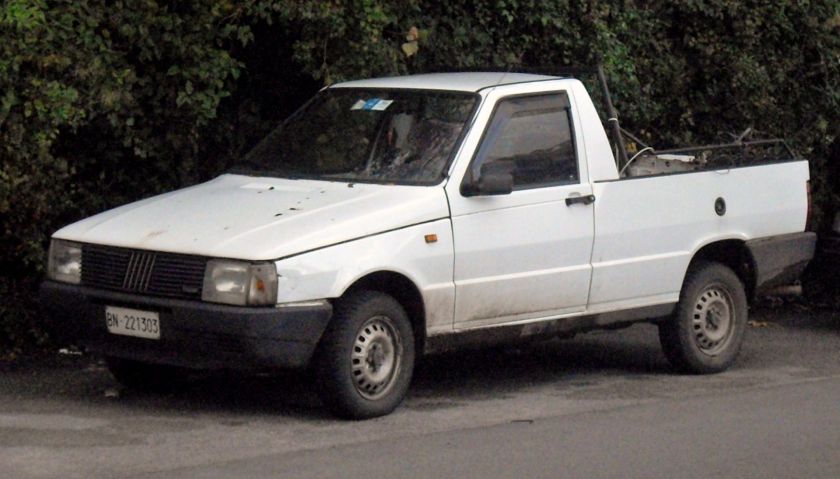
Fiat Fiorino pickup, second generation
|
|
| Overview | |
| Manufacturer | Fiat |
| Production | 1977–present |
| Body and chassis | |
| Class | Light commercial vehicle coupe utility (1977-2013) |
| Layout | Front-engine, front-wheel-drive |
| Chronology | |
| Predecessor | Fiat 500 Commerciale |
The Fiat Fiorino is a light commercial vehicle produced by the Italian manufacturer Fiat from 1977 to 2000 and from 2007 to present. Its first two generations have been the van derivatives of other small models, such as the Fiat 127 and Fiat Uno, while the current third generation was developed jointly with PSA Peugeot Citroën and is based on the Fiat Small platform.
The current generation, the Sevel LAV, is also built with a passenger body style, as the Fiat Qubo, and is marketed along its rebadged versions, the Citroën Nemo and the Peugeot Bipper. It is situated below the Fiat Doblò, the Citroën Berlingo and the Peugeot Partner, in each manufacturer’s model line-up.
The name comes from an old Italian coin, normally translated into English as the Florin.
First generation (1977–1988)
| First generation | |
|---|---|
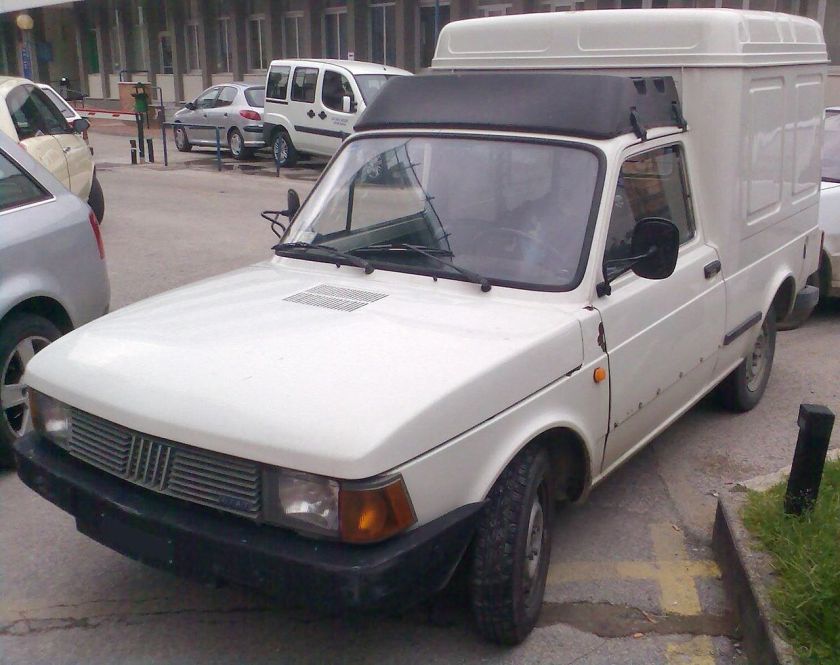 |
|
| Overview | |
| Also called | Fiat 147 Pick-Up City (Brazil) Emelba 127 Poker SEAT Fiorino |
| Production | 1977–1988 |
| Assembly | Betim, Brazil (Fiat Automóveis) Córdoba, Argentina (Sevel) Barcelona, Spain |
| Body and chassis | |
| Layout | Front-engine, front-wheel-drive |
| Related | Fiat 127 Fiat 147 |
The first version of the Fiorino is based on the Series 2 Fiat 127 with the back being a van box, i.e. a 1.3 metres (4 ft 3 in) tall “high-cube” design, an arrangement subsequently emulated by several European auto-makers. It was launched in early November 1977, and received a facelift in 1980. The Fiorino used the same engines as Fiat 127. The first generation of Fiorino was assembled in Minas Gerais plant, Brazil and in Córdoba, Argentina. The coupe utility version was called Fiat 147 Pick-up City in Brazil.
Spanish version
In Spain the Fiorino was produced by SEAT and Fiat in a joint venture and called the Emelba 127 Poker and was available as a panel van or pick-up. The 127 Poker was later renamed the SEAT Fiorino, which ended production in 1986 and was replaced by the SEAT Terra, which shares the same engine as the SEAT 127. The Spanish Fiorino was built in Barcelona factory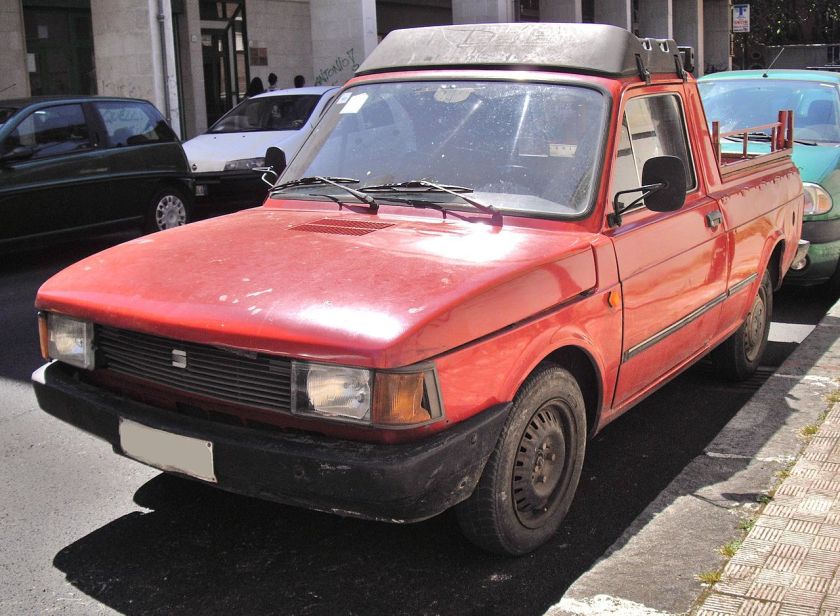 SEAT Fiorino pick-up
SEAT Fiorino pick-up
Engines
| Model | Engine | Displacement | Power | Torque | Note |
|---|---|---|---|---|---|
| 0.9 8V petrol | I4 | 903 cc | 45 PS (33 kW; 44 hp) | 64 N·m (47 lb·ft) | |
| 1.05 8V petrol | I4 | 1049 cc | 50 PS (37 kW; 49 hp) | 77 N·m (57 lb·ft) | |
| 1.3 8V diesel | I4 | 1301 cc | 45 PS (33 kW; 44 hp) | 103 N·m (76 lb·ft) |
Second generation (1988–2013)
| Second generation | |
|---|---|
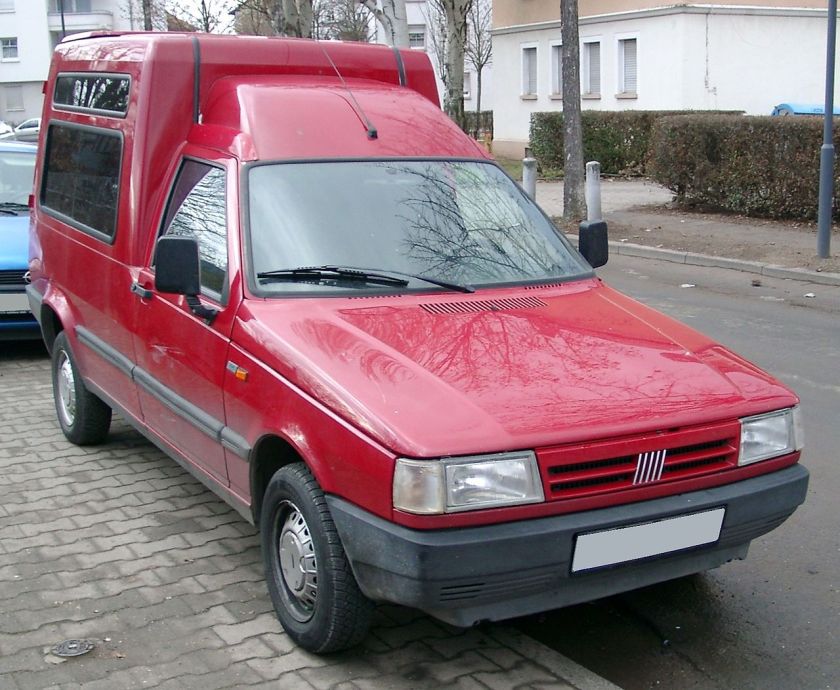 |
|
| Overview | |
| Production | 1988–2013 |
| Assembly | Betim, Brazil (Fiat Automóveis) Córdoba, Argentina (Sevel) |
| Body and chassis | |
| Layout | Front-engine, front-wheel-drive |
| Related | Fiat Uno Fiat Mille |
In 1988 a more modern version was published, it was based upon the Brazilian Fiat Uno. Second generation Fiorino was made also as Panorama and pick-up body styles. The Fiorino for the European market was sold in over 250.000 until 2000. In Europe, it was a great success, especially as a panel van version.
The United Kingdom‘s last year of Fiorino importation was 2001, a year after production ceased in Europe.
In 1992 a facelifted Fiorino debuted, with a new style inspired by the Fiat Tipo, and it received re-engineered platform, new interior and more ecological engine. The last facelift for the European market was introduced in 1997.
In 1994 a new version based on the Fiat Mille (an economy version of the old European Uno) platform deputed in South America. This version assembled in Minas Gerais plant is still on sale in Brazil, Paraguay, Argentina and Chile. The Fiorino 2nd generation was also assembled in Argentina earlier. Over 1.000.000 Fiorinos has been sold in the South America. In 2004 a new facelift version made debut with Fiat Doblò front-style. In 2009 Fiat introduced a new version with new red Fiat logo in the front of the car.
The Fiat Fiorino was constructed in the factory of Córdoba, Argentina until 2000.
Production of the second generation of Fiorino was dropped in December 2013, when the new generation was unveiled based on the same platform of the new Brazilian Fiat Uno (also called “Novo Uno”). The Fiorino was the leader of the segment for 23 consecutive years.
Engines
The engines are the Fiat 1.7L 8V diesel naturally aspirated or turbocharged, the 1.2L and the 1.4L 8V Fire petrol and for the South America the Flex engine 1.0L and 1.5L 8V. In Brazil, both 1242 cc engines are currently available as flexible fuel technology, working on both gasoline and ethanol.
- 1.0L gas
- 1.2L Fire
- 1.4L petrol
- 1.5L gas (ver. spi and mpi)
- 1.7L diesel and turbodiesel
Third generation (2007–present)
| Third generation | |
|---|---|
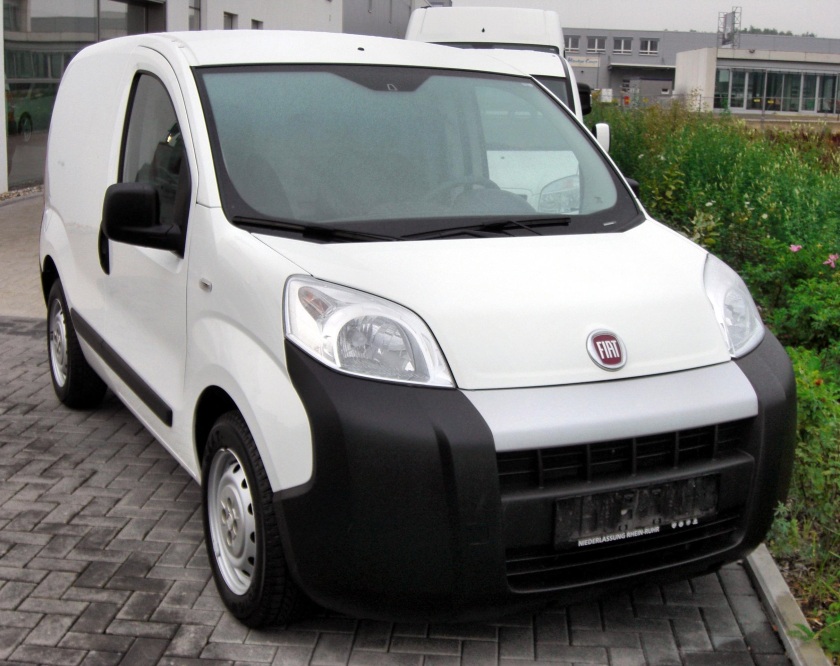
Fiat Fiorino, one of the three versions of the Sevel LAV
|
|
| Overview | |
| Manufacturer | Sevel |
| Also called | Fiat Qubo Citroën Nemo Peugeot Bipper |
| Production | 2007–present |
| Assembly | Turkey: Bursa (Tofaş) |
| Body and chassis | |
| Class | Leisure activity vehicle |
| Layout | Front-engine, front-wheel-drive |
| Platform | GM Fiat Small platform |
| Related | Fiat Grande Punto Fiat Linea Opel Corsa D |
| Powertrain | |
| Engine | 1.4 L I4 (petrol) 1.4 L I4 (petrol/CNG) 1.3 L I4 (diesel) 1.4 L I4 (diesel) |
| Transmission | 5-speed manual 6-speed manual 5-speed semi-automatic 6-speed semi-automatic |
| Dimensions | |
| Wheelbase | Fiat: 2,513 mm (98.9 in) Citroën/Peugeot: 2,510 mm (99 in) |
| Length | Fiat: 3,864–3,964 mm (152.1–156.1 in) Citroën/Peugeot: 3,860 mm (152 in) |
| Width | Fiat: 1,716 mm (67.6 in) Citroën/Peugeot: 1,710 m (67,000 in) |
| Height | Fiat: 1,721 mm (67.8 in) Citroën/Peugeot: 1.720 m (67.7 in) |
| Kerb weight | 1,165 kg (2,568 lb) |
The third generation Fiat Fiorino leisure activity vehicle was unveiled in mid-2007 and went on sale in early-2008. The Fiorino shares architecture and body work with the Citroën Nemo and Peugeot Bipper under the Sevel joint venture between Fiat and PSA Peugeot Citroën. Built by Tofaş in Bursa, Turkey they are produced in both panel van and passenger body styles and are situated below the larger LAVs Fiat Doblò, Citroën Berlingo and Peugeot Partner, in their manufacturers’ line-ups. Fiat also retails its passenger model as the Fiat Qubo, with the Fiorino name designating the commercial panel van models.
The Fiorino and its siblings are based on the Fiat Grande Punto platform, with a wheelbase of 2,513 millimetres (98.9 in). This project can be seen as a breakthrough in Tofaş history as it carried most of the development work in addition to responsibility for its assembly.
Fiat launched their passenger-carrying equivalent at the Geneva Motor Show in March 2008. It is branded as the Fiat Qubo.
A derivative of the Fiorino (a small MPV), a passenger version of Fiorino was unveiled in June 2008. This version is suitable for up to five people and can be equipped with different engines, including a 1.3 Multijet diesel (75 PS) or 1.4 litre petrol engine with 73 PS (54 kW; 72 hp). The choice of gearboxes is either a five speed manual or a six speed automatic. In some countries (such as Turkey), this car is simply sold as the “Fiorino”.
The Fiat Fiorino Cargo Electric is produced by Micro-Vett.
Citroën Nemo
The Citroën Nemo is a badge engineered van launched in January 2008 by Citroën. The vehicle is the result of a partnership between Fiat, PSA Peugeot Citroën and Tofaş. The other platform derivatives are the Peugeot Bipper and the Fiat Fiorino.
The Citroën Nemo Multispace is a small MPV also introduced in 2008 and based on the same platform.
In April 2010, during a routine evasive manoeuvre test, conducted in Germany, the vehicle rolled over. The shape of the vehicle; as a high-bodied, short wheelbase van caused the roll. The addition of Electronic stability control (ESC) would likely have prevented this but was not available as standard or as an option on the Nemo.
Peugeot Bipper
The Peugeot Bipper is a small delivery van sold by French automaker Peugeot since May 2008. It shares its body, platform and most components with the same generations of the Citroën Nemo and Fiat Fiorino.
The Citroën Nemo, Fiat Fiorino III and Peugeot Bipper were developed jointly with Tofaş following a cooperation agreement signed on 31 March 2005. The vans are manufactured on behalf of all the partners in Bursa by Tofaş.
The claim is advanced that the Bipper a “mini-cargovan” designed for big and small cities, cheaper and a little smaller than the Peugeot Partner. It is asserted that the little van is easy to park, handy for deliveries, and faster than competitor vehicles.
The Peugeot Bipper Tepee is a small MPV also introduced in 2008 and based on the same platform.
Engines
| Name | Fuel | Engine type | Volume | Output | Engine code | Emission standard | CO2 emissions (g/km) | Notes |
|---|---|---|---|---|---|---|---|---|
| 1.4 8V | Petrol | 4 Cyl Inline 8v OHC | 1,360 cc (83 cu in) | 73 PS (54 kW; 72 hp) | PSA TU3 | Euro 4 | 152 | |
| 1.4 8V | bi-fuel Petrol–CNG | 4 Cyl Inline 8v | 1,368 cc (83.5 cu in) | 69 PS (51 kW; 68 hp) | Fiat Fire Natural Power | Euro 5 | 114 | Only for Fiat Qubo |
| 1.3 16V | Diesel | 4 Cyl Inline 16v DOHC | 1,248 cc (76.2 cu in) | 75 PS (55 kW; 74 hp) | Fiat Multijet | Euro 4 | Only for Fiat Fiorino and Qubo | |
| 1.3 16V | Diesel | 4 Cyl Inline 16v DOHC | 1,248 cc (76.2 cu in) | 76 PS (56 kW; 75 hp) | Fiat Multijet | Euro 5 | 113 | |
| 1.3 16V | Diesel | 4 Cyl Inline 16v DOHC | 1,248 cc (76.2 cu in) | 96 PS (71 kW; 95 hp) | Fiat Multijet | Euro 5 | ||
| 1.4 8V | Diesel | 4 Cyl Inline 8v OHC | 1,398 cc (85.3 cu in) | 70 PS (51 kW; 69 hp) | PSA DV4 HDi | Euro 4 | 119 | Only for Citroën Nemo & Peugeot Bipper (2007-2010) |
Sales and production figures
| Year | Production | Sales | Notes | ||||
|---|---|---|---|---|---|---|---|
| Nemo | Qubo | Bipper | Nemo | Qubo | Bipper | ||
| 2009 | TBA | TBA | 32,300 | TBA | TBA | 34,300 | |
| 2010 | TBA | TBA | 42,900 | TBA | TBA | 44,500 | |
| 2011 | 33,406 | TBA | 34,760 | 34,304 | TBA | 34,354 | Total Nemo production reaches 154,959 units. Total Bipper production reaches 142,671 units. |
| 2012 | 27,500 | TBA | 24,200 | 28,500 | TBA | 26,000 | Total Nemo production reaches 182,400 units. Total Bipper production reaches 166,900 units. |
Third generation (Brazil) (2013–present)
In 2013 a new version of the Fiat Fiorino van, different from the European version, was introduced in Brazil. This is based on the Brazilian New Uno car.
- 1976 Fiat 370.12.26 coach
- 1978 Fiat 128
- 1978 Fiat Ritmo
1978 Fiat Ritmo
| Fiat Ritmo | |
|---|---|
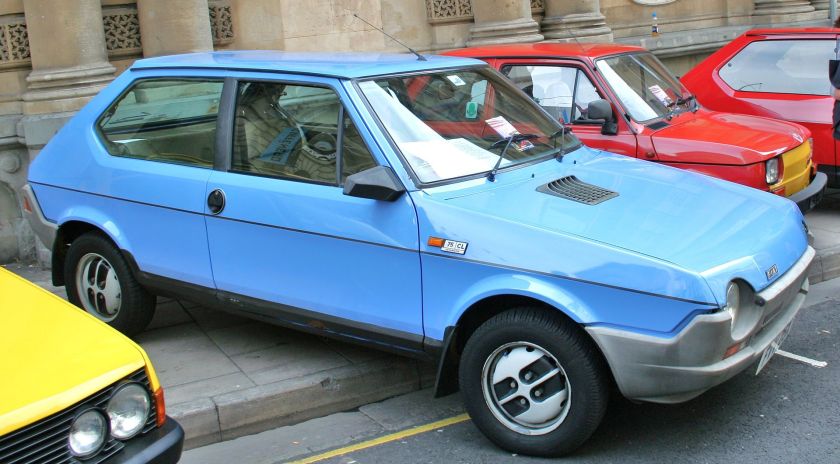 |
|
| Overview | |
| Manufacturer | Fiat |
| Also called | Fiat Strada SEAT Ritmo |
| Production | 1978–1988 |
| Assembly | Cassino, Italy Barcelona, Spain Cairo, Egypt (Nasr)(AAV) |
| Designer | Sergio Sartorelli at Centro Stile Fiat Bertone (Cabrio) |
| Body and chassis | |
| Class | Small family car |
| Body style | 3-door hatchback 5-door hatchback 2-door cabriolet |
| Layout | FF layout |
| Related | Fiat Regata SEAT Ronda SEAT Malaga SEAT Ibiza |
| Powertrain | |
| Engine | 1,049 cc Brazil I4 1,116 cc I4 1,301 cc I4 1,498 cc I4 1,585 cc 138 AR.000 twin cam I4 1,995 cc twin cam I4 1,714 cc diesel I4 1,929 cc turbodiesel I4 |
| Transmission | 4/5-speed manual 3-speed automatic (VW) |
| Dimensions | |
| Wheelbase | 2,448 mm (96.4 in) MkI 2,444 mm (96.2 in) MkII 2,432 mm (95.7 in) (125 & 130TC) |
| Length | 3,937 mm (155.0 in) |
| Width | 1,650 mm (65 in) 1,663 mm (65.5 in) (Sport/Abarth) |
| Height | 1,400 mm (55 in) |
| Curb weight | 850-995 kg (1873-2193 lb) |
| Chronology | |
| Predecessor | Fiat 128 |
| Successor | Fiat Tipo |
The Fiat Ritmo is an automobile from Italian manufacturer Fiat, launched in 1978. Designed by Sergio Sartorelli‘s Future Studies department at Centro Stile Fiat, it was seen by some as the most distinctive looking small family car in Europe on its launch at the 1978 Turin Motorshow. It was badged in Great Britain and North America as the Fiat Strada. In 1979 SEAT Ritmo production started in Spain and was replaced by a facelifted version in 1982, the SEAT Ronda. During the Ritmo’s production, which ran from 1978 to 1988, a total of 1,790,000 units were made.
History
Underneath, the Ritmo reused most of the front-wheel drive running gear from its predecessor, the 128, which continued production in some regions until 2003. The 1.1 L (60 PS or 44 kW or 59 bhp), 1.3 L (65 PS or 48 kW or 64 bhp) and 1.5 L (75 PS or 55 kW or 74 bhp) petrol engines were reasonably refined and economical, but particularly the smaller ones were somewhat underpowered for the size of the car. Despite this, in 1979 the still smaller 1.05 liter four built by Fiat of Brazil was added to the lineup for certain markets, with the same power and torque figures as those of the 128-derived 1.1 engine. At the 1980 Geneva Motor Show the Ritmo diesel was introduced with a 1,714 cc engine (55 PS or 40 kW or 54 bhp). To accommodate this considerably heavier engine, the steering rack was slowed down (from 3.5 to 4 turns) and the suspension adjusted. Nonetheless, a 65.5% forward weight distribution was hard to mask and both handling and braking suffered when compared to petrol-powered Ritmos.
In 1981 the Ritmo Super (Fiat Superstrada in UK) was introduced with a variety of small changes and, most significantly, revised engines with 75 PS (55 kW; 74 bhp) (1300) and 85 PS (63 kW; 84 bhp) (1500). This extra power was gained through slight alterations to the camshaft profile, a twin carburettor, and a twin exhaust. Other differences included lower profile tyres (Pirelli P8) and a five-speed, closer ratio gearbox. The steering was also somewhat faster.
In May 1981 the first sport Ritmo, the 105TC, was launched. This used a 1,585 cc Fiat DOHC engine derived from that used in the 131 and 132 models, and produced 105 PS (77 kW; 104 bhp). It had the same 14-inch (360 mm) wheels as the Ritmo Super, but with black centre hubcaps. UK and Irish models had black and silver Cromodora alloy wheels (5.5 x 14) as standard. The 105TC was distinguishable from other Ritmo models by its front fog lights integrated into the front bumper, integrated front spoiler combined with wheel arch trims, black lower door paint, black mesh air intake, and lower hatchback rear spoiler.
Abarth
A few months later, at Frankfurt, the Ritmo Abarth 125TC was introduced in Europe; it was never officially sold in the UK, as the position of the exhaust downpipe would have clashed with the right hand-drive steering gear. The 125TC was a modified and revised 105TC with a 1,995 cc DOHC four with 125 PS (92 kW; 123 bhp), ventilated front discs, a new ZF gearbox, revised suspension settings and strengthened components. Outwardly, the 125TC differed only slightly from the 105TC – it gained the chunky four-spoke 14 in alloys later seen on the Bertone Cabrio models, featured a joint “Fiat Abarth” badge on the rear hatch, and the side badges featured an Abarth Scorpion. The 125TC version had top speed of 190 km/h (120 mph) and it could accelerate from 0 to 100 km/h (62 mph) in 8.7 seconds. Significantly the Abarth models were the last true Abarth cars to be assembled on a separate Abarth production line following the Fiat buyout in 1971.
Technologically, the biggest innovation of the Ritmo was not the car itself, which took the underpinnings of the 128, but the way in which it was manufactured. Fiat, already an industry pioneer in automated assembly, took the ambitious step and made the Ritmo the first car to be almost completely built by robots, earning the car the advertising tagline “Handbuilt by robots”.
Press leaks ahead of launch indicated that the car would be named Fiat 138, highlighting its role as a successor to the successful Fiat 128, but by the time of its announcement Fiat had resolved to follow the precedent set by the Fiat Mirafiori of giving the car a public name, Ritmo, rather than a mere three digit number. “138” remained the internal code for the Ritmo though. The Italian word “ritmo” is usually translated into English as “rhythm”. “Strada”, the name applied in certain anglophone markets, is the Italian word for road.
1982 facelift
An October 1982 facelift saw the Ritmo’s styling become more restrained with more conventional re-designed front and rear ends. Base models sold on the continent featured the by-now familiar corporate five-bar grille with single round headlamps set in a conventional grille, whilst all other models featured twin round headlamps (in the UK, all models of this generation featured twin headlamps). The rear gained conventional light clusters either side of the rear numberplate. The 1.05 litre “Brazil” engine was no longer available.
The 105TC was relaunched with revised interior trim, a dashboard mirroring that of the earlier Ritmo Super, and an upper hatchback spoiler in place of the lower one. In the UK, 7-spoke alloy wheels replaced the earlier Speedline ones. The advertising name was revised to Strada II in the UK, although the car remained badged as a Strada. The US version was unchanged but was finally discontinued at the end of the 1982 model year, leaving only sports cars in the US Fiat lineup (the X1/9 and the 124 Spider).
Most significantly, a hot hatch version — the Abarth 130TC — was added. This model was based on the 125TC with a 1,995 cc engine, but with performance increased to 130 PS (96 kW; 128 bhp) by replacing the single Weber carb used in the 125TC with twin Solex/Weber carbs on a side-draught manifold, and improved cam profiles. The 130TC was capable of 195 km/h (121 mph) and accelerated from 0 to100 km/h (62 mph) in 7.8 seconds. It was a raw hot hatch fitted with Recaro bucket seats as standard in the UK (optional in Europe), and significantly it was the only 1980s hot hatch to continue utilise carburettors instead of fuel injection coming with either twin Solex ADDHE or Weber DCOE40 carburetors. Ignition timing was controlled electronically. Although appearing outwardly similar to the restyled 105TC with its lower door & wheelarch trims, the 130TC could be distinguished by its polished four-spoke alloy wheels (continued from the earlier 125TC), aerodynamic perspex front door wind deflectors, and lower hatchback spoiler. The raw powerful twin-cam mated to a close ratio ZF gearbox made it a handful to drive, with the performance to outpace many of its contemporary rivals such as the Volkswagen Golf GTi, Ford Escort XR3i, Vauxhall Astra GTE and the MG Maestro.
There was a minor change in the spring of 1984, mainly consisting of a shuffling of the roster. Aside from the three-door, four-speed “L” versions (“60” and “Diesel”), all non-sporting Ritmos now had five-speed gearboxes and five-door bodywork. The upper-class 85 Super version was dropped in Italy, where smaller-engined versions ruled the marketplace. The 1.1 litre 60 CL and 60 Super models were new to the lineup.
1985 facelift
1985 saw a minor facelift to the Ritmo range, featuring new rectangular door handles to the five-door versions only (the three-door versions retained the circular door handles). In truth, these were simply Regata parts. Other changes included restyled front & rear bumpers, and lower plastic panels on the doors (again, taken from the Regata). The rear bumper now housed the number plate at low level, whilst the space between the rear lights was filled with a plastic panel. The 1,714 cc diesel engine was replaced with a 1,697 cc unit from the Uno 60D, developing 60 PS (44 kW; 59 bhp). The 105TC three-door model was replaced with the five-door 100S (also fitted with a 1,585 cc DOHC engine). The 130TC Abarth benefitted from the same external changes as the other models, in addition to new wheels and interior trim. In 1986, a new diesel version was launched with a 1,929 cc intercooled turbodiesel (80 PS (59 kW; 79 bhp)), and was badged as the Ritmo Turbo DS (as a five-door only). While marketed across continental Europe, the 100S and the Turbo DS were not sold in the UK or Ireland, nor were any of the fuel injected models.
The year 1988 saw the last Ritmo roll off the production line and the more conventional Tipo take its place as Fiats C-Segment Car. Also 75 i.e. and 90 i.e. with catalytic converters were made to some markets, these had slightly lower power output.
Other models or variants
A saloon version, the Regata, was also launched in 1983, with limited success outside Italy. Mechanically similar to the Ritmo, it was offered in 1.3, 1.5 and 1.6 (all petrol) and 1.7, 1.9 and 1.9 Turbo diesel models. An estate version, the Regata Weekend, was launched in 1984, and featured a folding rear bumper section to create a level loading bay. The Regata received a minor facelift in 1986 (bumpers, doors, interior) as well as fuel injection being available with some engines, most notably on the 1,585 cc “100S i.e.”.
The Ritmo Cabriolet was launched in 1981 styled and assembled by the Italian design house Bertone. This model was facelifted at the same time as the Ritmo hatchback models; however, instead of the 1982-on 5-bar grille, the Bertone Cabriolet models featured the simple Bertone roundel. It looked striking Template:Peackock term and was cheaper than a Golf Cabriolet but not up to Volkswagen standards in terms of quality or ability, despite Volkswagen having entrusted assembly of the Golf Cabriolet to Karmann, and Fiat the Ritmo to Bertone.
The Bertone Cabriolet was sold in various European markets in petrol-engined form only (75S/85S/100S, some with fuel injection) until 1988. There were various special editions, including the Chrono and Bianco (all white) models.
Alternate names
Fiat Strada
The Ritmo was sold on the British market as the Strada from the autumn of 1978 until it was replaced by the Tipo in June 1988.
In North America, the Fiat Strada was introduced for the 1979 model year to replace the 128. It used the same 1.5 SOHC engine as the X1/9, generating 69 hp (51 kW), and featured a standard 5-speed manual gearbox. In spite of a roomy interior, the Strada failed to convince enough buyers to forget reliability issues from previous models and was withdrawn from North America in 1982.
SEAT Ritmo
Spanish car maker SEAT began their history as a Fiat licensee, making rebadged clones of Fiat cars, until the agreement was dropped in 1982. From 1979 to 1982 a Spanish version of the Ritmo, the SEAT Ritmo, was produced in Spain near Barcelona. The original SEAT Ritmo was equipped with license-built pushrod engines from the old Fiat 124. When the licence expired, SEAT changed the least possible number of pieces in their model range so that Fiat could not sue them on the basis of patent infringement, and the SEAT Ritmo yielded to the facelifted “System Porsche”-engined SEAT Ronda, which remained in production until 1986. Before the Volkswagen Group takeover, SEAT showed to the press a black Ronda unit with all the in-house developed parts painted in bright yellow in order to expunge any doubts about their right to continue assembling the car, and also about the future of the firm SEAT and their factories.
The reason for the name change in the United States, is rumoured that “Ritmo“, was a brand of sanitary wipes.
Later, a four-door saloon version of the Ritmo was developed on the same underpinnings, called the Málaga. SEAT’s subsequent takeover by Volkswagen saw the Fiat derived models being quickly killed off, the Ronda almost immediately and followed by the Málaga a short while later.
The Fiat Ritmo underpinnings continued in the first generation SEAT Ibiza sold between 1985 and 1993 before being replaced with a Polo based model after the Volkswagen buy-out.
Revival of the Ritmo name
The Ritmo name has subsequently been revived by the Australian Fiat Importer, Ateco Automotive, by badging the New Fiat Bravo as Fiat Ritmo upon its launch in October 2007. Japanese car maker Mazda, already uses the name Bravo for the B Series pickup truck in the region, hence preventing Fiat from also using the name in Australia. Pre-launch indication were that the Ritmo name was to appear on New Zealand bound cars, but this never eventuated and they use Bravo.
- 1978 Fiat Mirafiori Sport
- 1979 Fiat 124 Spider 2000
- 1979 Fiat 132 Diesel
- 1979 Fiat Campagnola
1979 Fiat Campagnola
| Fiat Campagnola | |
|---|---|
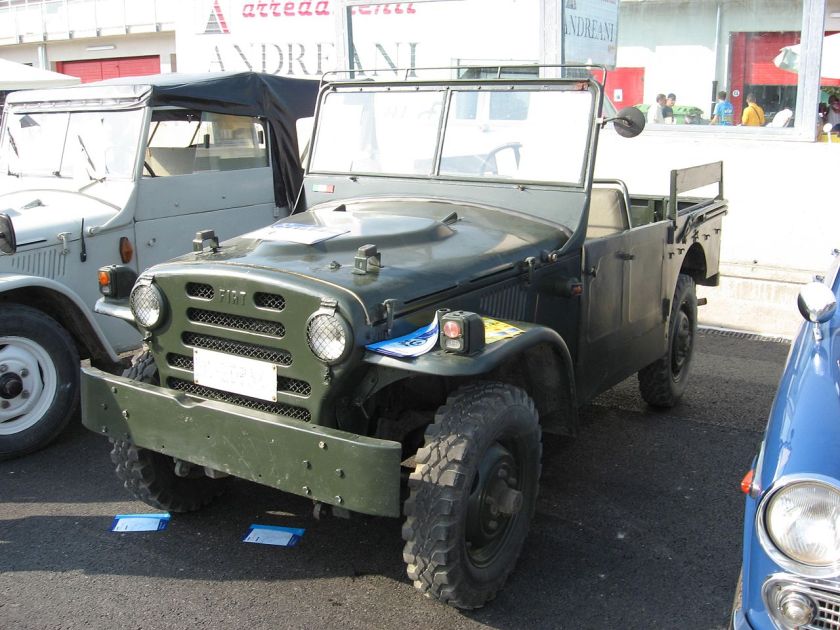 |
|
| Overview | |
| Manufacturer | Fiat |
| Also called | Zastava AR51/AR55 |
| Production | 1951-1973 |
| Dimensions | |
| Wheelbase | 225 cm (88.6 in) |
| Length | 360 cm (141.7 in) 403 cm (158.7 in) |
| Width | 148 cm (58.3 in) |
| Height | 195 cm (76.8 in) |
| Curb weight | 1,250 kg (2,760 lb) -1,350 kg (2,980 lb) |
The Fiat Campagnola is a heavy-duty off-road vehicle produced by Fiat. Production started in 1951 and it was upgraded in 1974.
Since 1975 it has been delivered to every Italian armed service in many versions with standard or long wheelbase and canvas or hard top.
Fiat 1101 “Campagnola” (1951-73)
Engines
| Model | Engine | Displacement | Power | Fuelsystem |
|---|---|---|---|---|
| 1101 | inline-four ohv | 1,901 cc | 53-63 hp | single carburetor |
| 1102 | inline-four ohv | 1,901 cc | 40-47 hp | diesel |
| 1102C | inline-four ohv | 1,895 cc | 47 hp | diesel |
Fiat 1107 “Nuova Campagnola” (1974-87)
| Fiat Nuova Campagnola | |
|---|---|
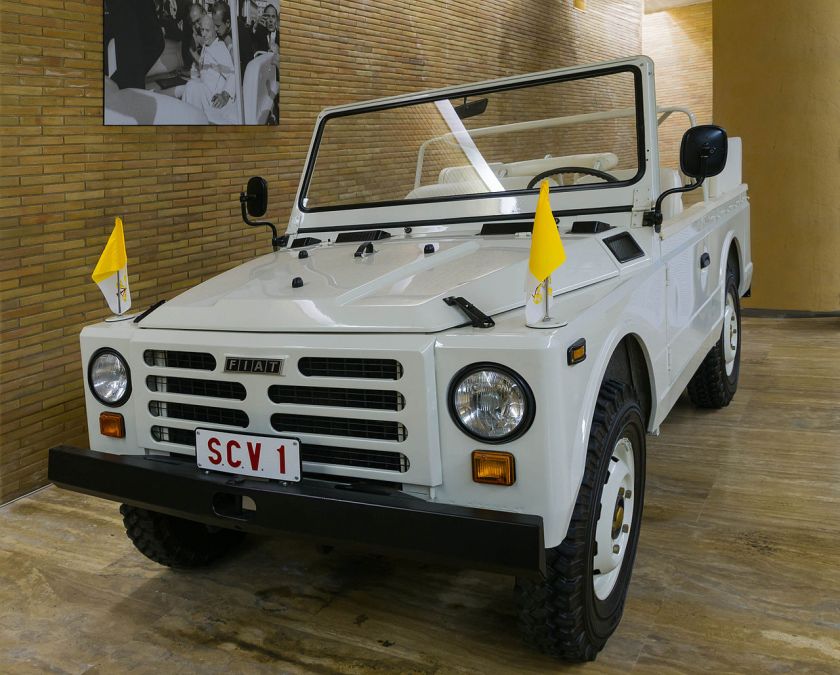
Fiat Campagnola as Popemobile in which Pope John Paul II was victim of the assassination attempt. This vehicle is now in the “Carriage museum” of the Vatican City.
|
|
| Overview | |
| Manufacturer | Fiat |
| Also called | Renault TRM500 |
| Production | 1974-1987 |
| Dimensions | |
| Wheelbase | 230 cm (90.6 in) |
| Length | 378 cm (148.8 in) 403 cm (158.7 in) |
| Width | 158 cm (62.2 in) |
| Height | 195 cm (76.8 in) |
| Curb weight | 1,750 kg (3,860 lb) |
The Campagnola was redesigned for launch in June 1974 and in this form produced until 1987.
The new vehicle used the petrol engine of the Fiat 132, but with a longer stroke which increased the capacity to 1,995 cc. – the same enlarged engine turned up in the Fiat 132 itself two years later, albeit with twin overhead camshafts. There was a light alloy cylinder head: instead of the twin overhead camshafts of the 132, the engine in the Campagnola had a single side-mounted camshaft driven by a toothed belt, the valve movement being driven by pushrods and rockers. The large square engine compartment gave easy access to the engine bay which was designed to permit “wading” up to 70 cm deep.
The 57 litre fuel tank was positioned well out of range from rocks and flying stones, being under the twin passenger seat beside the driver.
MacPherson struts suspended all four wheels, with two struts for each of the rear wheels and a single strut for each of the front wheels. All six struts used were of identical specification and thereby interchangeable. Road testers from the UK commended the smoothness of the ride over rough ground which evidently compared very favourably with that offered by the Land Rover of the time.
A military version was introduced in 1976 (AR76) and 1979 after new updated it was called AR76.
Engines
| Model | Engine | Displacement | Power | Fuelsystem |
|---|---|---|---|---|
| 1107 | inline-four ohv | 1,995 cc | 80 hp | single carburetor |
| 1107 D | inline-four SOHC | 1,995 cc | 60 hp | diesel |
| 1107 D | inline-four SOHC | 2,445 cc | 72 hp | diesel |
Others
The “Campagnola” of the Distaccamento Aeroportuale di Ronchi dei Legionari is in the standard wheelbase hard top version. The vehicle is 3.775 metres (148.6 in) long, 1.580 metres (62.2 in) wide and 1.945 metres (76.6 in) high. The wheeltrack is 1.365 metres (53.7 in) and the wheelbase is 2.300 metres (90.6 in). The minimum ground clearance is 0.27 metres (10.6 in).
The powerplant is a Fiat 4-cyl gasoline engine developing 59 kW (79 hp) at 4600 rpm through a 4X4 transmission. The suspension system is independent on all four wheels.
Basic performance data include a 120 km/h (75 mph) maximum speed, a 56° gradeability (150%) and a maximum fording depth of 0.700 metres (27.6 in).
The “Campagnola” is used as an Incident Command post during the first phases of the emergency. It carries loudspeakers and other command and control equipment. Some light rescue equipment is carried in the back, including a rescue saw, an oxygen cutting torch and other ancillary equipment.
Renault derivative
In 1976 the French army was about to replaced its Jeeps and several prototype series were made: Peugeot proposed the P4, an adaptation of the Mercedes G-Wagen, powered by the gasoline engine of Peugeot 504. Citroën offered its own version of the Volkswagen Iltis, using the CX Athena engine and renamed as C44. The Renault Campagnola TRM500 was derivative of Fiat Campagnola and used engine of Renault R20. Finally the Peugeot P4 was chosen as new army jeep.
Zastava
The Campagnola was also license-built by Zastava Trucks, in Yugoslavia.
See also
Alfa Romeo AR51 Matta (1951-1953)
Alfa romeo geländewagen
IVECO Massif or Campagniola
- 1979 Fiat Campagnola Lunga
- 1979 Fiat Mirafiori 1300 CL
- 1979 Fiat Supermirafiori
This was FIAT part IV
In FIAT Part V the years
1980-1989
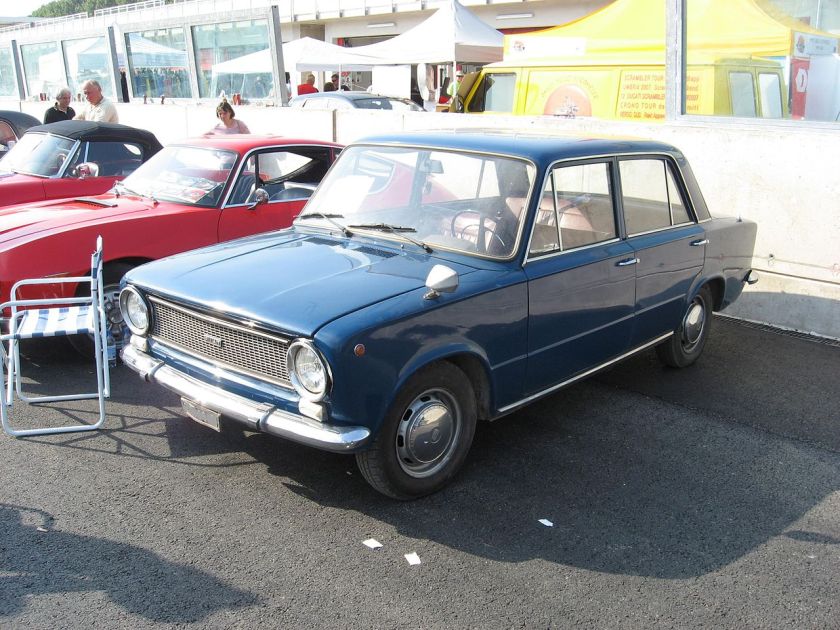
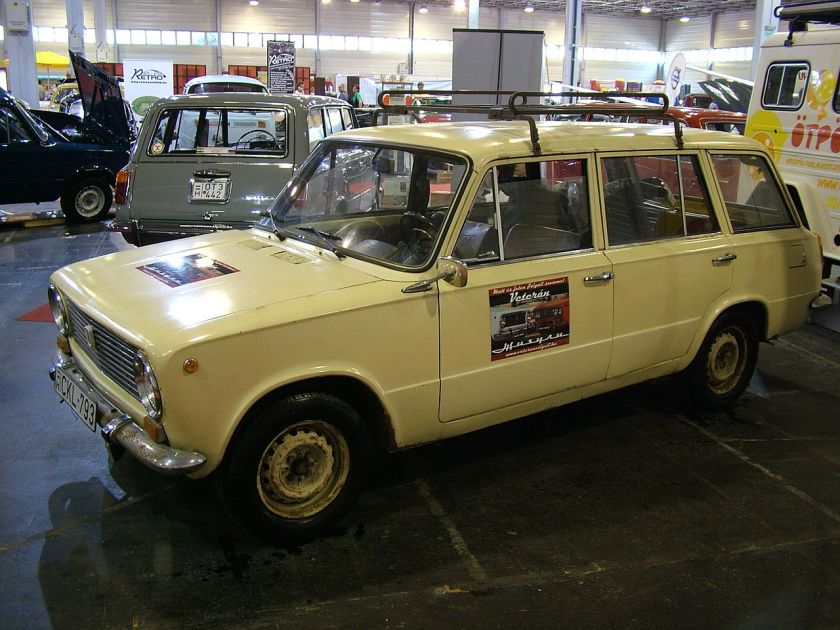
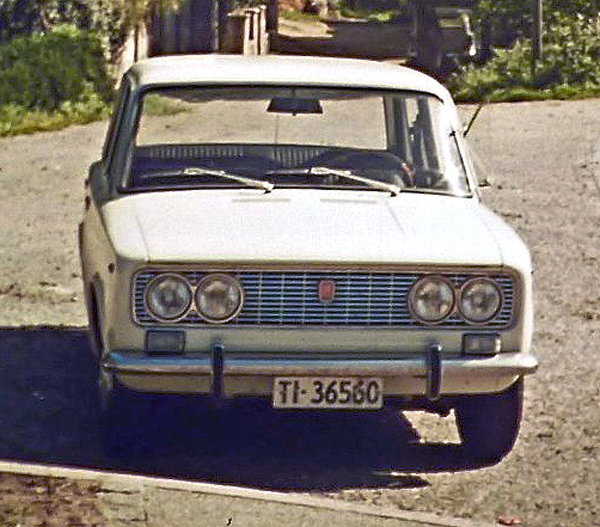
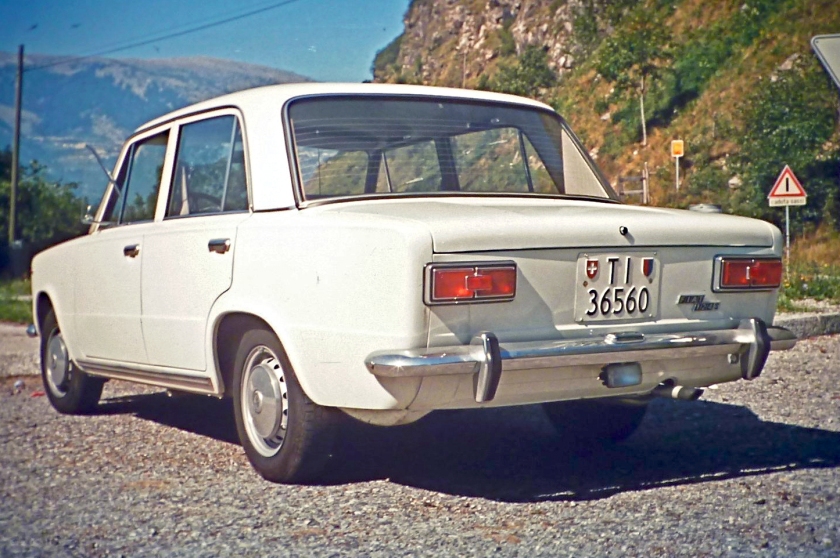
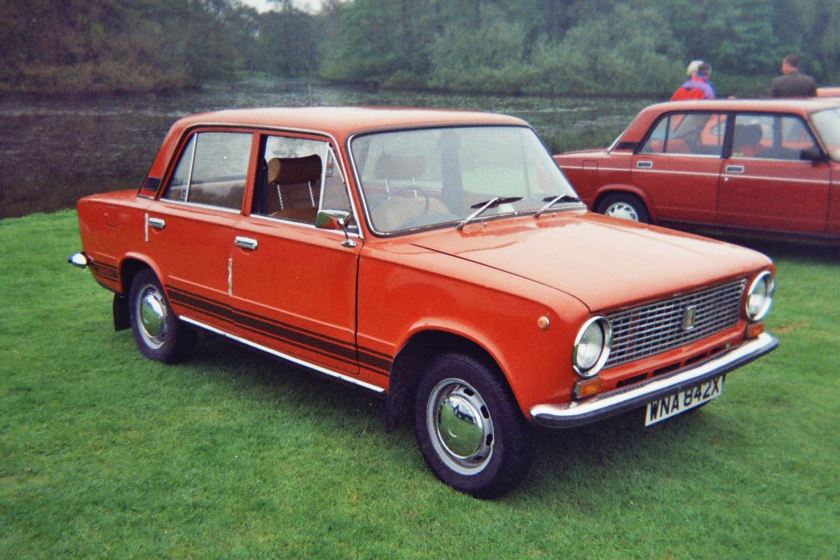
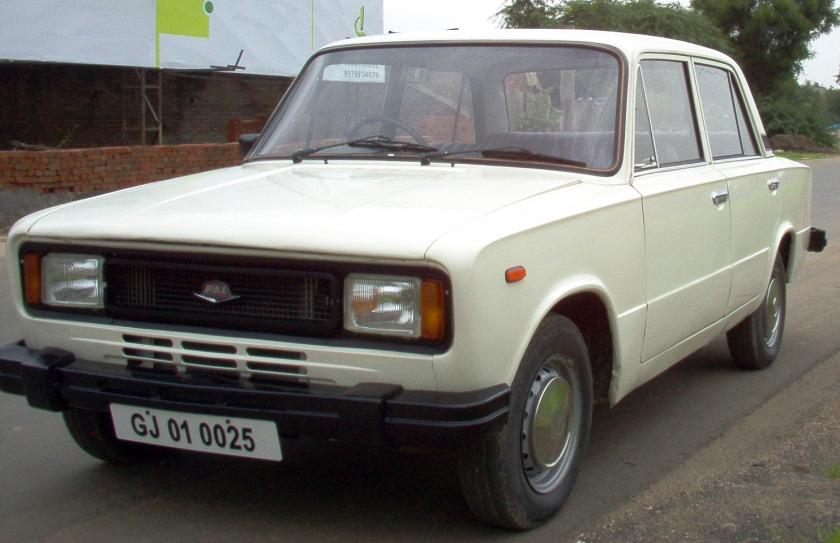
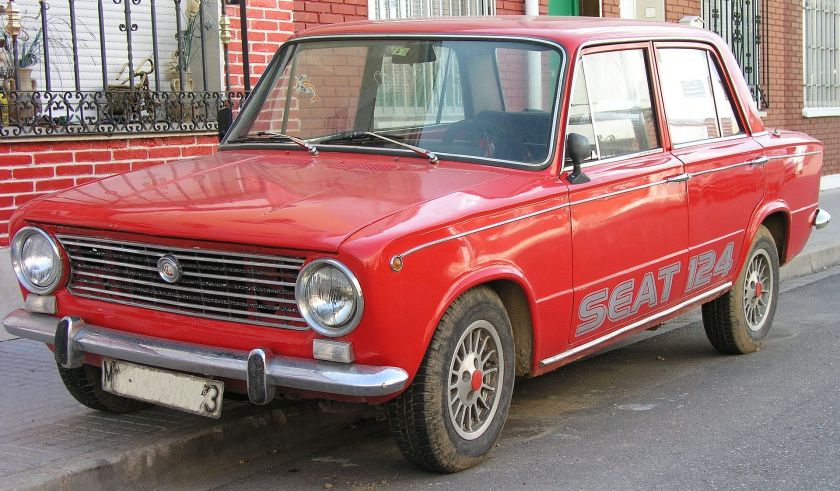
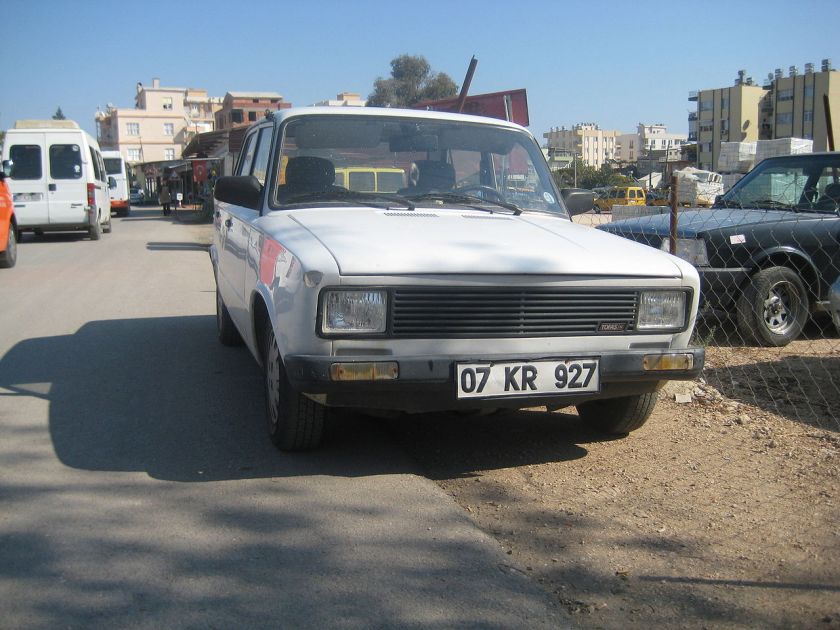
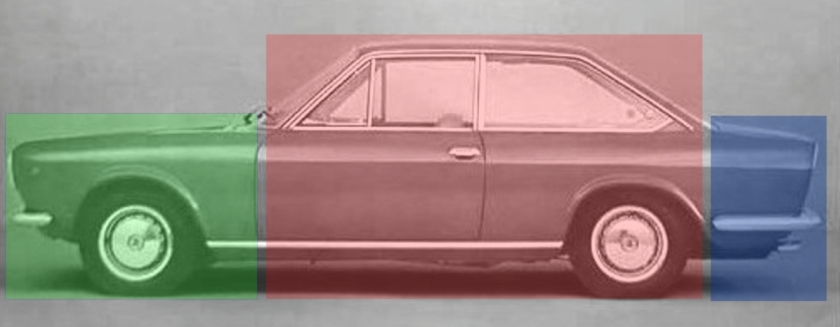
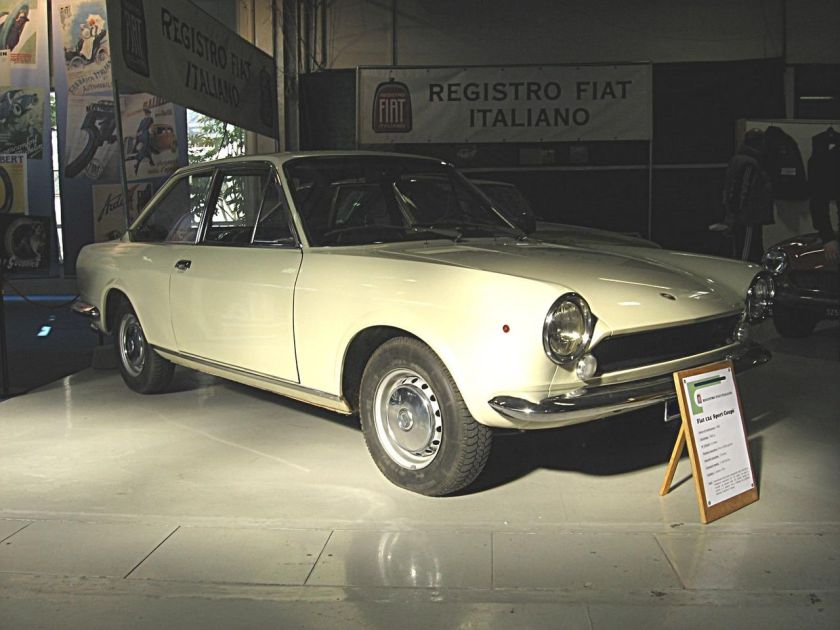
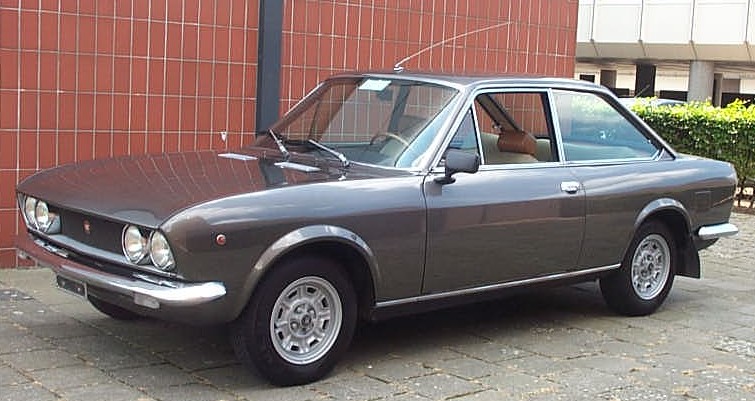
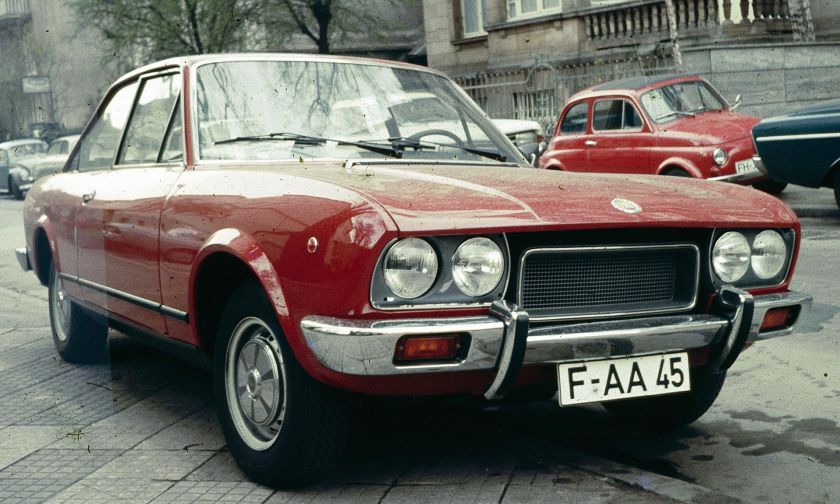
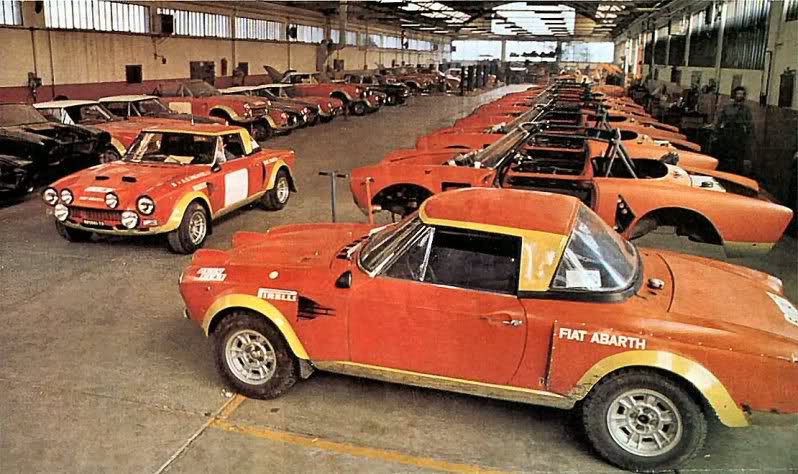
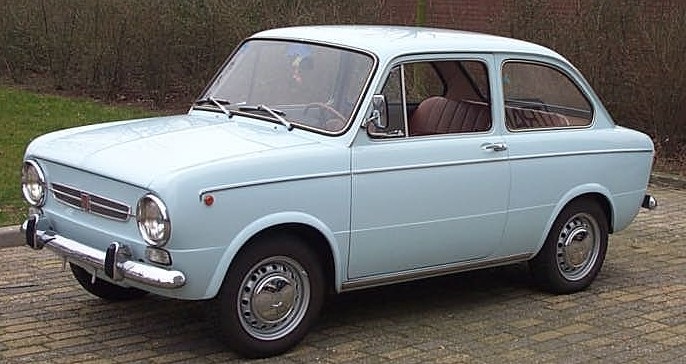
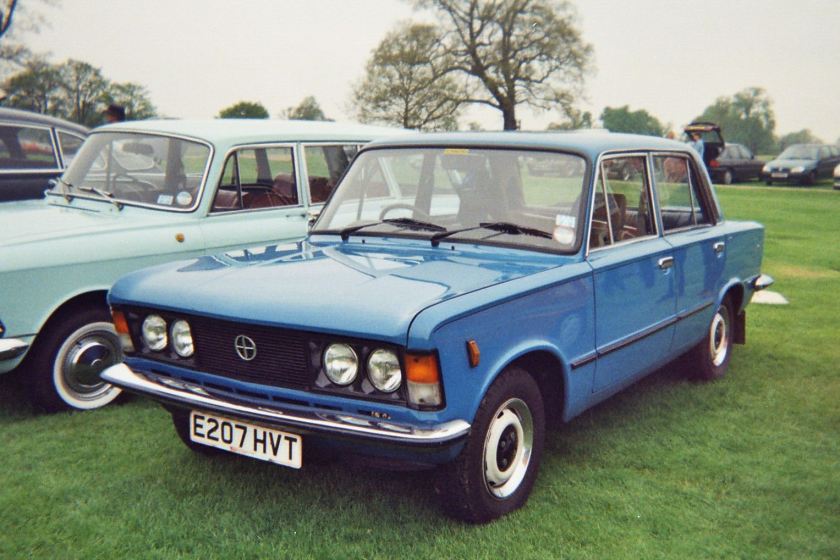
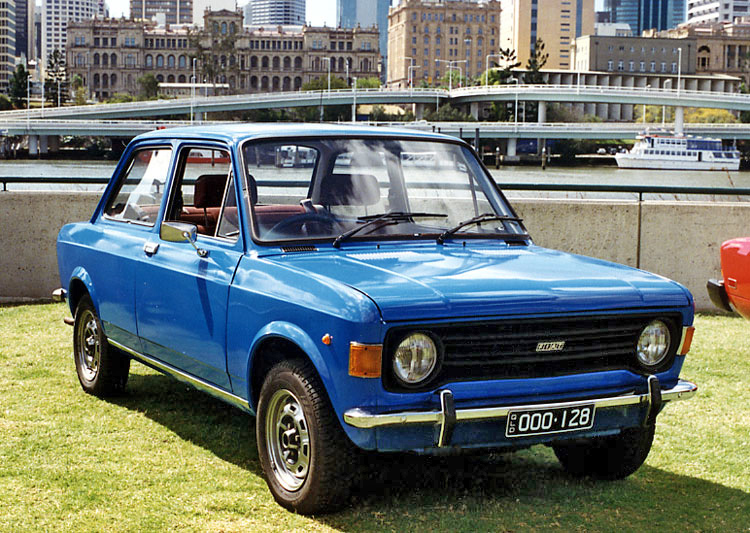
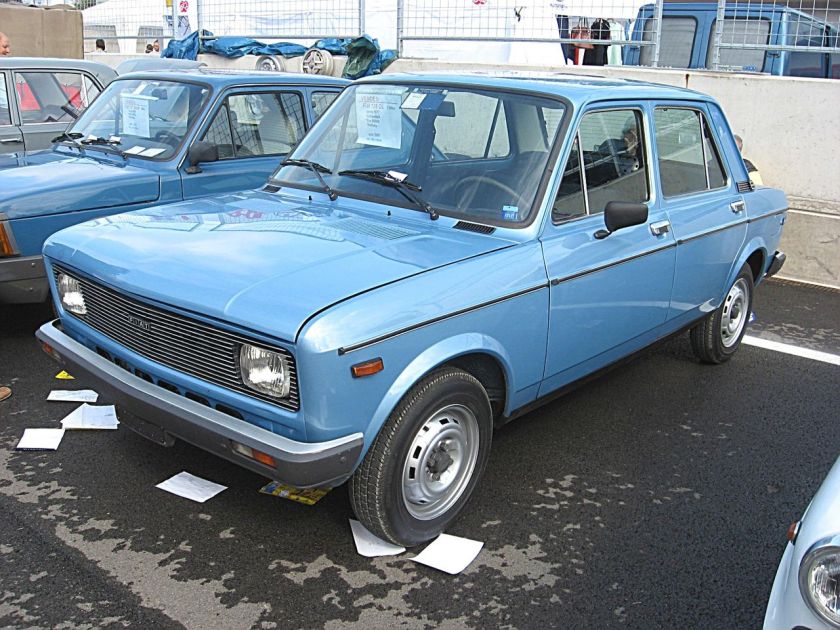
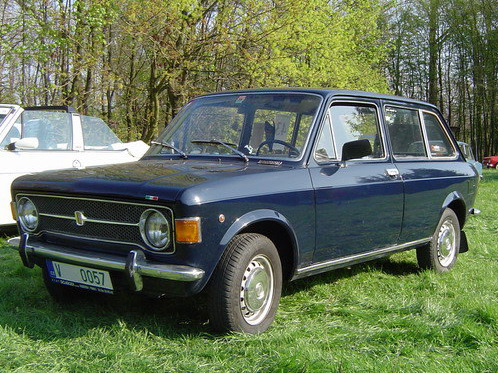
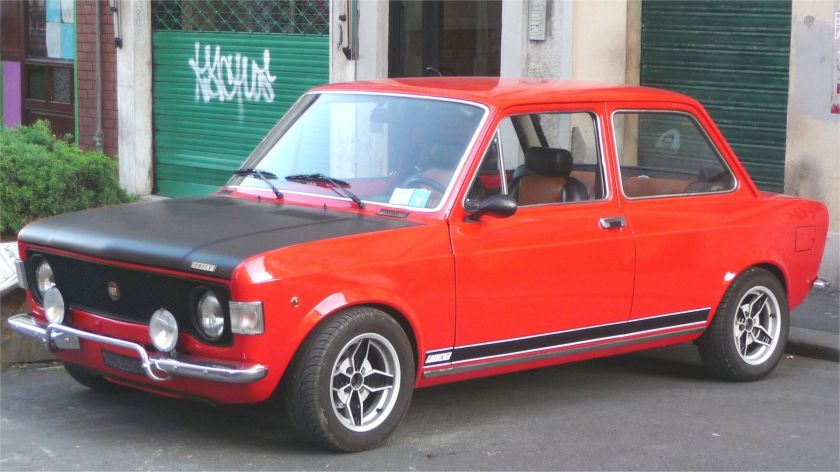
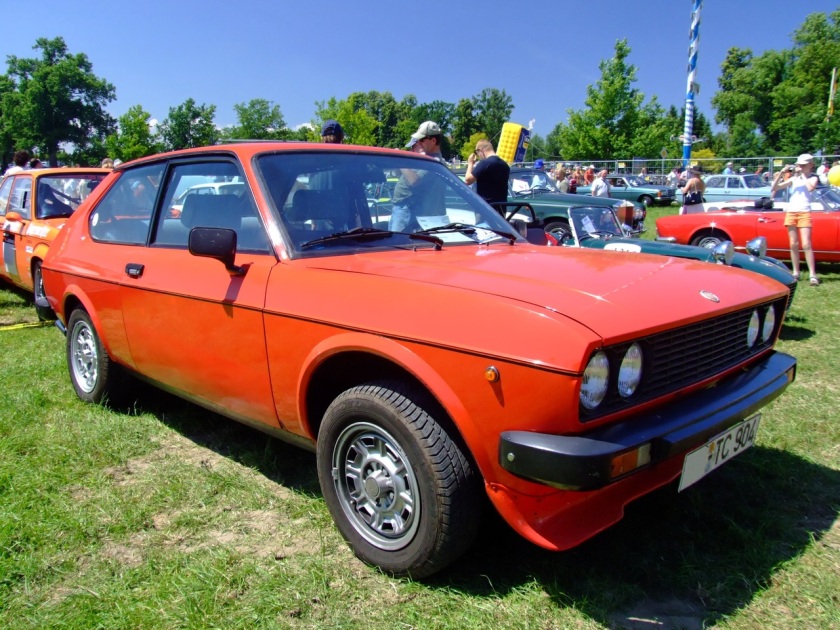
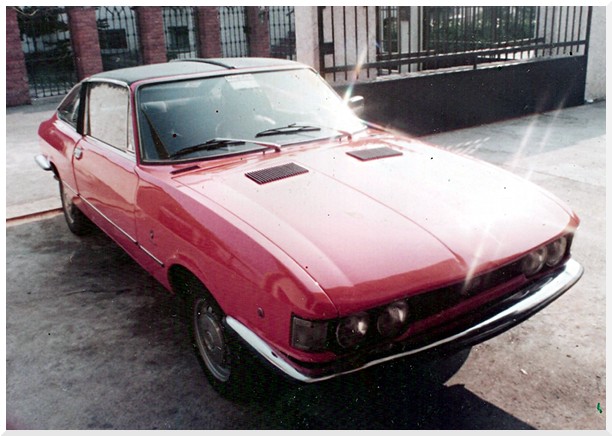
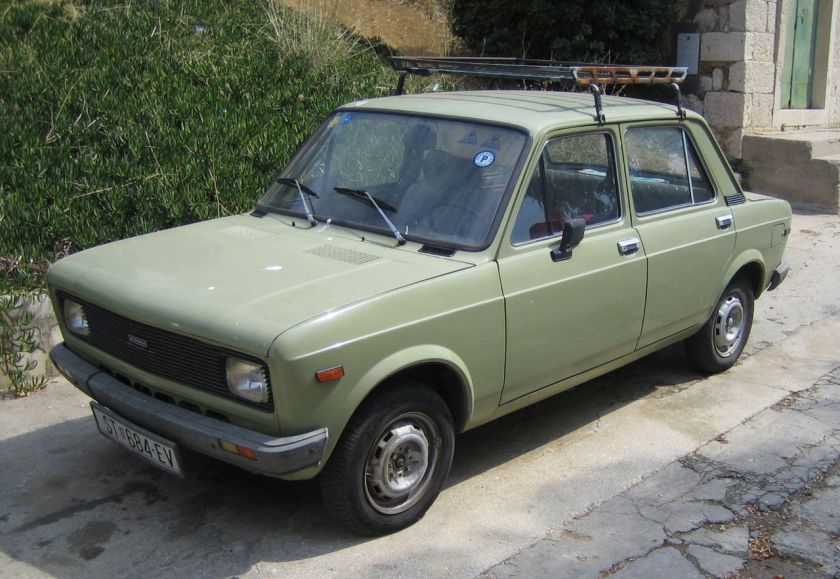
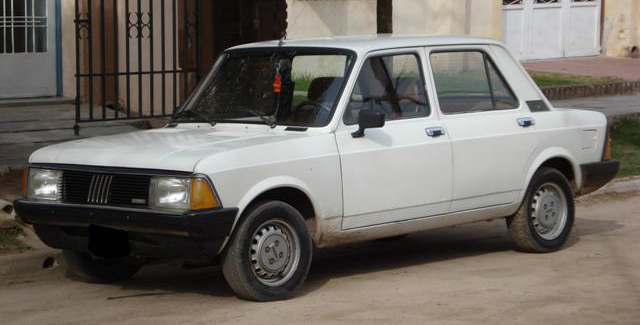
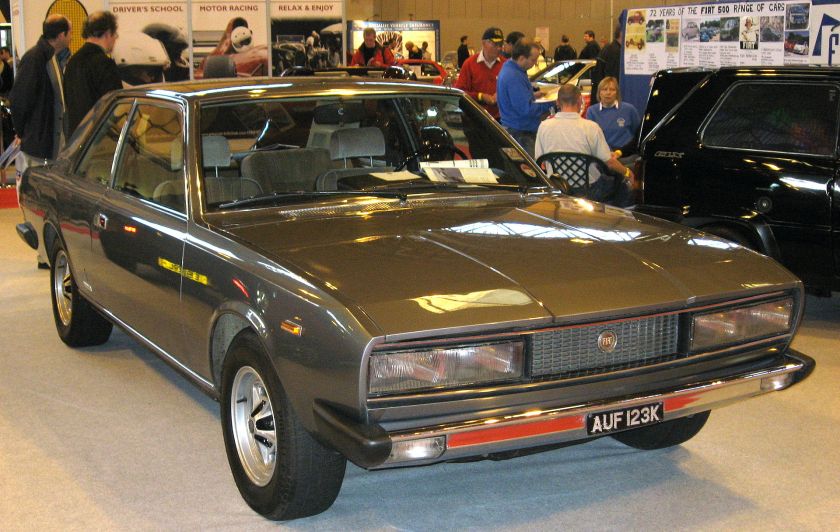
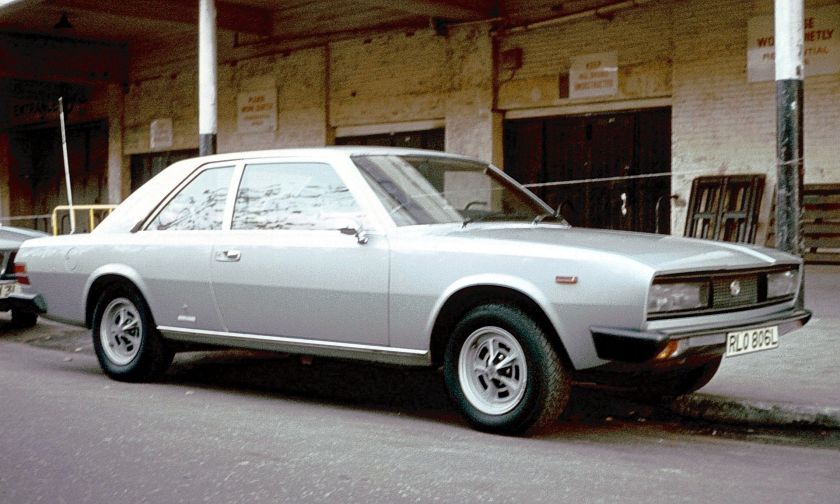
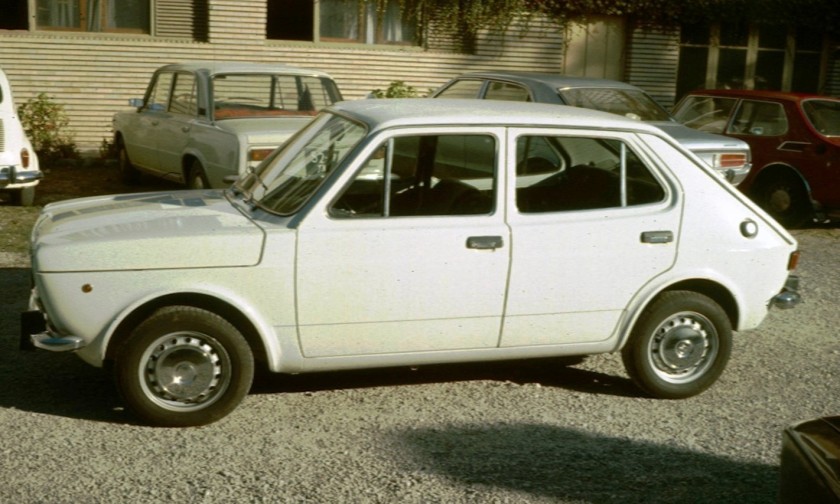
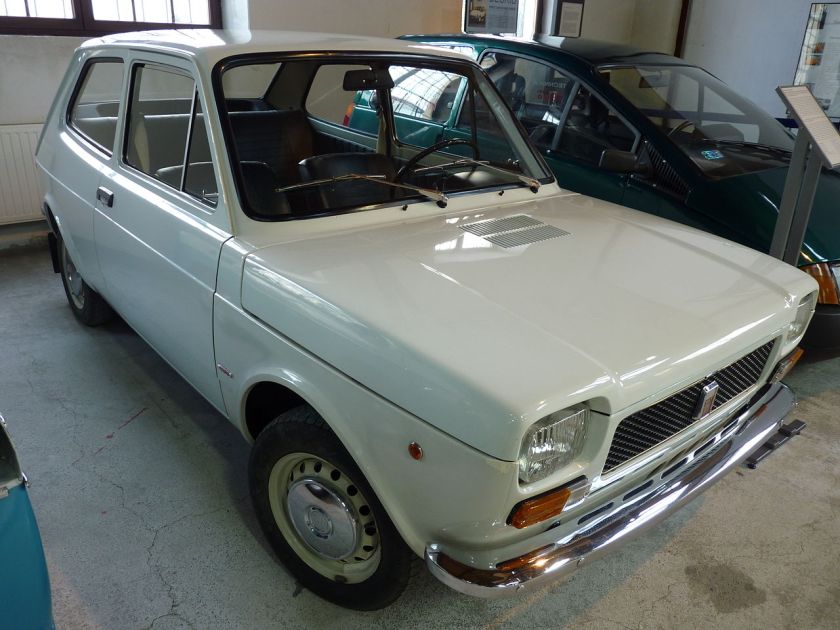
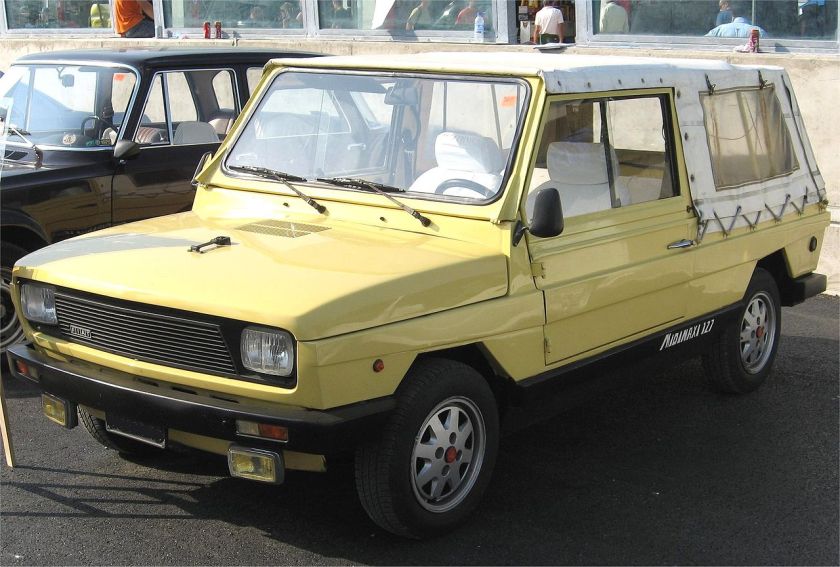
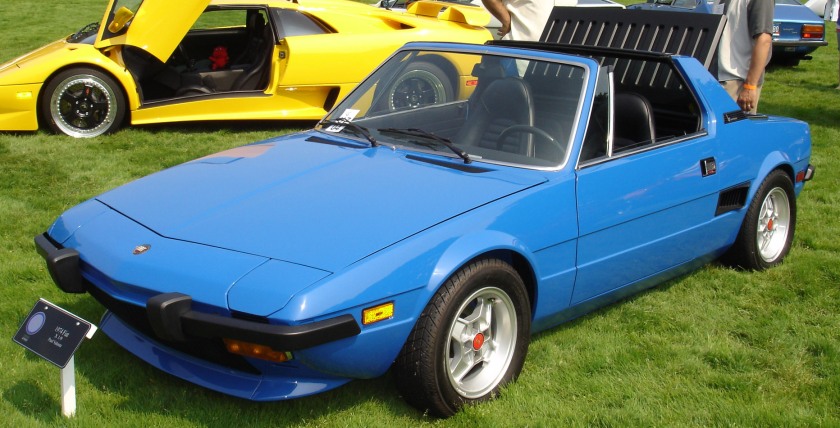
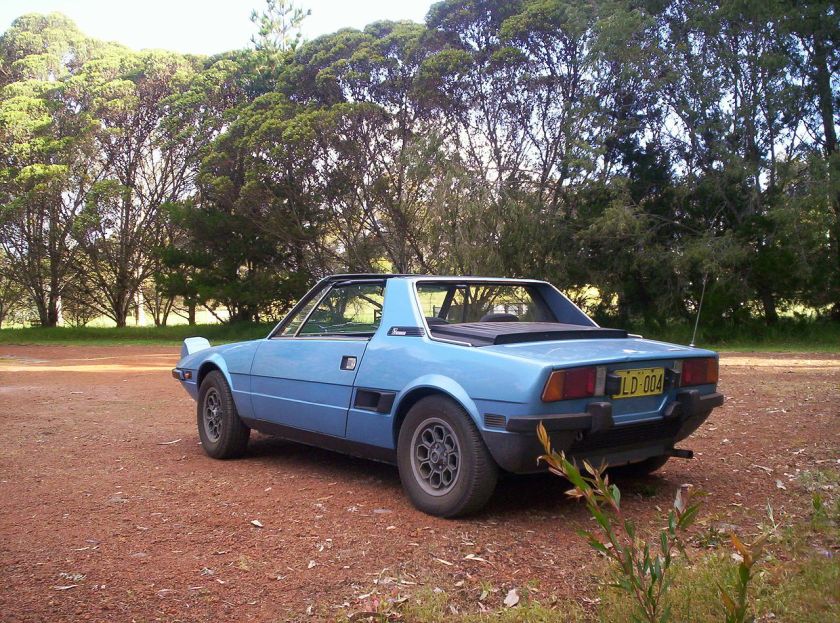
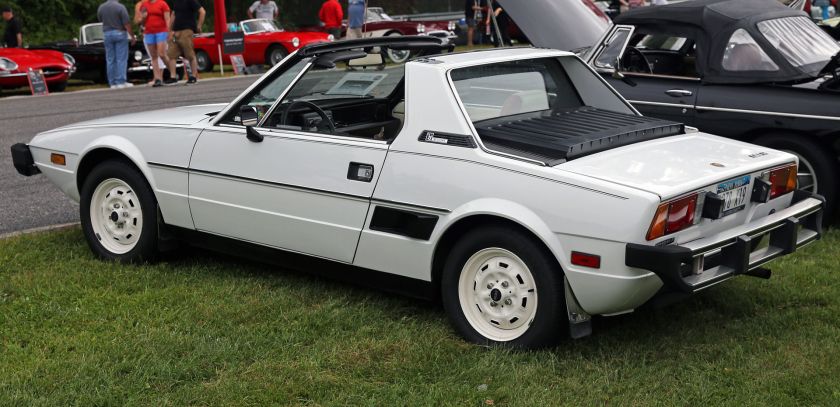
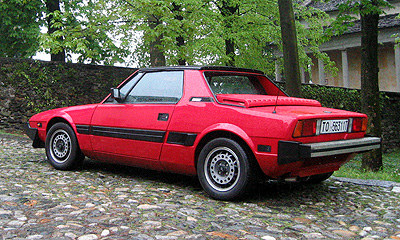
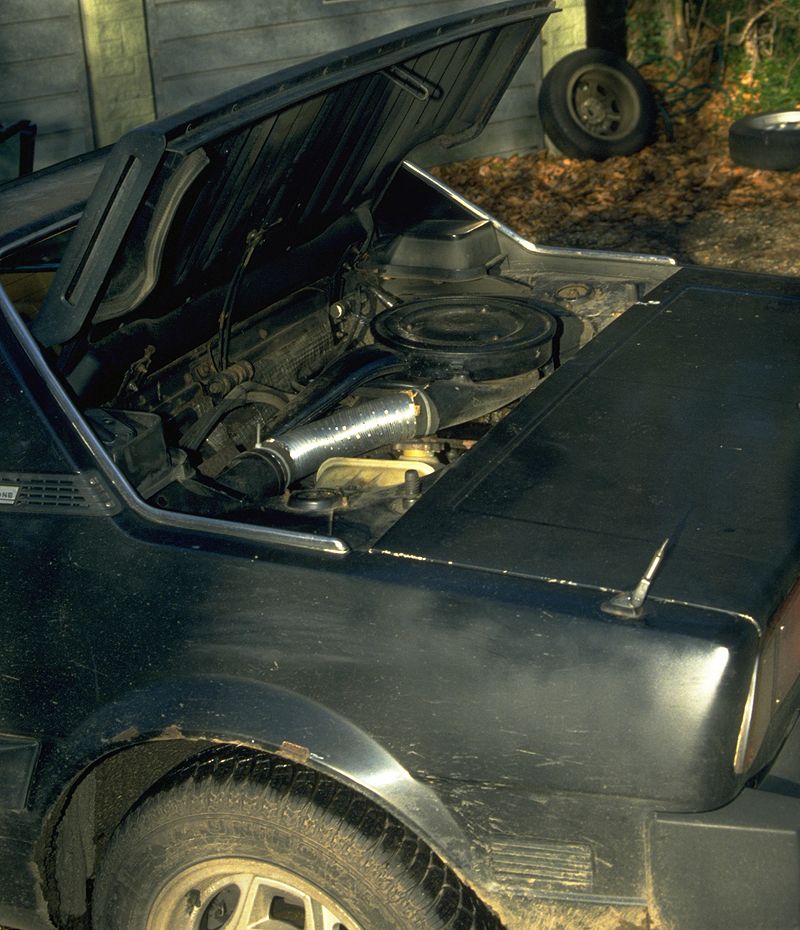
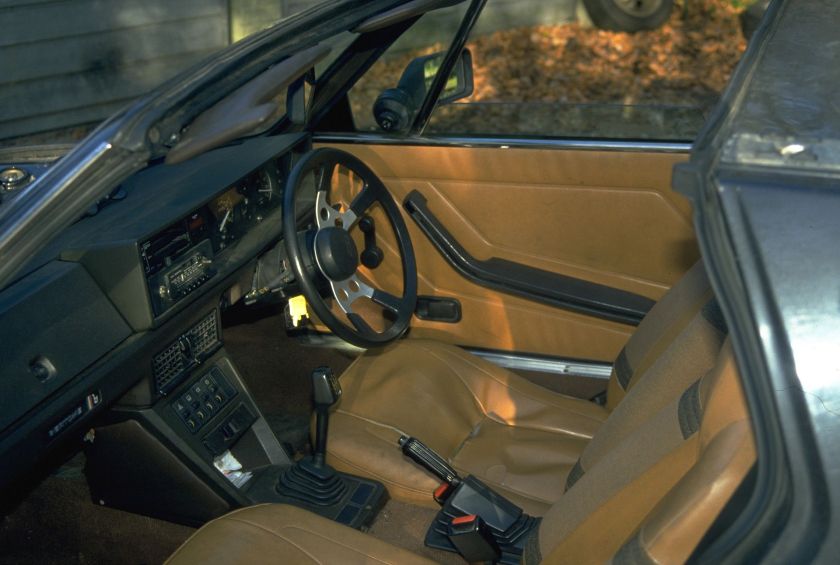
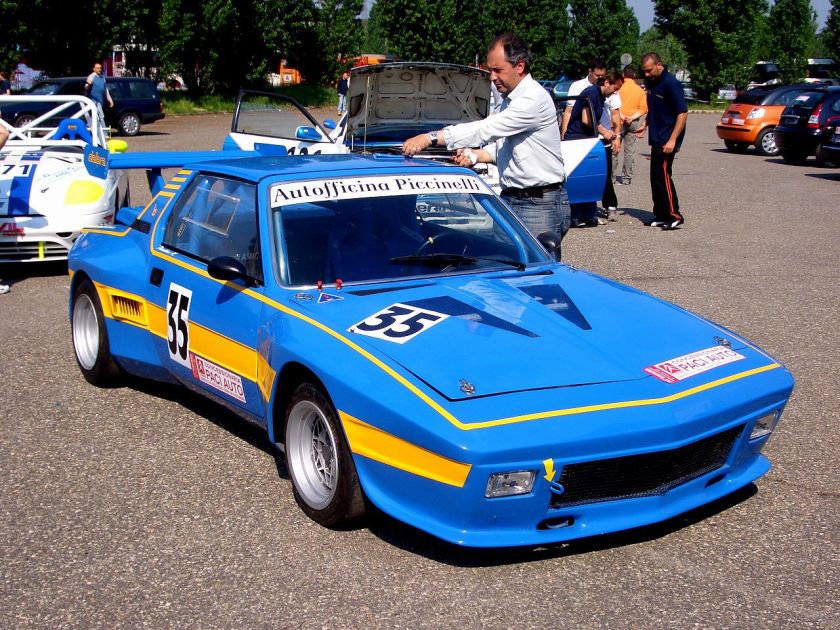
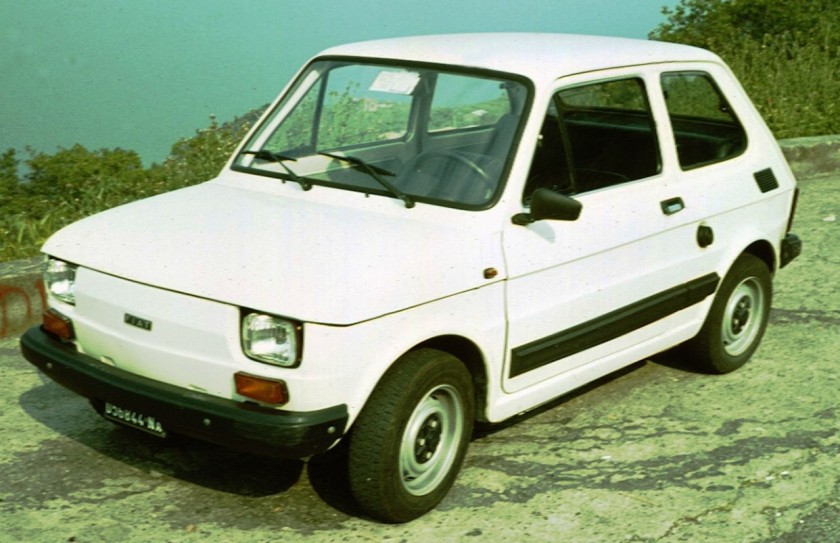

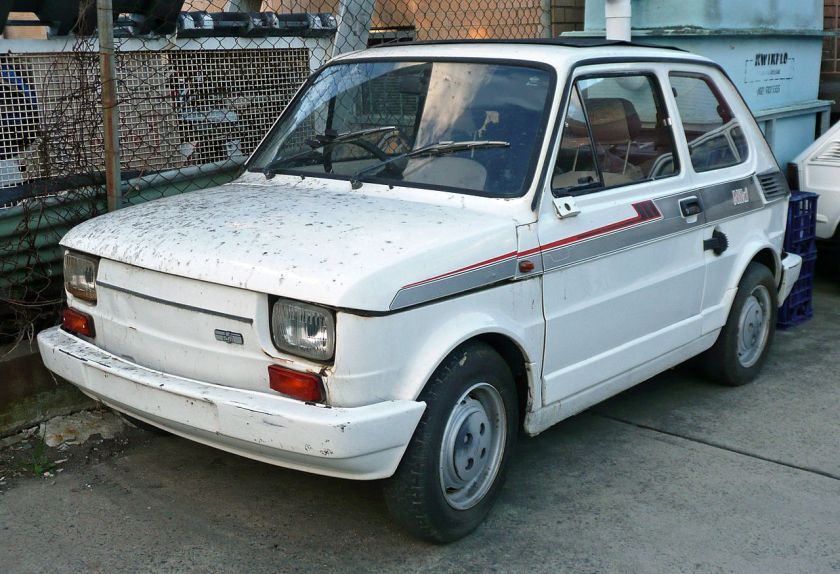
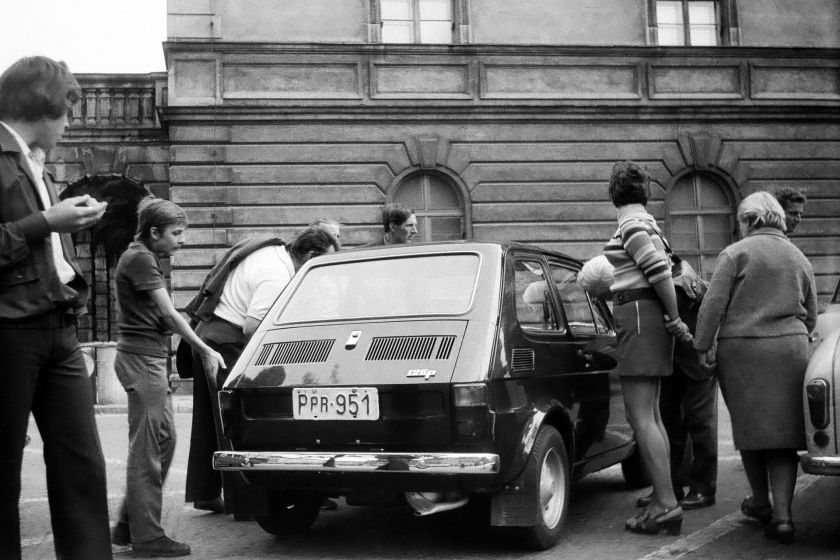
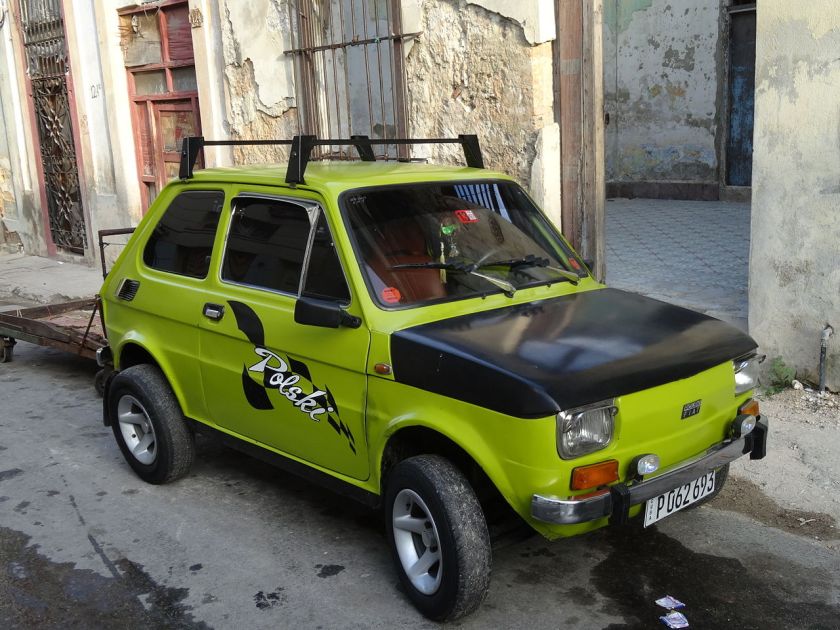
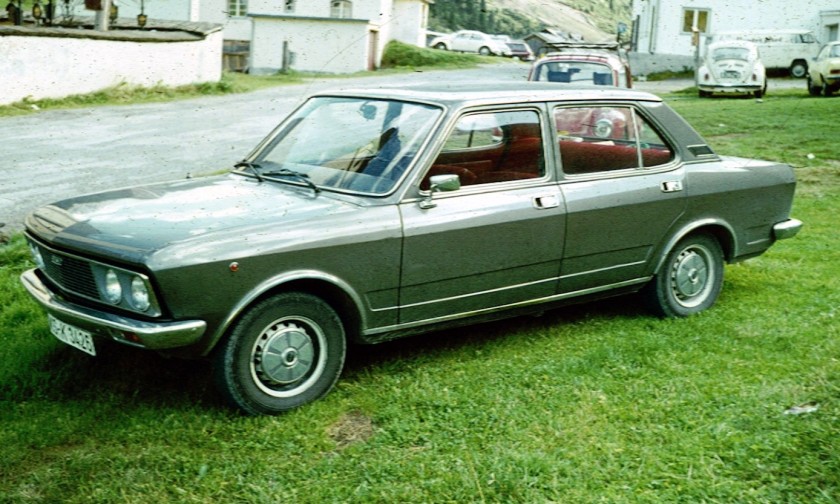
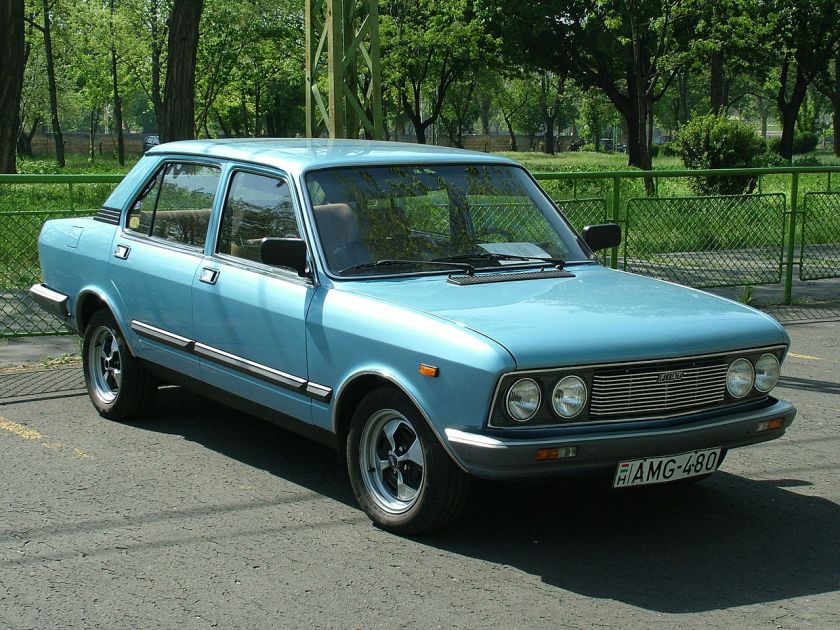
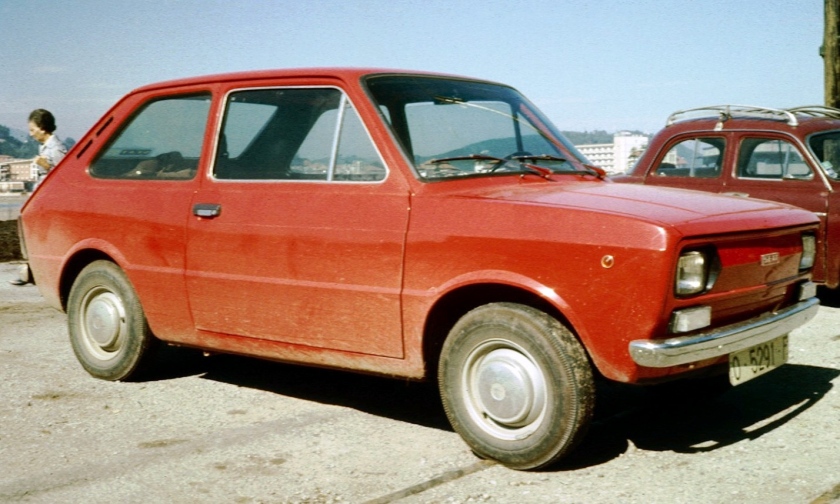
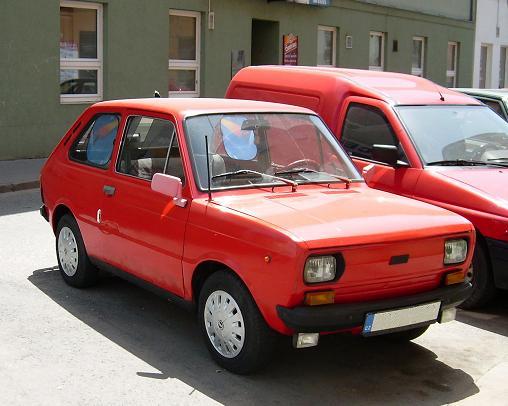
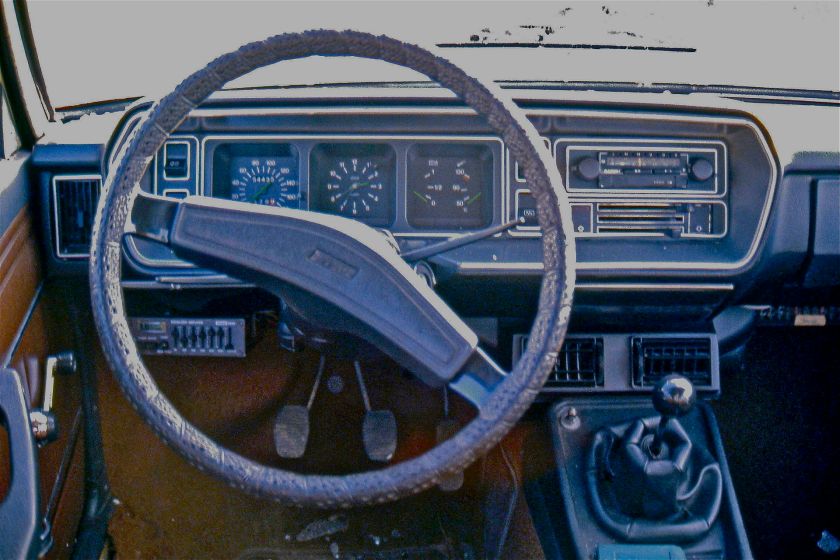
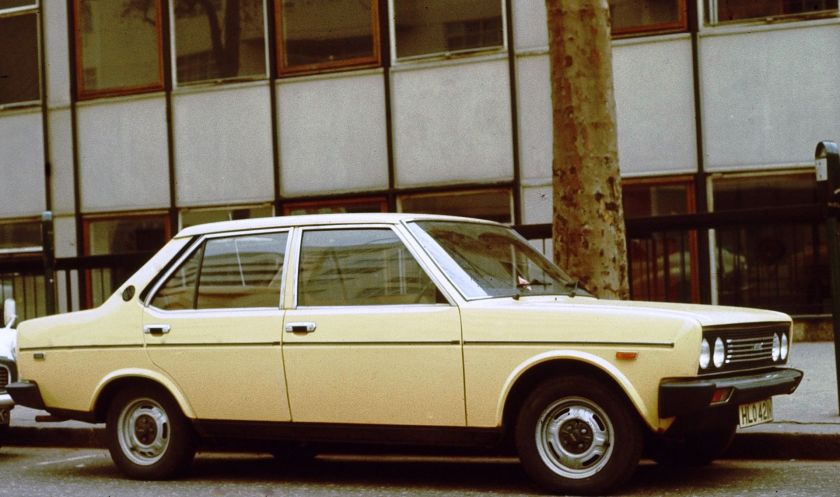
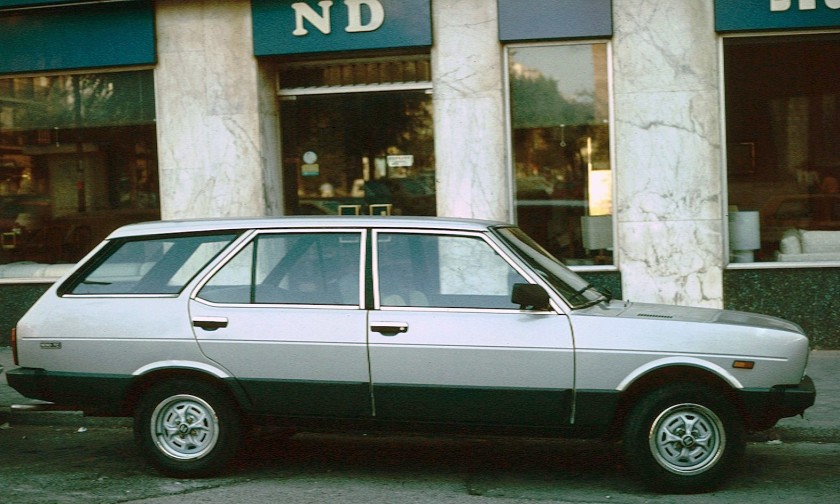
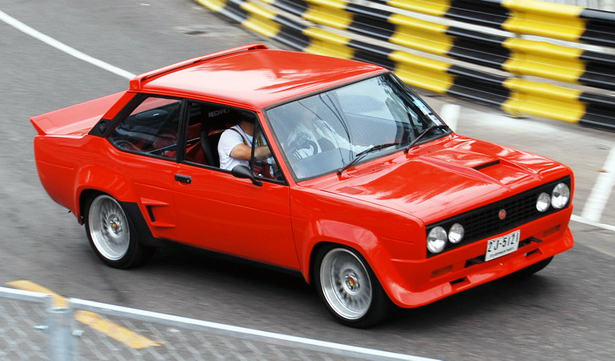
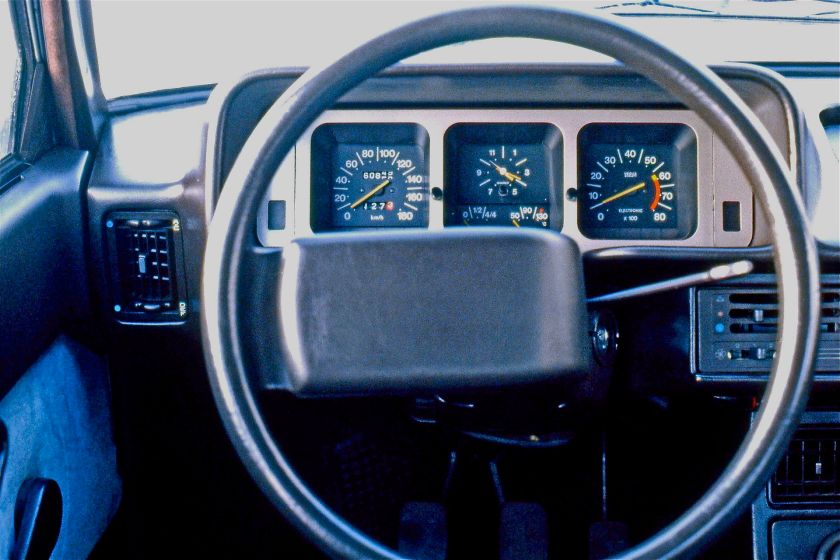
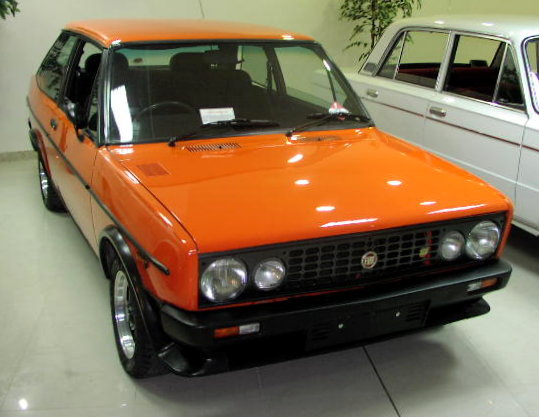
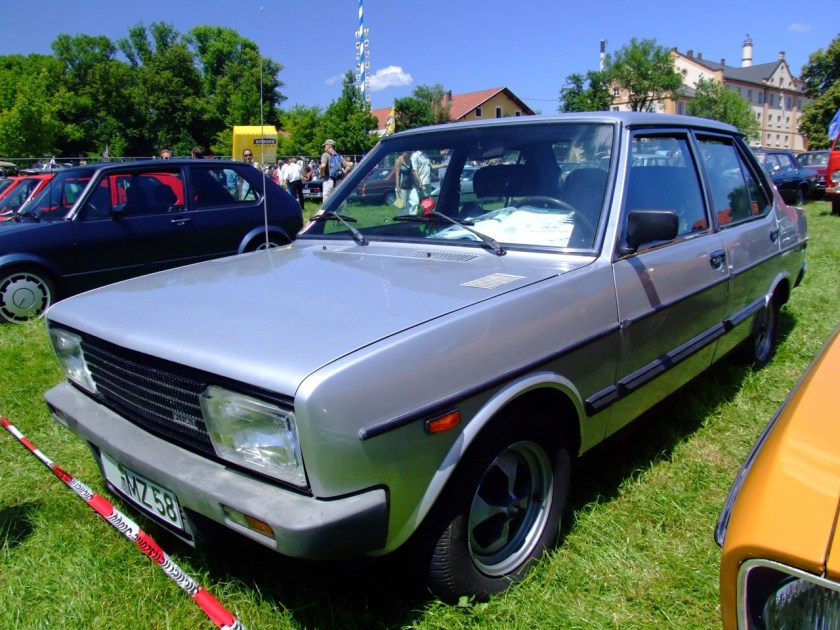
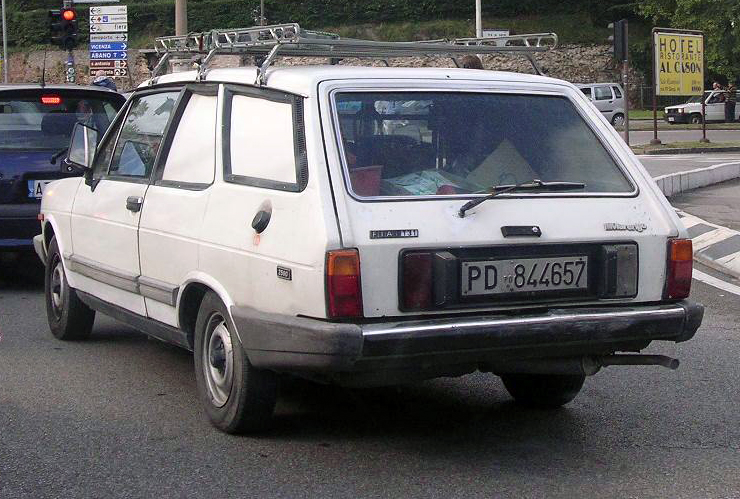
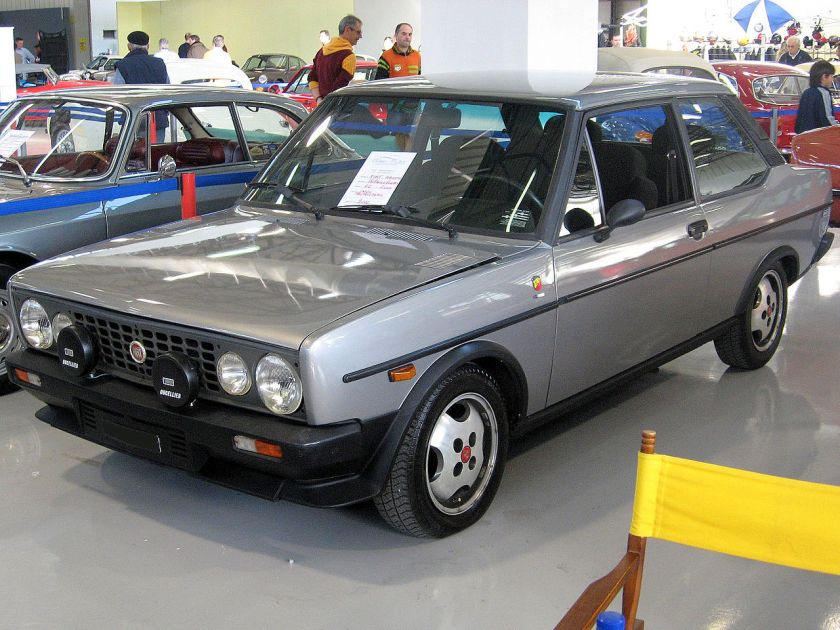
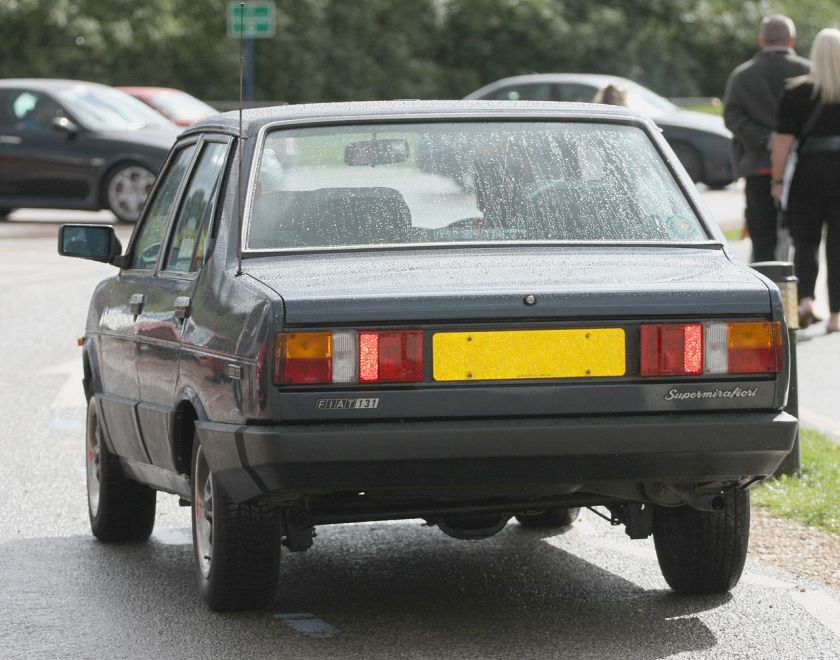



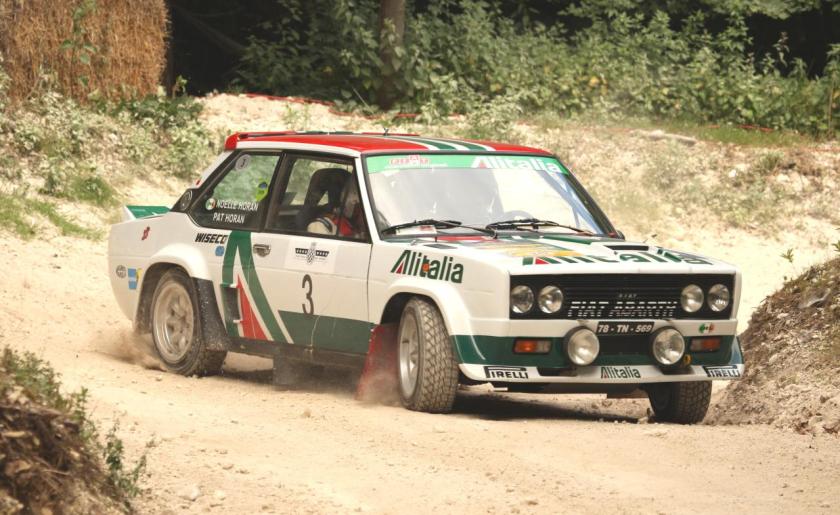
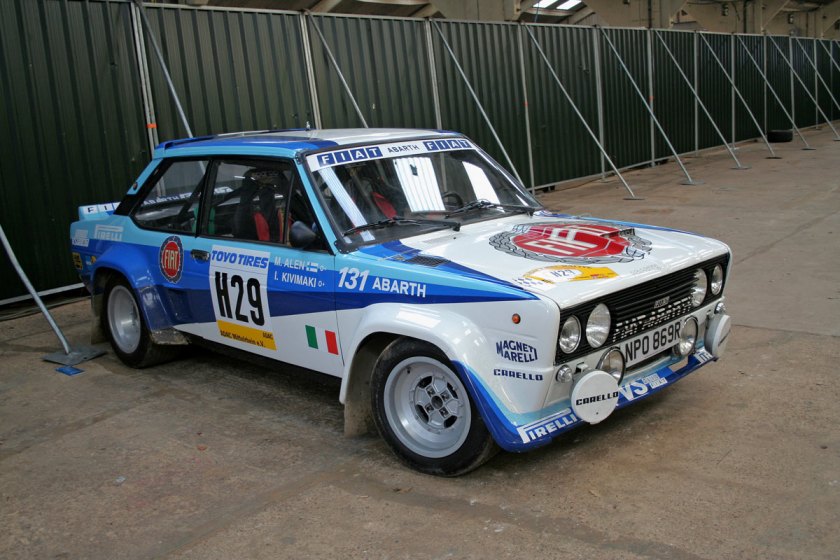
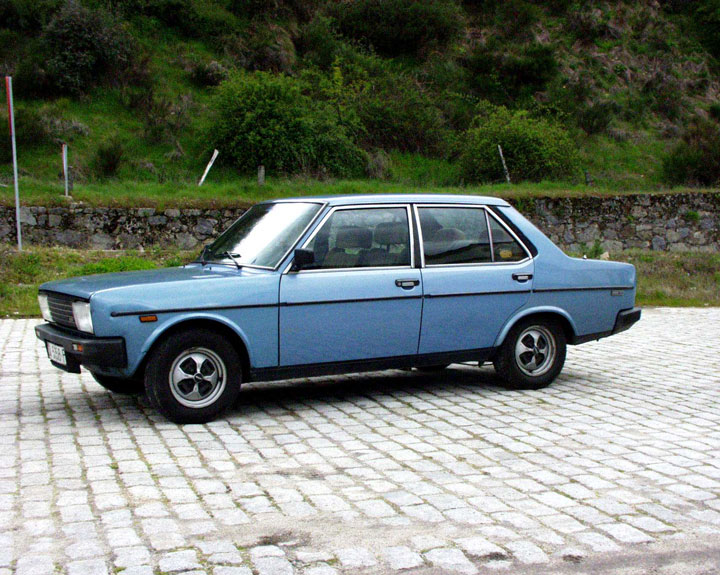
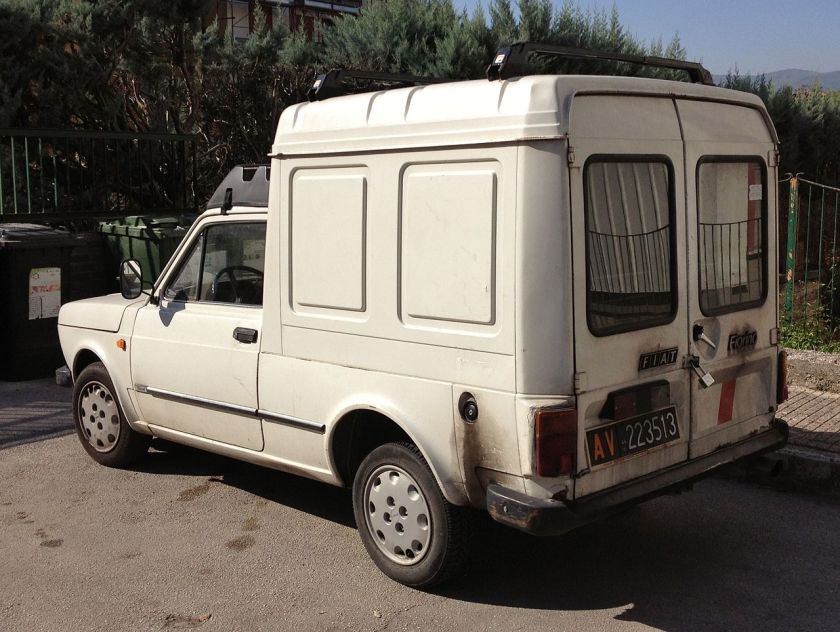
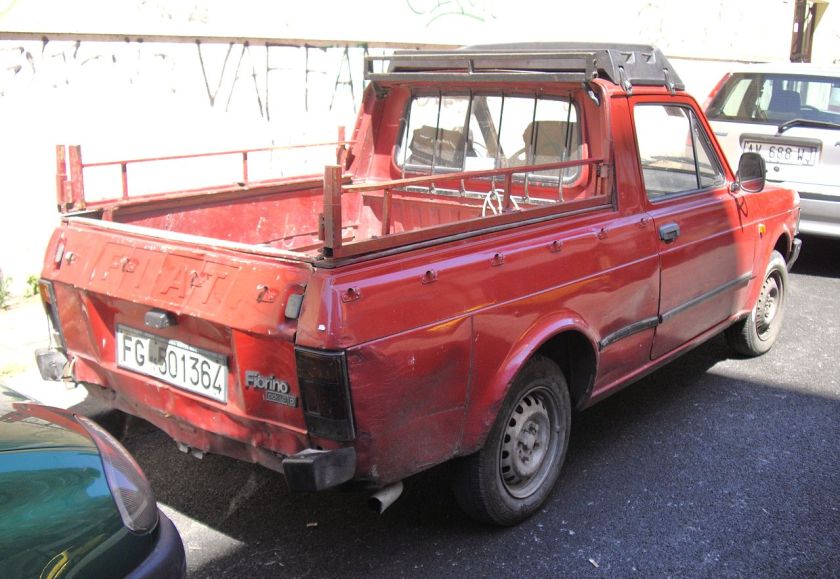
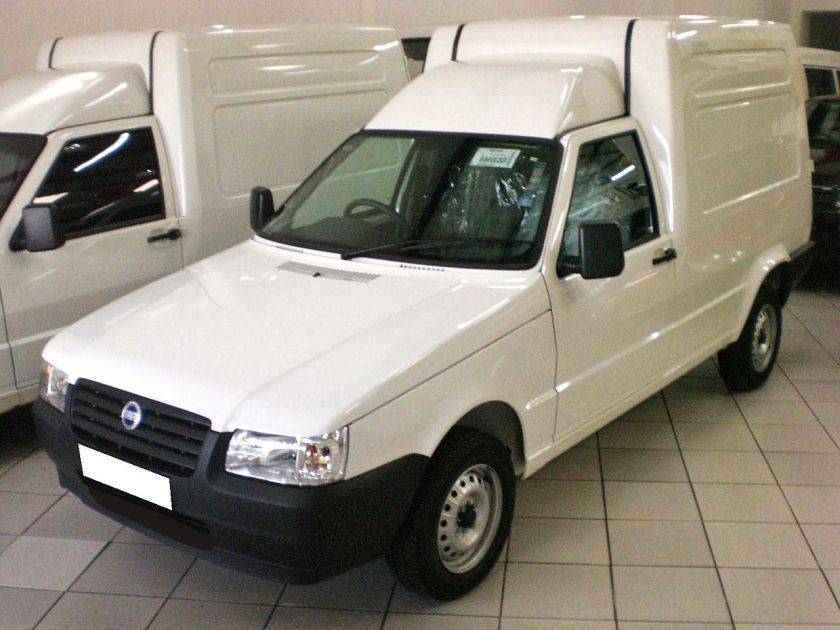
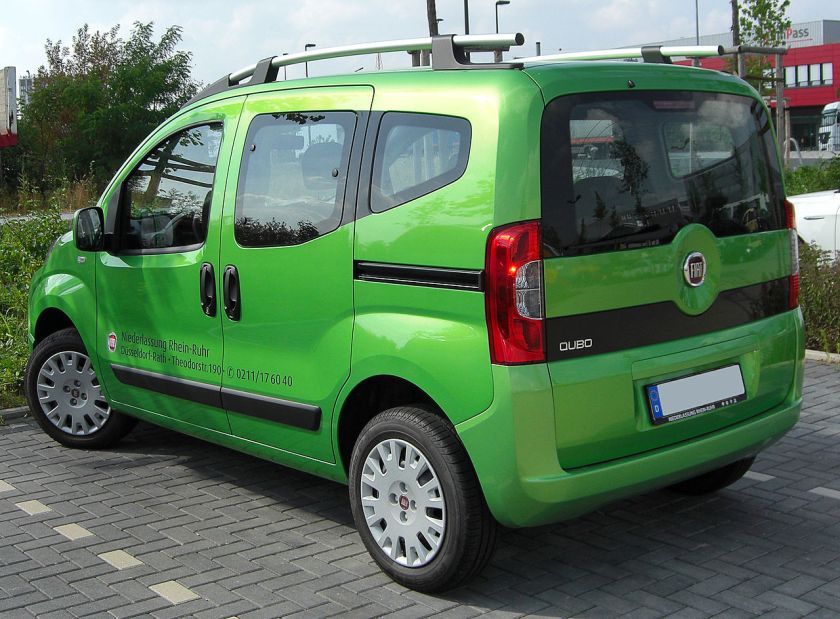
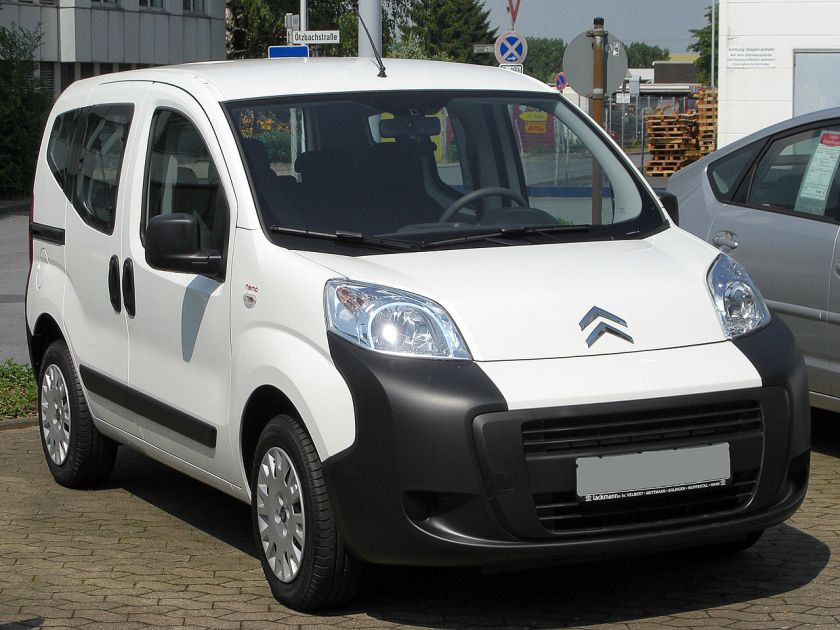
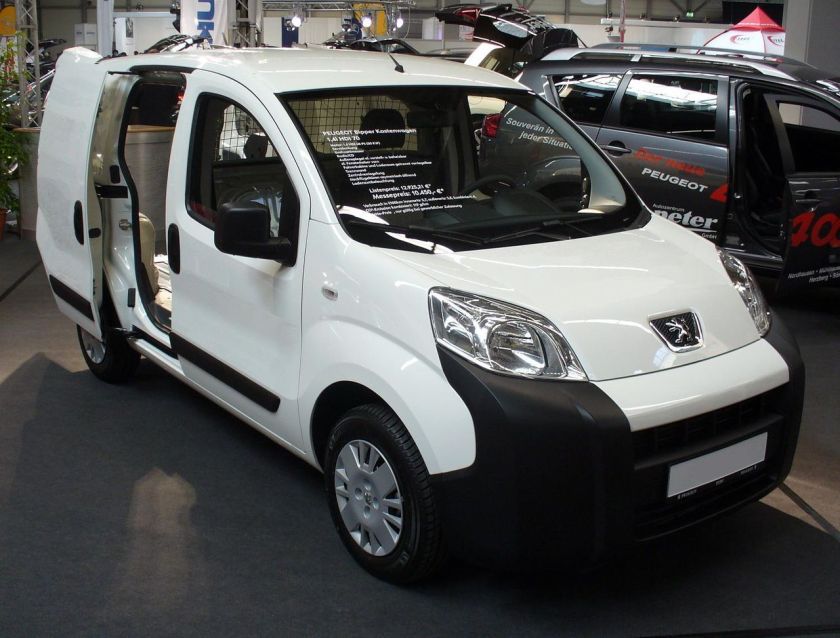
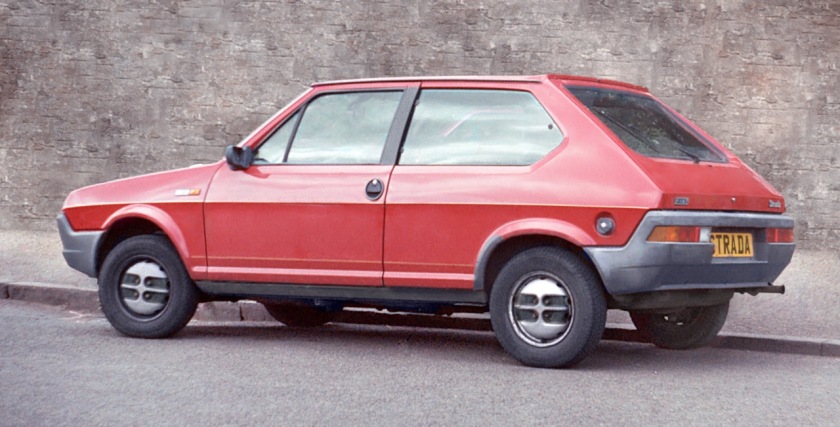
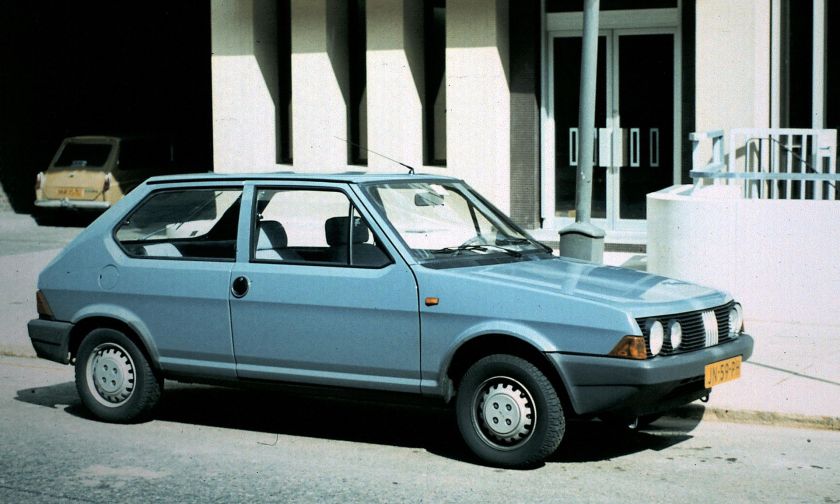
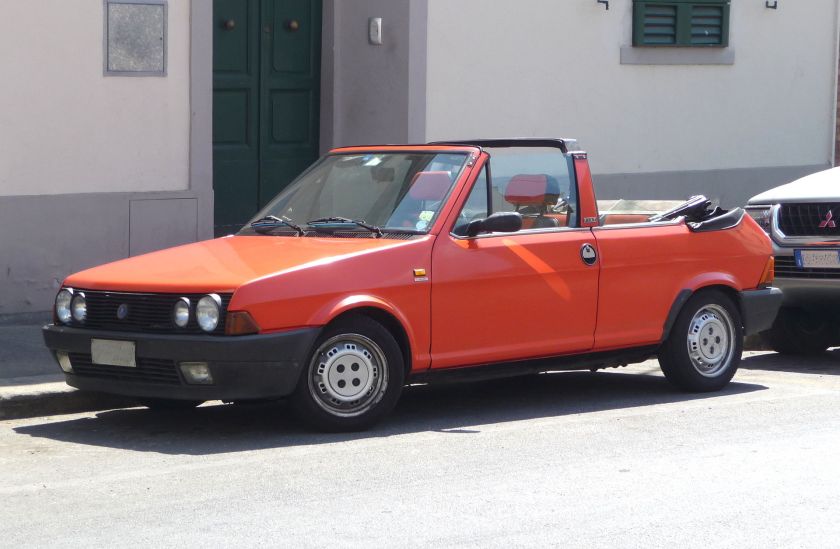
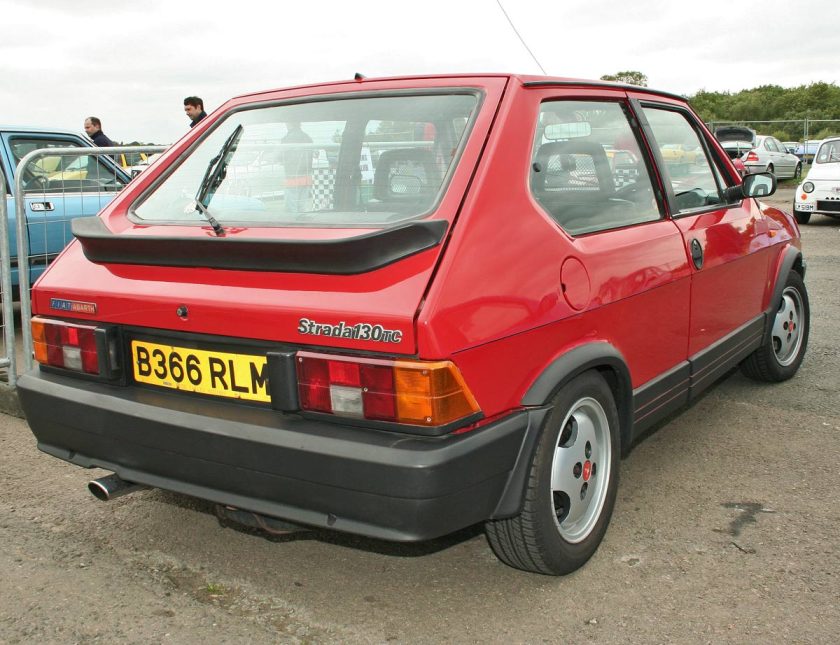
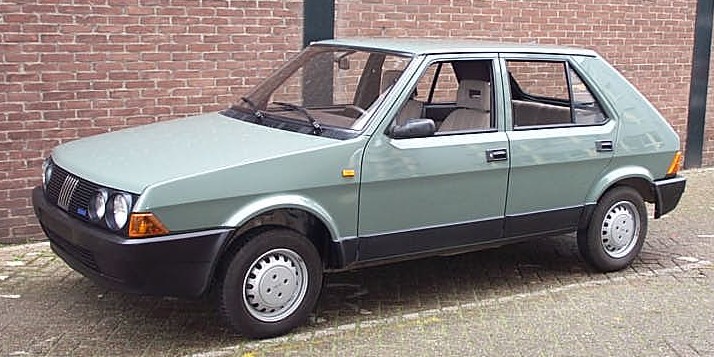
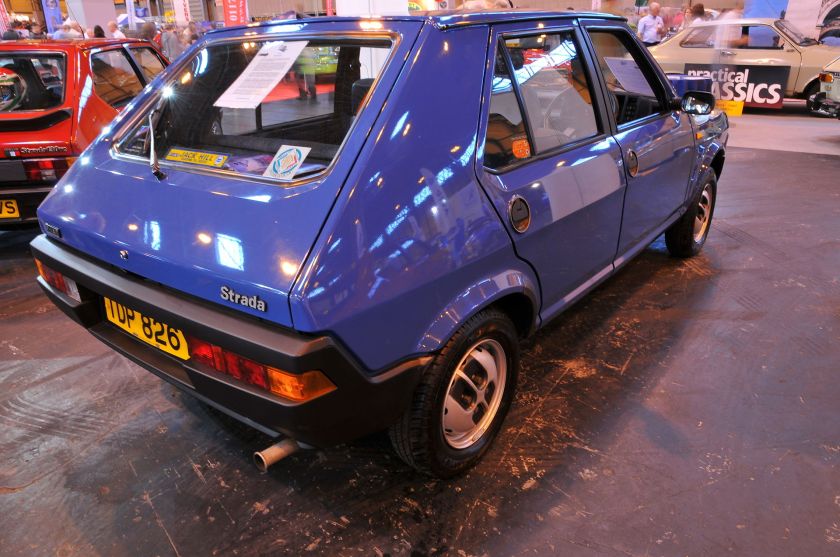
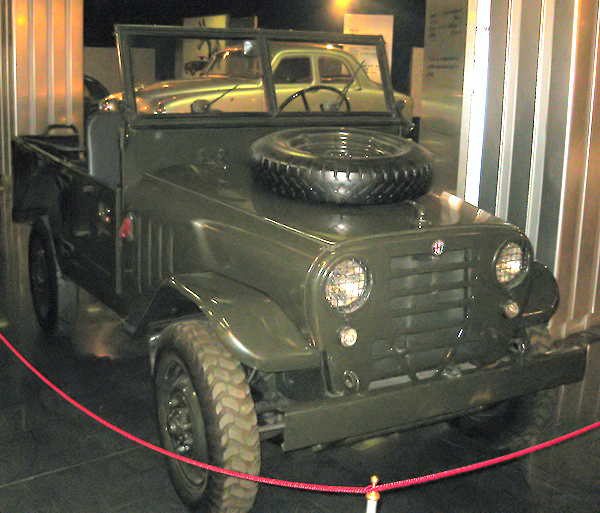

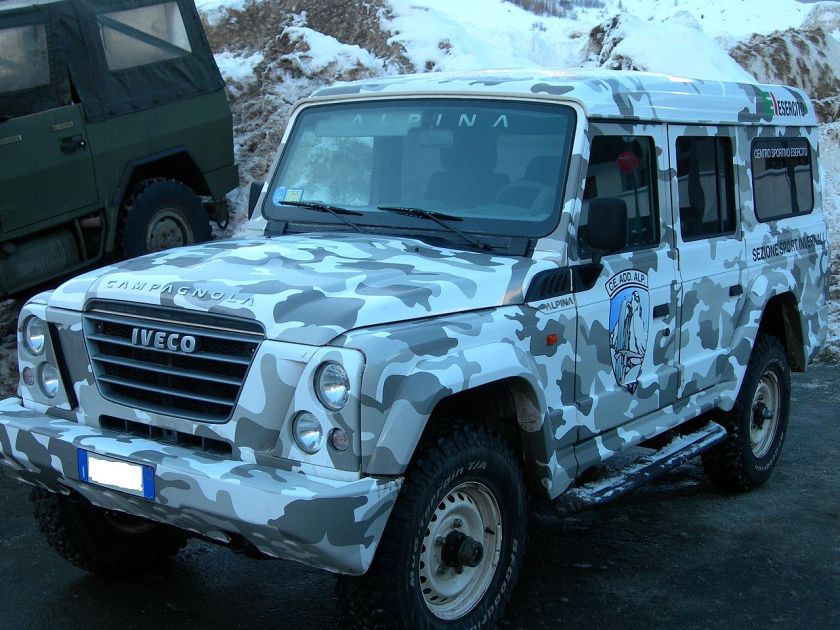
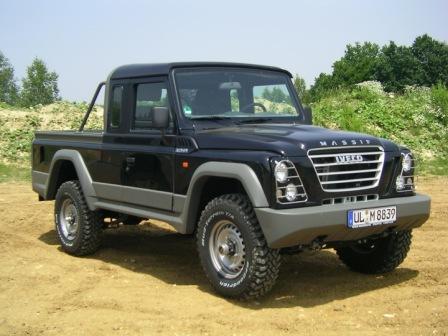
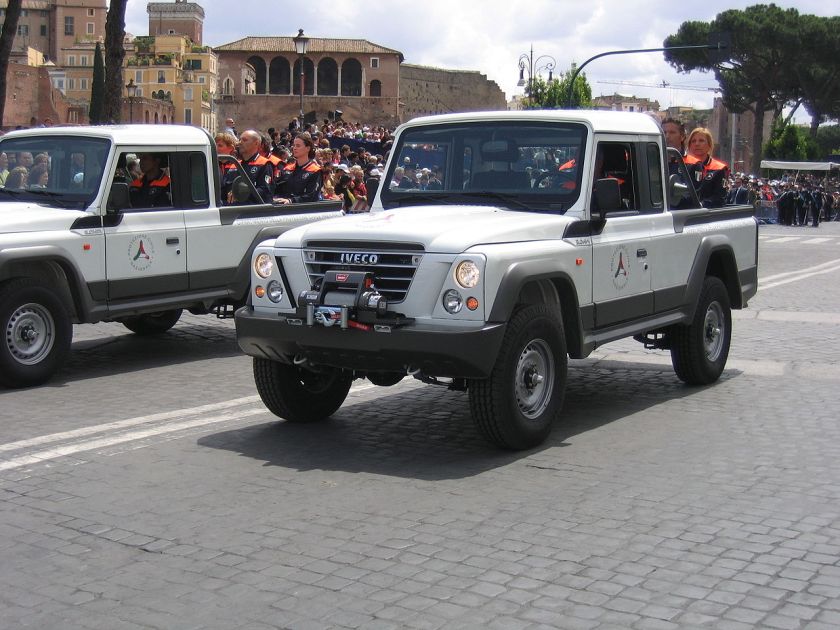
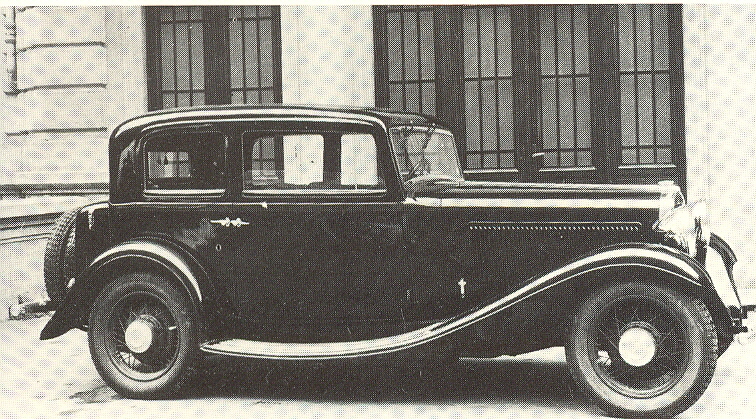
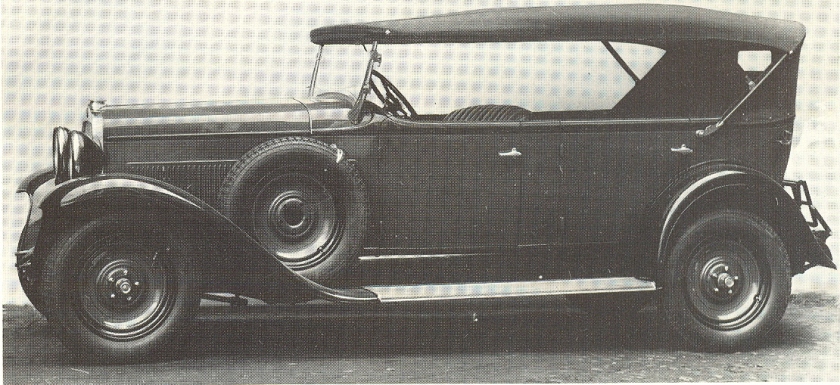
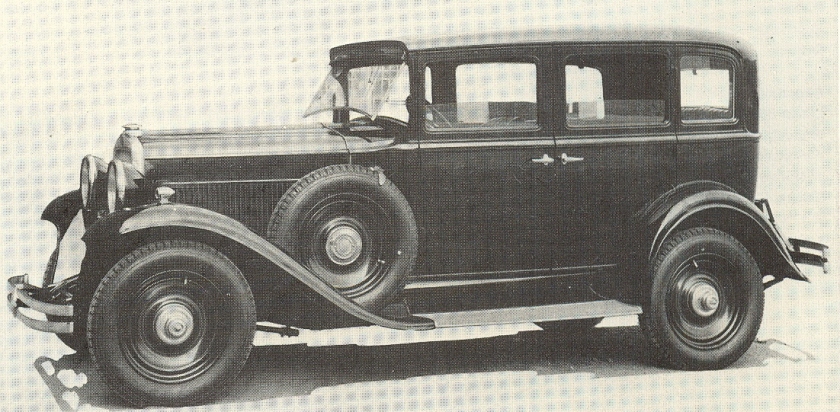
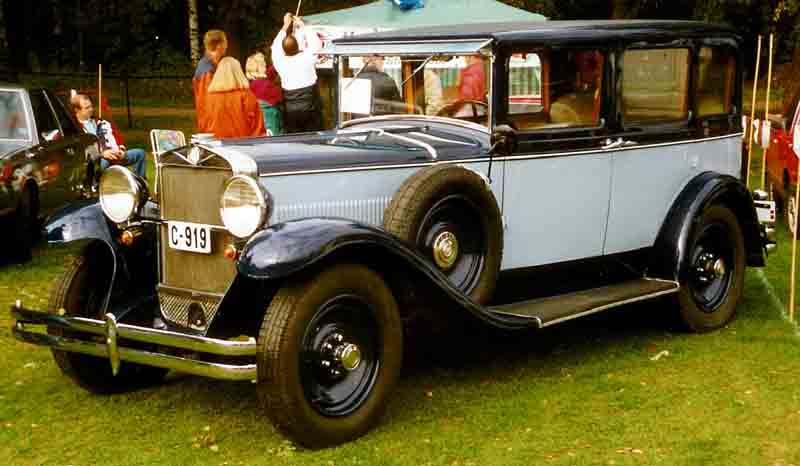
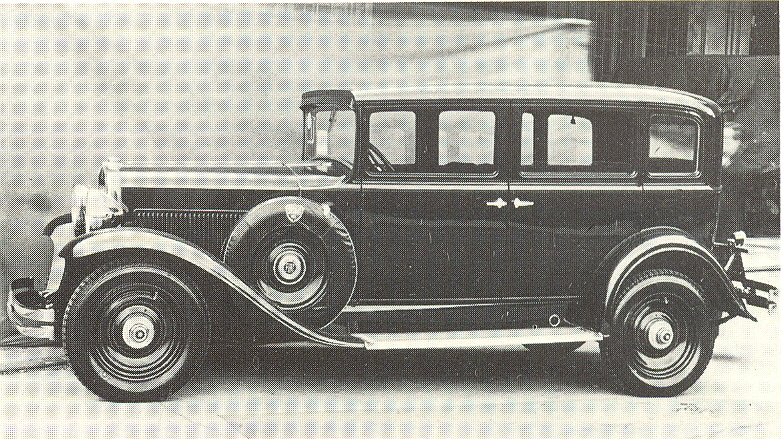
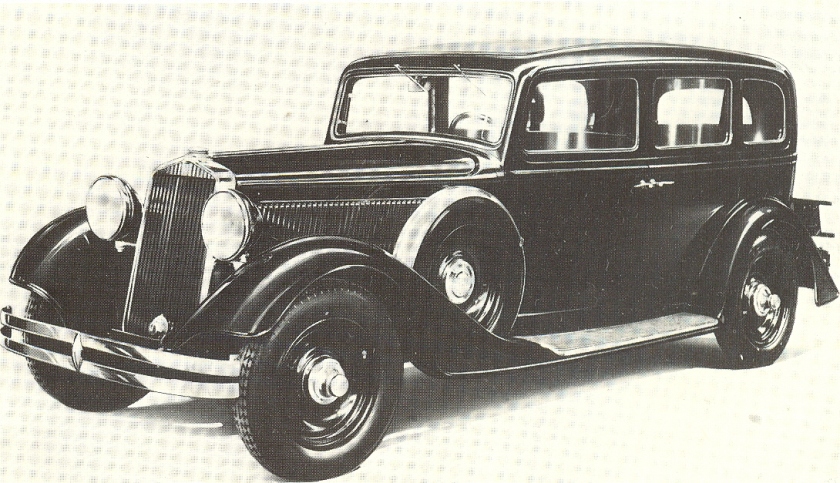
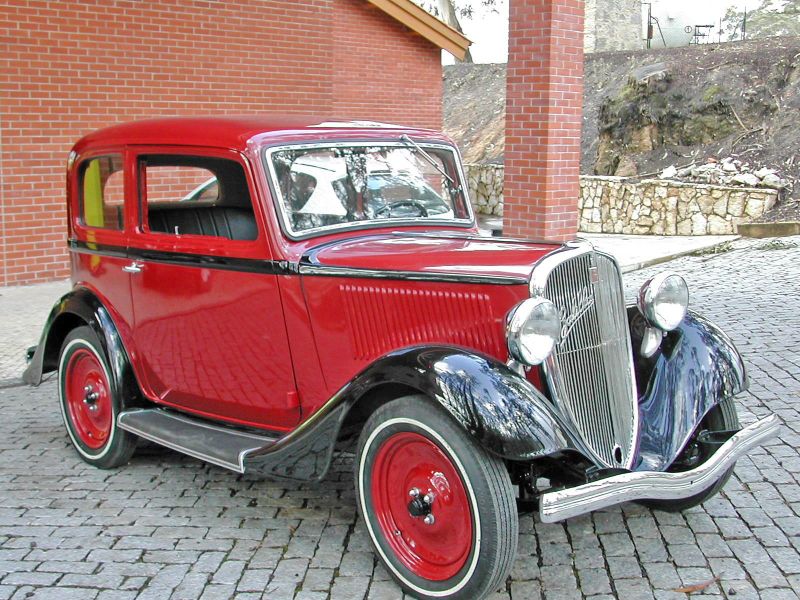
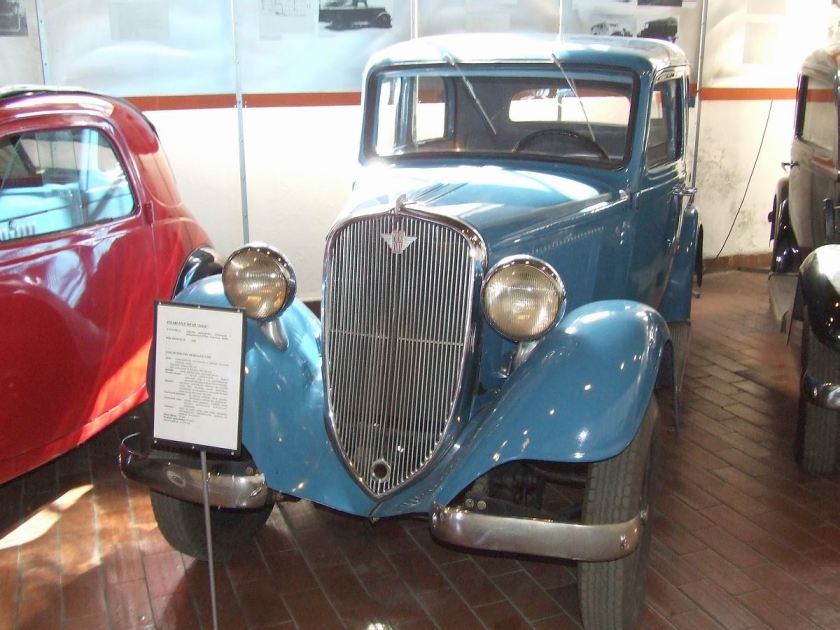
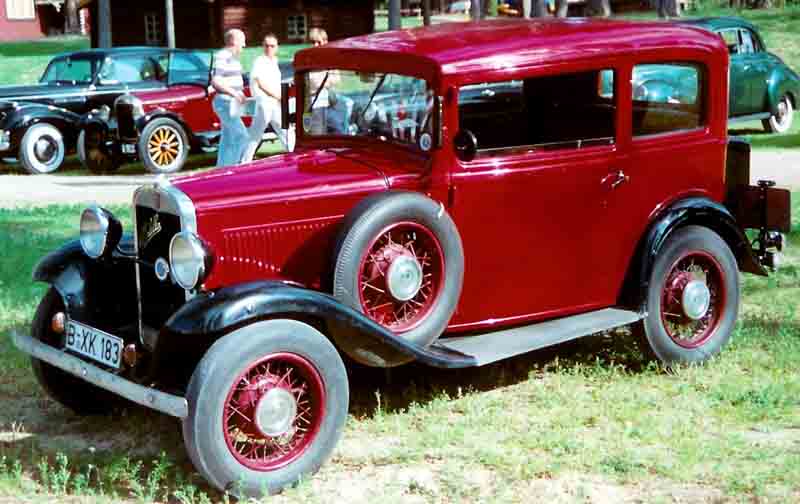
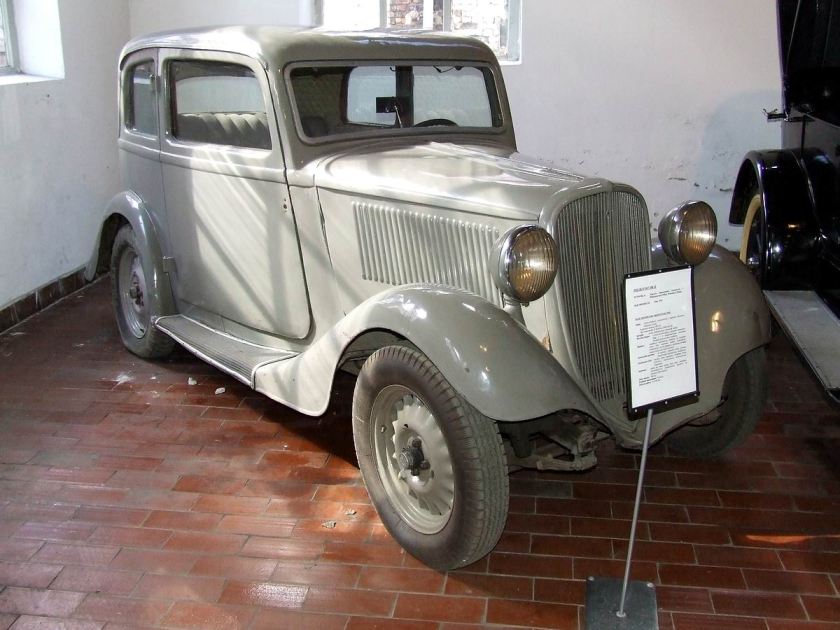
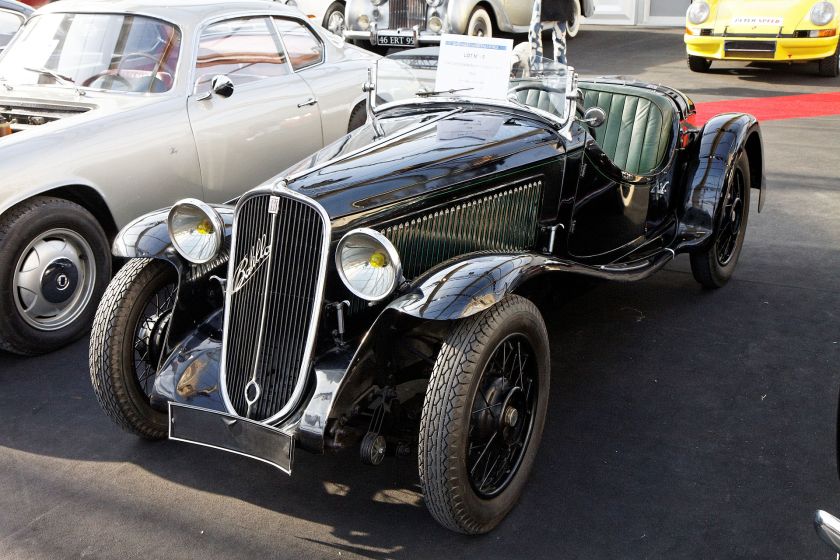
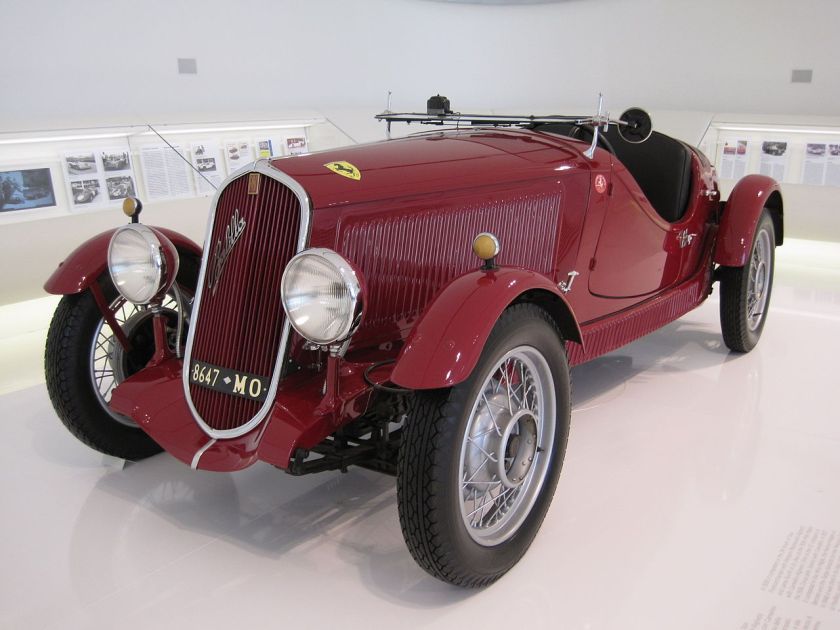
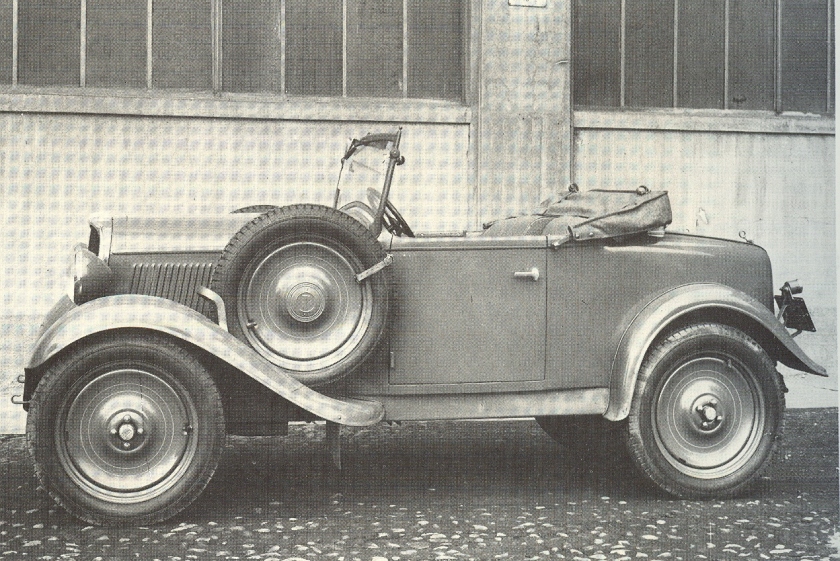
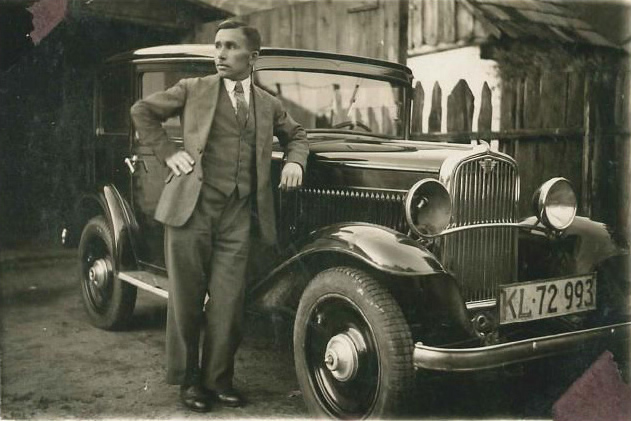
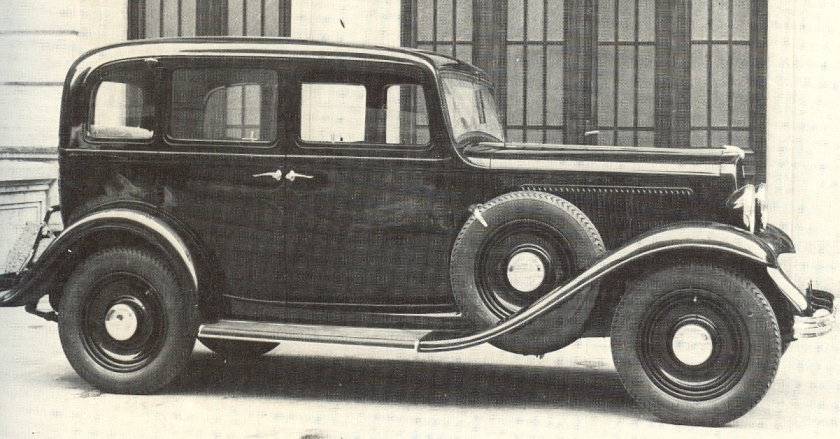
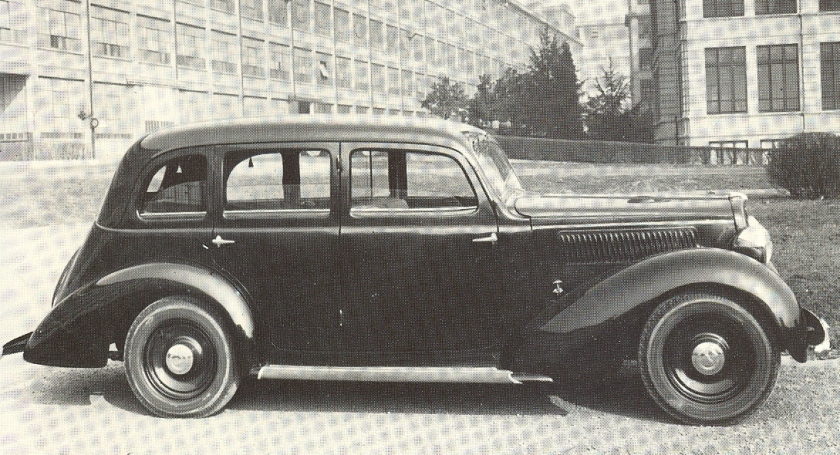
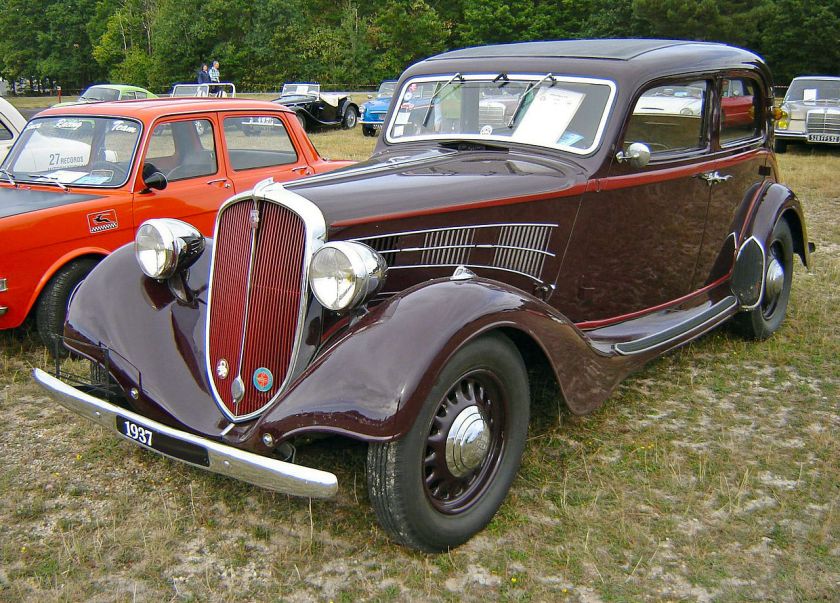
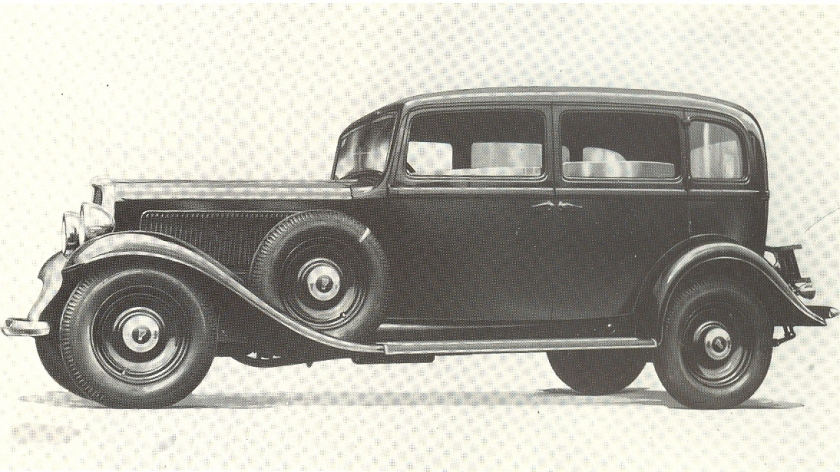
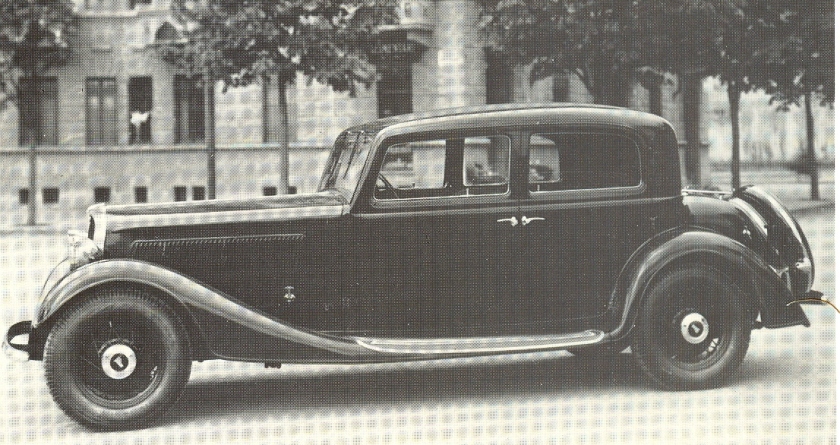
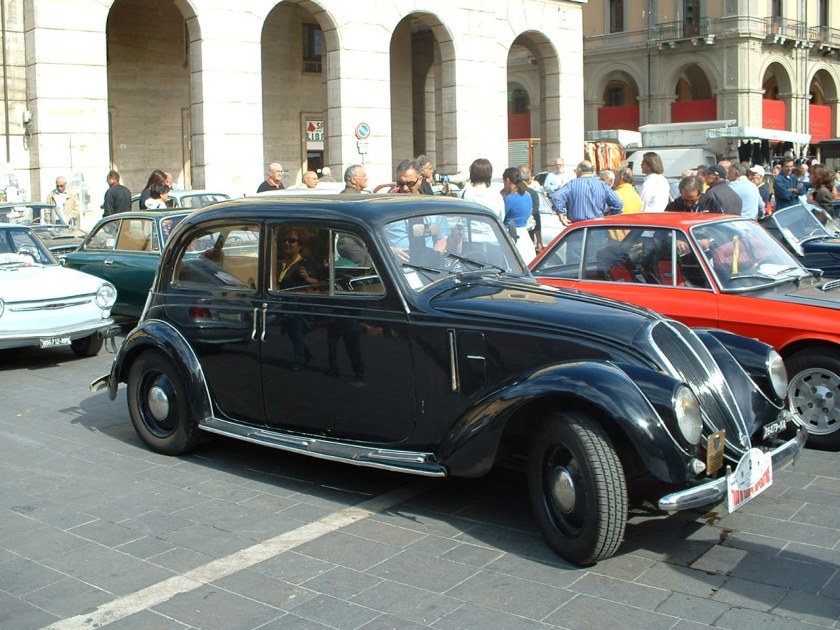
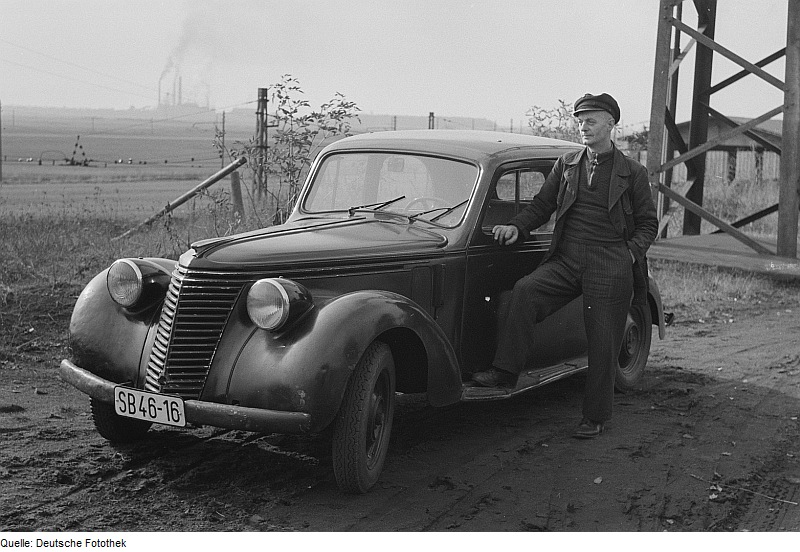
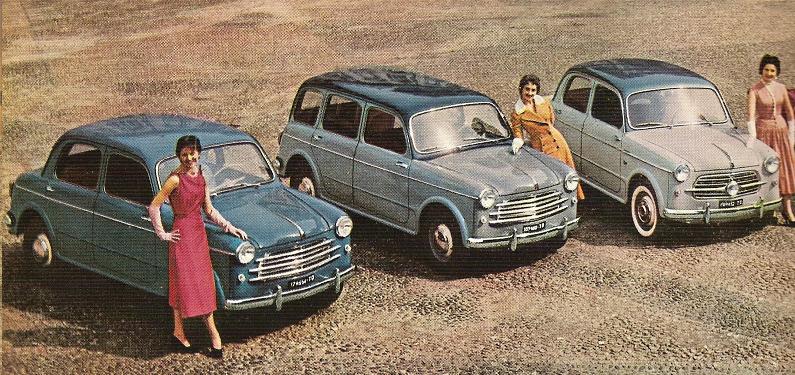
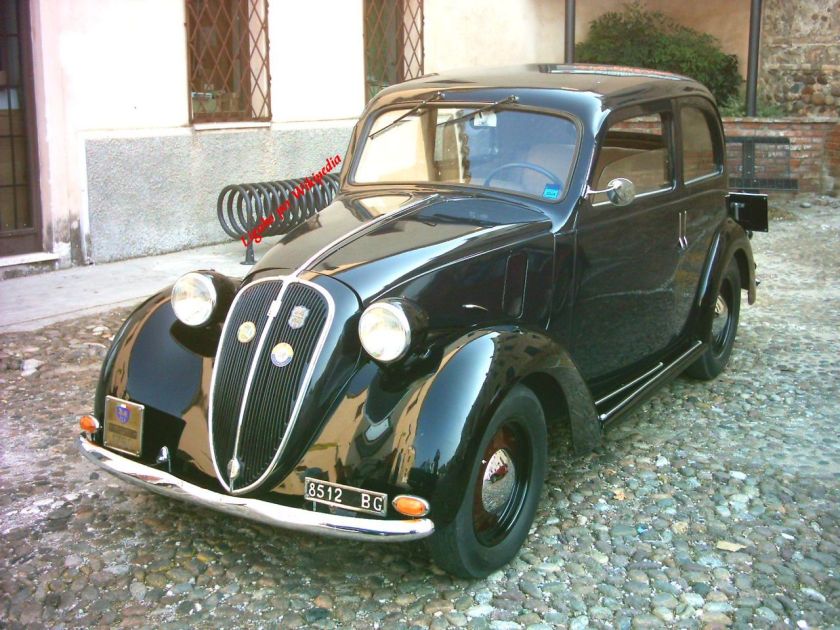
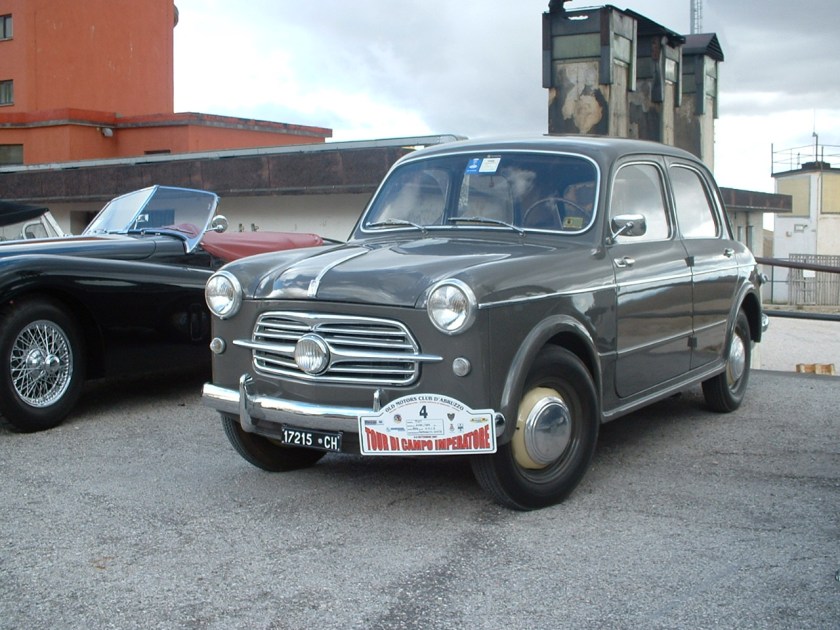
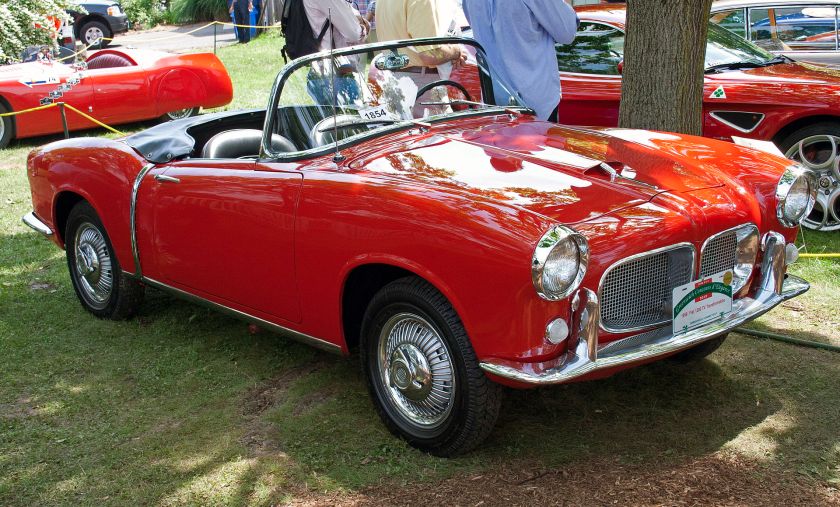
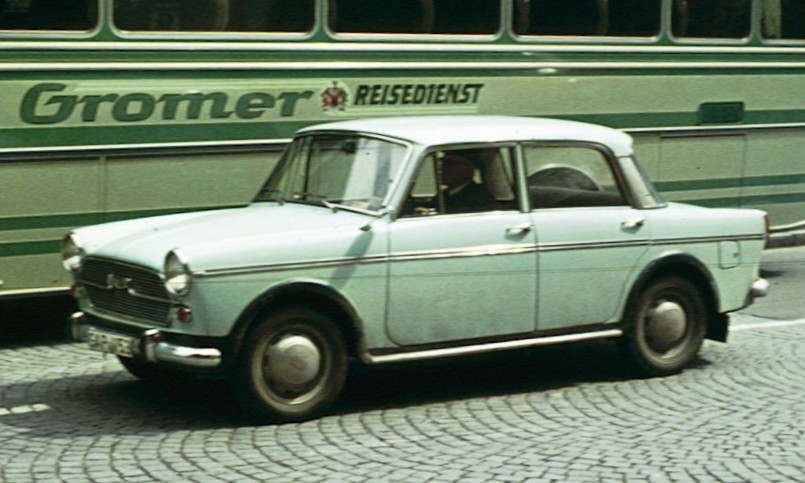
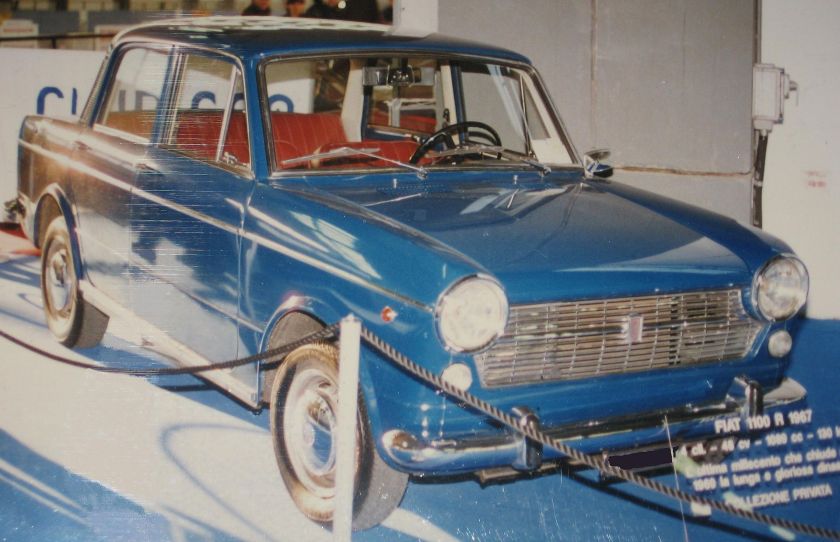
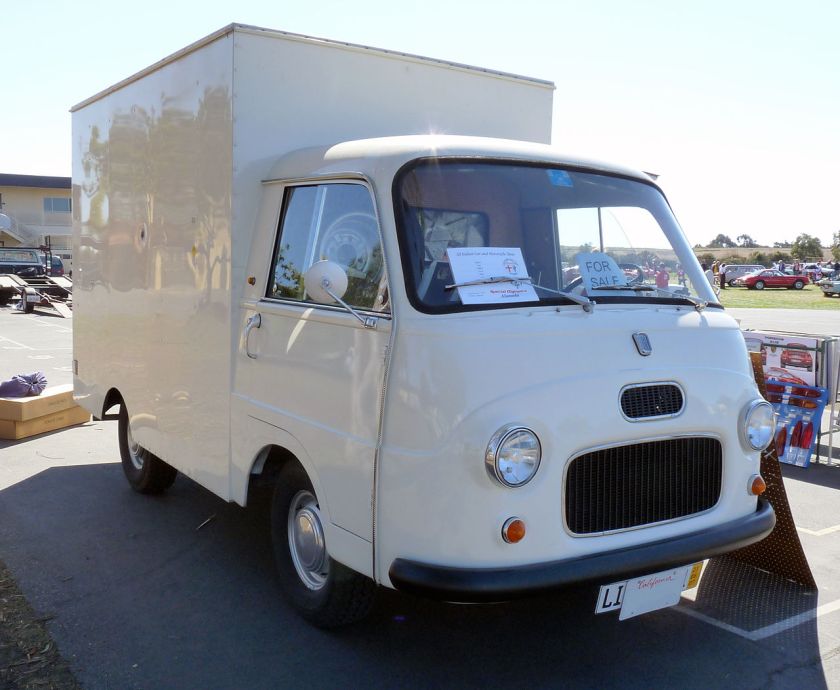
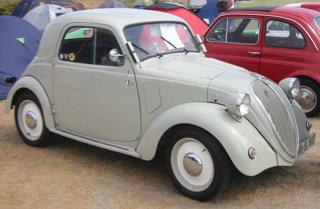
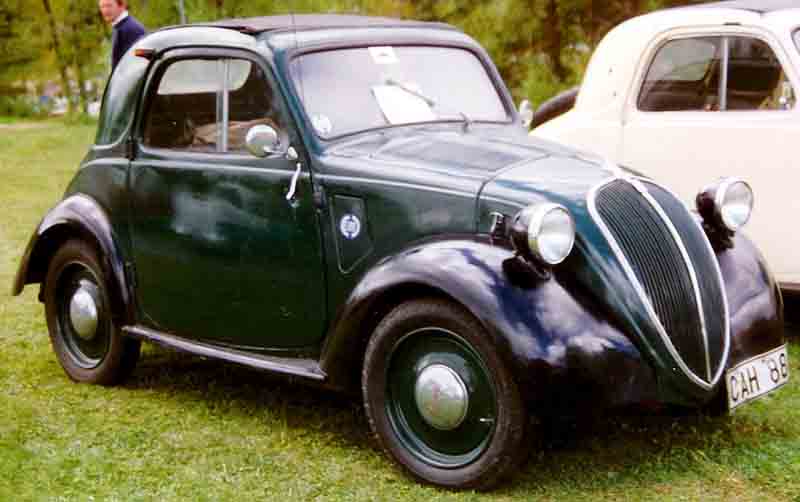
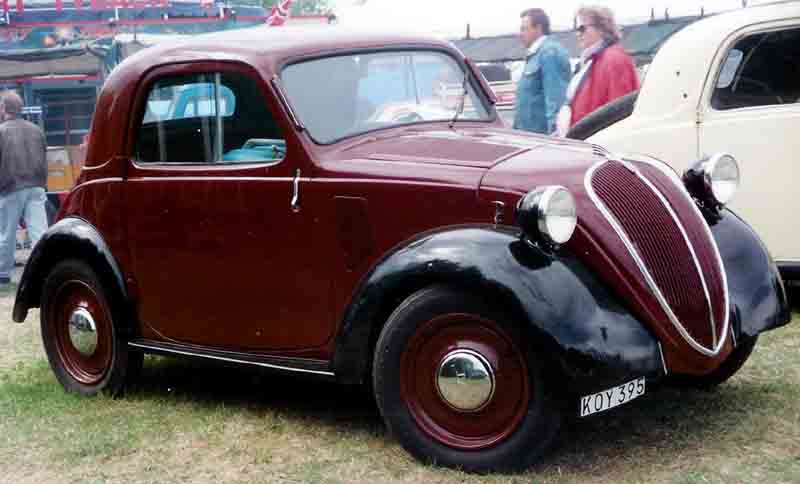
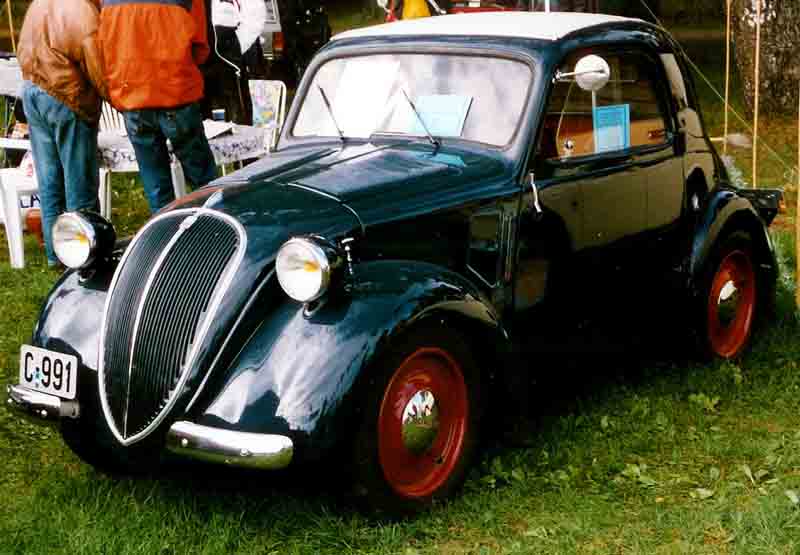
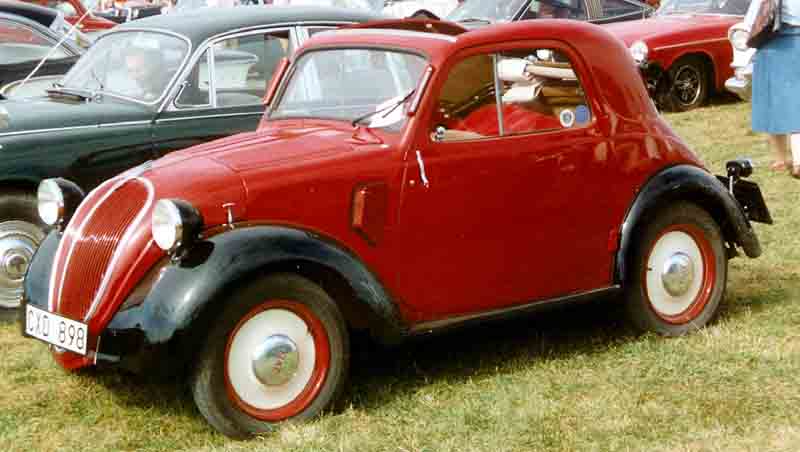
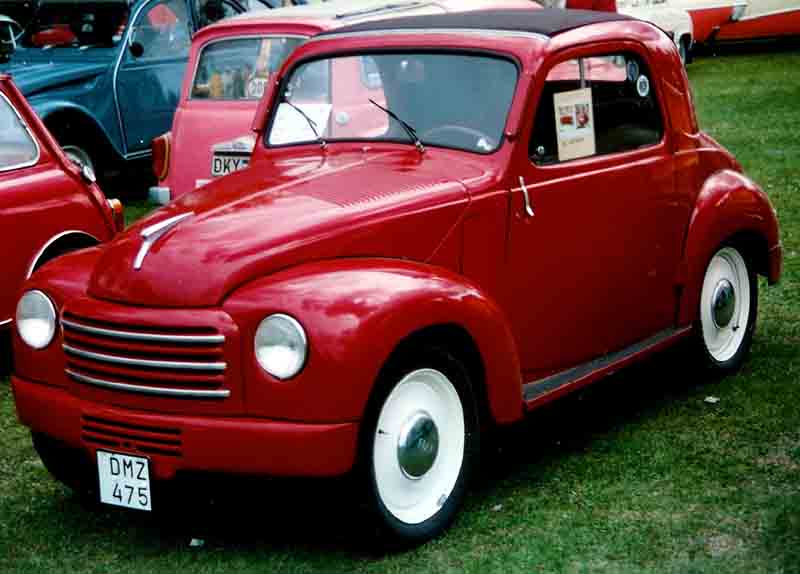
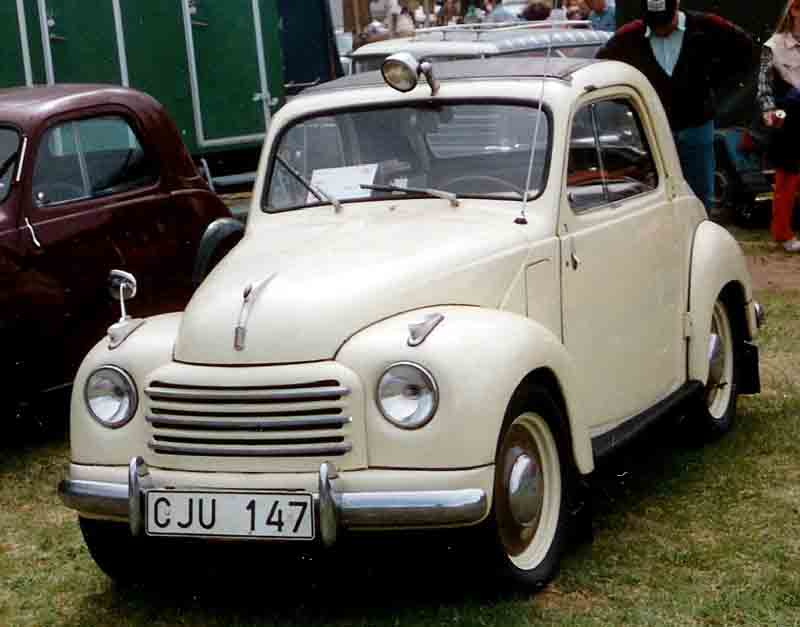
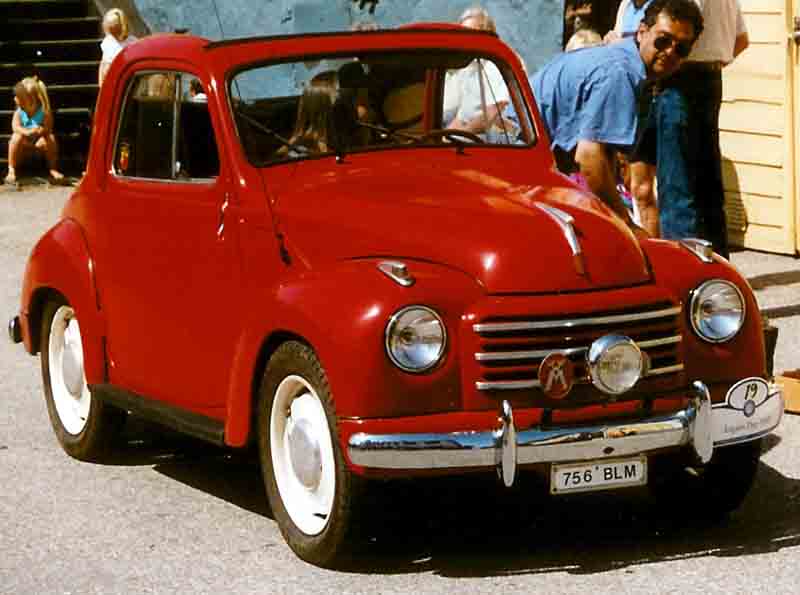
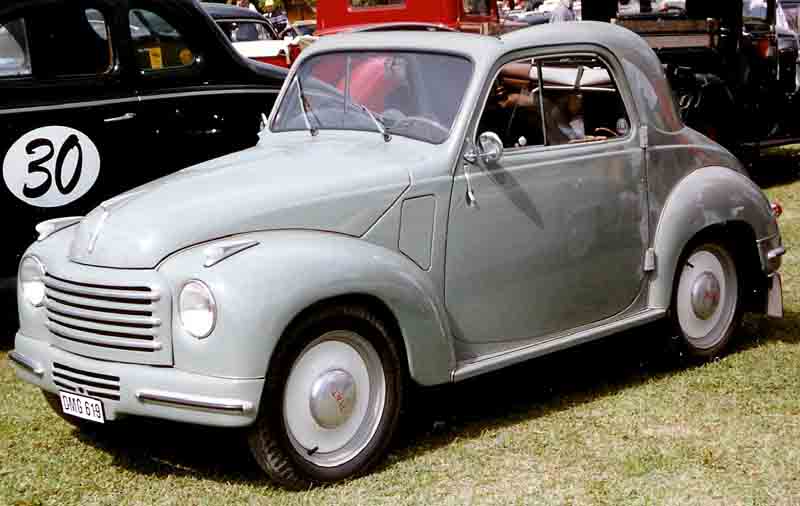
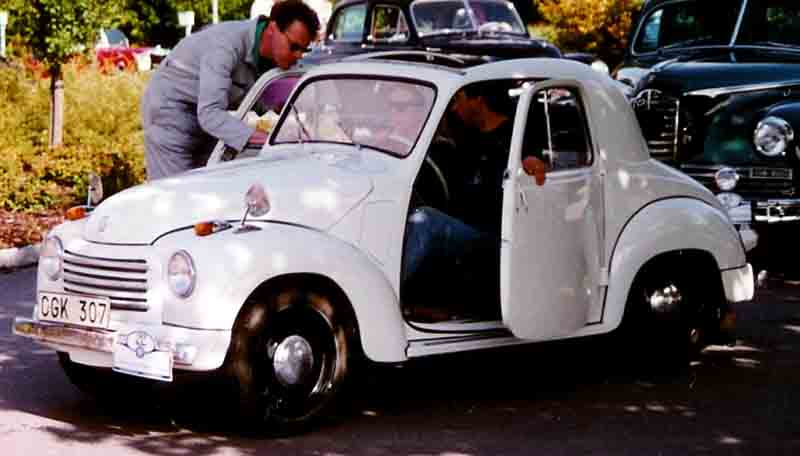
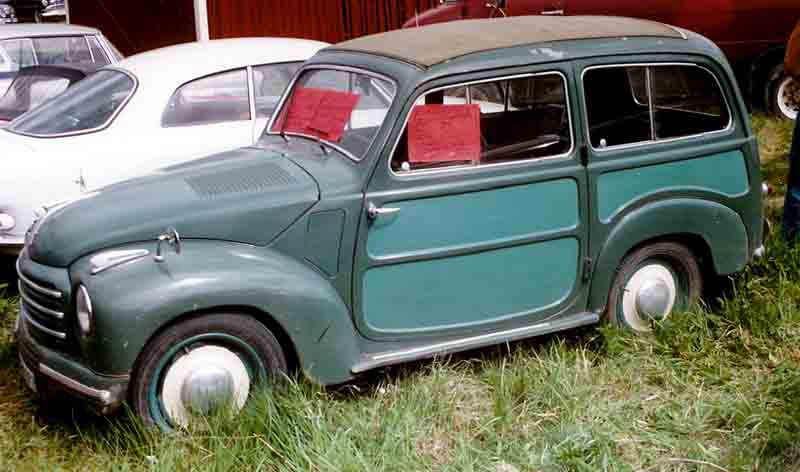
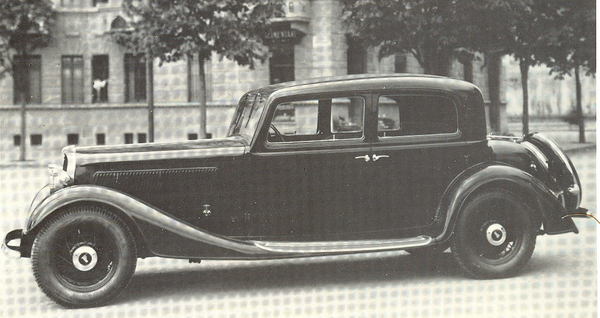
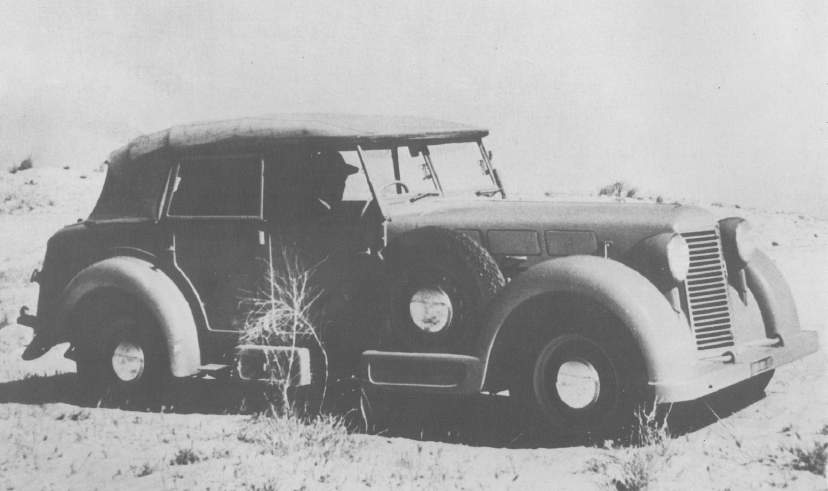
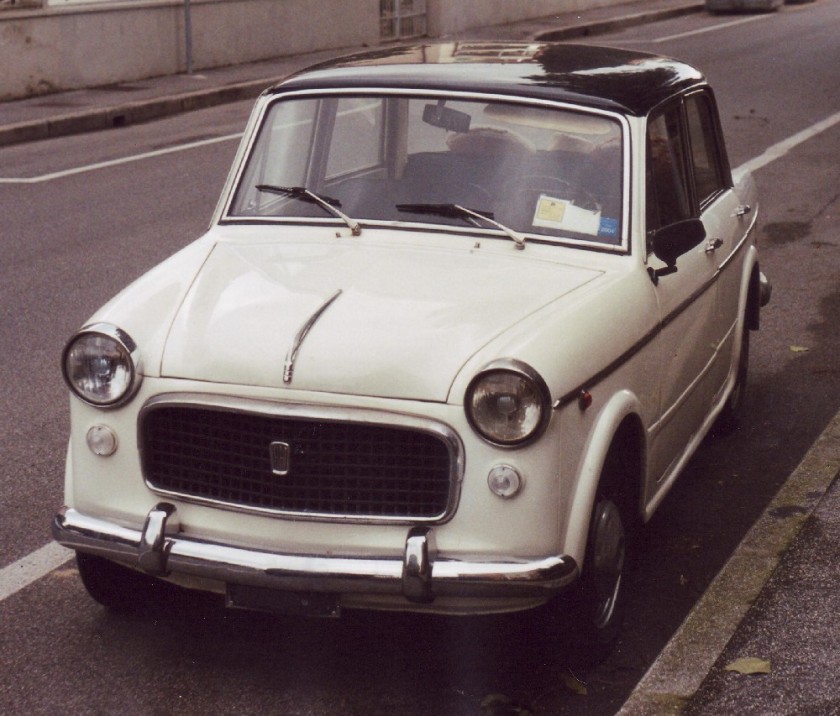
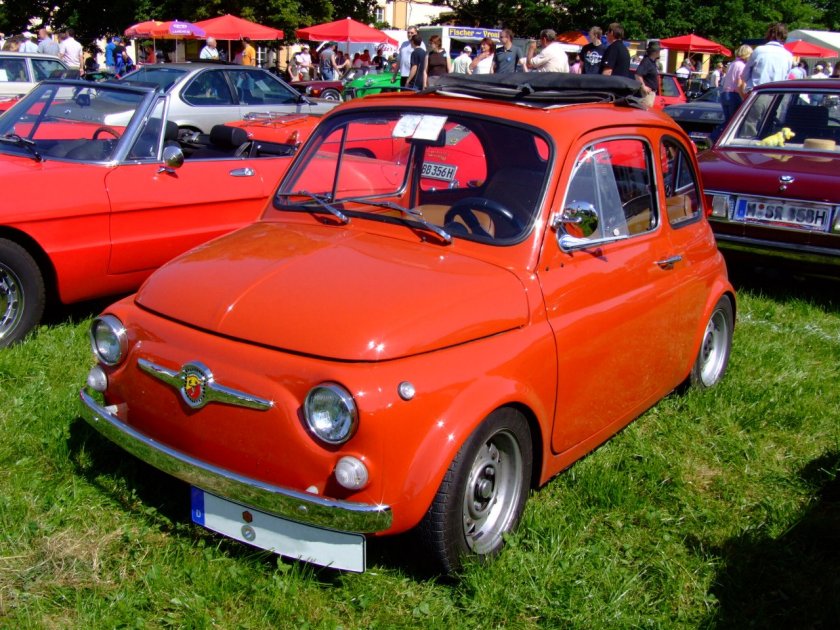
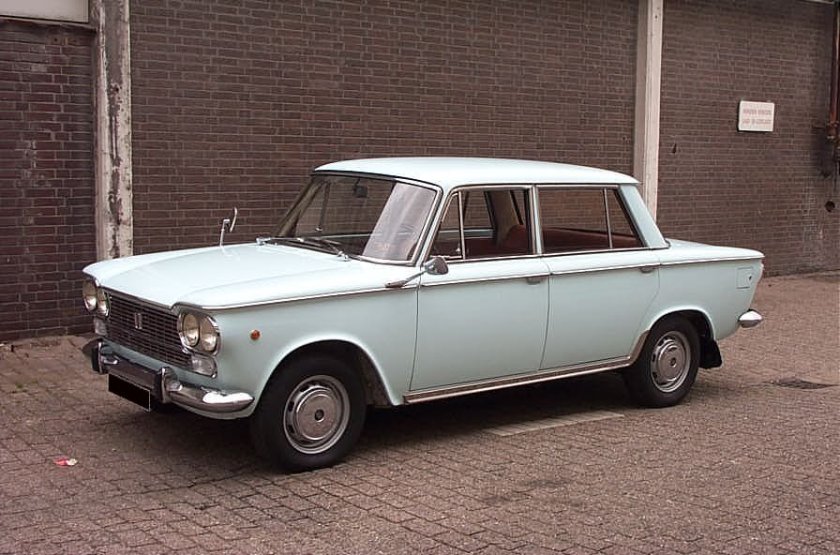
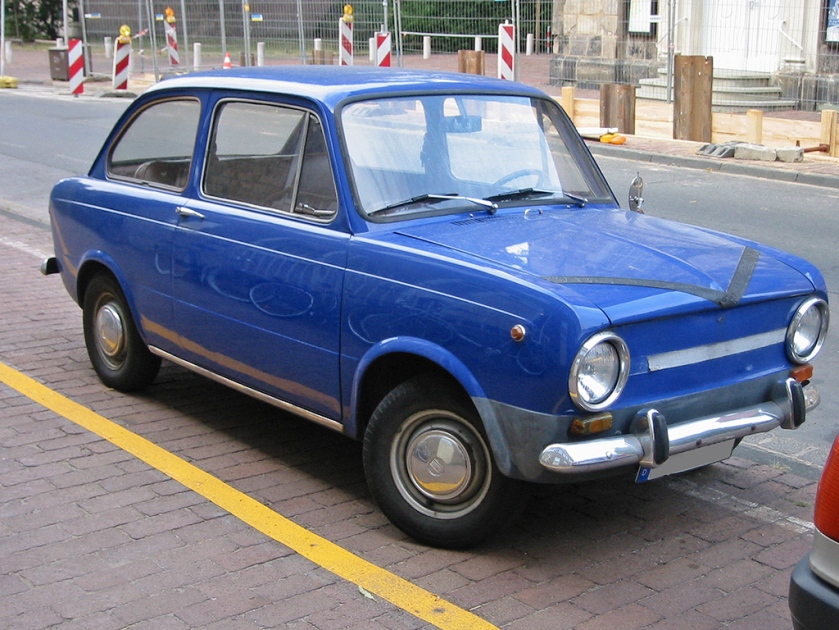
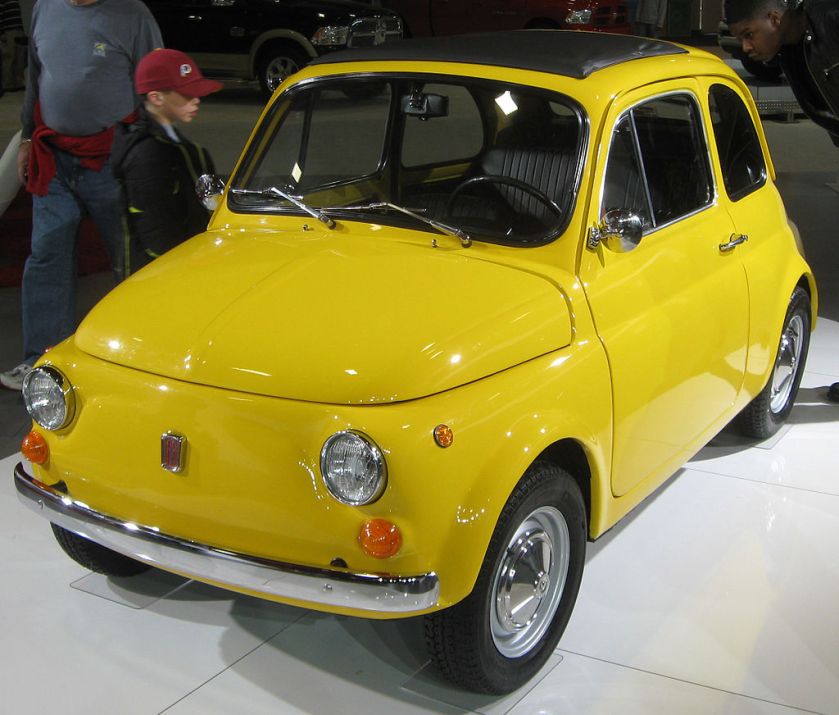
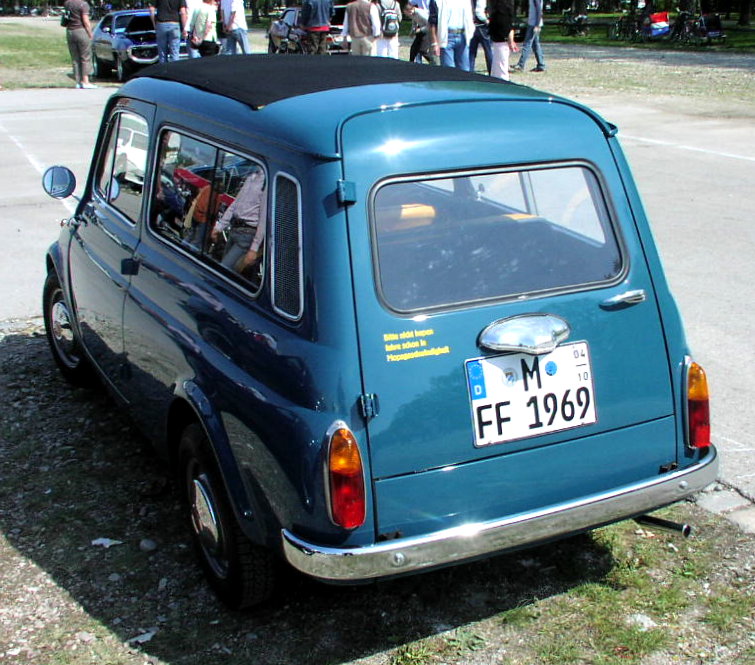
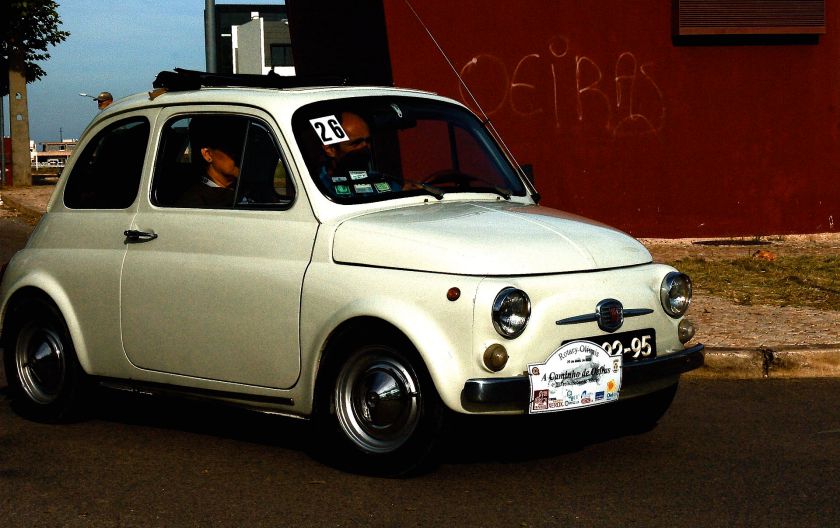
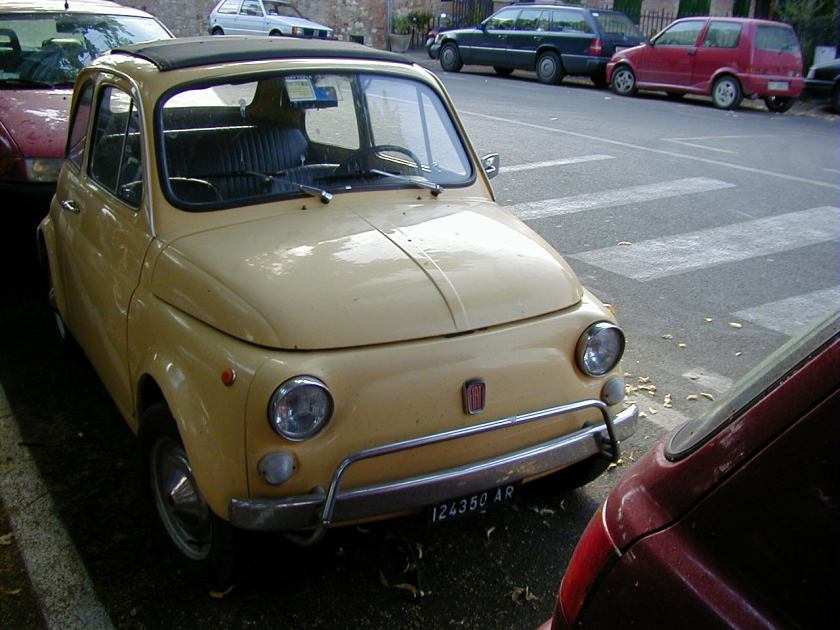
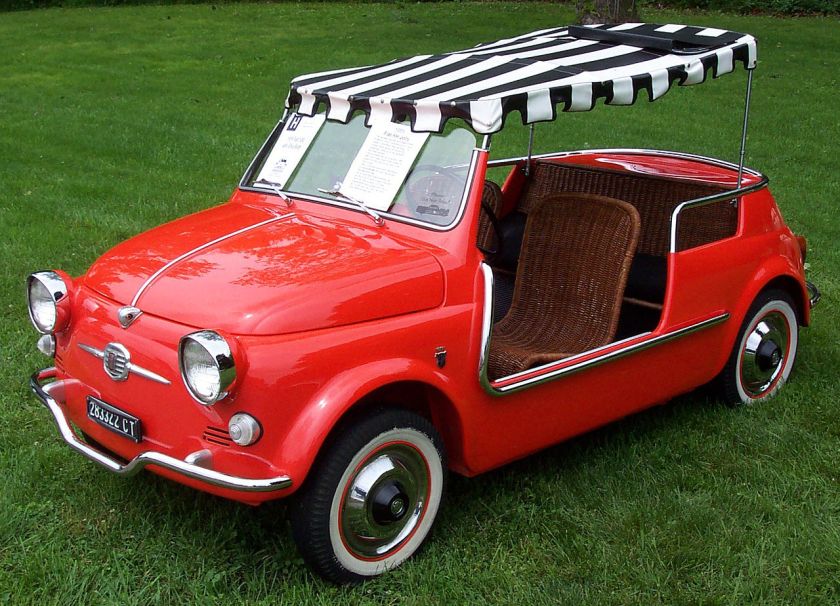
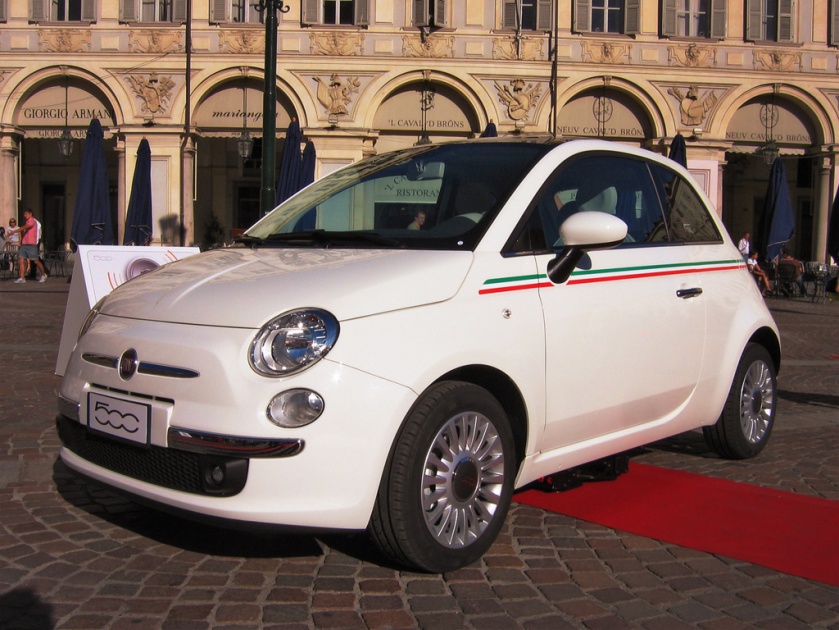
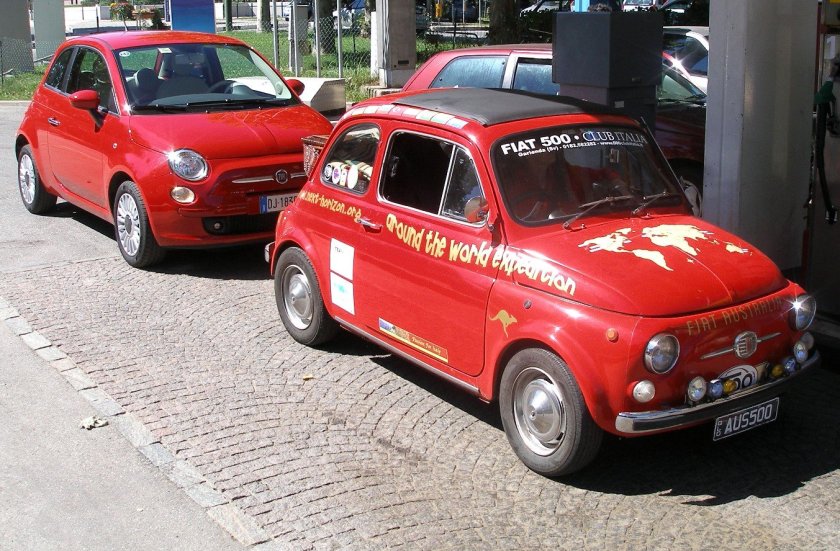
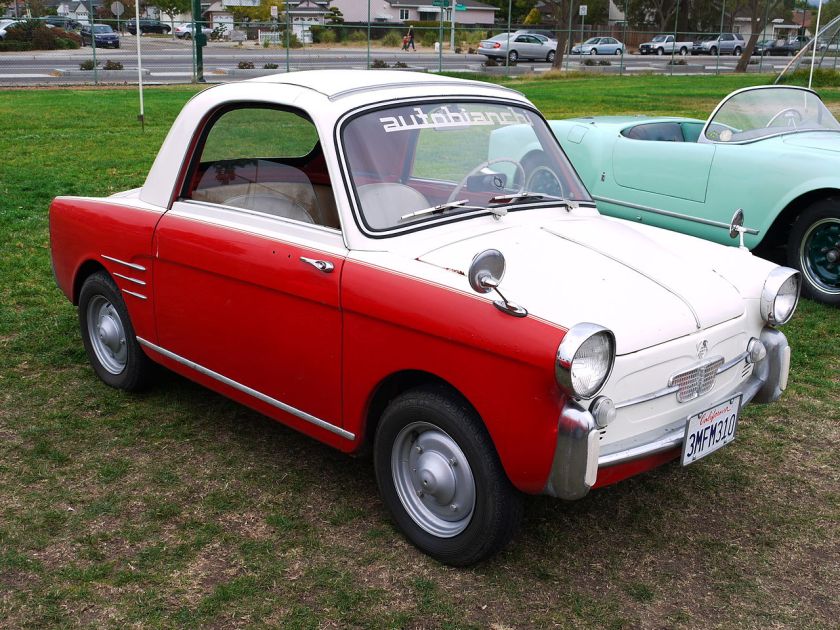
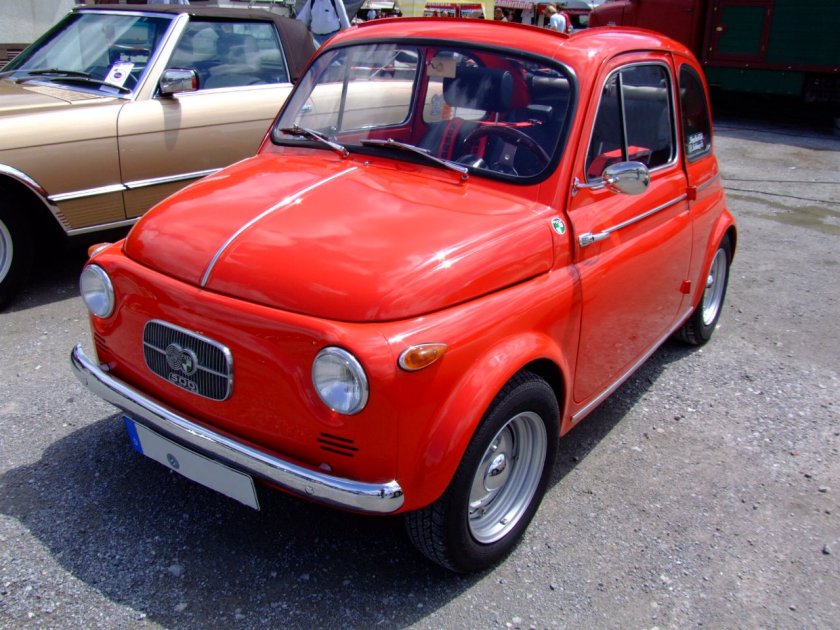
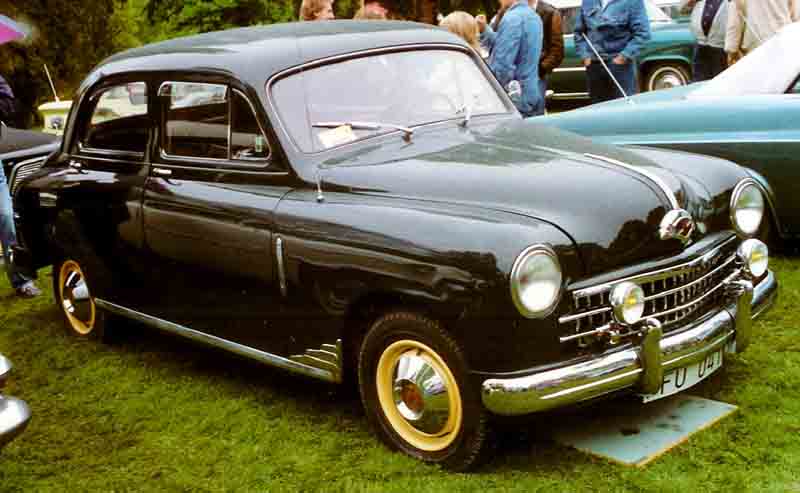
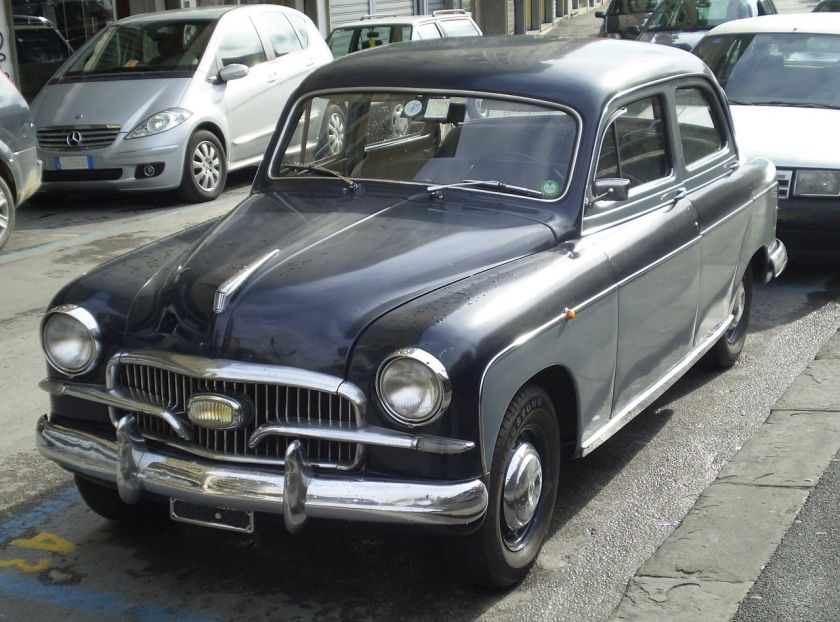
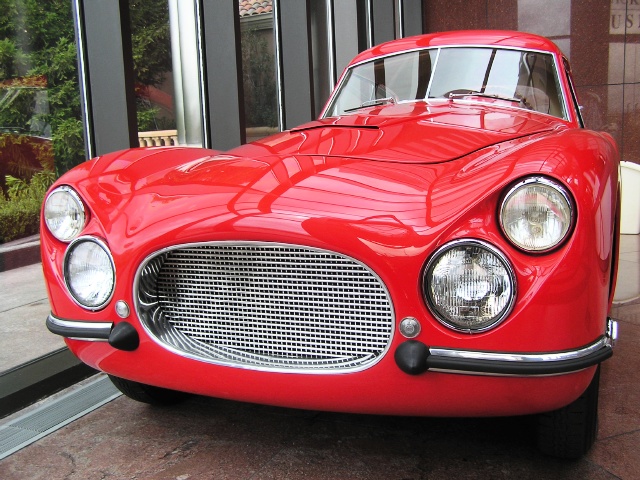
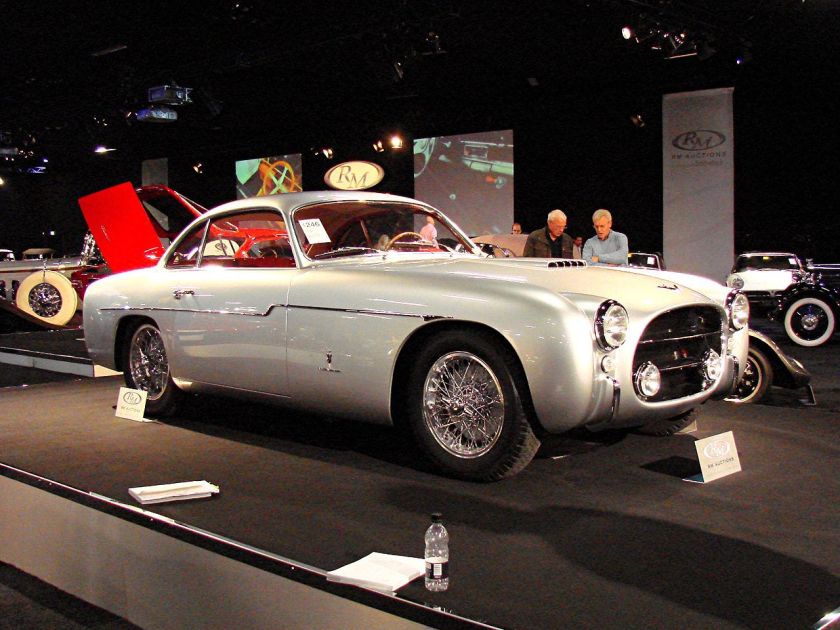
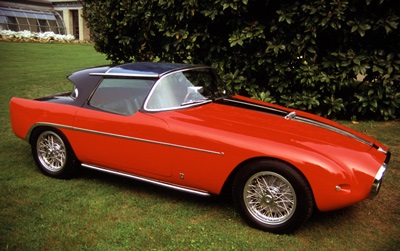
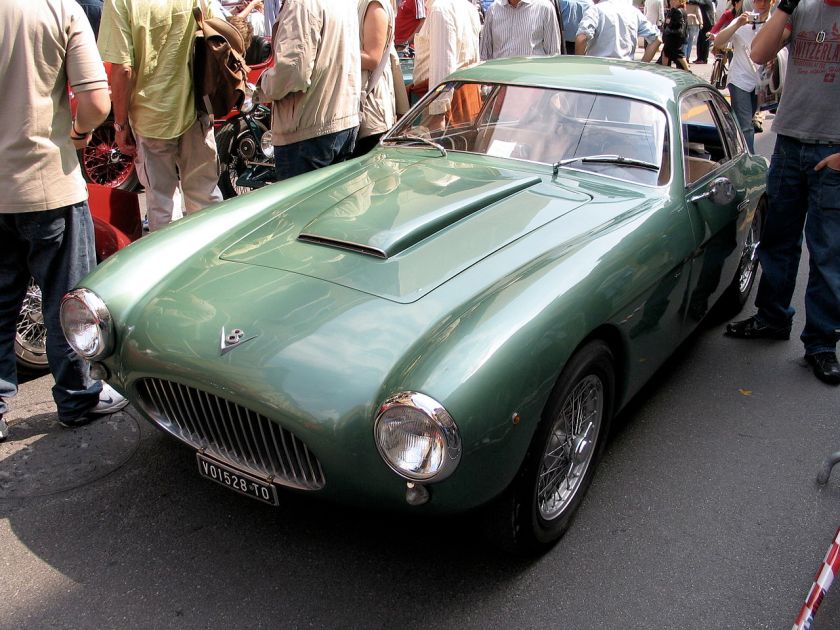
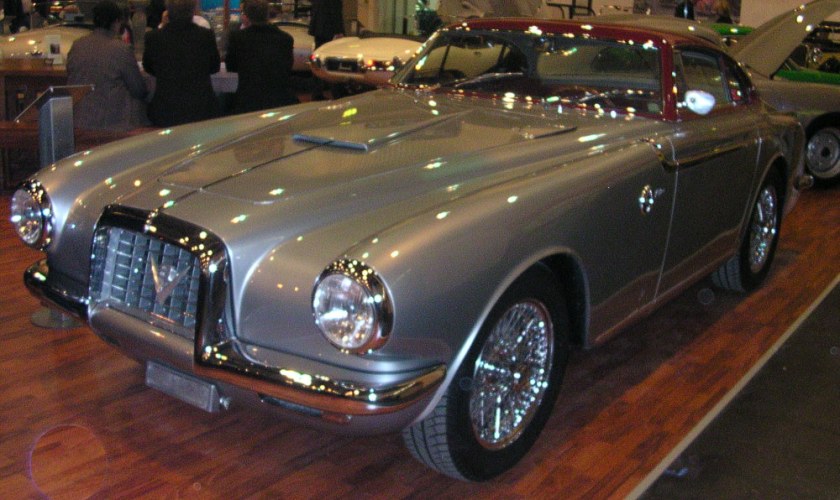

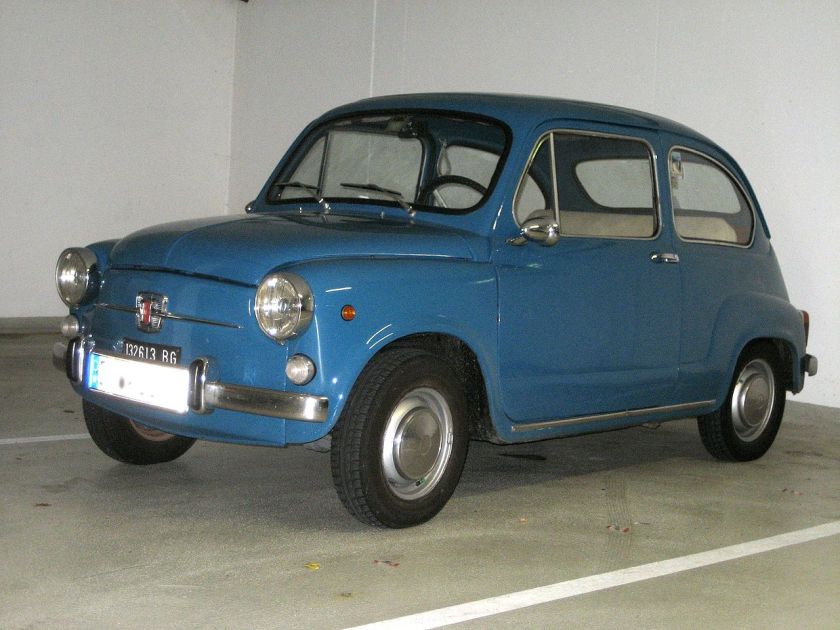
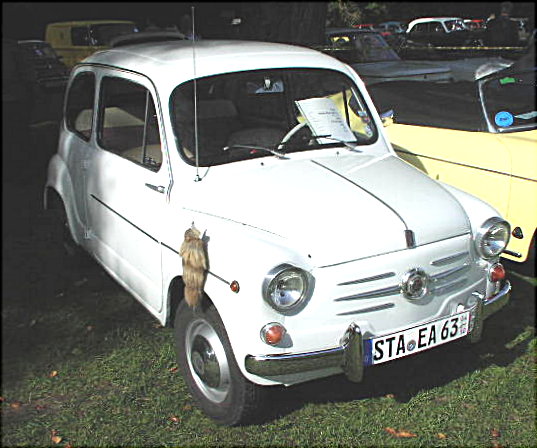
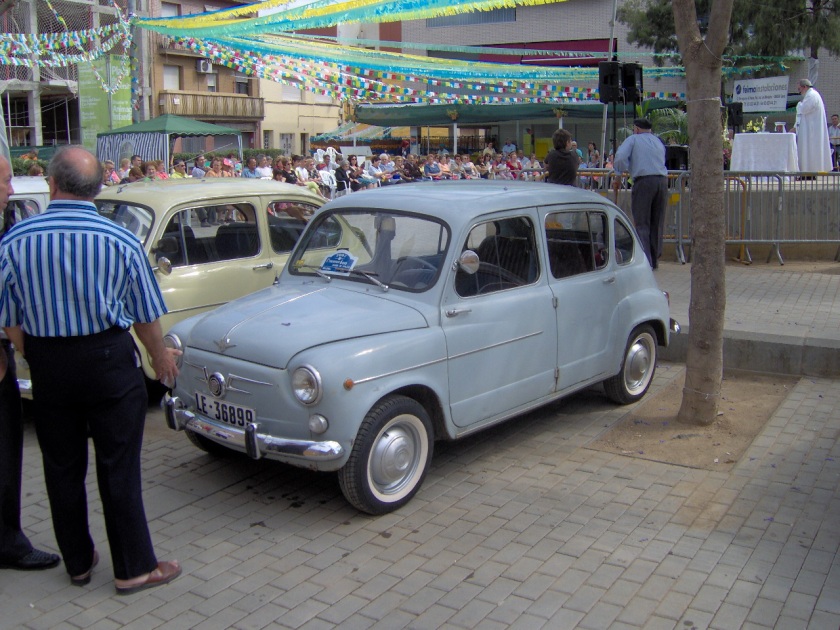
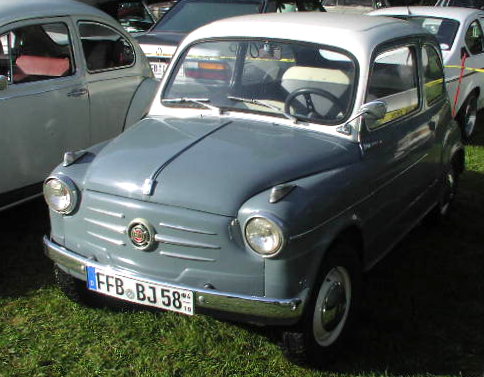
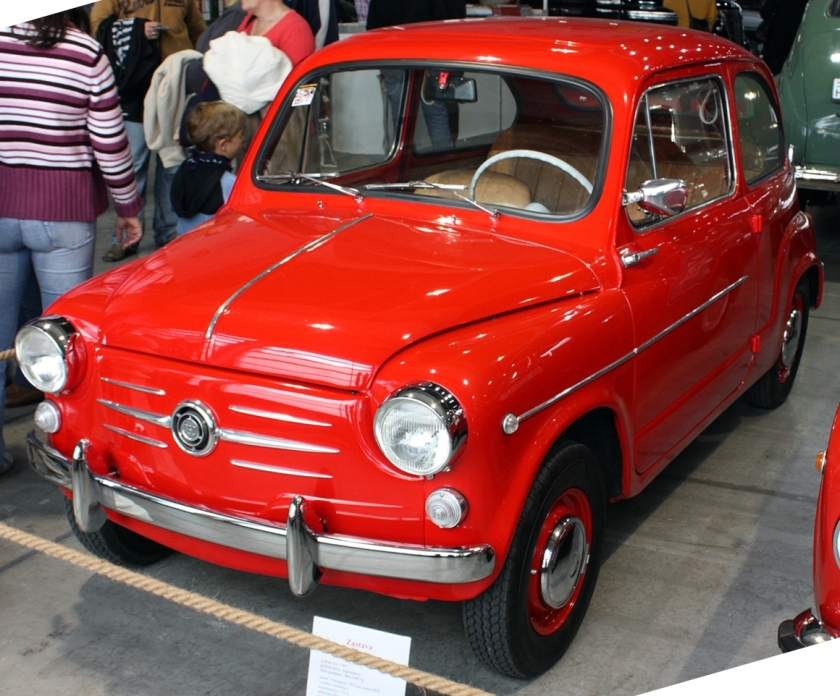
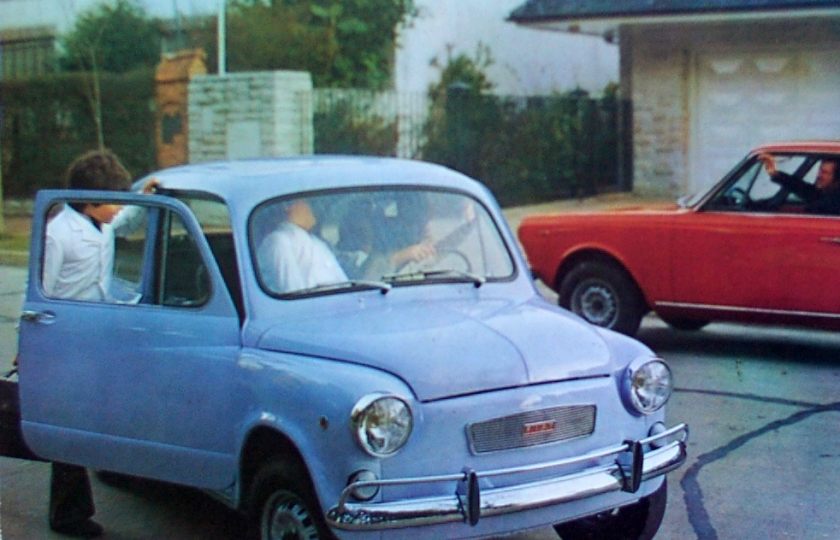
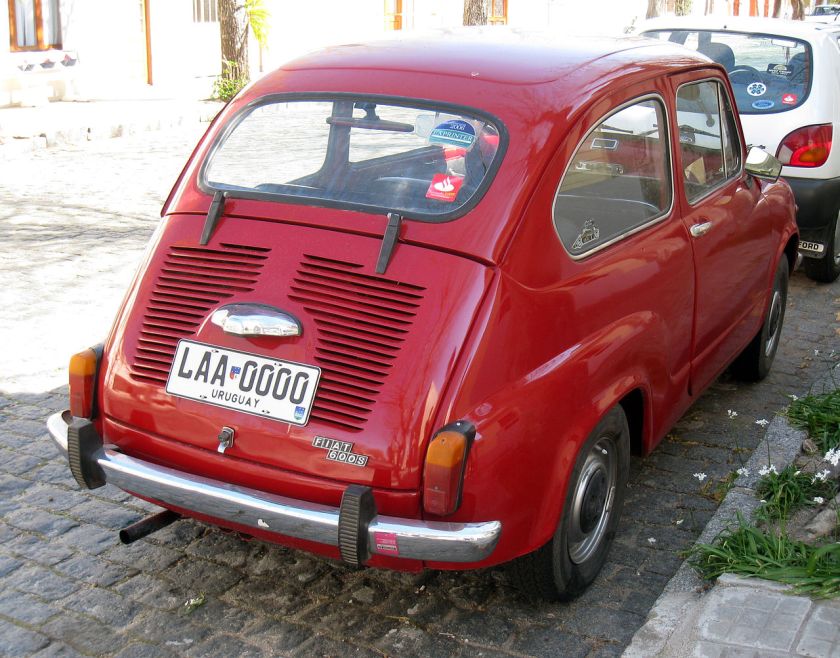
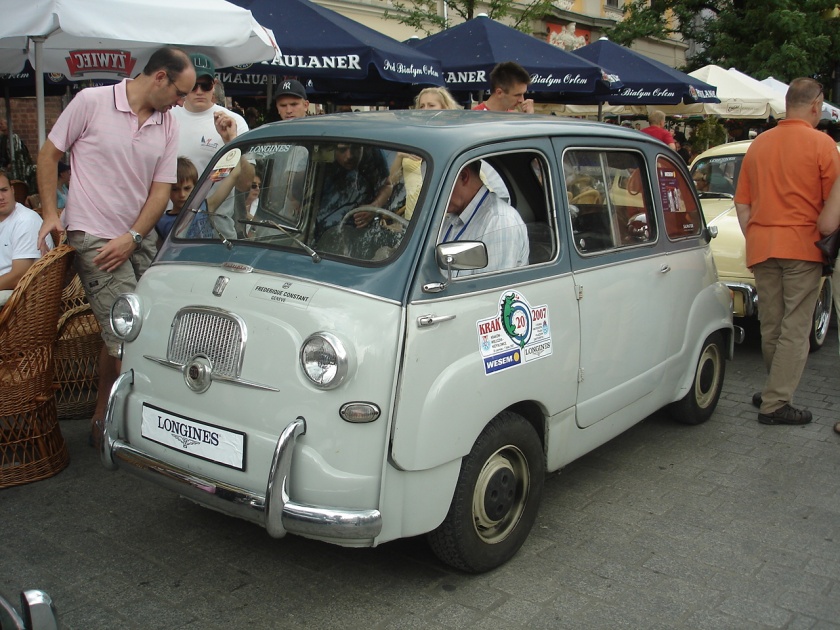

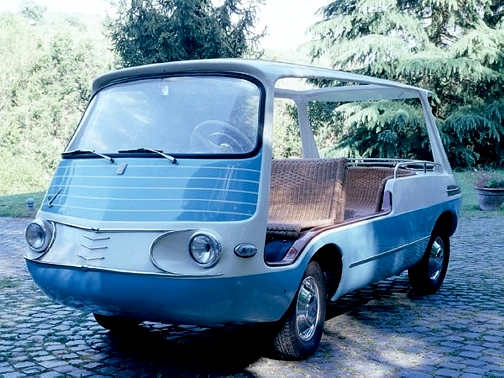
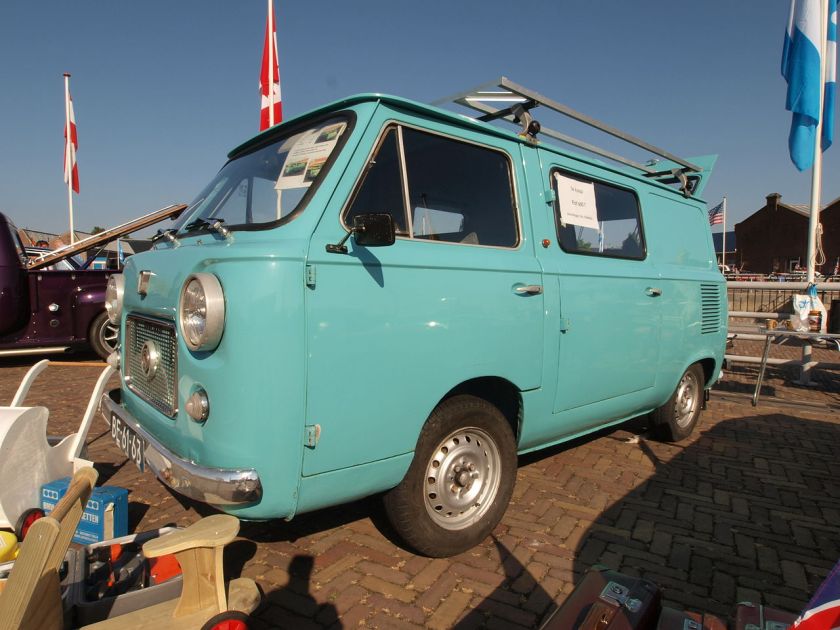
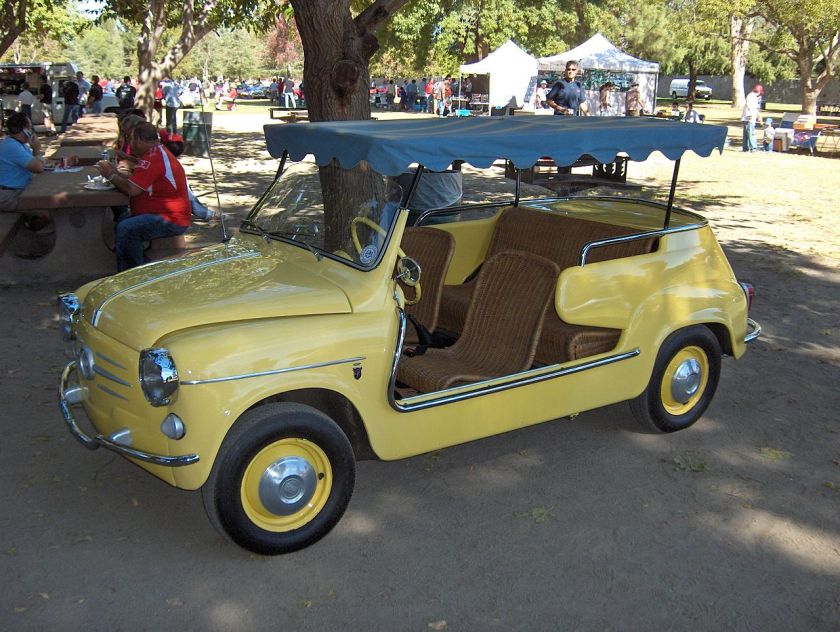
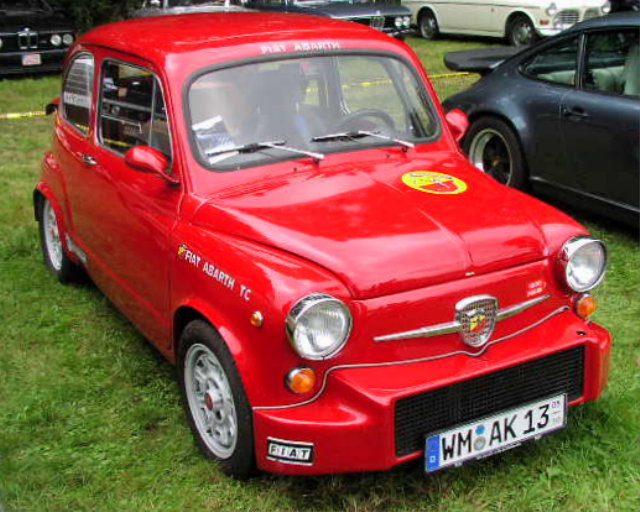
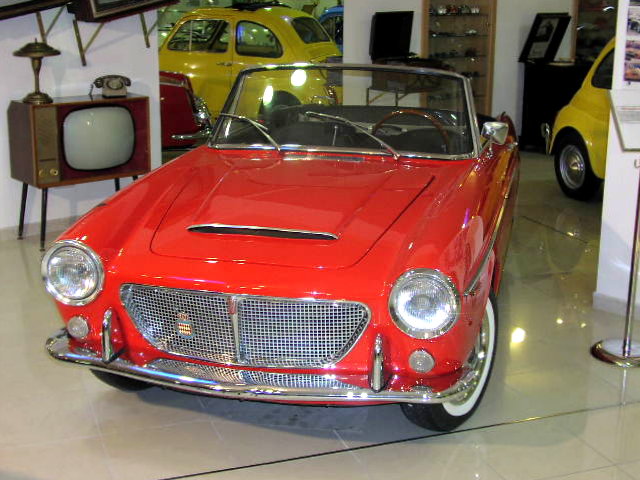
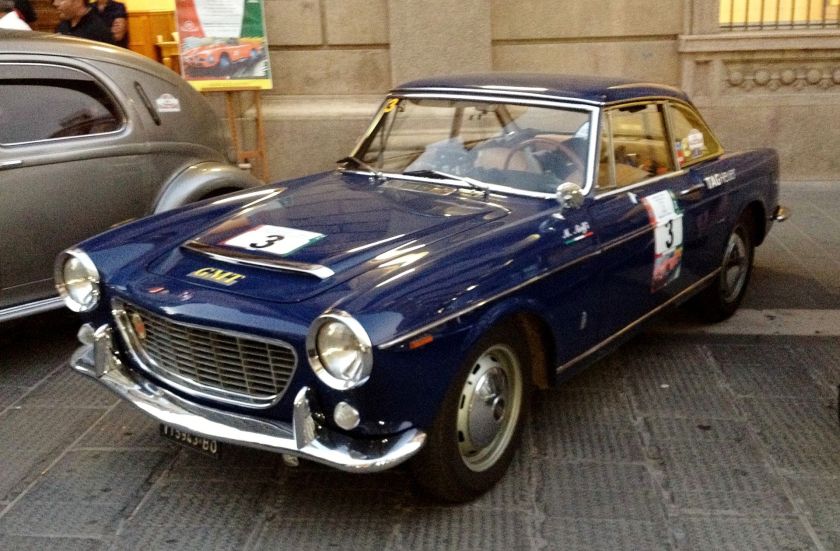
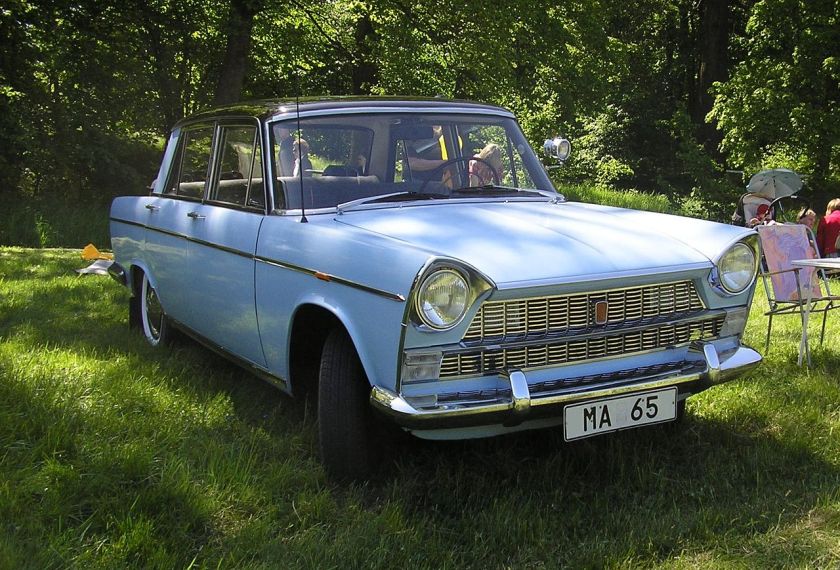
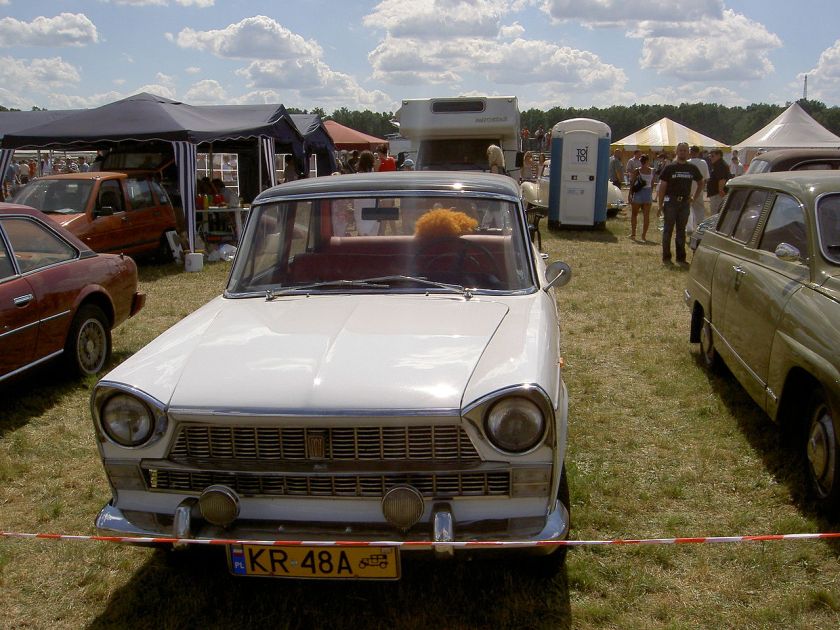
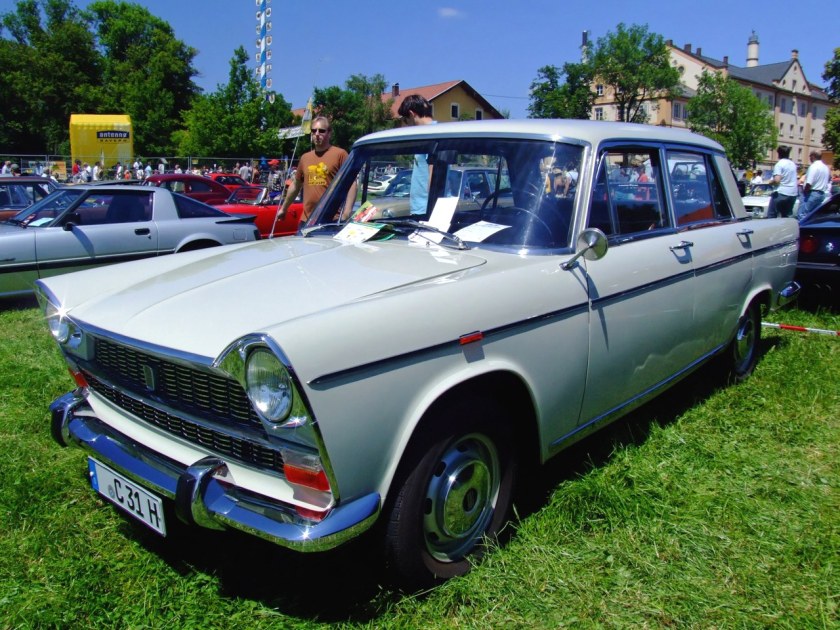
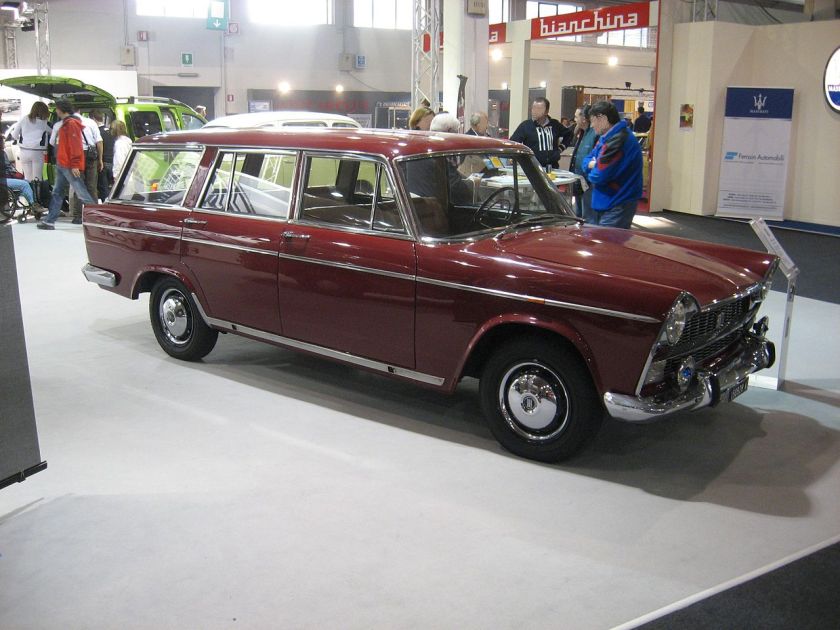
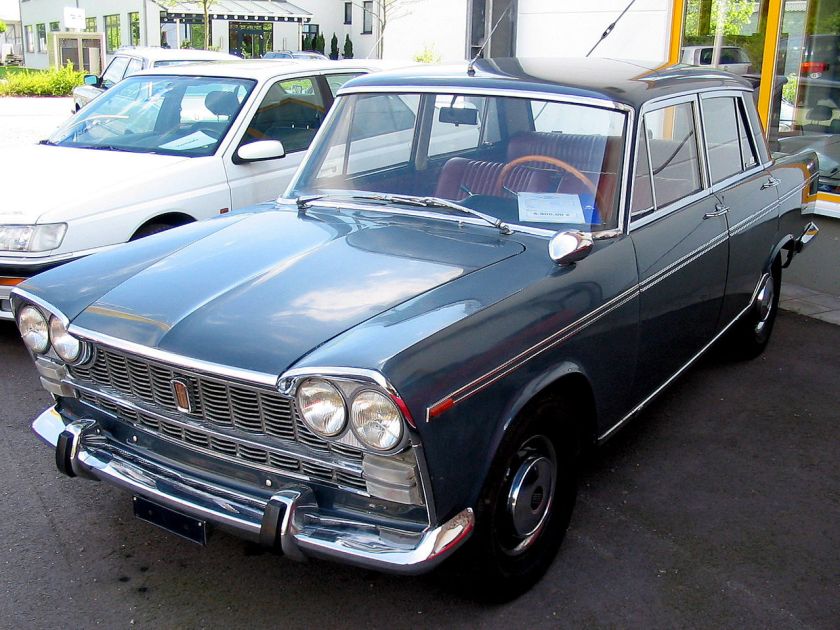
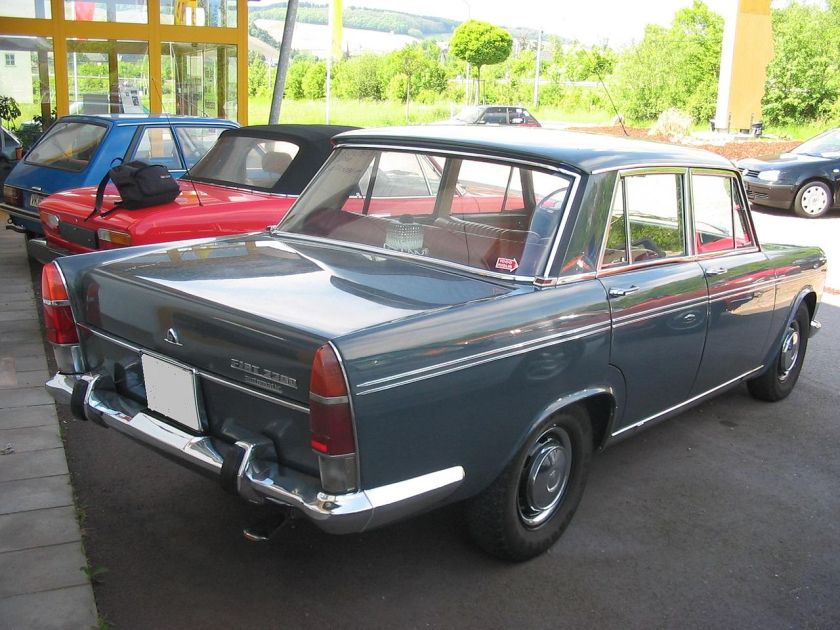
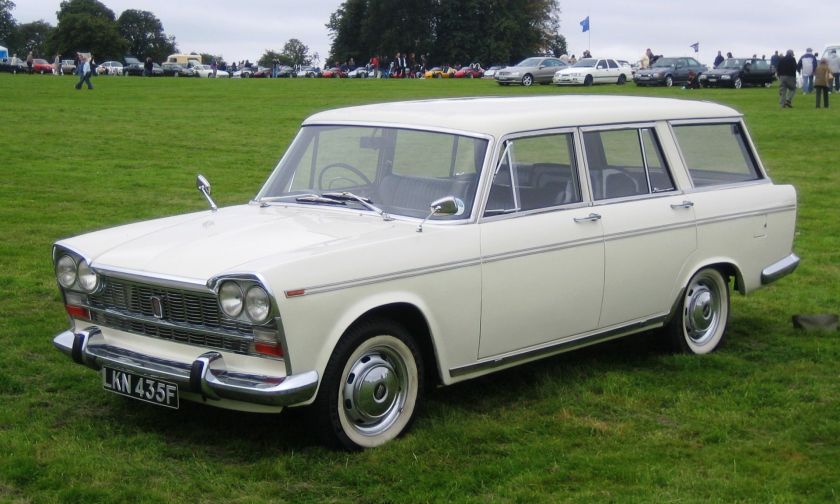
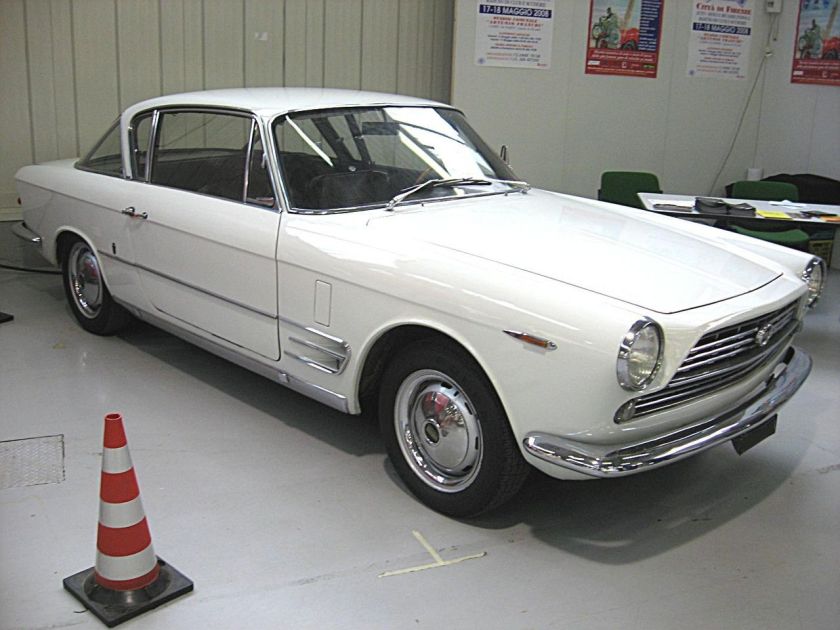
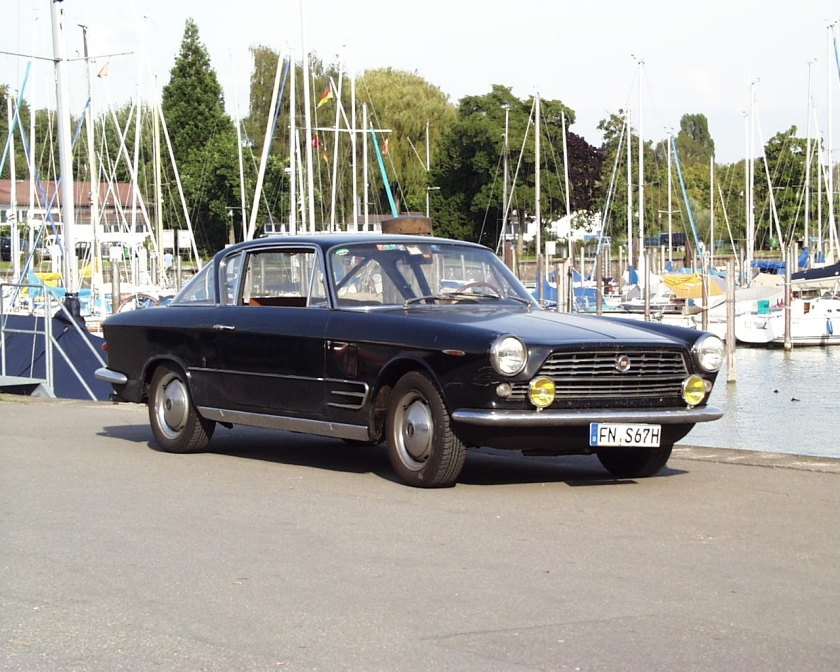
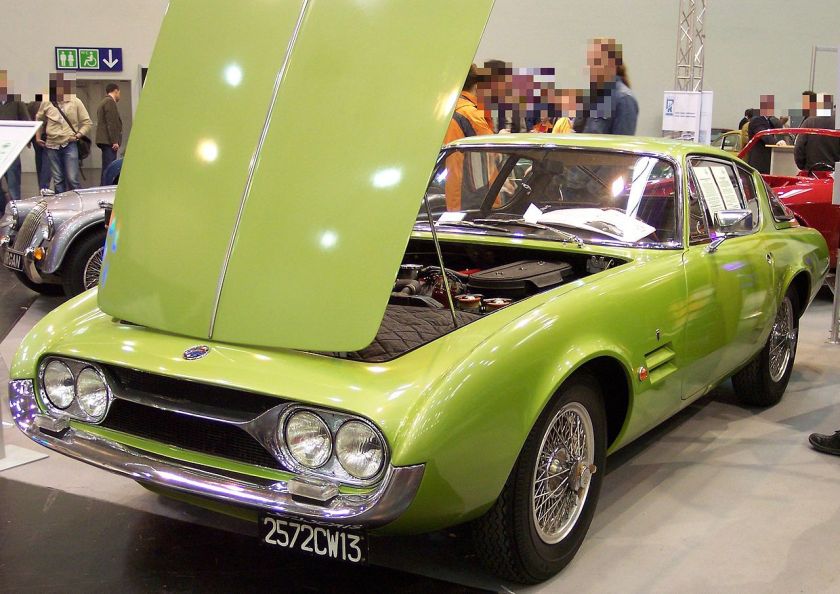
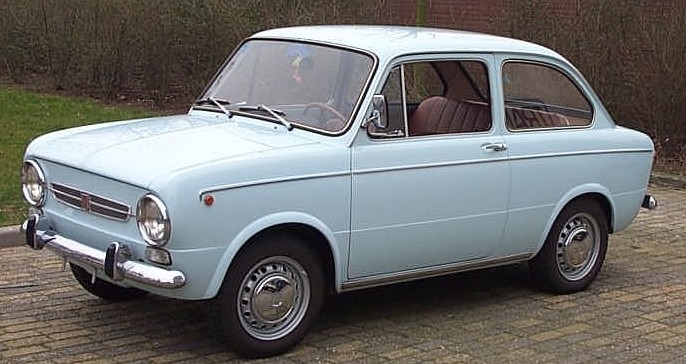
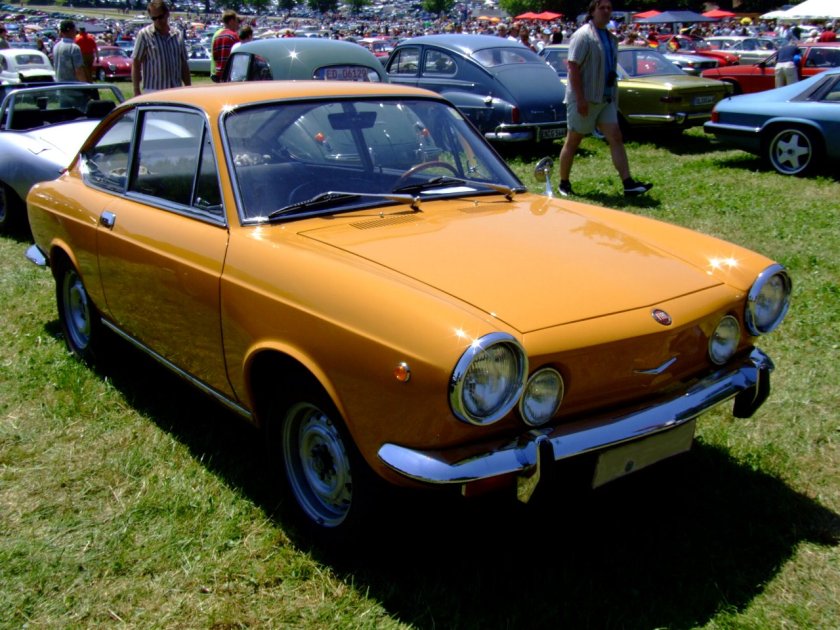
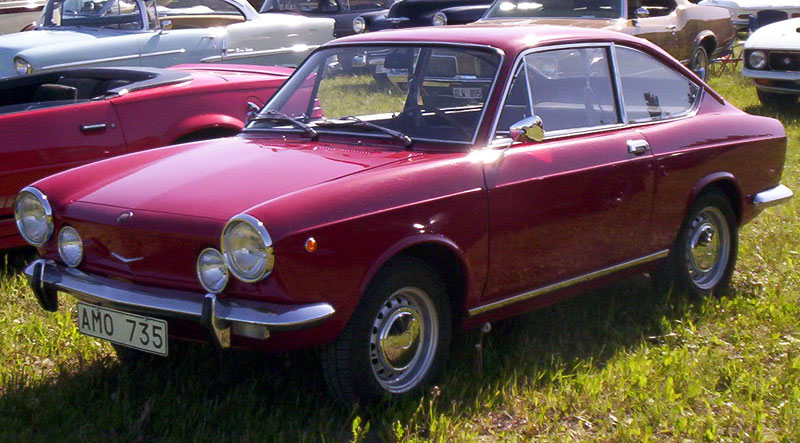
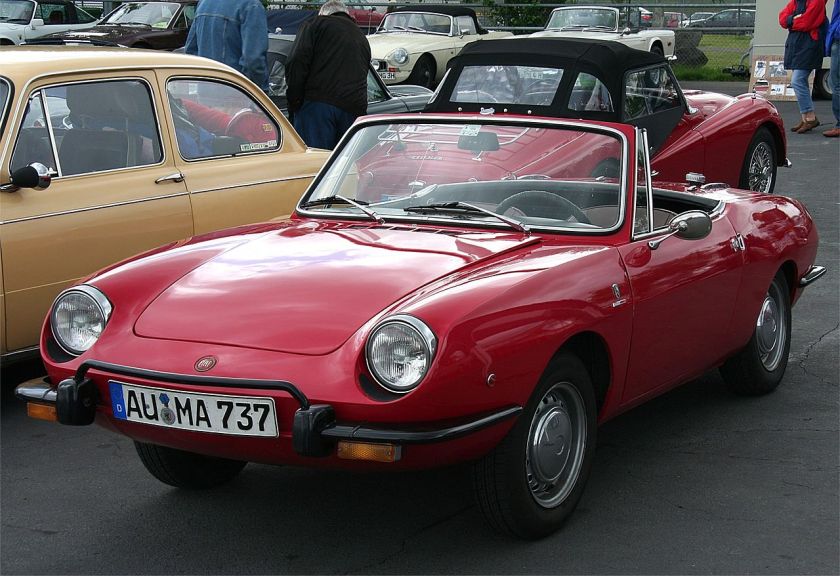
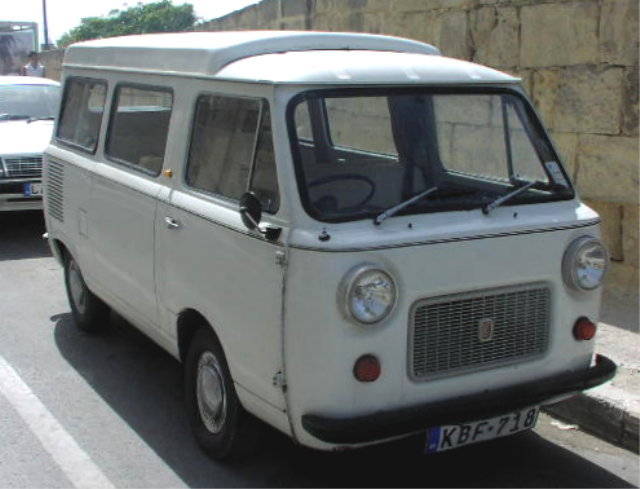
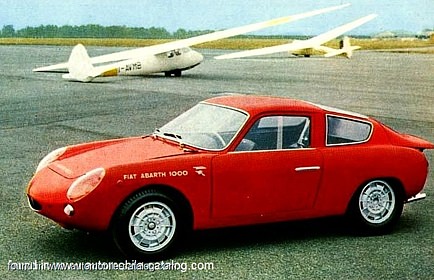
![1967 Fiat Abarth 1000 OTS 1965-1970 (1967) (01) [AB1]](https://myntransportblog.wordpress.com/wp-content/uploads/2015/02/1967-fiat-abarth-1000-ots-1965-1970-1967-01-ab1.jpg?w=840)
